In 2023 Asia Pacific stands as the highest-growing geographic market in the wind power industry with a market share of 36%. By FY 2030, the Asian Pacific wind energy market is expected to be USD 69.2 billion from USD 46.5 billion in 2024 with a CAGR of 6.8%. (Source)
Being a key player in the Asian subcontinent, India is the fastest-growing market in this sector and is ranked number four in the world for installed wind power capacity. (Source)
At COP29, the world leaders pledged to keep the global temperature at 1.5°C. India’s One Earth, One Family, One Future philosophy is aligned with energy transition and climate change mitigation.
To reduce the high recording of global temperature and extreme weather conditions, collective actions for a greater greener future are needed of the hour.
India has an ambitious goal of 500 GW of renewable energy capacity by 2030 including 140 GW from wind energy. With its vast potential to generate sustainable electricity, wind energy helps reduce carbon emissions and strengthens India’s energy security.
But which Indian states are leading this green wind energy revolution? what makes these wind-producing states in India so critical to the nation’s renewable goals?
In this blog, we will try to explore India’s top wind energy-producing states, their contribution, and key factors. We will also determine how these states power the nation’s renewable energy targets.
Wind energy-producing states in India
In 2024 India reached 47.2 GW of wind energy capacity which is 10.5% of total renewable installed capacity. (Source)
Wind is a site-specific and intermittent resource of energy and the government installed 900 wind monitoring stations across different states through NIWE (National Institute of Wind Energy) and issued wind potential maps at varying heights (50m, 80m, 100m, and 120m), aiding in identifying high-potential zones. (Source)
The government of India is working relentlessly with private sector companies to install more projects in the wind energy sector. The states with the highest installed wind energy capacity are below.
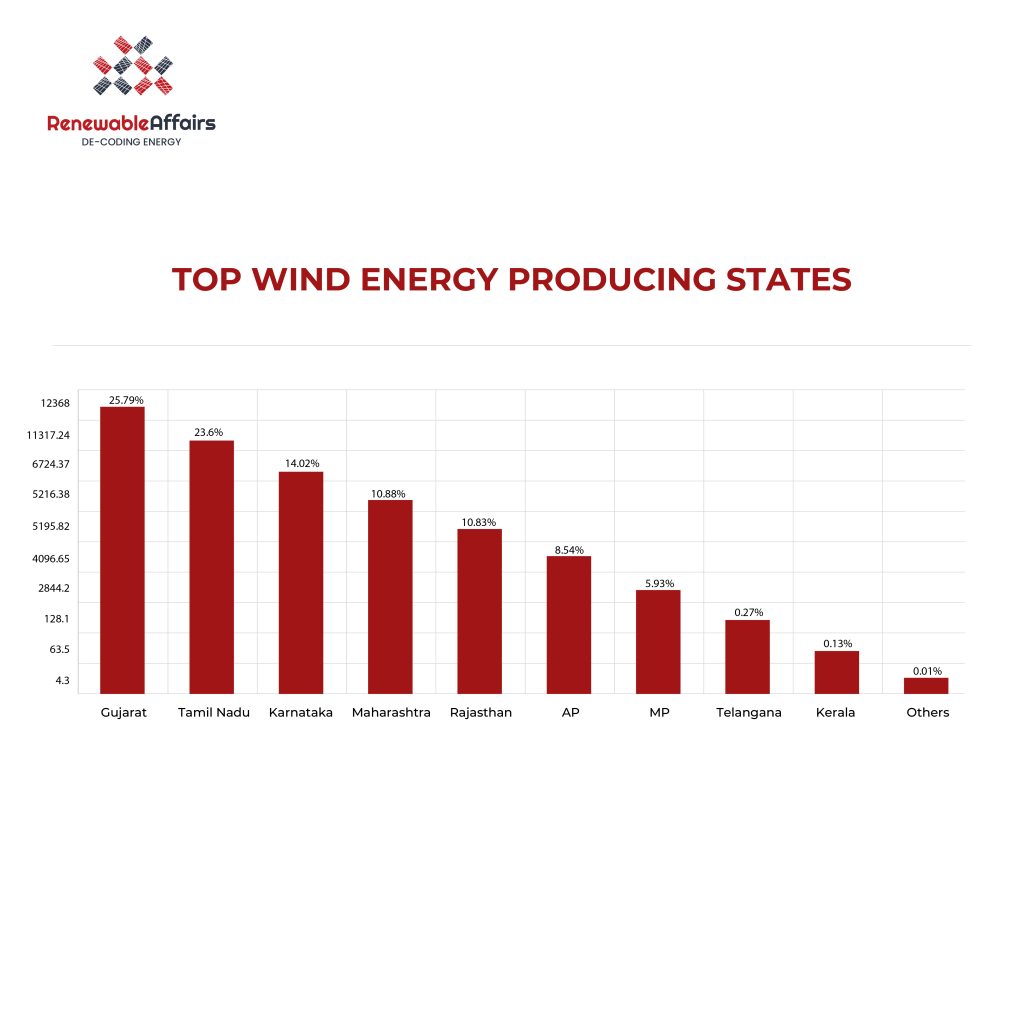
Gujarat (12368 MW)
According to official data, Gujarat is at the top of the list in wind power generation with 12368 MW installed capacity. The state has increased its capacity ten times in the last six years.
Gujarat has a long coastline of 1600 Km and has vast hill areas where the wind speed is enough for conversion into electrical energy. It is the best situation for both on-shore and off-shore wind power installations. The state contributes around 26% of the country’s total installed wind energy capacity.
Asia’s largest wind farm is in Kutch, Gujarat, near the coast of Okha and Lamba of Jamnagar with a capacity of 1100 MW.
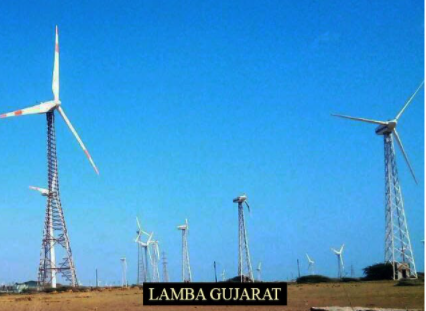
In Mundra (Gujarat) India’s single largest wind turbine has been installed at the height of 120 meters which has a 5.2 MW capacity.
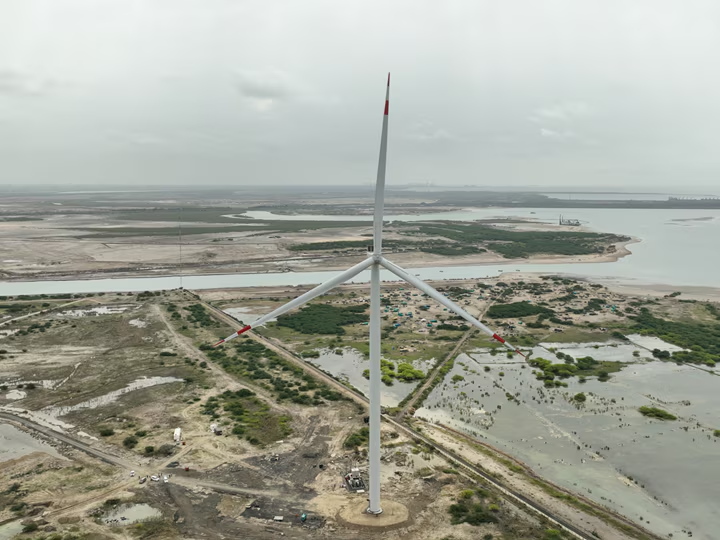
Similarly, the Kuchhdi Wind Farms (Porbandar) with an installed capacity of 50.4 MW make significant contributions to the state’s renewable energy capacity. (source)
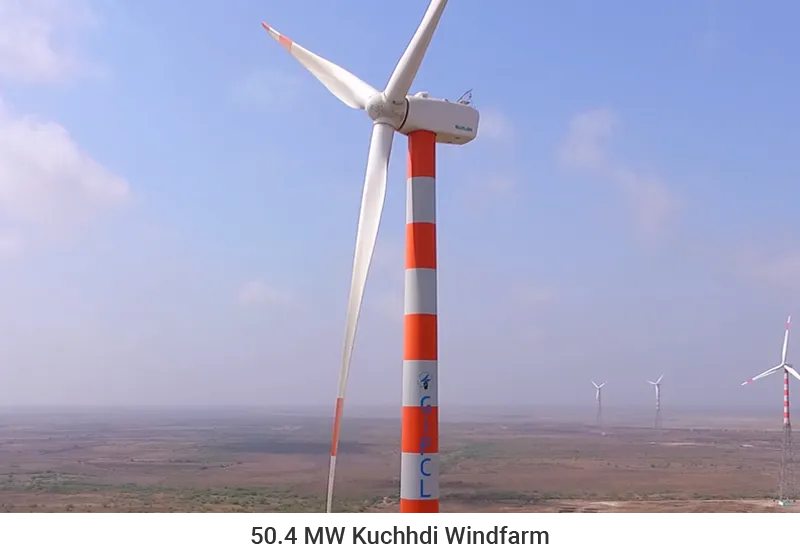
The tallest wind turbine (3 MW) is located at Gondal in Gujarat and has a 160 m hub height.
The Lalpur Wind Energy onshore Project at Jamnagar with an installed capacity of 50.4 MW, is another key player in Gujarat’s wind energy landscape. (source)
Rajkot and Amreli districts are also focusing on medium-sized wind energy installations. As part of the expansive Kutch Renewable Energy Hub, the Bhuj region has large-scale wind projects for regional energy demands, while the Dwarka coastal sites excel in utilizing strong coastal winds for energy generation.
Projects like the GPCL Wind Power Projects, with a total capacity of 20.70 MW, and the Juniper Green Energy Project, with a capacity of 90 MW, highlight Gujarat’s robust infrastructure for wind energy.
Additionally, Bhavnagar contributes through smaller installations that support local clean energy needs. Gujarat’s strategic focus on wind energy also includes exploring offshore wind projects along its vast coastline, positioning the state as a leader in India’s renewable energy revolution.
Tamil Nadu (11317.24 MW)
Tamil Nadu’s wind capacity is the second highest after Gujarat with 11317.24 MW as of 30th November 2024.
Realizing the importance of wind energy and having enough resources, the state government established an agency called Tamil Nadu Energy Development Agency (TEDA) in early 1985.
Until 2023 Tamil Nadu stands first in terms of wind energy production before being surpassed by Gujarat.
This state has the largest operational onshore wind farm in India The Muppandal Wind Farm is located in the Kanyakumari district with an installed capacity of 1500 MW. It is also 3rd largest operational onshore wind farm in the world.
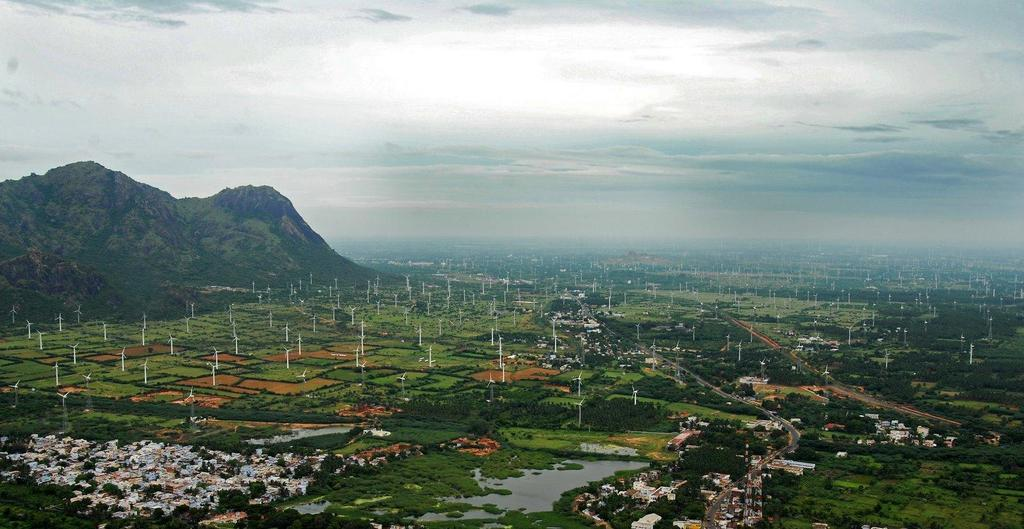
Another big wind power plant in the state is Kayathar Wind Farm with a total capacity of 300 MW in Tuticorin district. This project is still active and developed in a single phase.
A renowned company Siemens Gamesa Renewable Energy was chosen as the turbine supplier for this ambitious project.
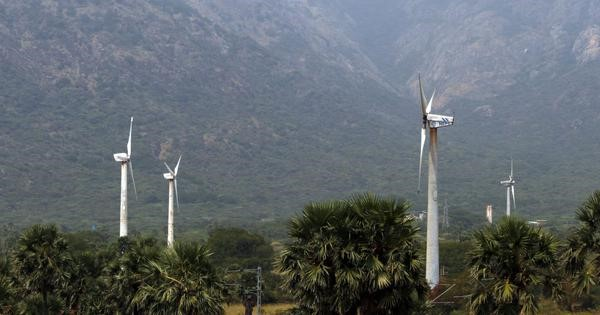
The state has about 20,000 wind turbines, but half of them generate less than 1 MW of power. To improve efficiency and modernize aging wind turbines, the state government introduced the “Tamil Nadu Repowering, Refurbishment, and Life Extension Policy for Wind Power Projects – 2024”.
Tamil Nadu has the highest potential for upgrading wind turbines in India, with over 7,000 MW of capacity that could be improved. Replacing smaller, older turbines with modern ones could increase wind energy production by 25% during peak seasons. Source
However, industry experts feel that the repowering policy needs to address real-world issues to be successful. These include challenges like land acquisition, the need for better infrastructure, and community concerns about taller, newer turbines. These improvements would help encourage more wind energy generators to upgrade their systems.
Karnataka (6724.37 MW)
Karnataka stands among the top clean energy-generating states in India. With a remarkable 6.72 GW capacity, this state is in third position in wind energy production.
NIWE has identified Karnataka as a high-potential state, with extensive wind resource mapping conducted at altitudes of 80m, 100m, and 120m.
The state has a mix of plateaus, ridges, and high wind potential zones having consistent wind patterns, particularly during the monsoon season, making them ideal for wind farms.
The Gadag Wind Power project is a nearly 302MW onshore wind farm being developed in the Gadag District of Karnataka, worth INR 22 Billion investment.
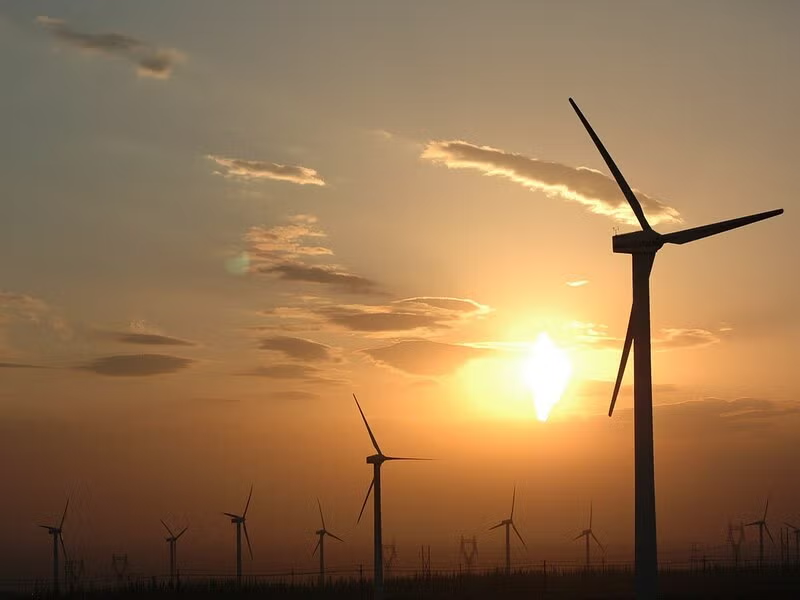
Another wind farm is the Tuppadahalli onshore wind farm, which has a capacity of 56.1 MW. It is a power project built in Karnataka, giving an output of 140 GWh annually. It is recognized as the best-performing wind farm in FY 2021-22 by the Indian Wind Power Association.
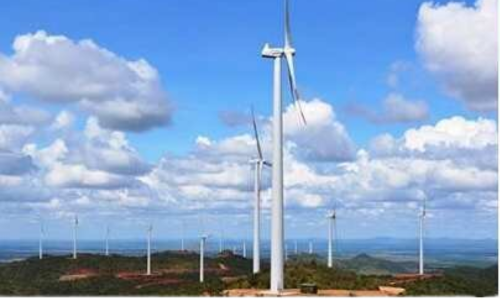
Apart from these two other major wind farms Vijaypura with an installed capacity of 1.06GW and Bijapur wind farm with a total active capacity of 50MW are also in the state.
Maharashtra (5216.38 MW)
This state occupies the western and central parts of India and has a coastline of around 840 kilometres along the Arabian Sea. The plateau character of the state is separated from the Konkan coastline by the mountain range of the Western Ghats. This geographical condition makes Maharashtra an ideal state for wind energy generation.
Out of 339 suitable wind power project sites in the country, 40 sites are identified only in Maharashtra.
Brahmanvel wind farm one of the largest wind farms in India is also in the Dhule district (Maharashtra) which has 528MW capacity.
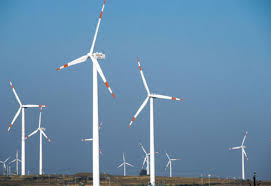
Another big wind project is The Dhalgaon Wind Farm (278 MW) in Sangli District.
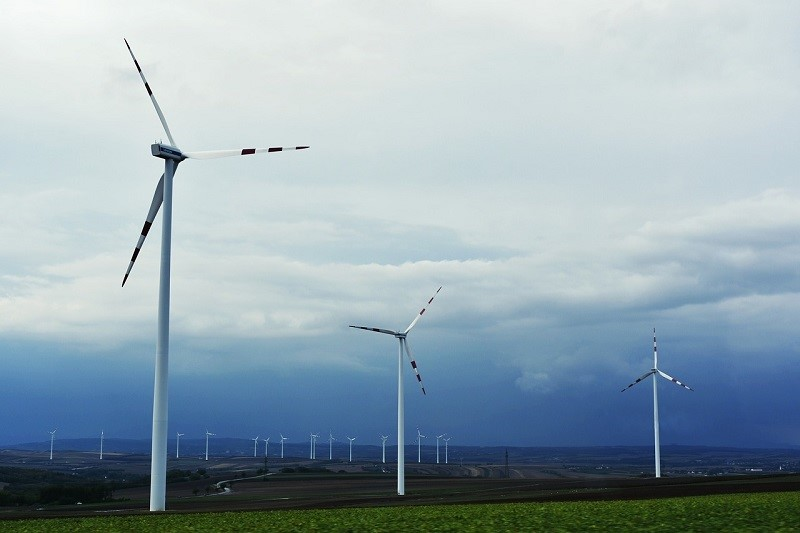
Maharashtra is also the location of the 259MW Vankusawade wind farm (Satara), 144 MW Vaspet Wind Farm, and 126 MW Tuljapur Wind Farm. The Maharashtra Energy Development Agency (MEDA) claims that because of technological advancements wind power project’s commercial viability is progressively rising in the state.
Rajasthan (5195.82 MW)
Apart from the highest solar energy producer Rajasthan has the largest power of wind energy generation. Rajasthan is one of the top states that started fresh wind energy power projects in FY 2022-23. (source)
Rajasthan Renewable Energy Policy 2023 target is to have 15 GW of combined wind-solar power generation capacity by 2030.
The state has India’s second-largest wind energy farm Jaisalmer Wind Park, (1600 MW) fourth-largest operational onshore wind farm globally.
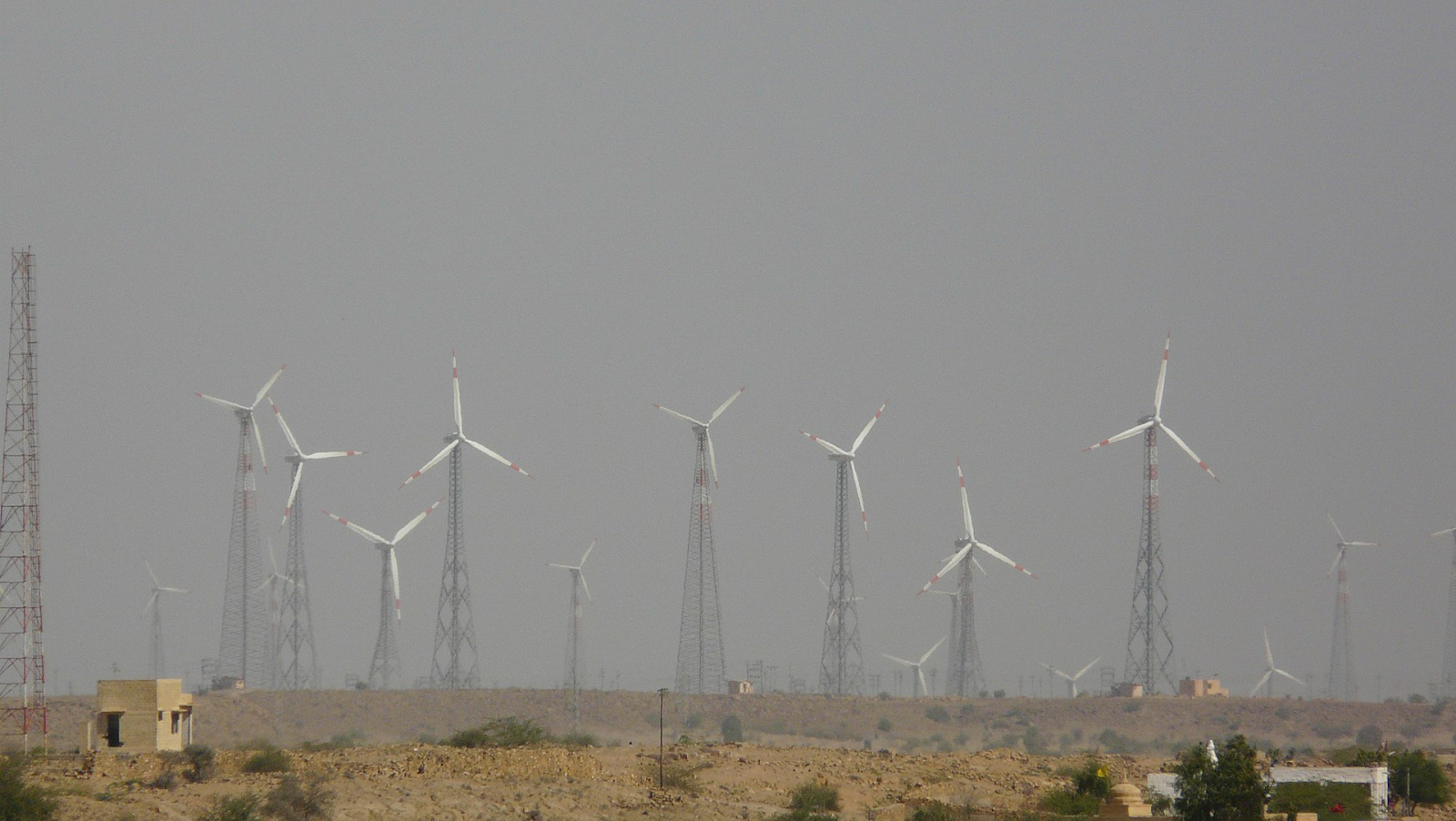
Andhra Pradesh (4096.65 MW)
The state has the second longest coastline in India (974 km) with an eastern coast and favorable wind patterns making it strategically positioned for wind power development.
The Andhra Pradesh Renewable Energy Export Policy (2020) has encouraged investment in wind renewable projects. The state government also supports private sector participation and offers incentives for wind energy production.
Beluguppa Wind Park is an onshore wind farm with a capacity of 100.8 MW and is one of the major wind sites in the state.
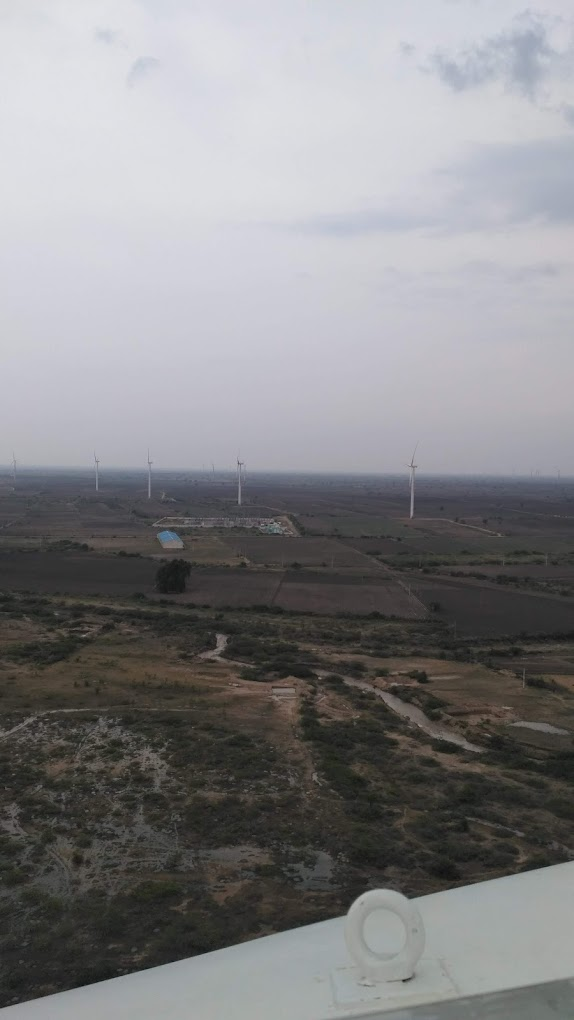
A rapidly growing region for renewable energy, including wind projects this state has some major wind farms in Kadapa, Anantapur, and Kurnool districts.
Madhya Pradesh (2844.2 MW)
The Government of Madhya Pradesh has been promoting the setting up of wind energy-based power plants through various policy initiatives and incentives for the investors/developers.
The Government has sanctioned a 15 MW project to Madhya Pradesh Windfarms Ltd. MPWL. Mamatkheda Wind Farm is one of the top wind farms in India with a capacity of 100.5 MW. Devas, Mandsaur, and Ratangarh clusters are some of the other projects developing in the state. The state plans to explore offshore wind energy potential in regions near water bodies for small-scale projects.

Telangana (128.10 MW)
Telangana has modest wind energy potential, with an installed capacity of approximately 128.10 MW as of the latest figures. The state’s wind energy projects are concentrated in areas with moderate wind speeds, such as Mahbubnagar and Rangareddy districts.
One of the key locations for wind energy in Telangana is Jadcherla Wind Farm (Mahbubnagar District) features small to medium-sized turbines.
Rangareddy Wind Projects is also a pilot wind energy project developed to evaluate wind potential.
Kerala (63.50 MW)
While wind energy potential in Kerala is not as high as in states like Tamil Nadu or Gujarat, the state has strategically developed wind power projects to meet its growing energy demands.
The largest wind energy project in Kerala is Kanjikode Wind Farm located in the Palakkad district. Agali Wind Farm, Ramakkalmedu, and Kudayathoor Wind Project (Idukki District) are some of the pilot projects for exploring wind energy potential in the hilly terrains of Kerala.
Kerala’s long coastline offers opportunities for offshore wind energy projects, which could contribute significantly to the state’s renewable energy.
Others (4.30 MW)
Odisha, with a modest installed wind energy capacity of 2 MW, holds a potential of 1700 MW for wind power generation. Despite these promising statistics, the state has lagged behind others in developing its wind energy infrastructure. Damanjodi wind power plant is the major site in Odisha District.
The union territory of Ladakh, and its Kargil district, presents a huge potential for wind energy development. With consistent high-altitude wind patterns, Ladakh’s unique geography makes it a promising area for wind energy projects.
Future Outlook for Wind Energy in India
Indian states plan to contract more than 100 GW of wind by 2030. Even states with little or no wind potential, such as Odisha, Jharkhand, Punjab, and Bihar, plan to include wind in their energy supply mix. This shows a great potential for wind-rich states to export surplus generation to these states.
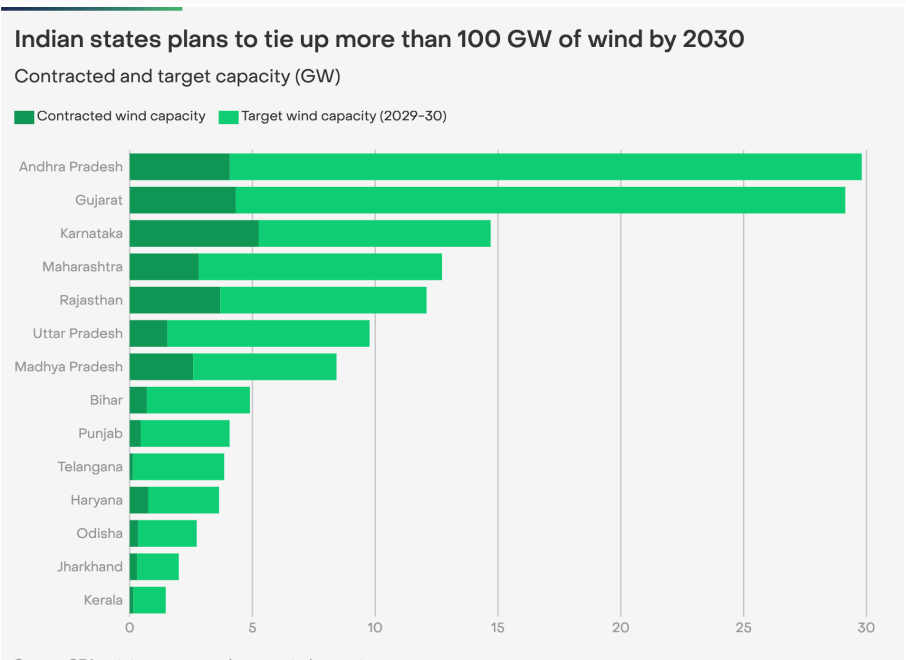
Source: Wind Energy Estimation For Year 2030
In terms of employment creation, Indian wind sector provided 40,000 jobs in 2022 and is expected to rise six times by 2030.
In terms of exporting wind turbines as per NITI Aayog India has 17 domestic manufacturing companies and they export wind turbines and blades to Australia, Brazil, Europe, and USA among other countries.
Conclusion
Wind energy is crucial to India’s clean energy sector, while some of the major renewable companies are making progress in the future, with leading states like Gujarat and Tamil Nadu setting benchmarks in production. Addressing challenges, promoting innovation, and collaboration will take wind power continue to drive India’s transition to sustainable energy. Wind energy is not just a solution to today’s energy needs it is the pathway to a brighter, cleaner tomorrow.
All the data is taken from the official website https://niwe.res.in/.




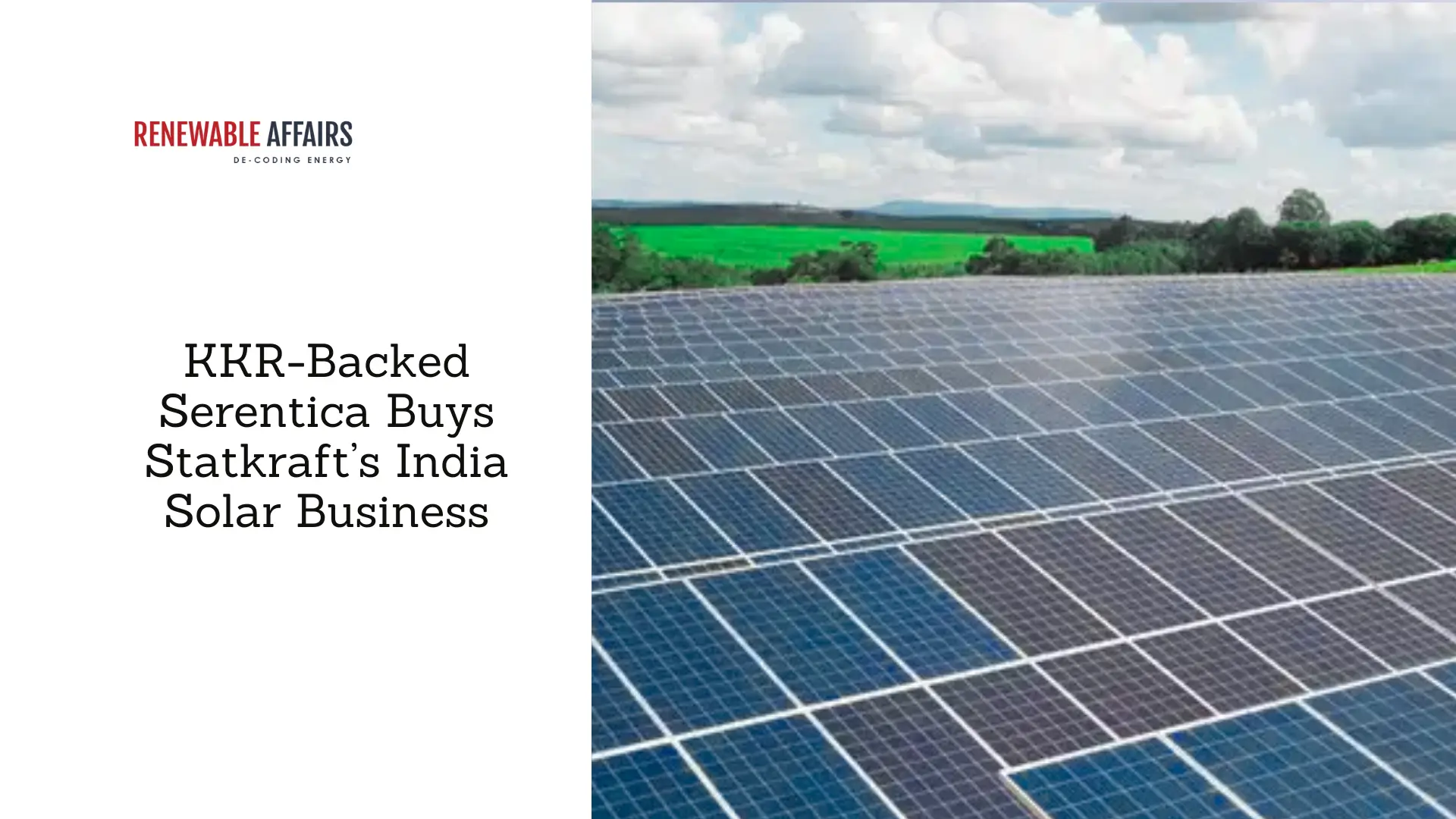
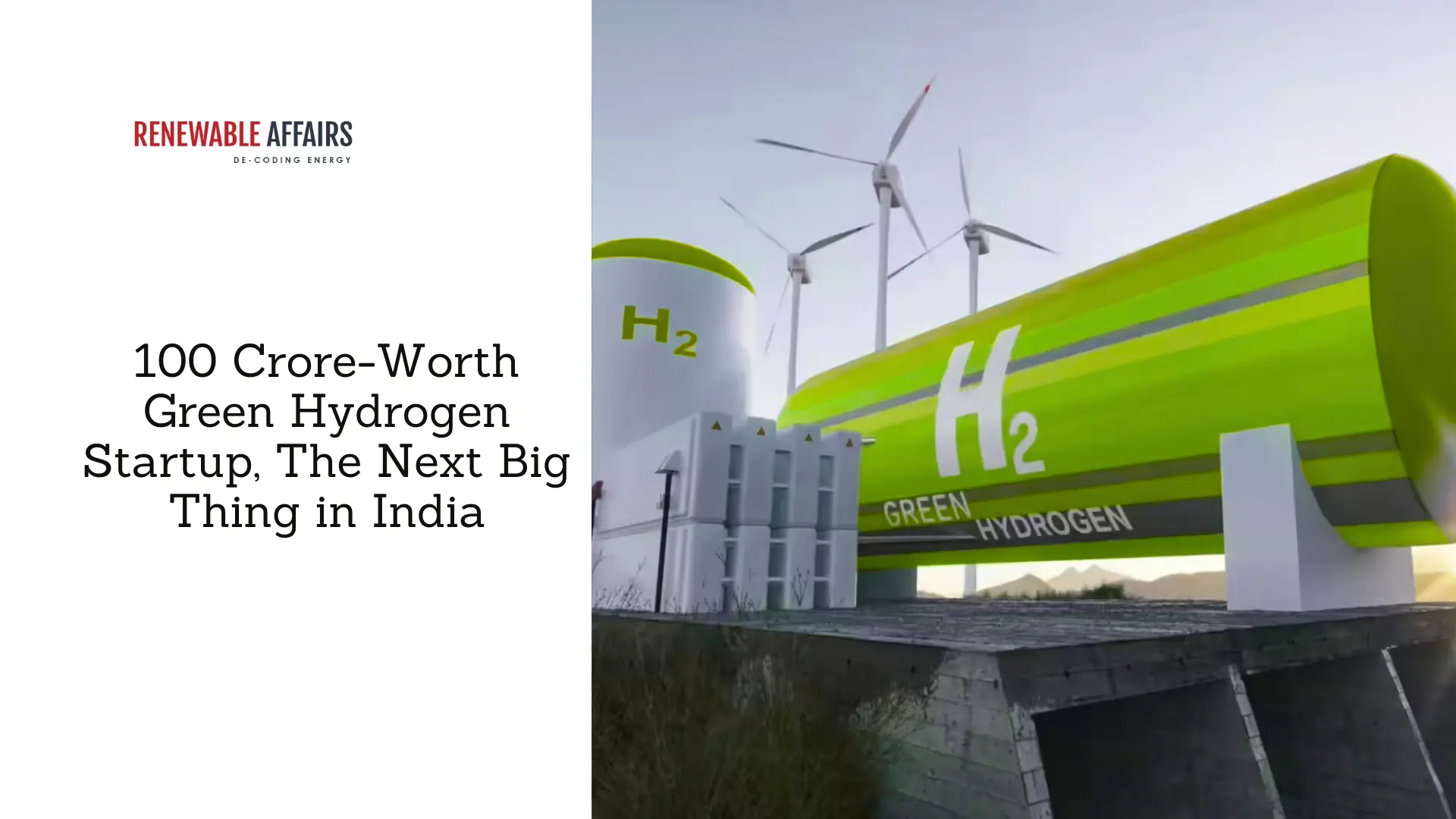

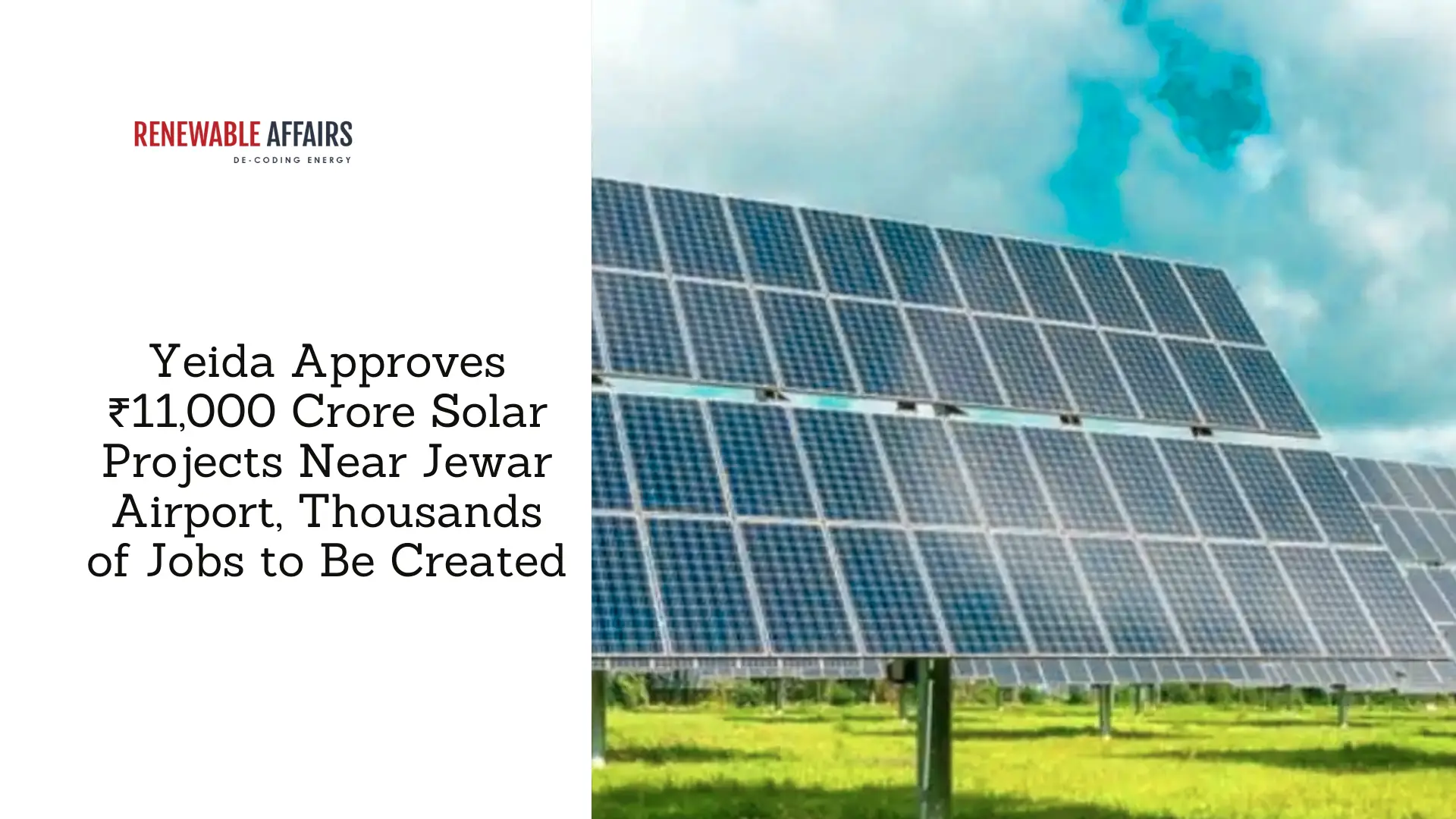
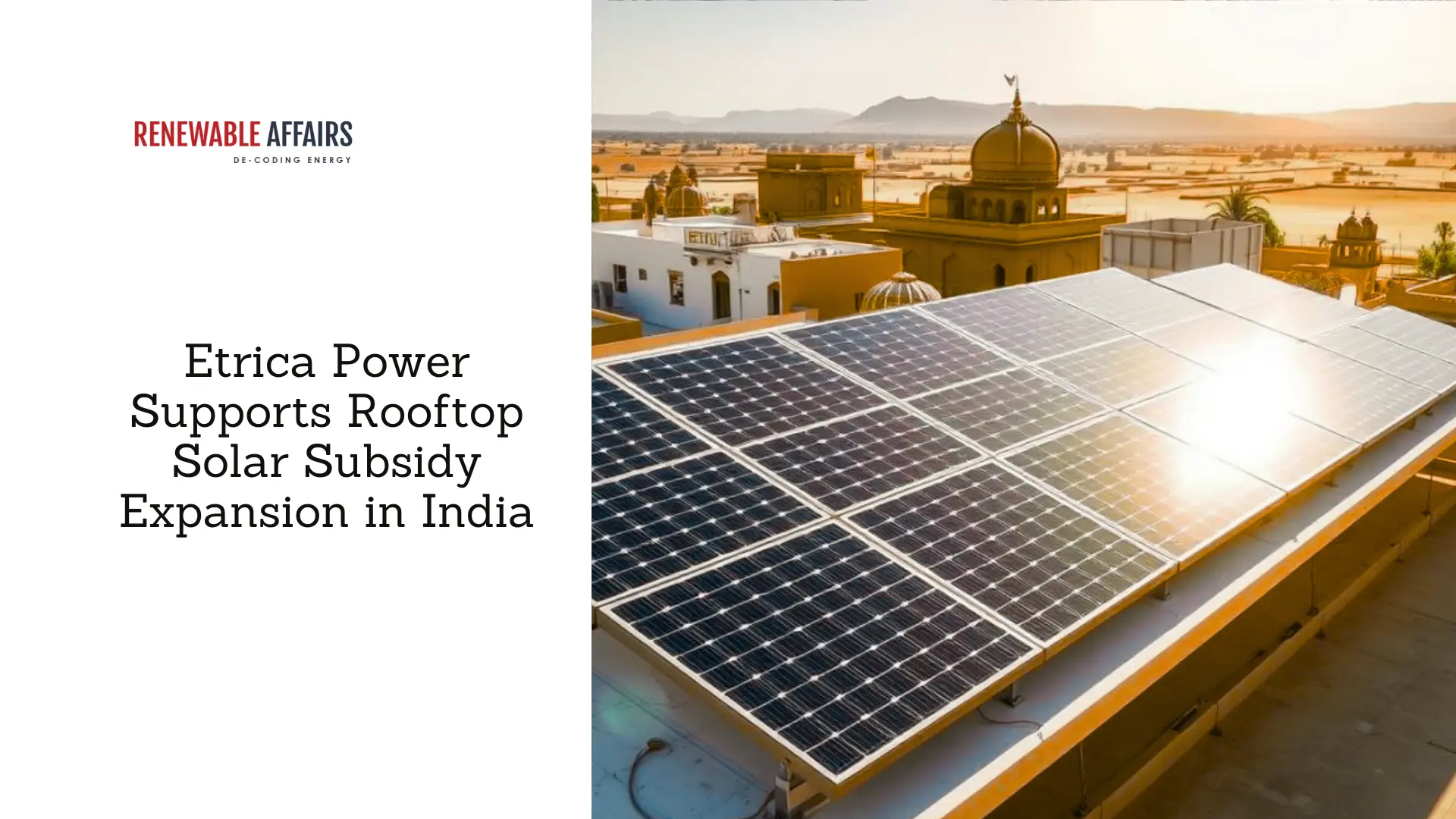
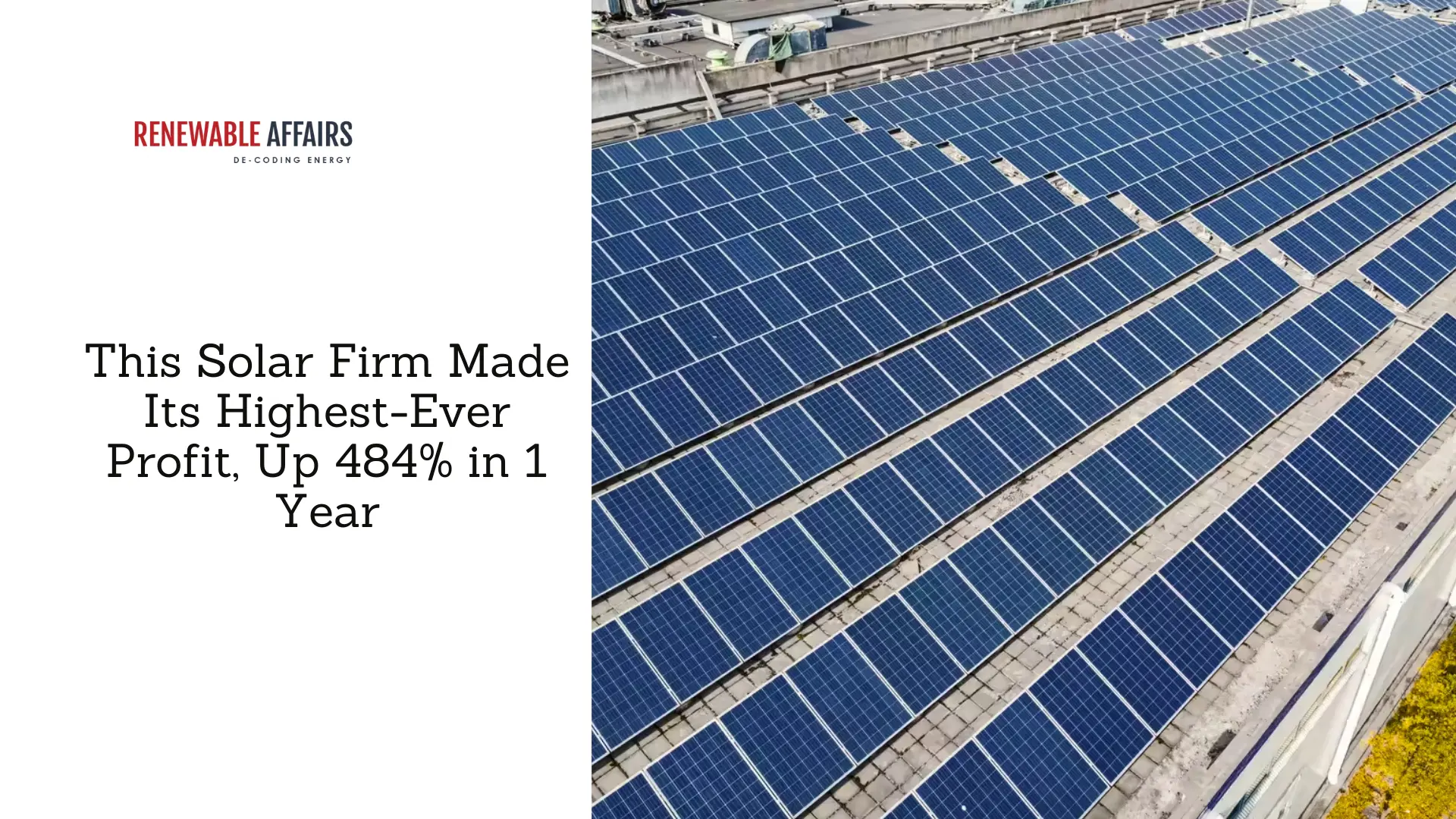
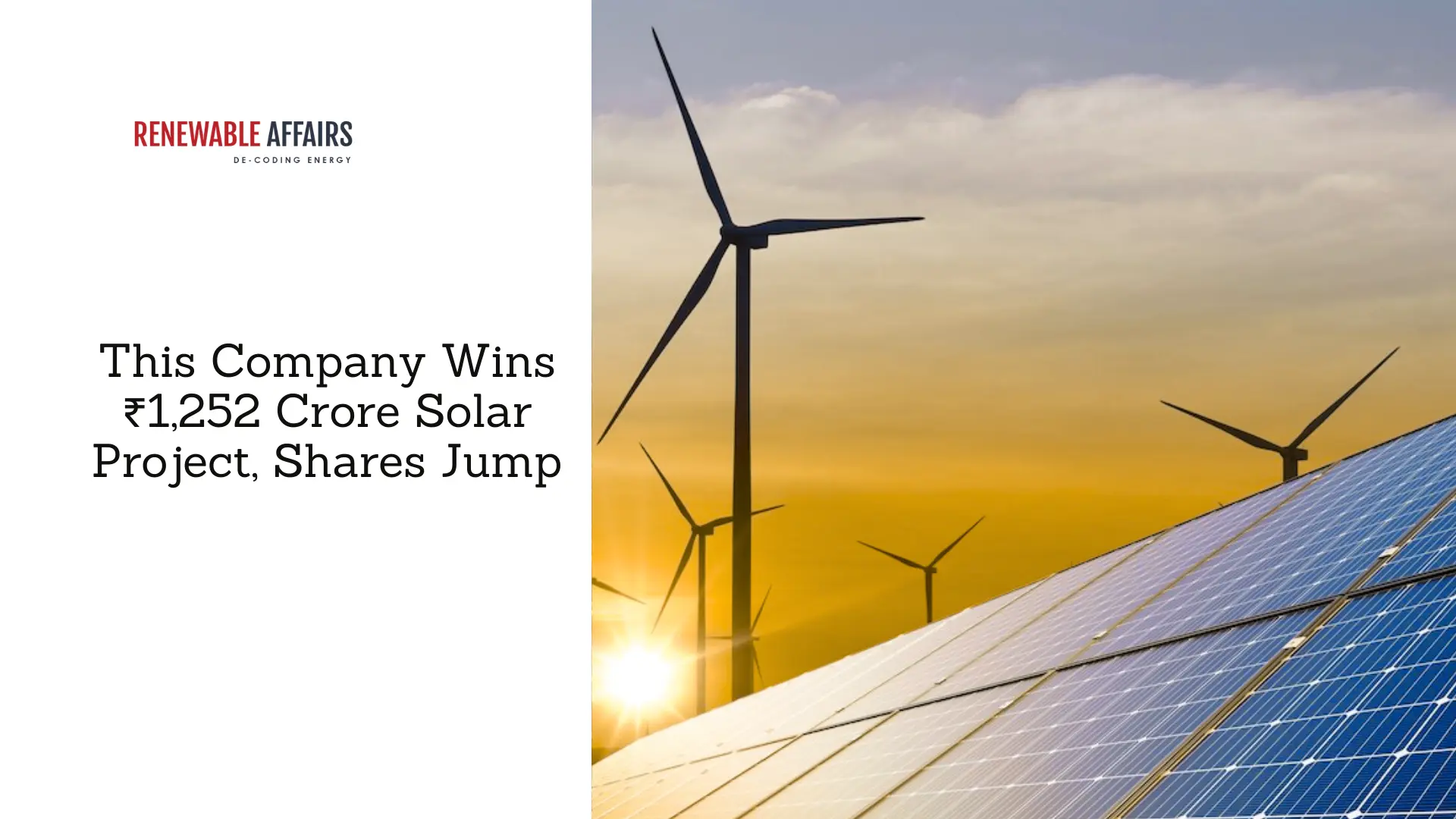
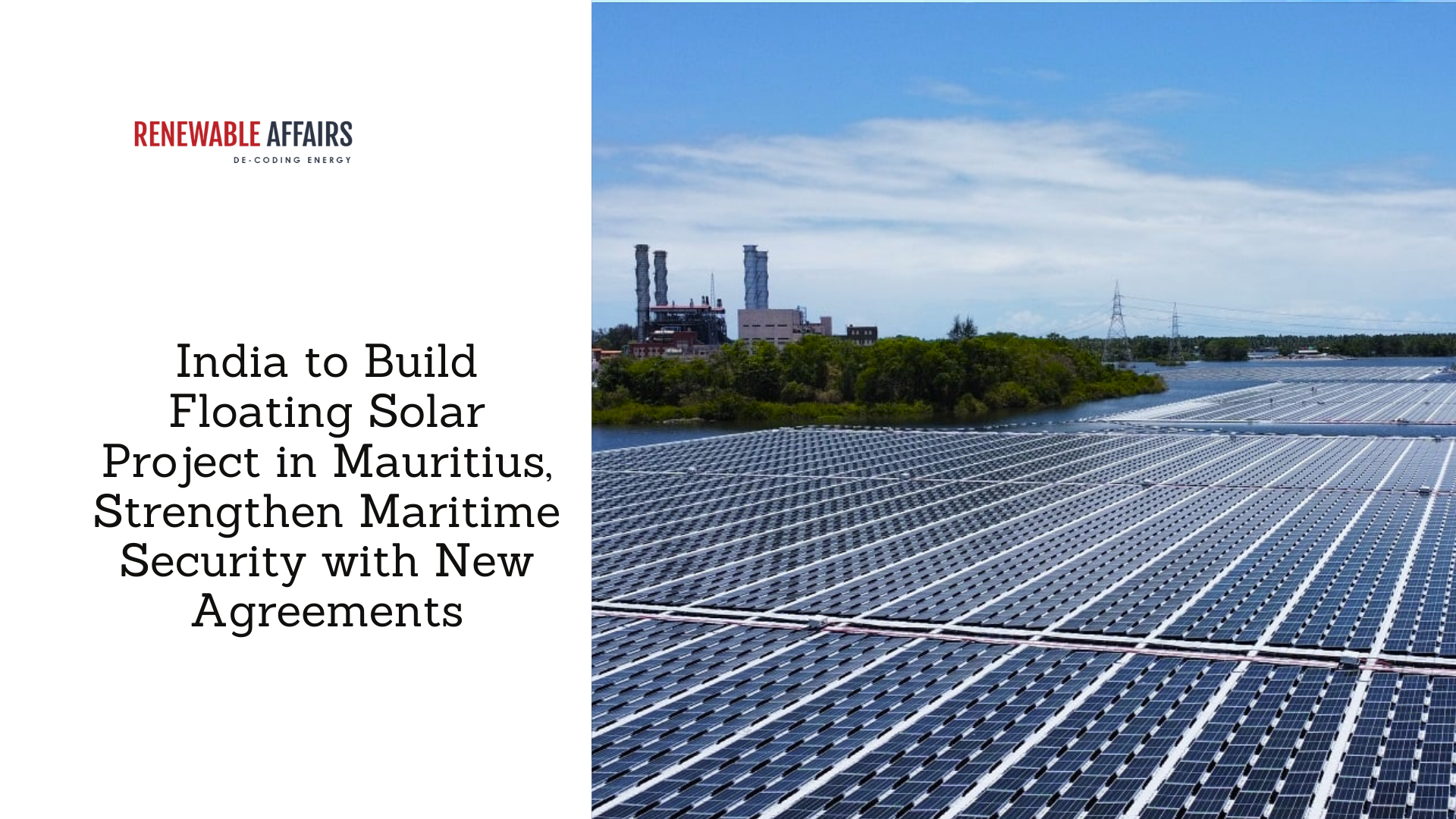

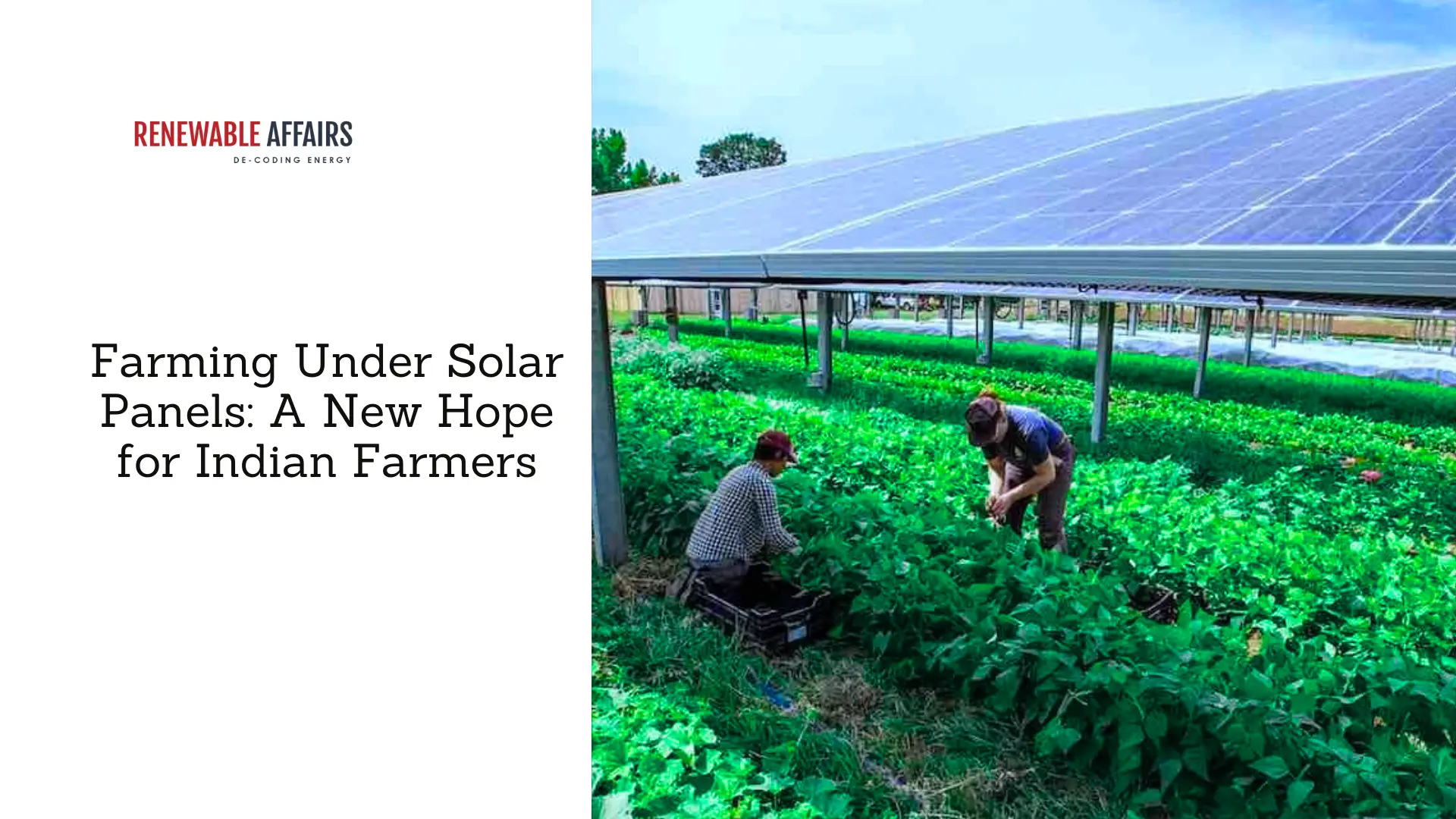
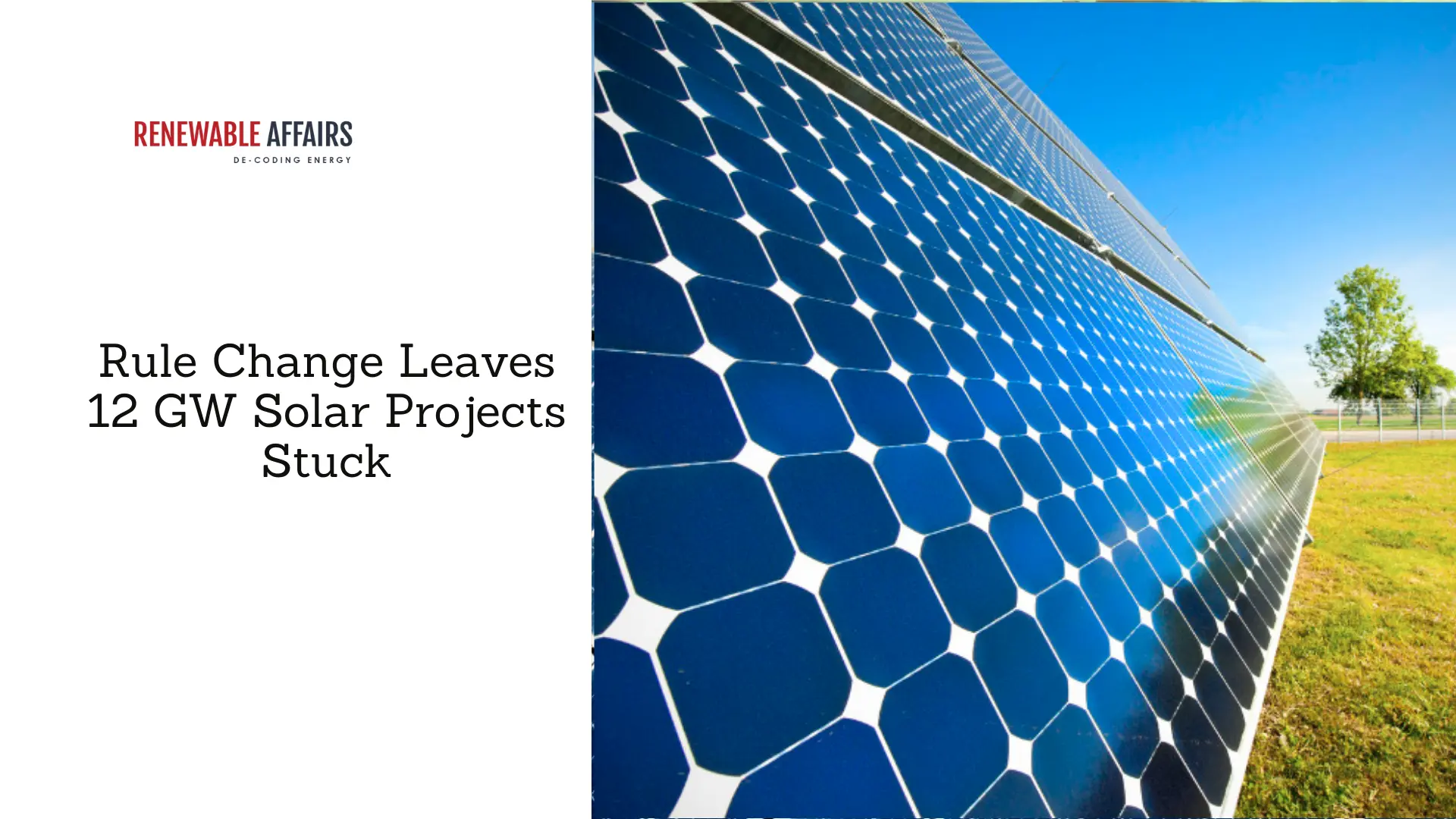

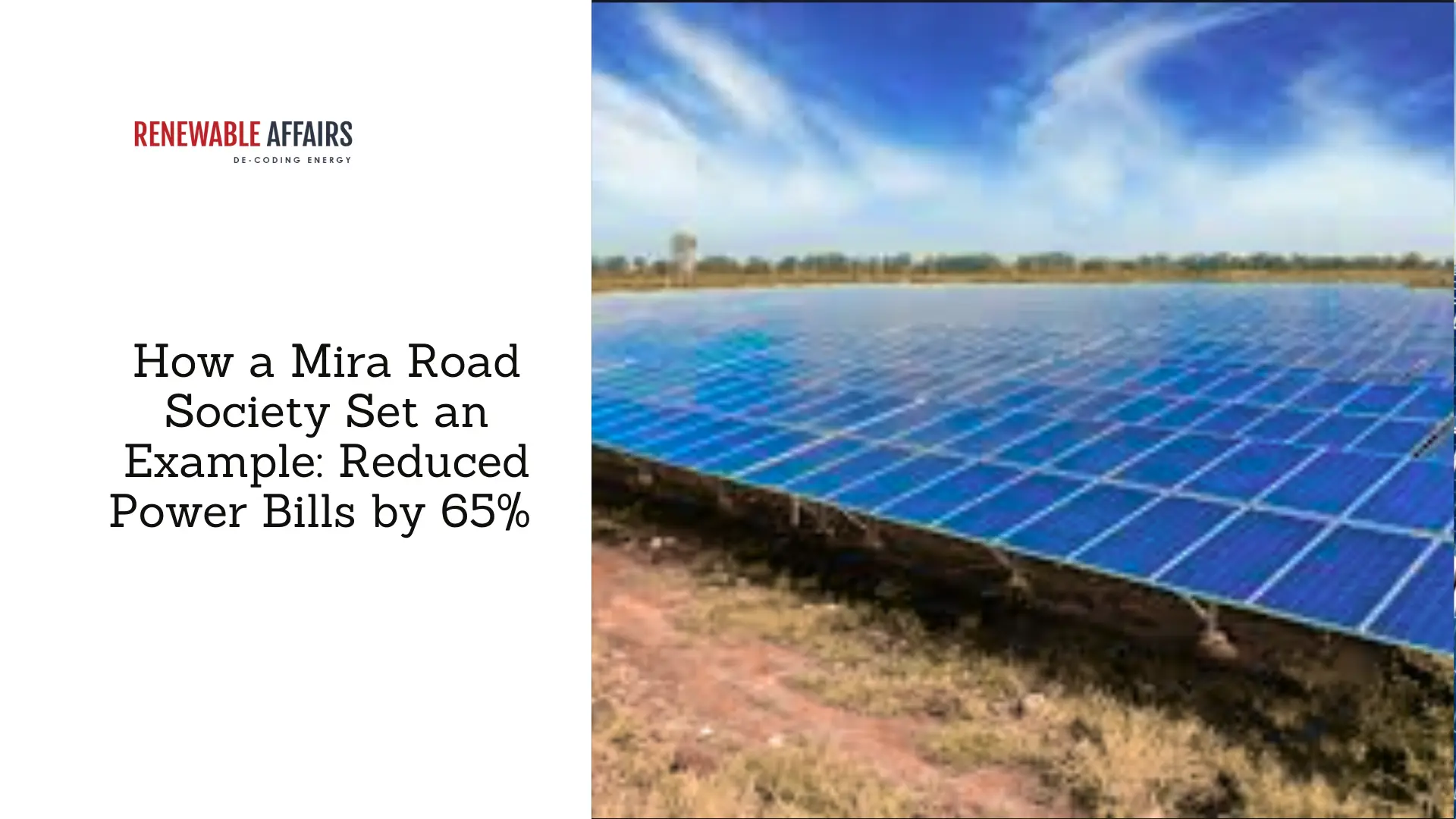
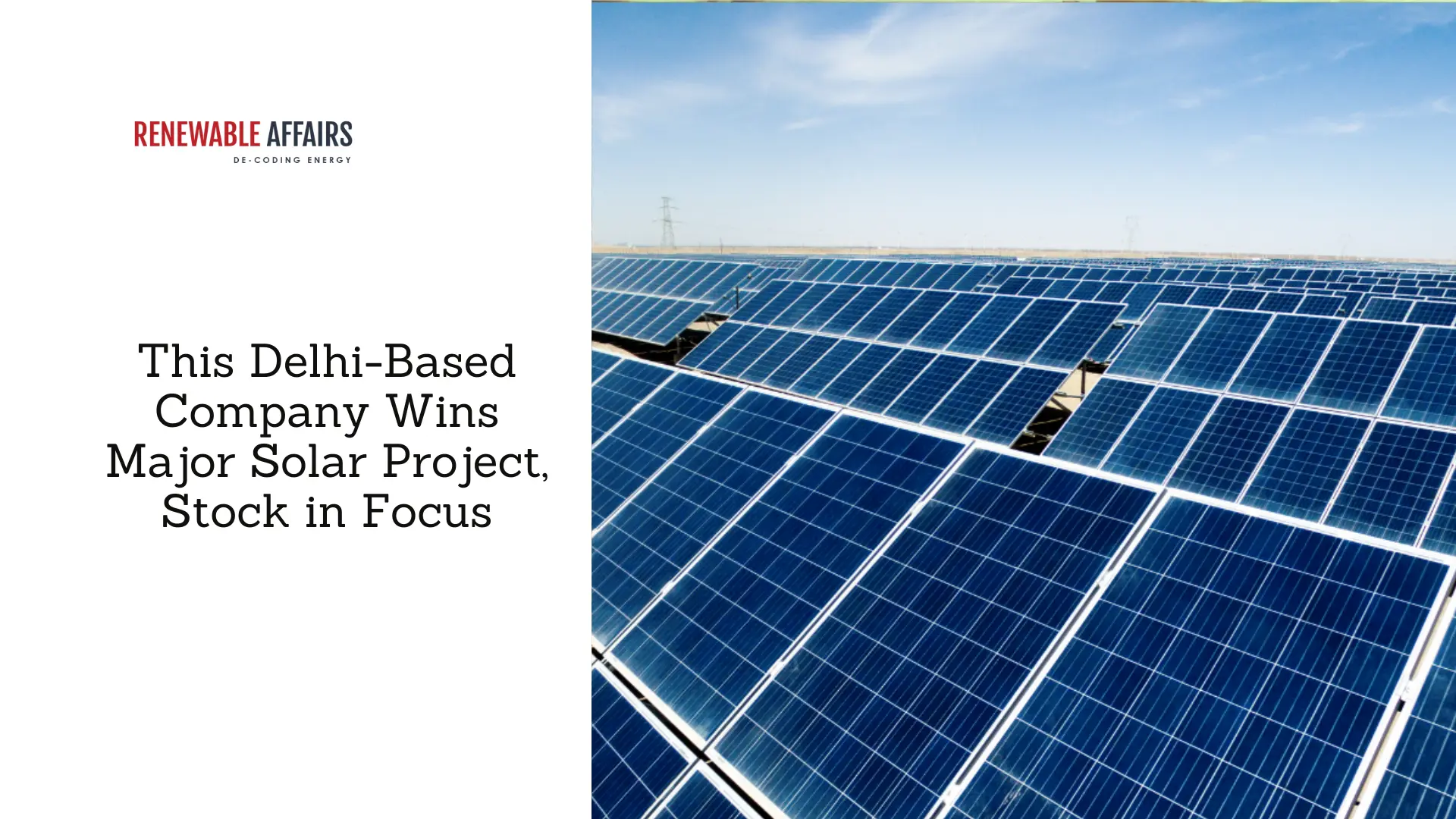
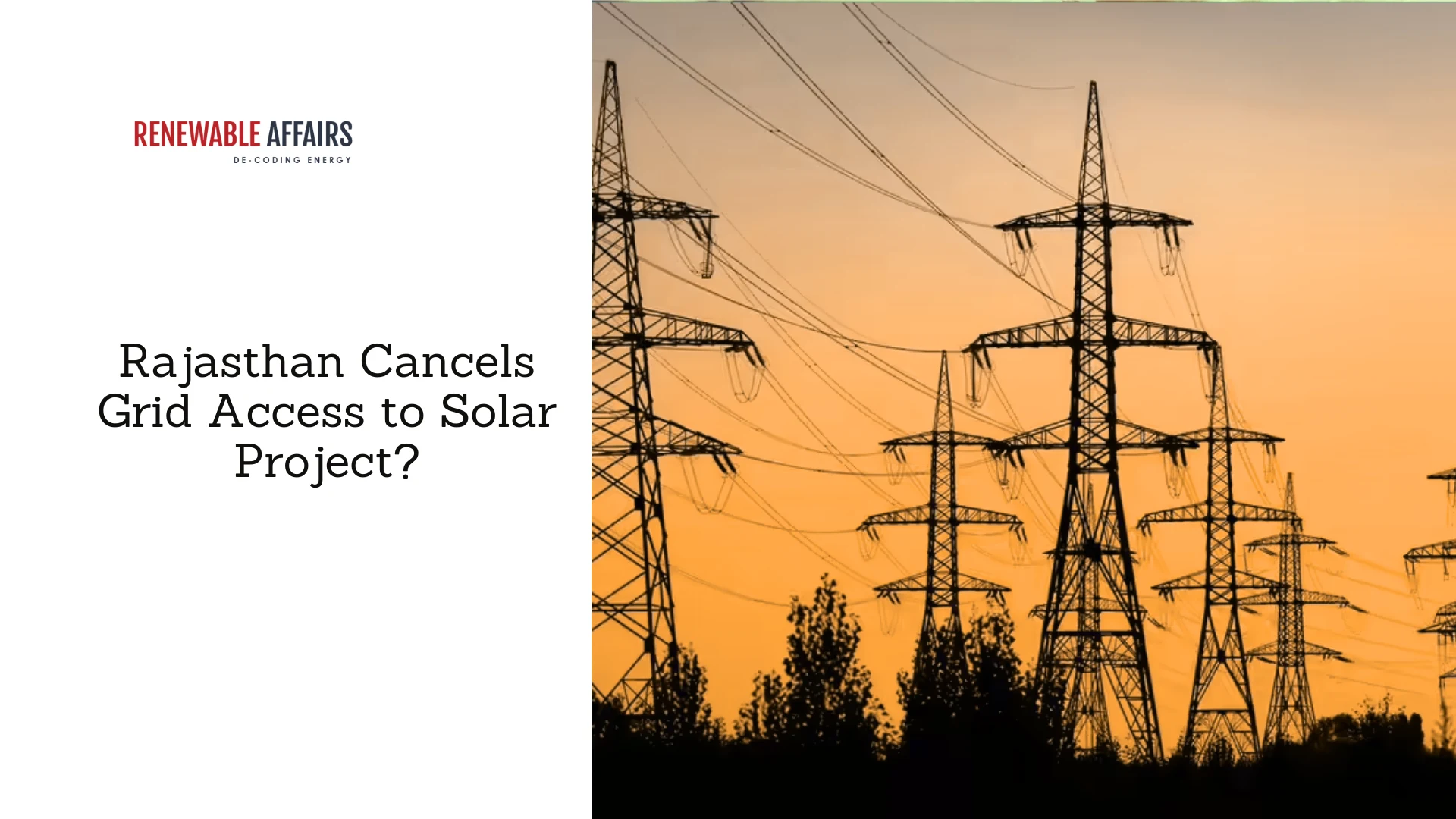
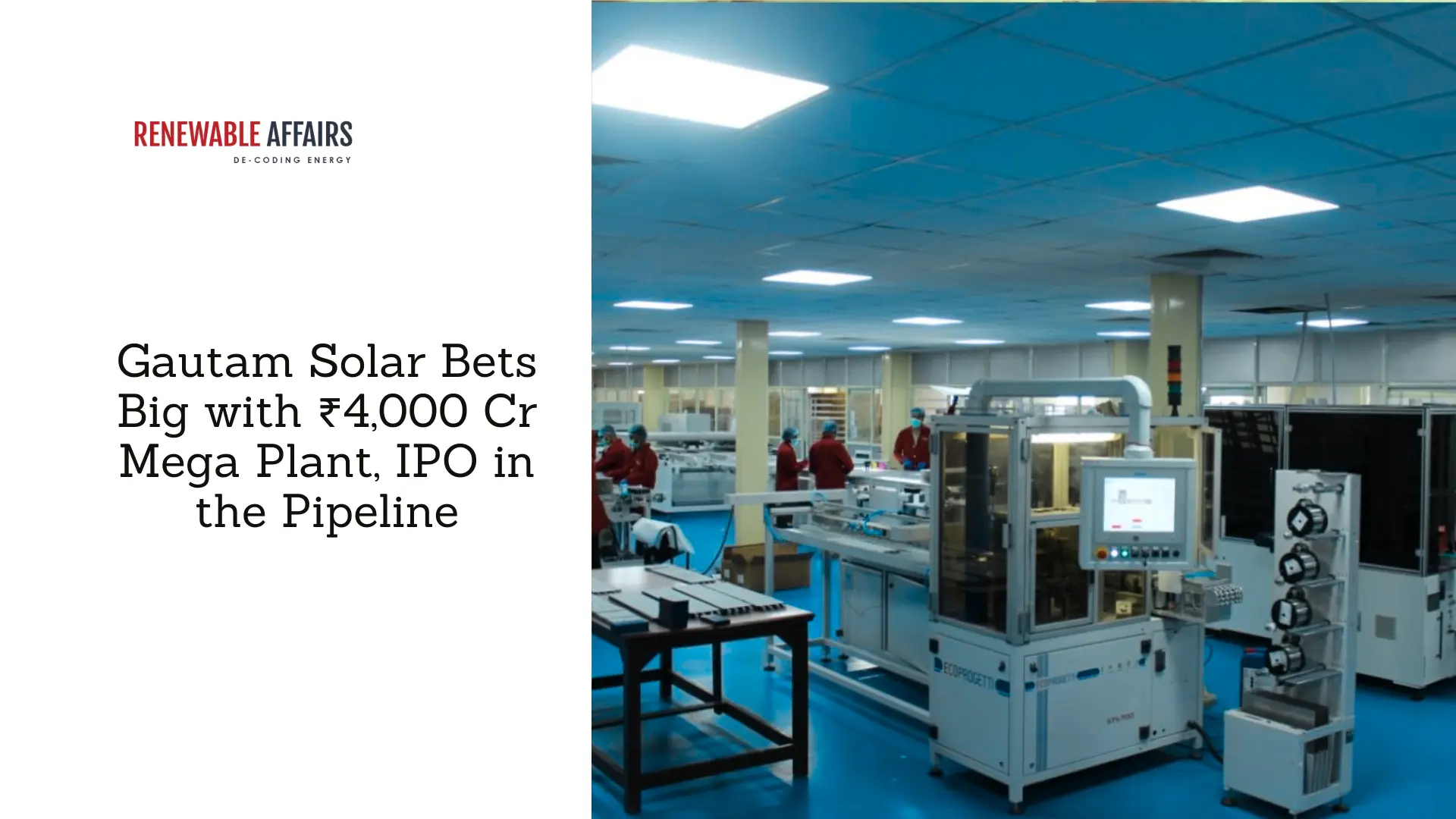

























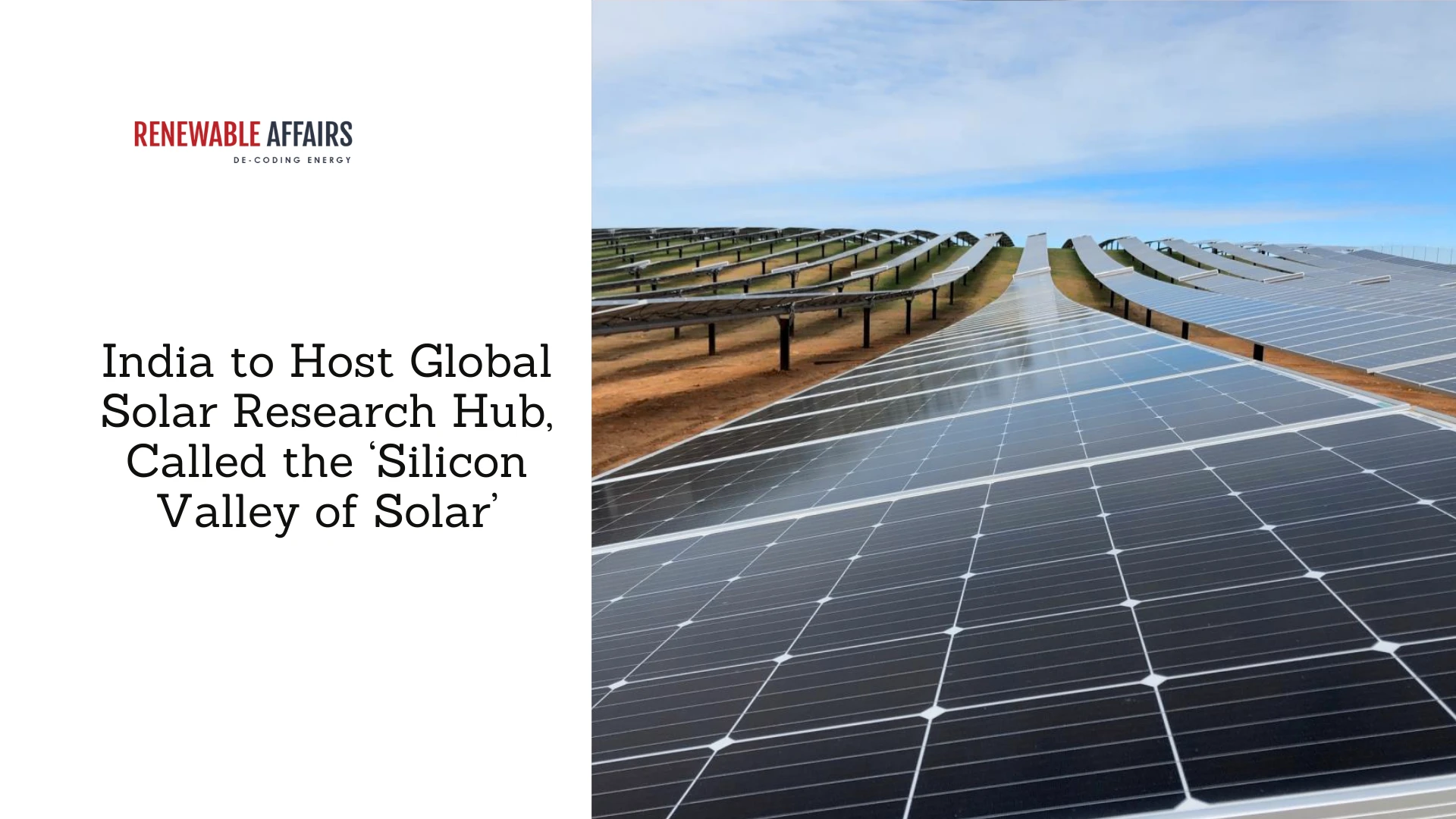
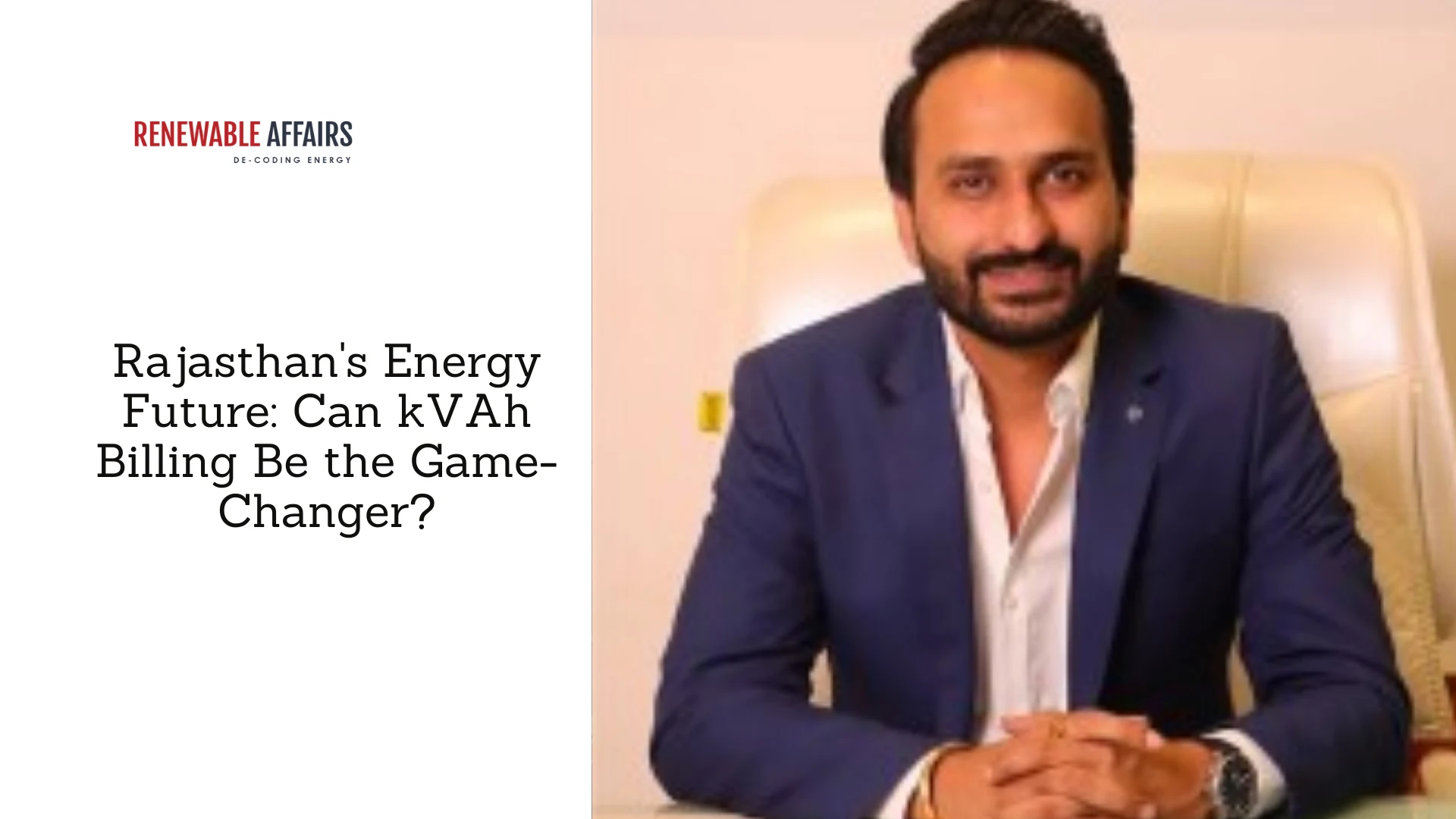

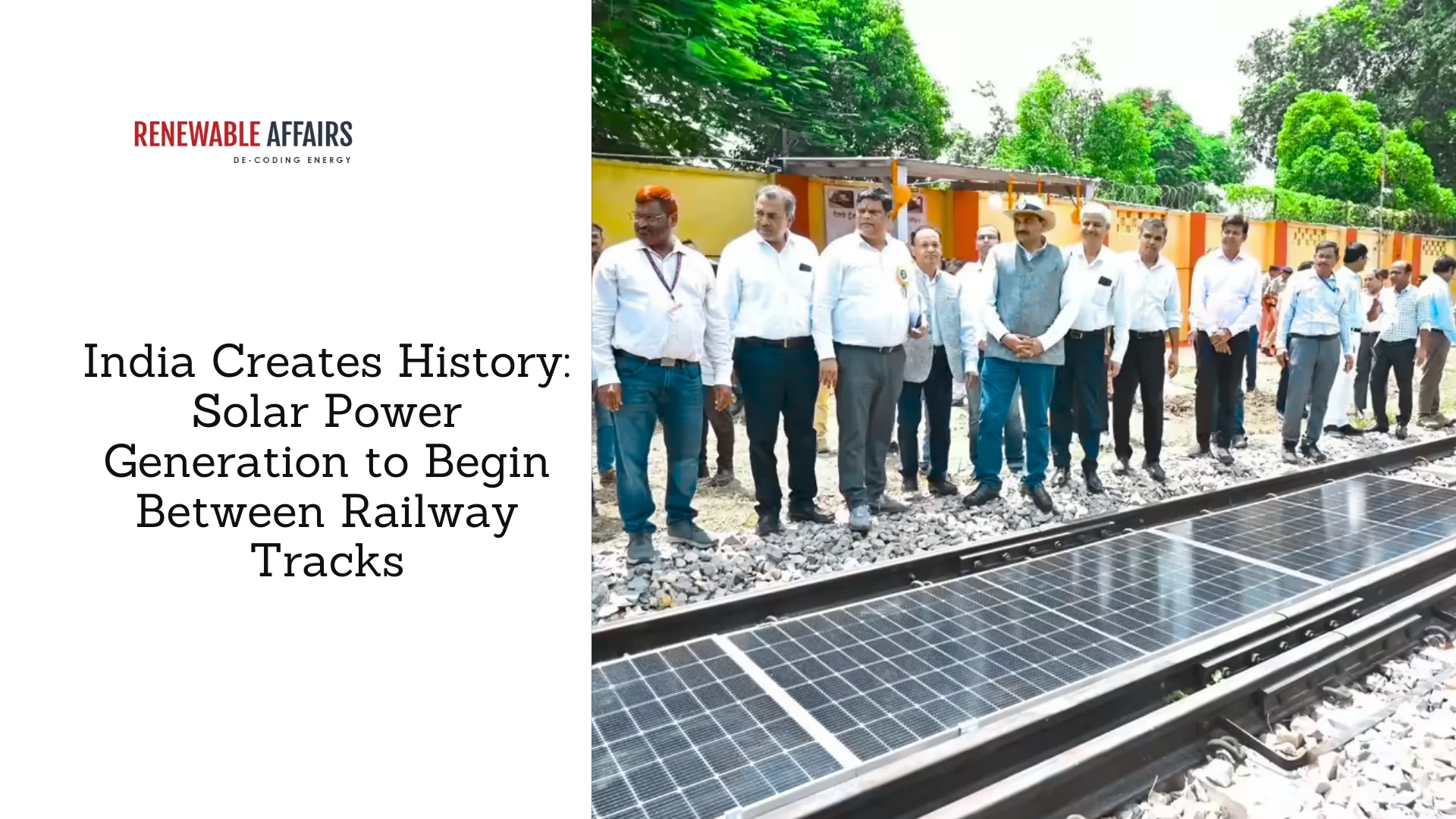

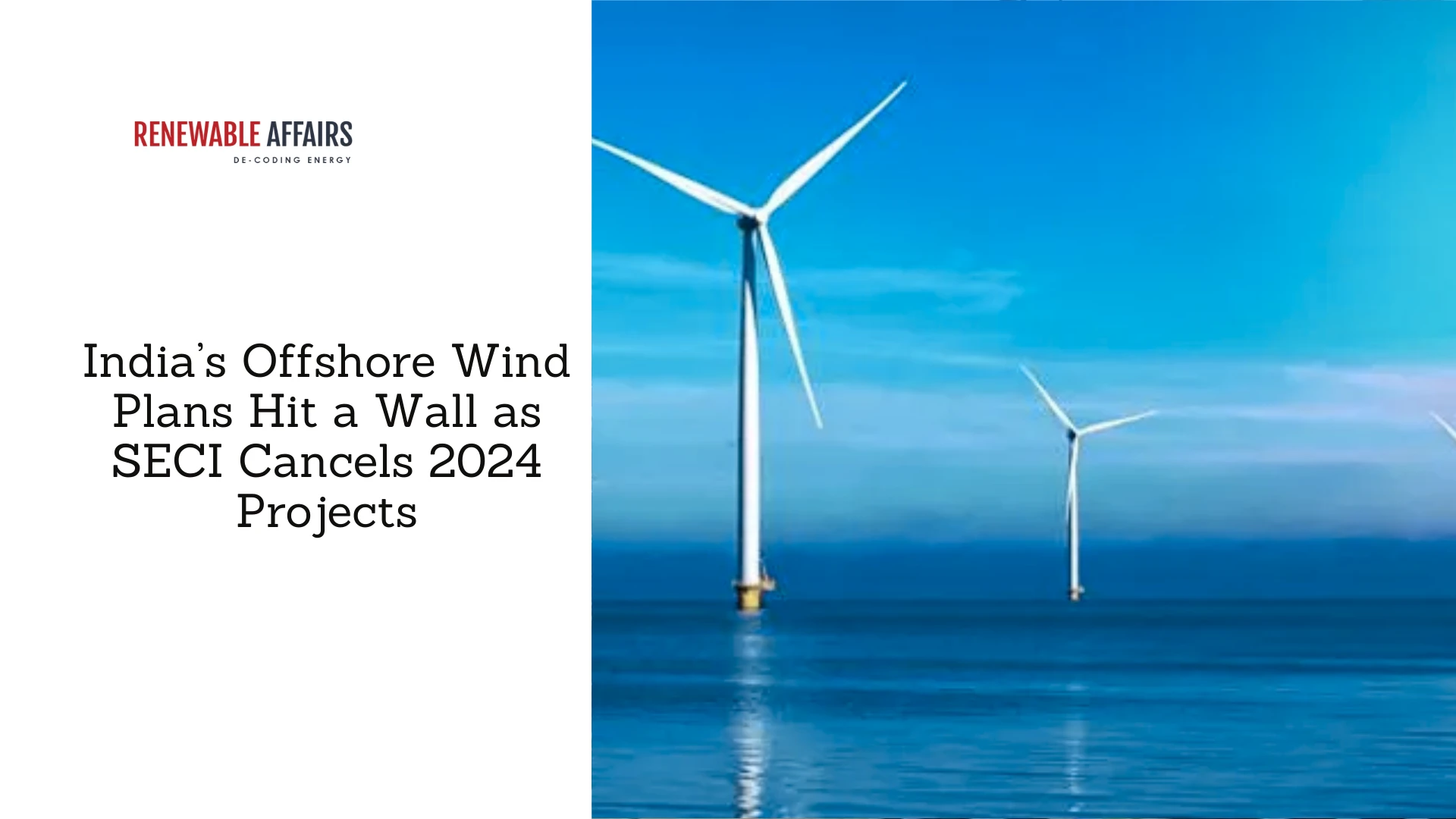




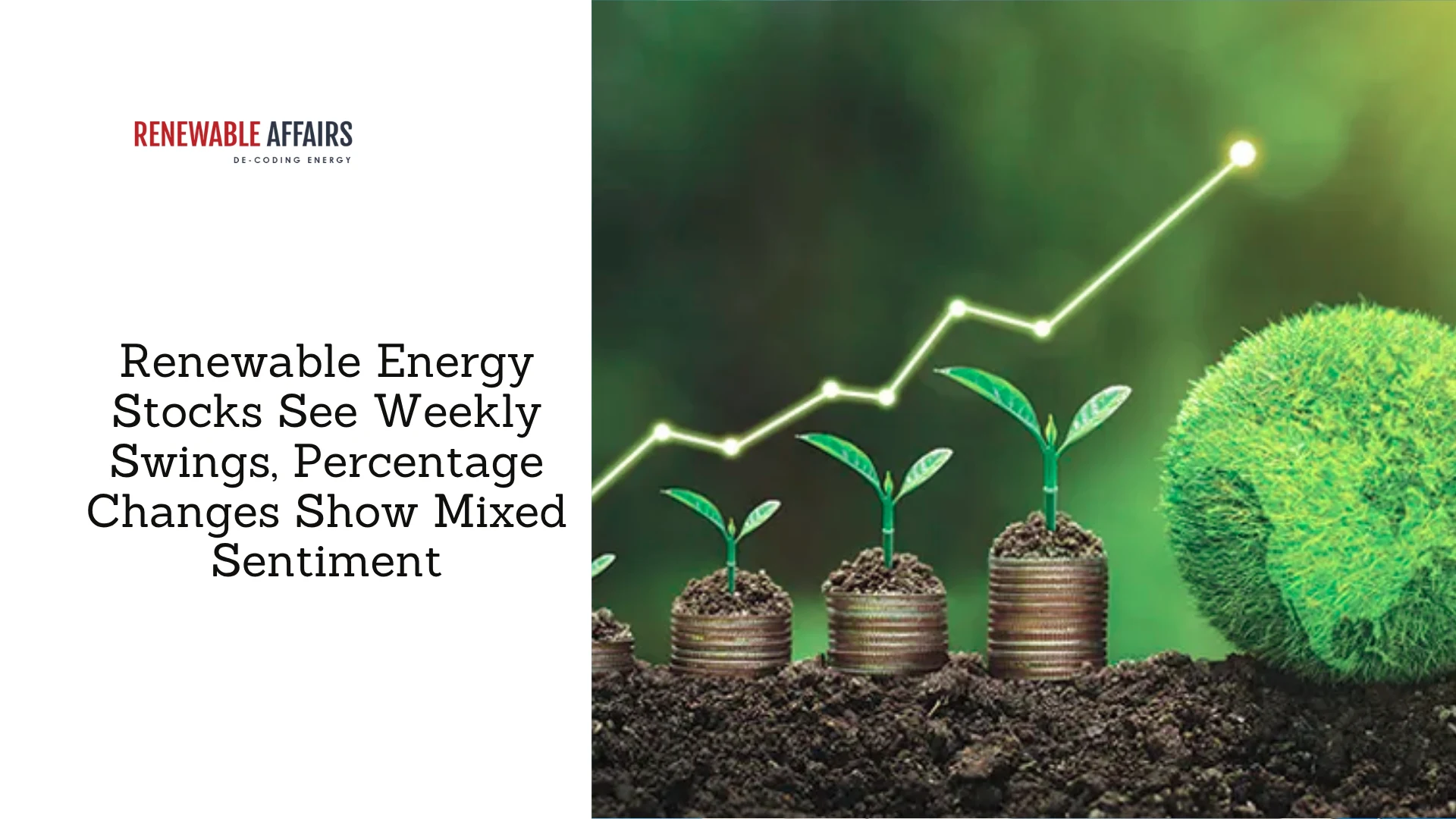



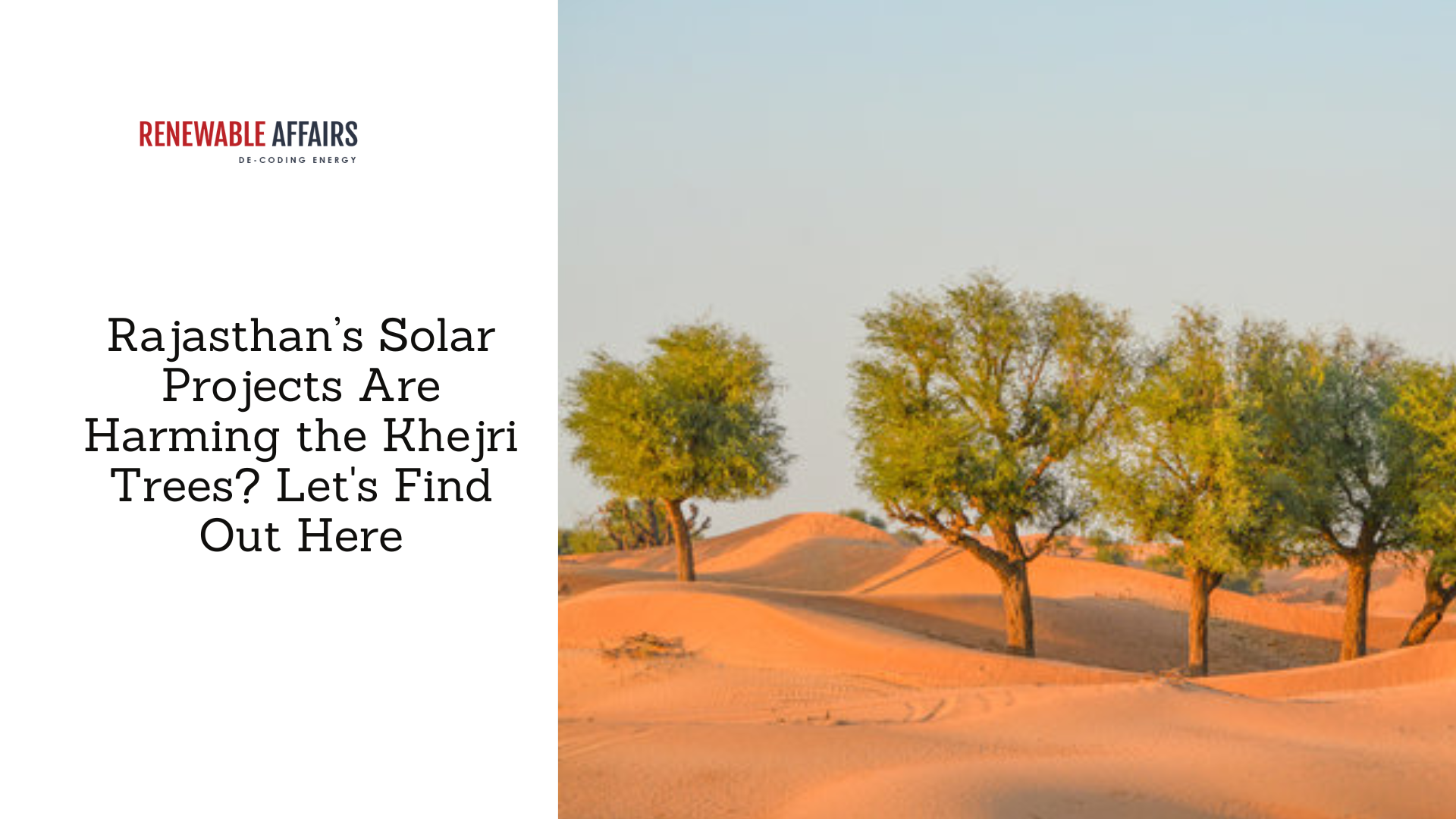

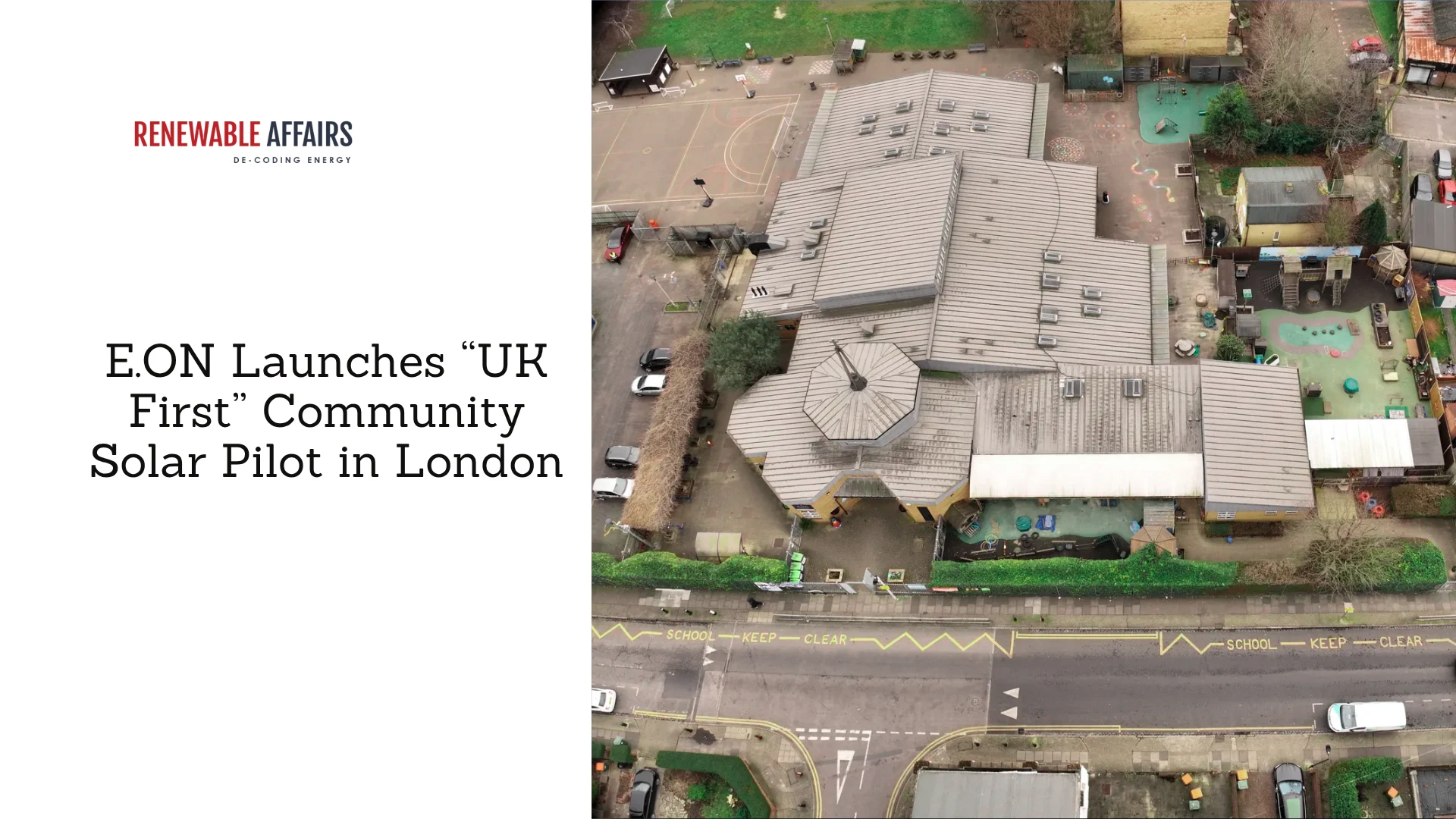
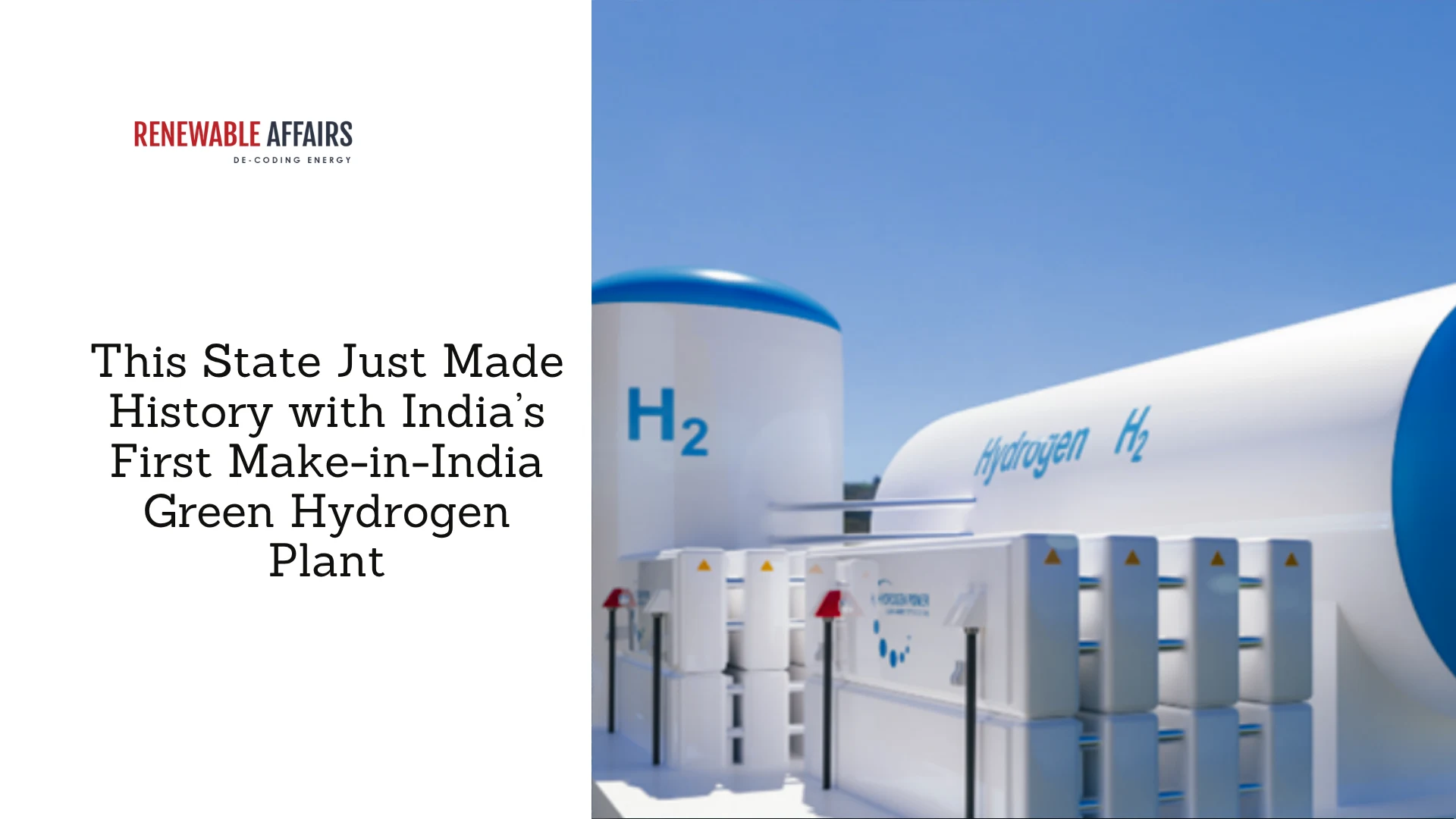
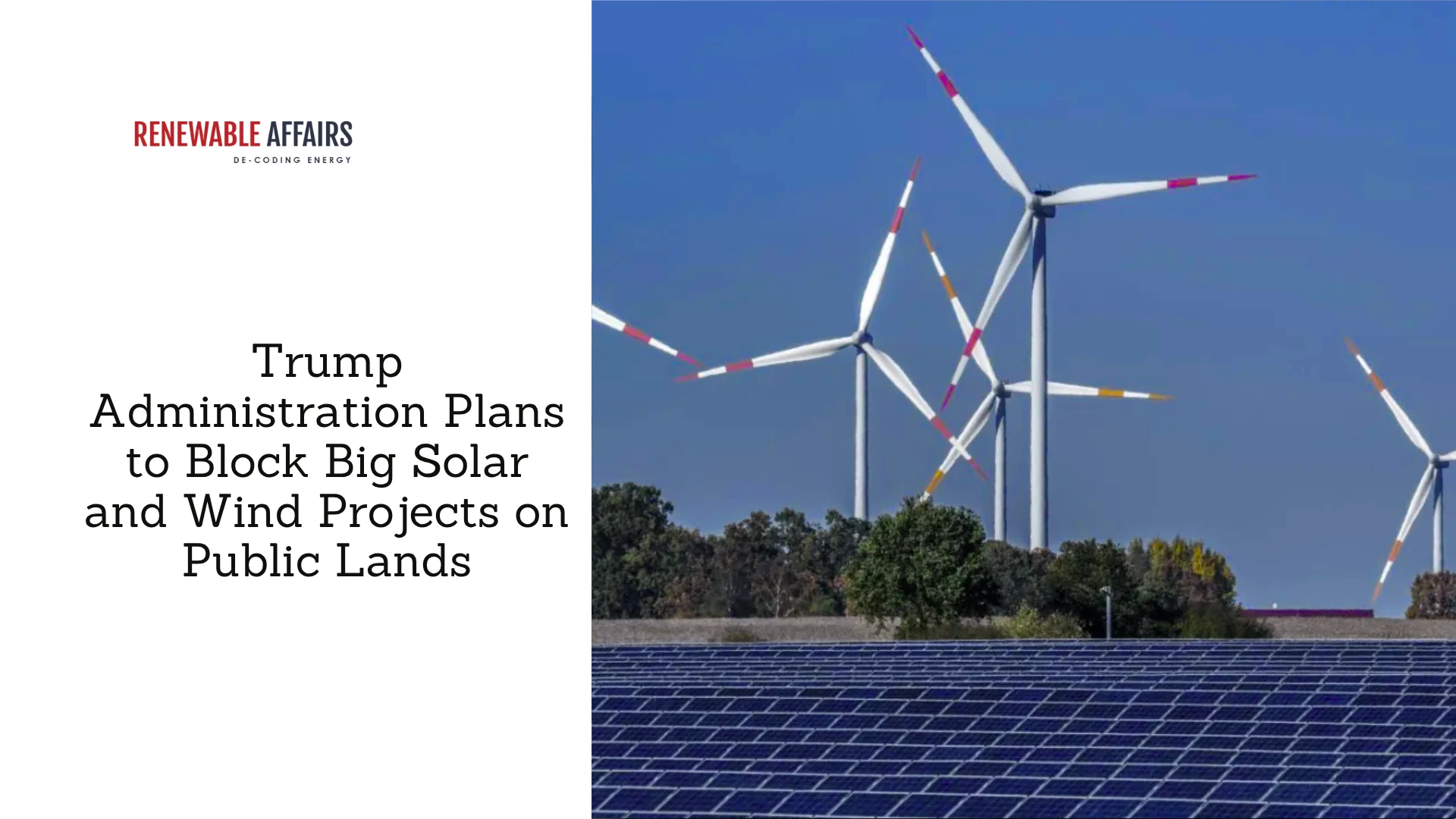

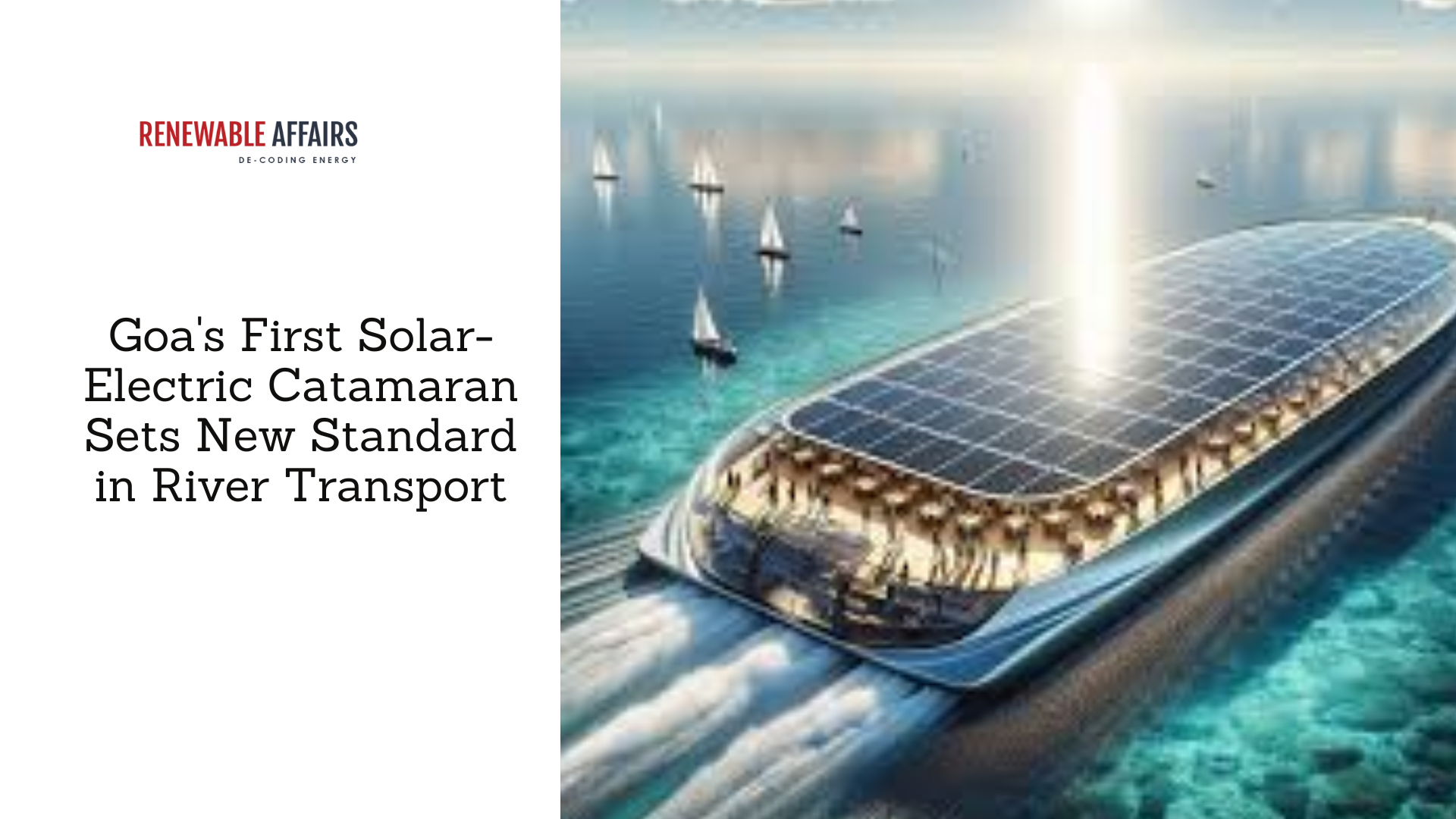
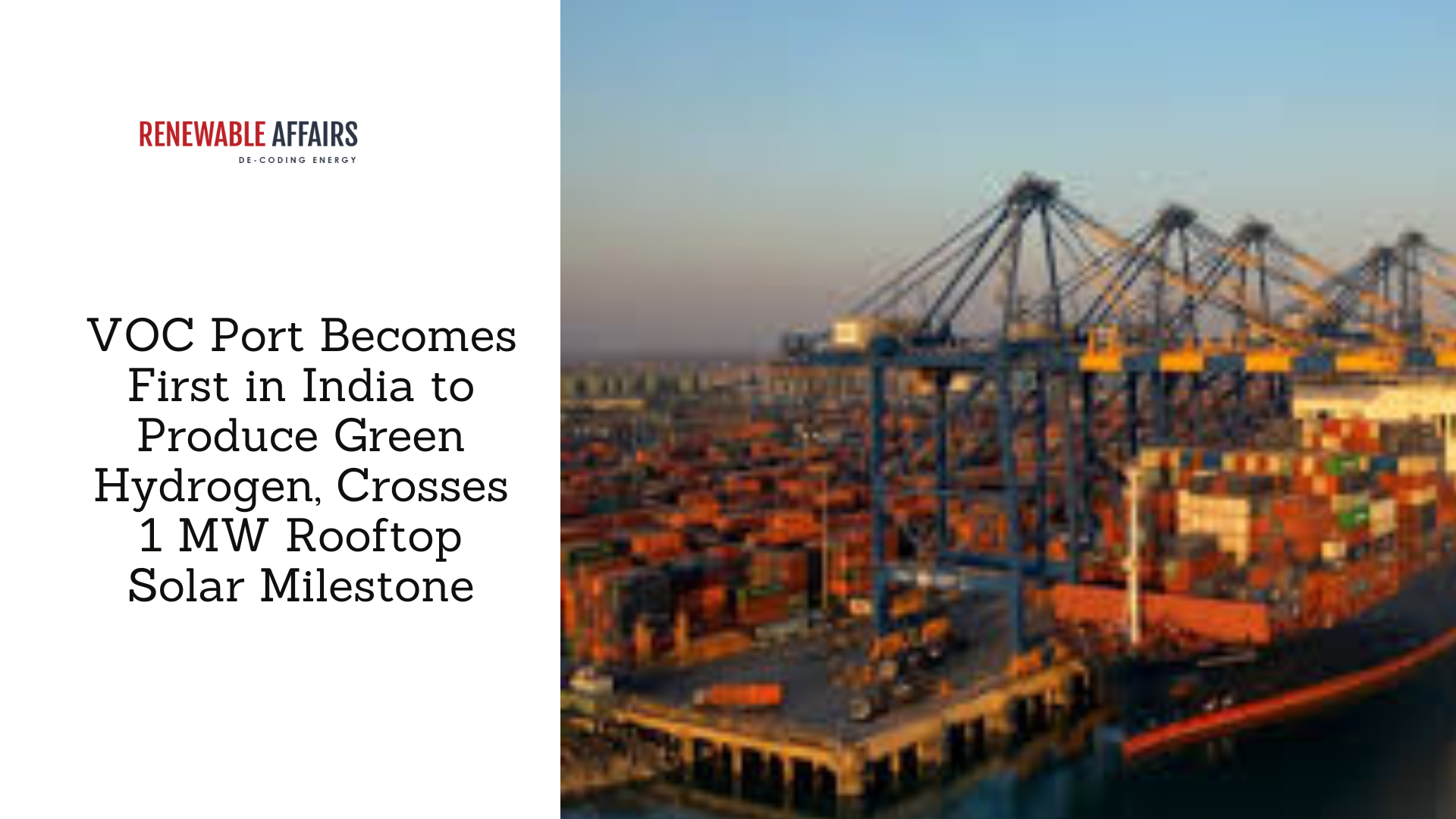
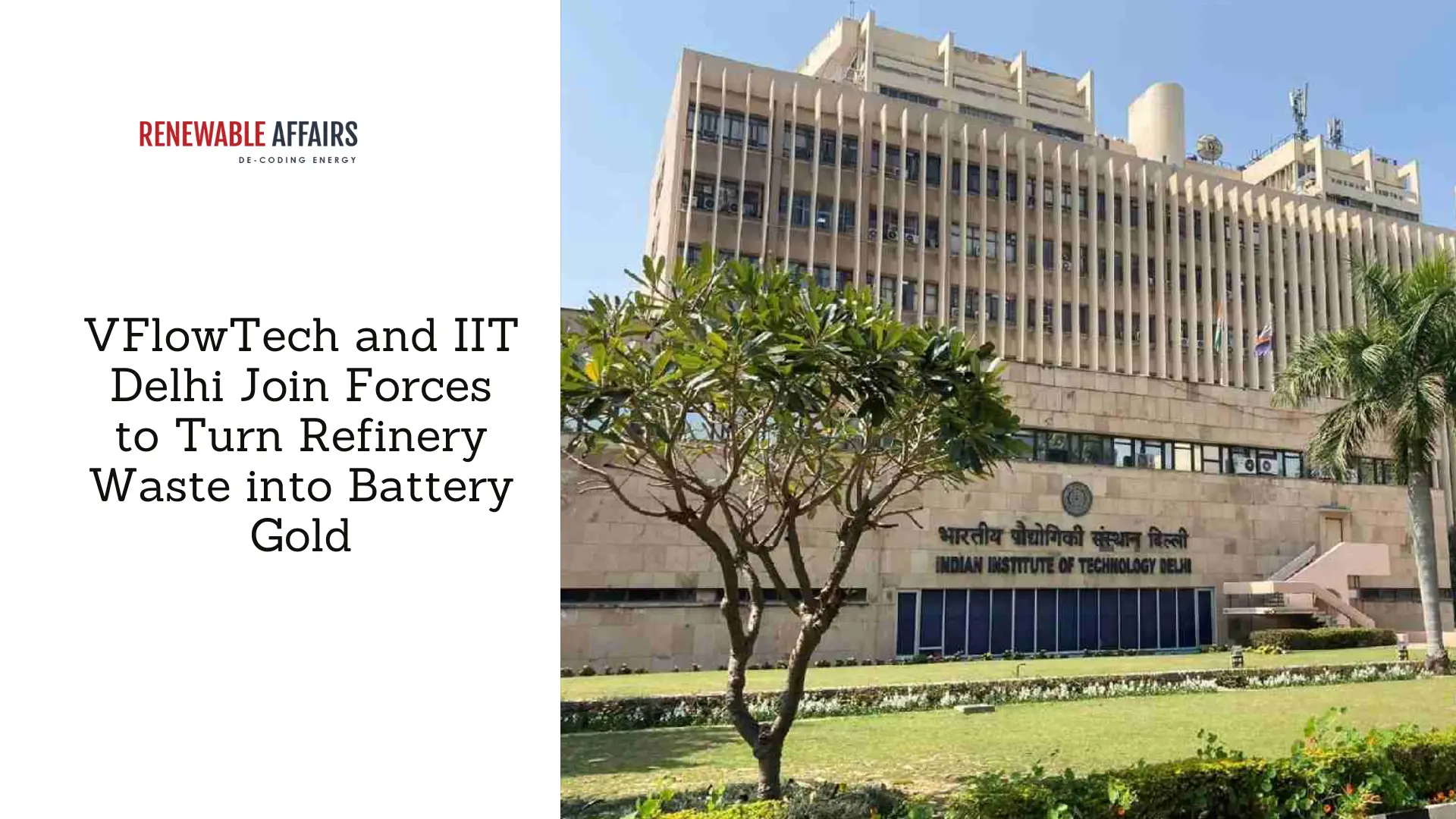
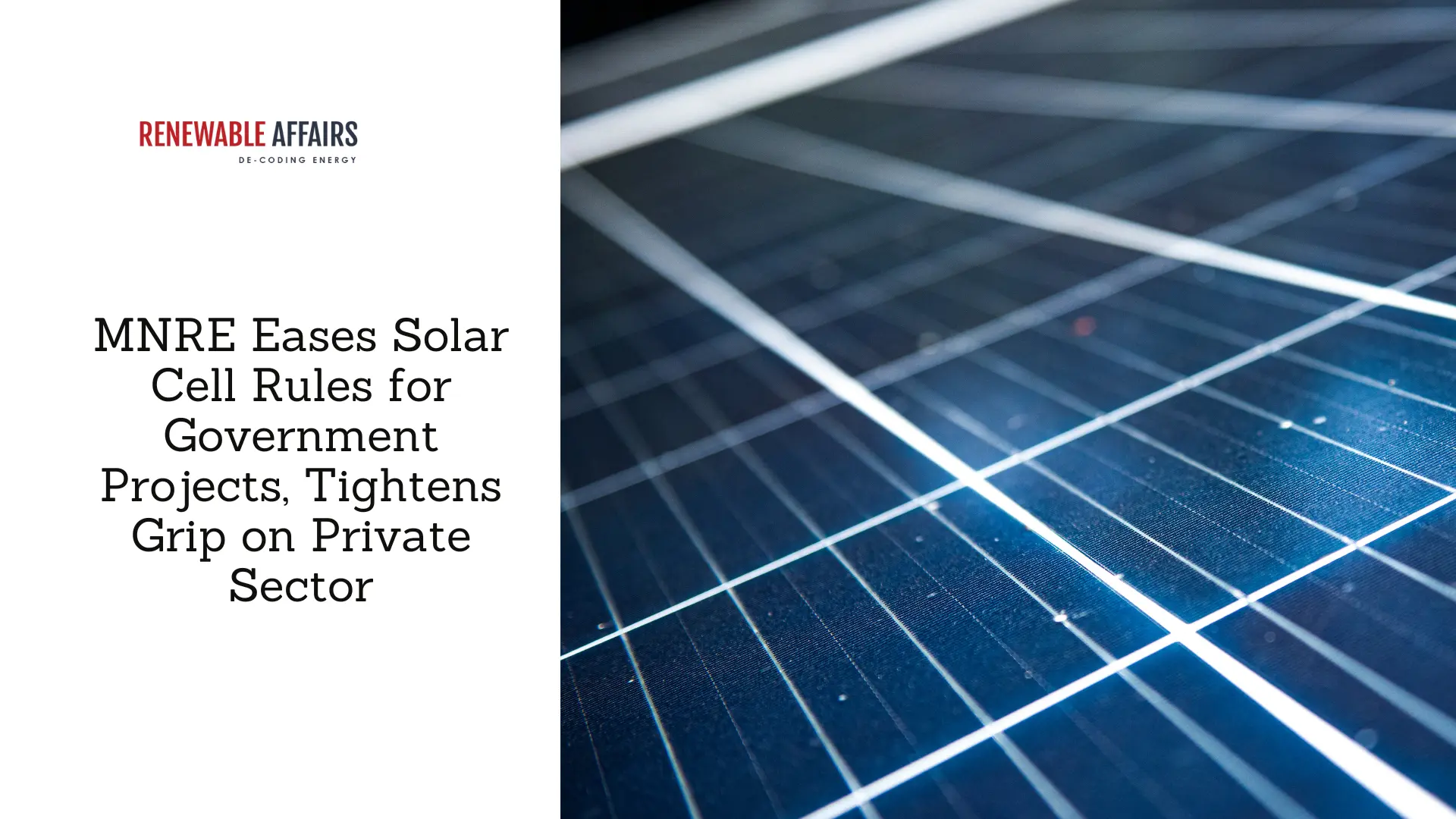
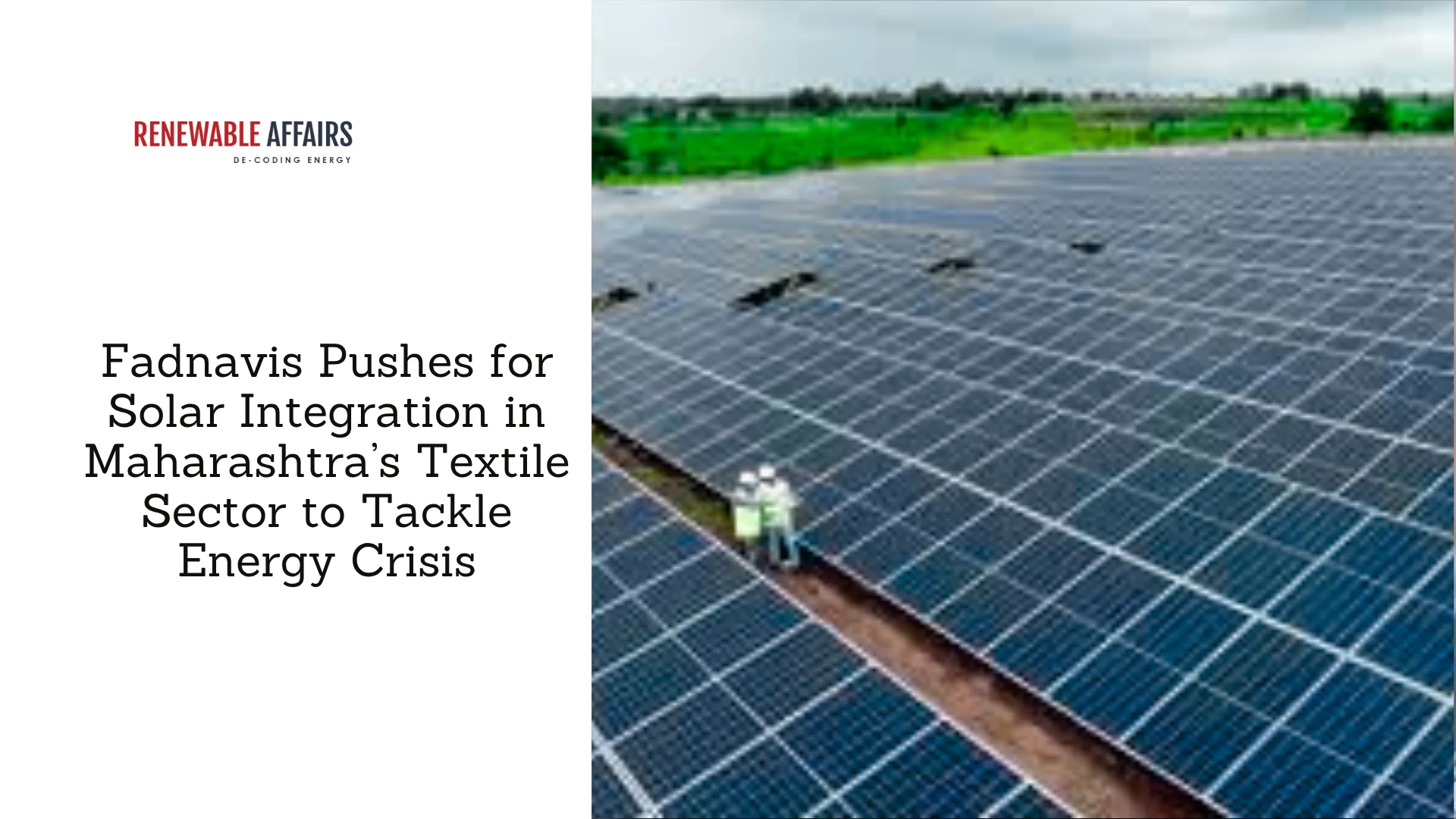
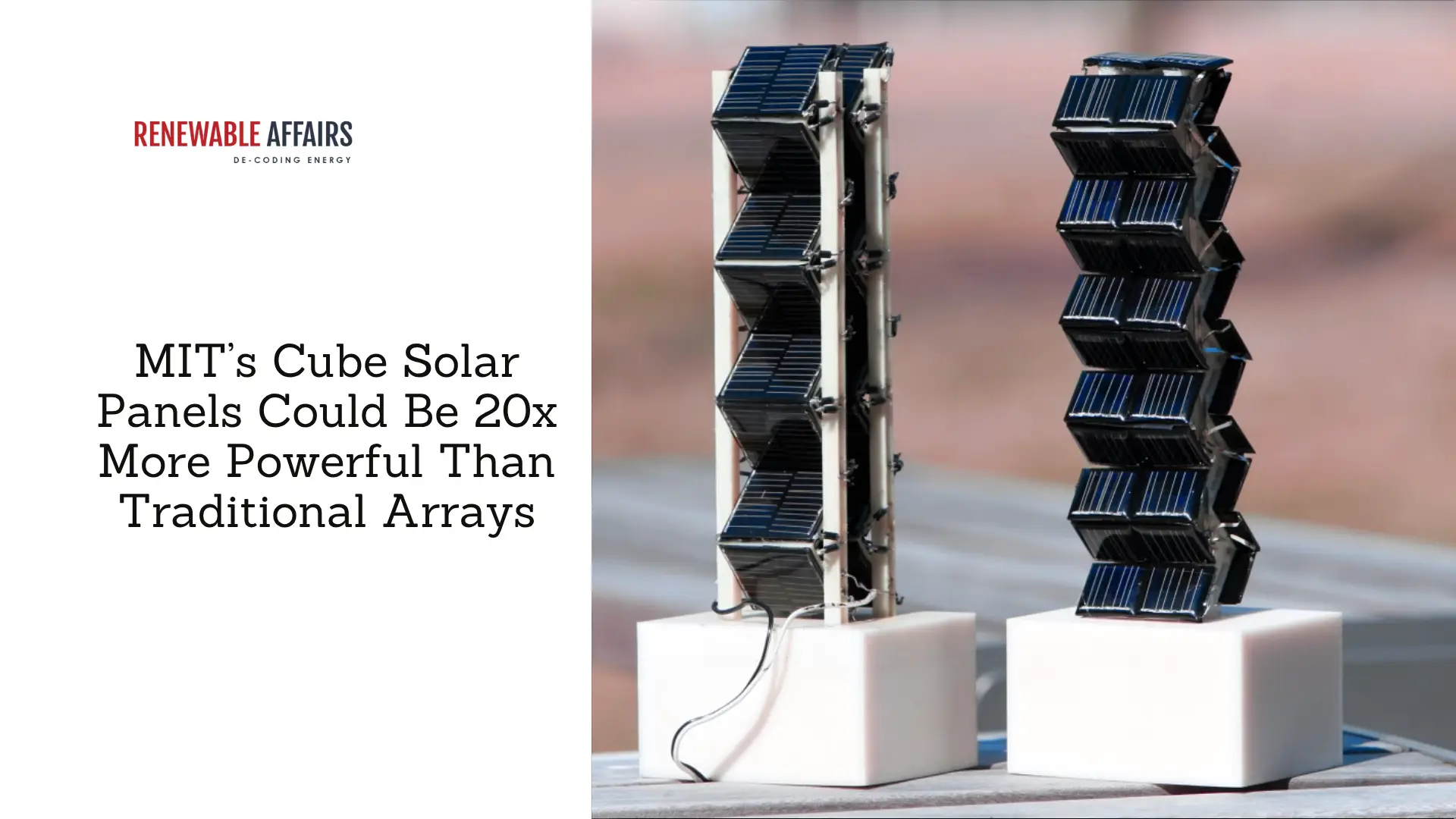


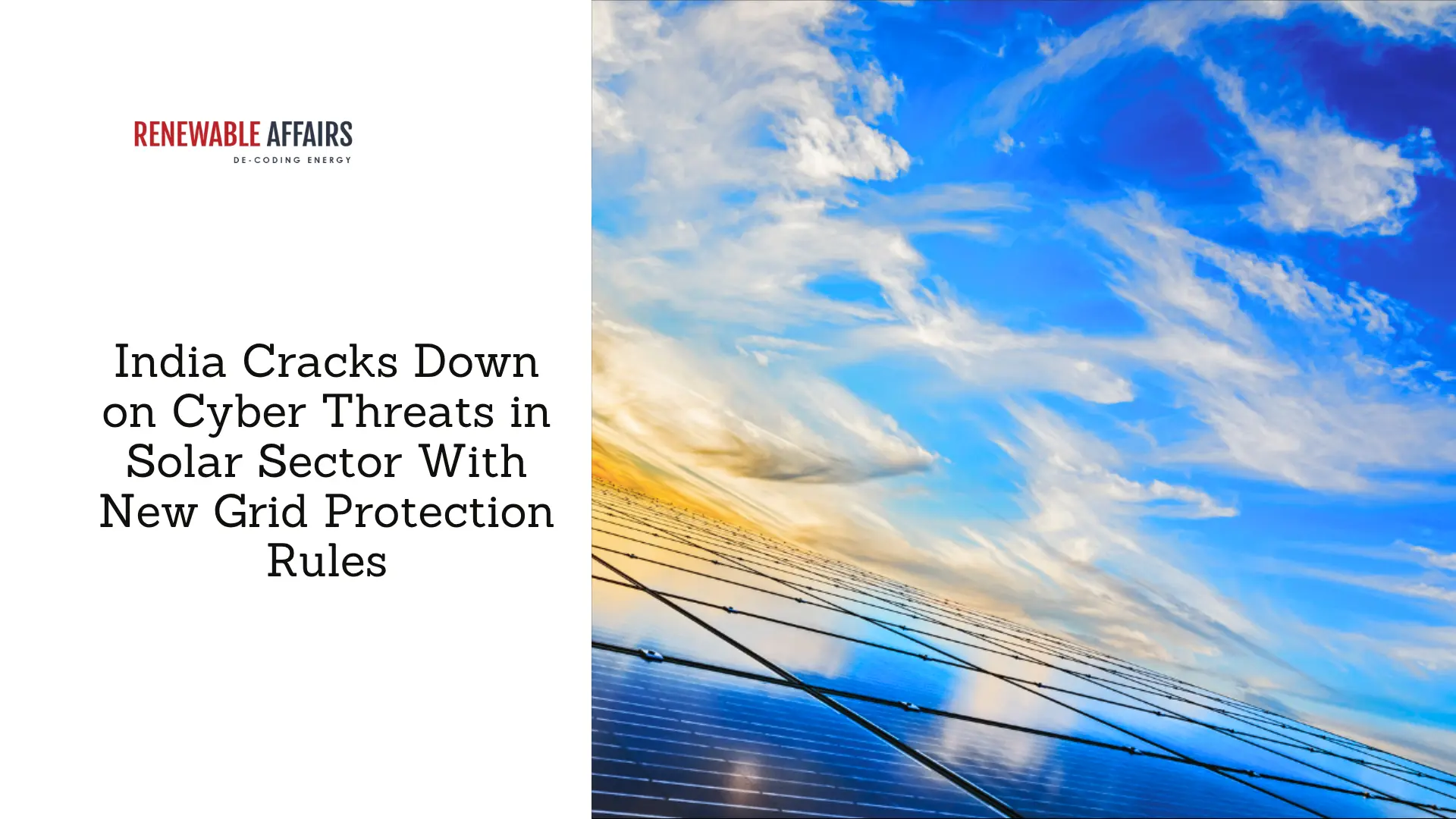

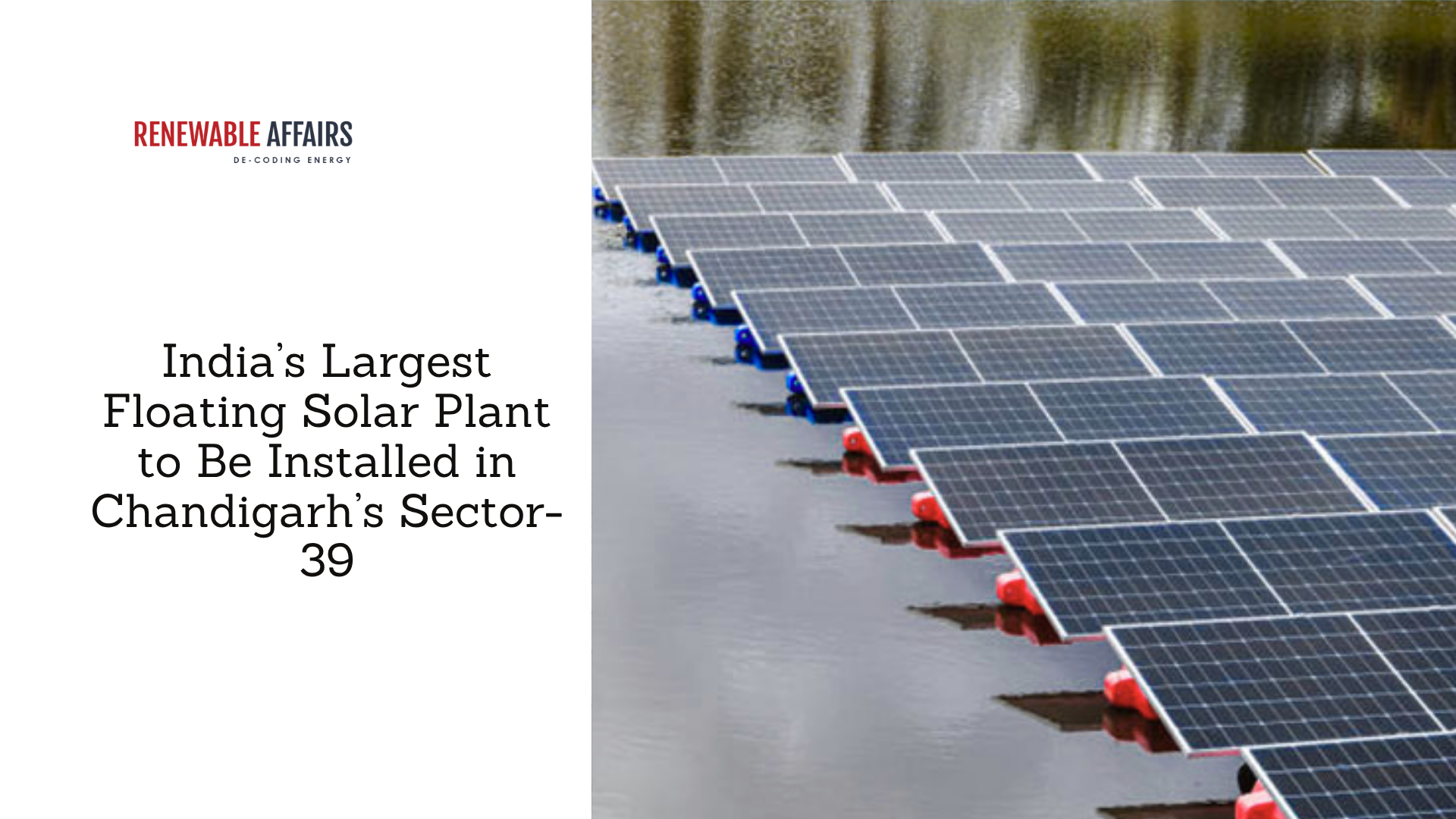
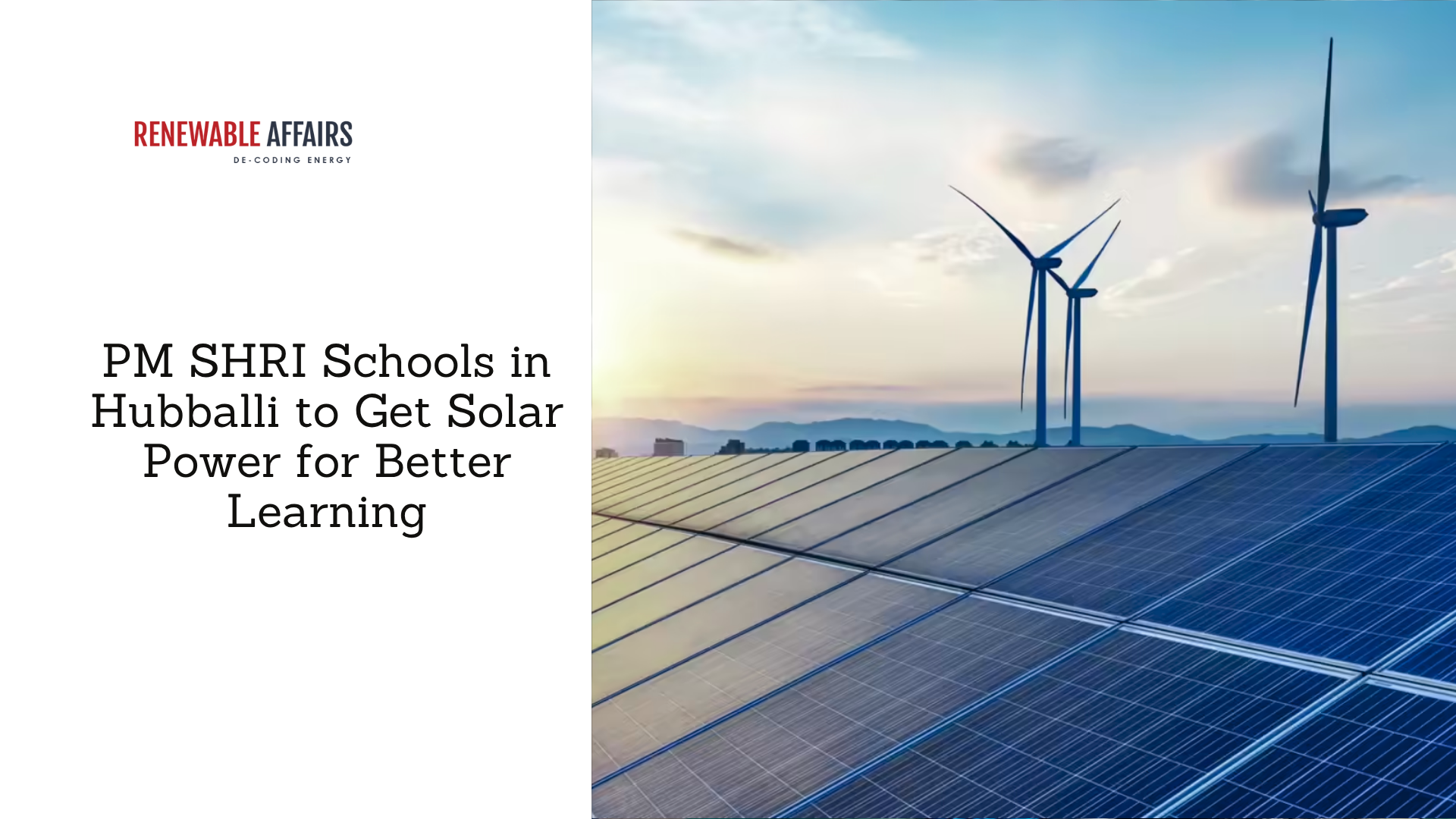





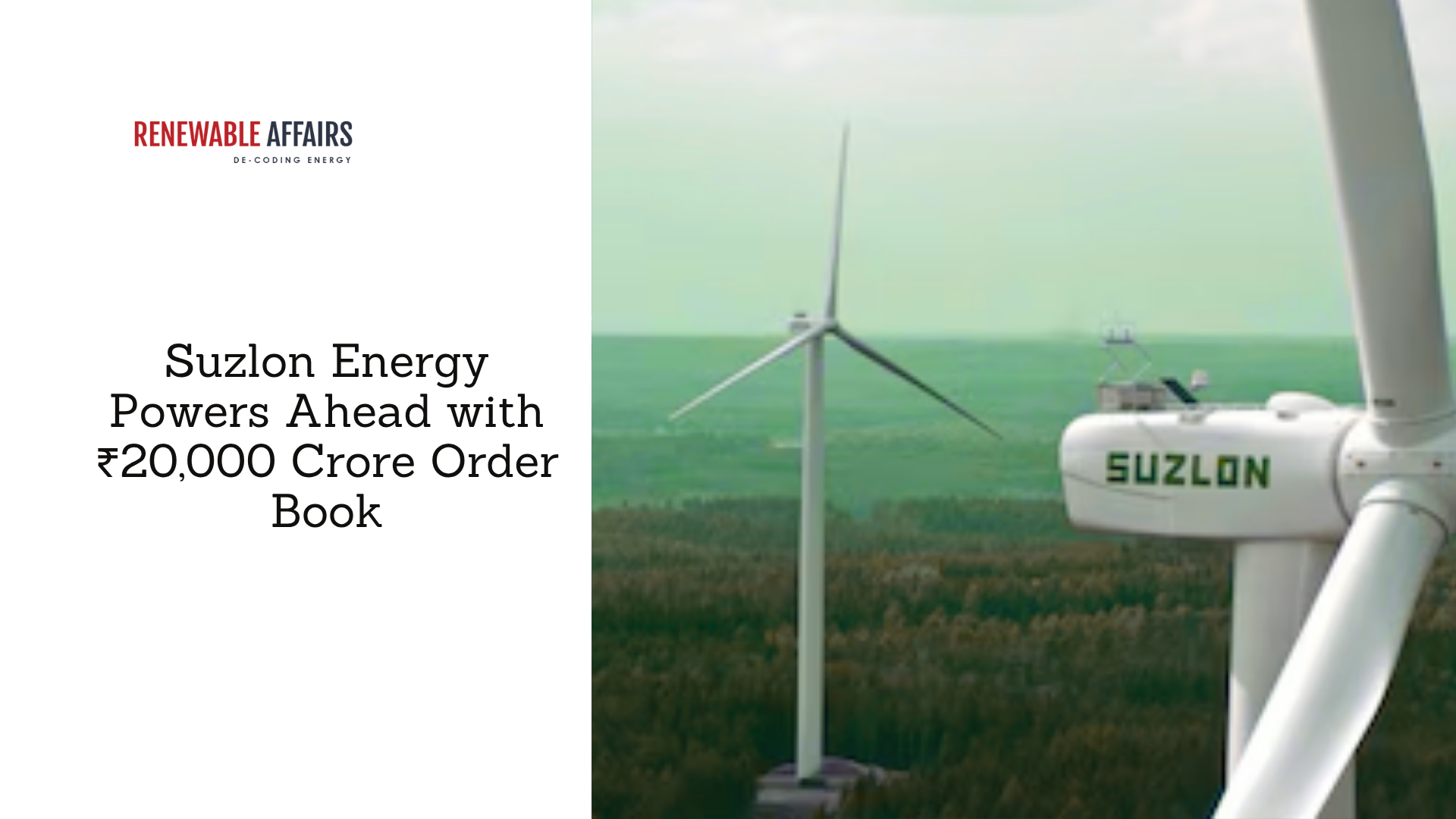






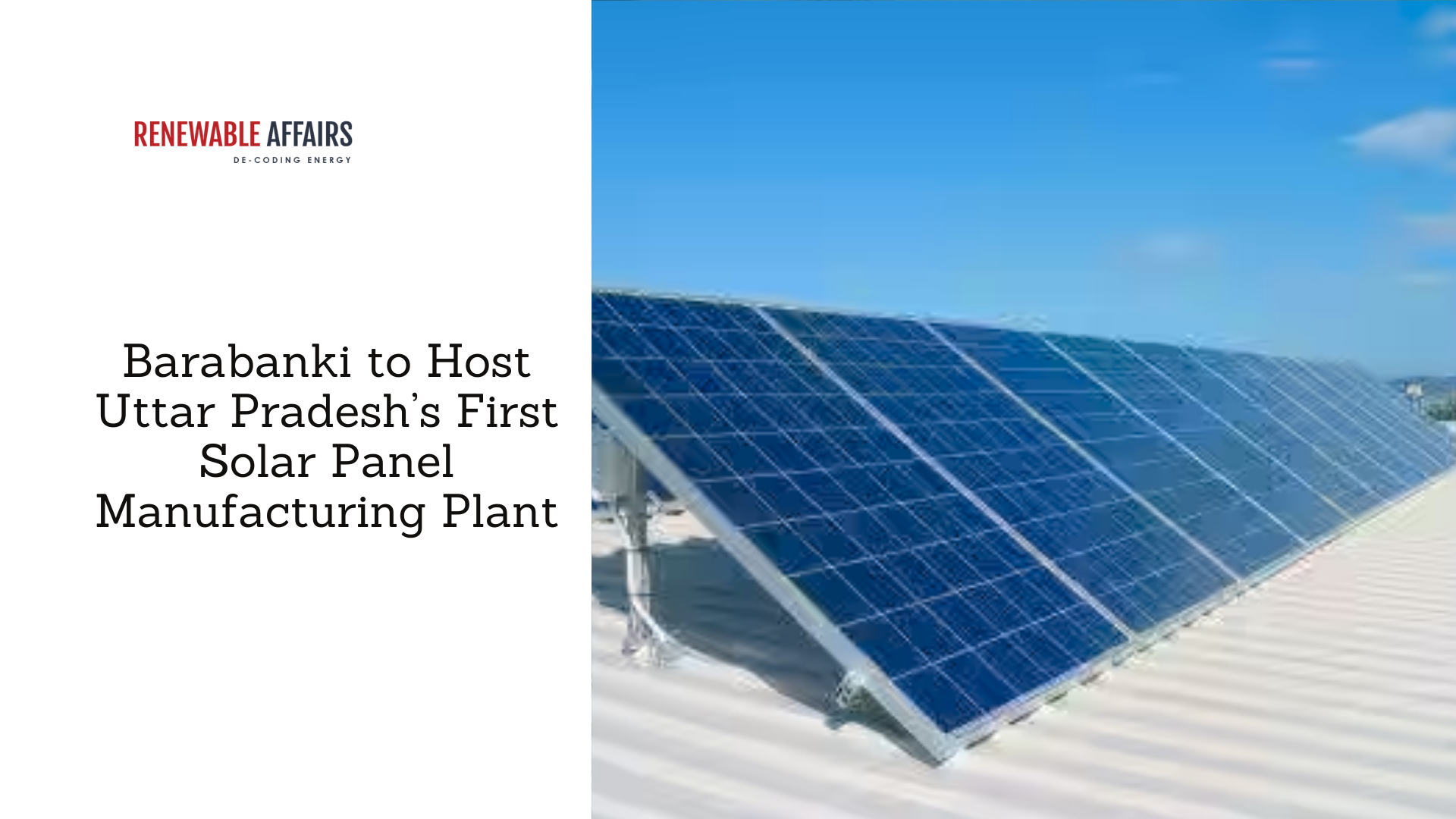
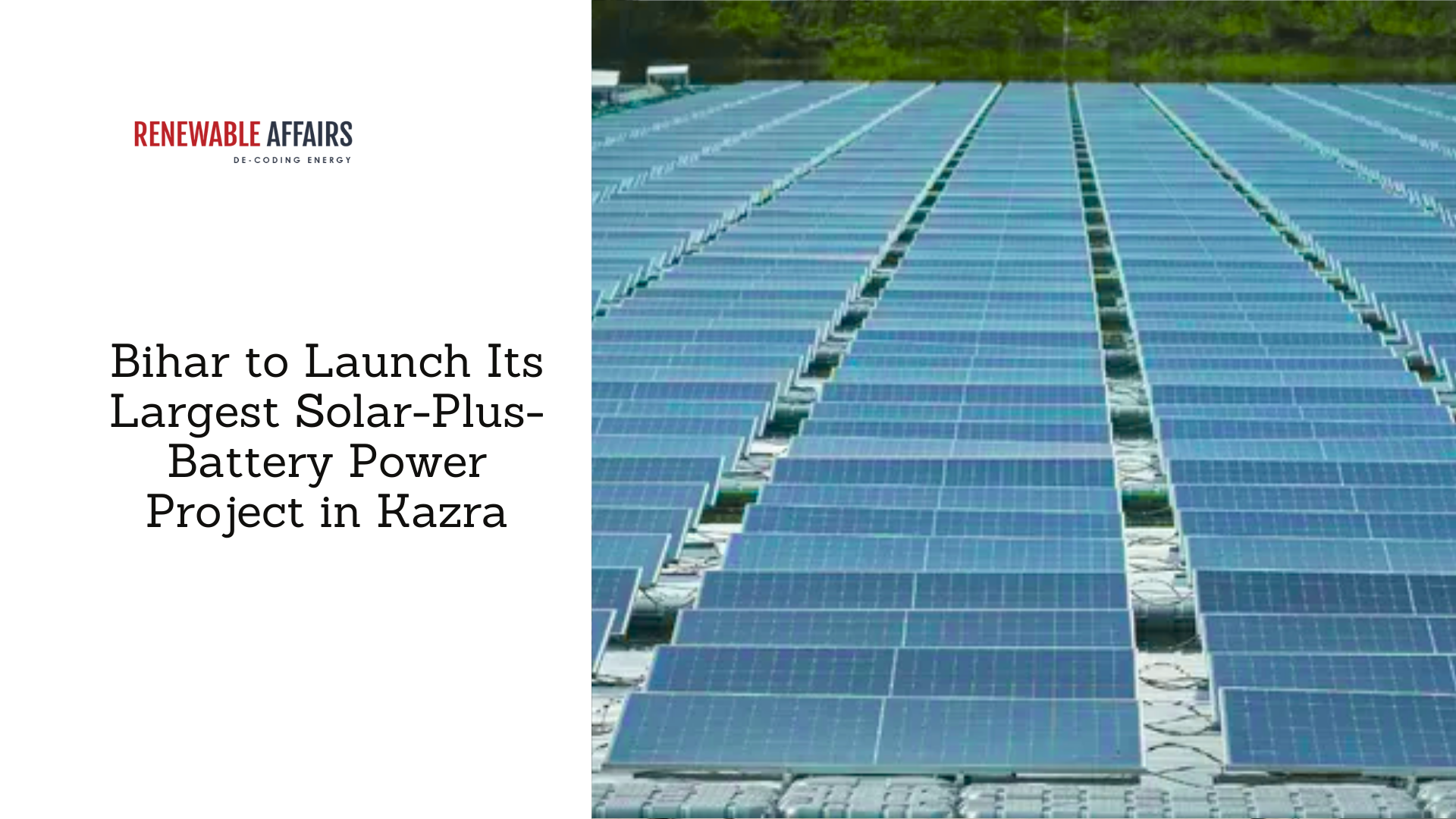


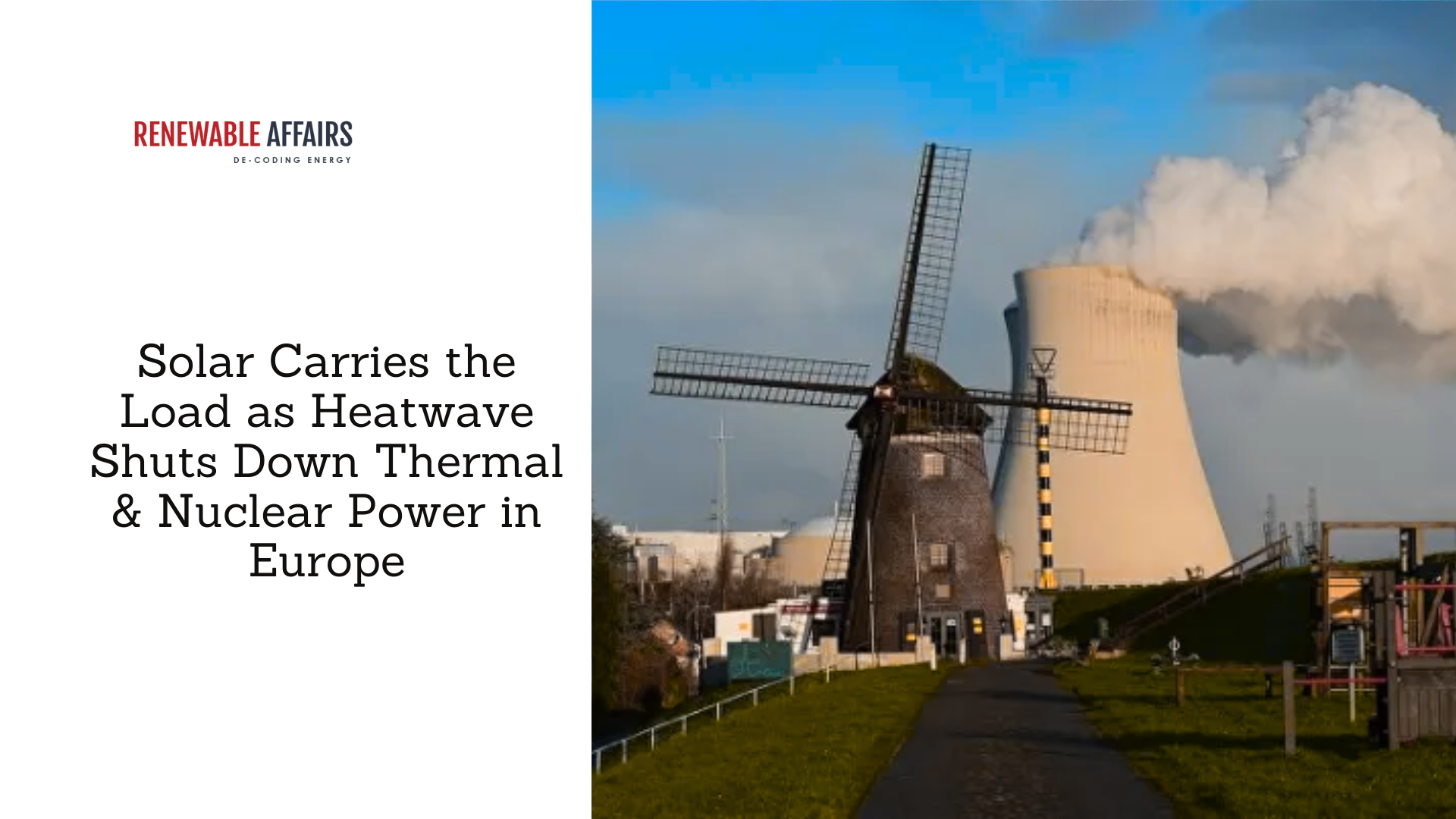
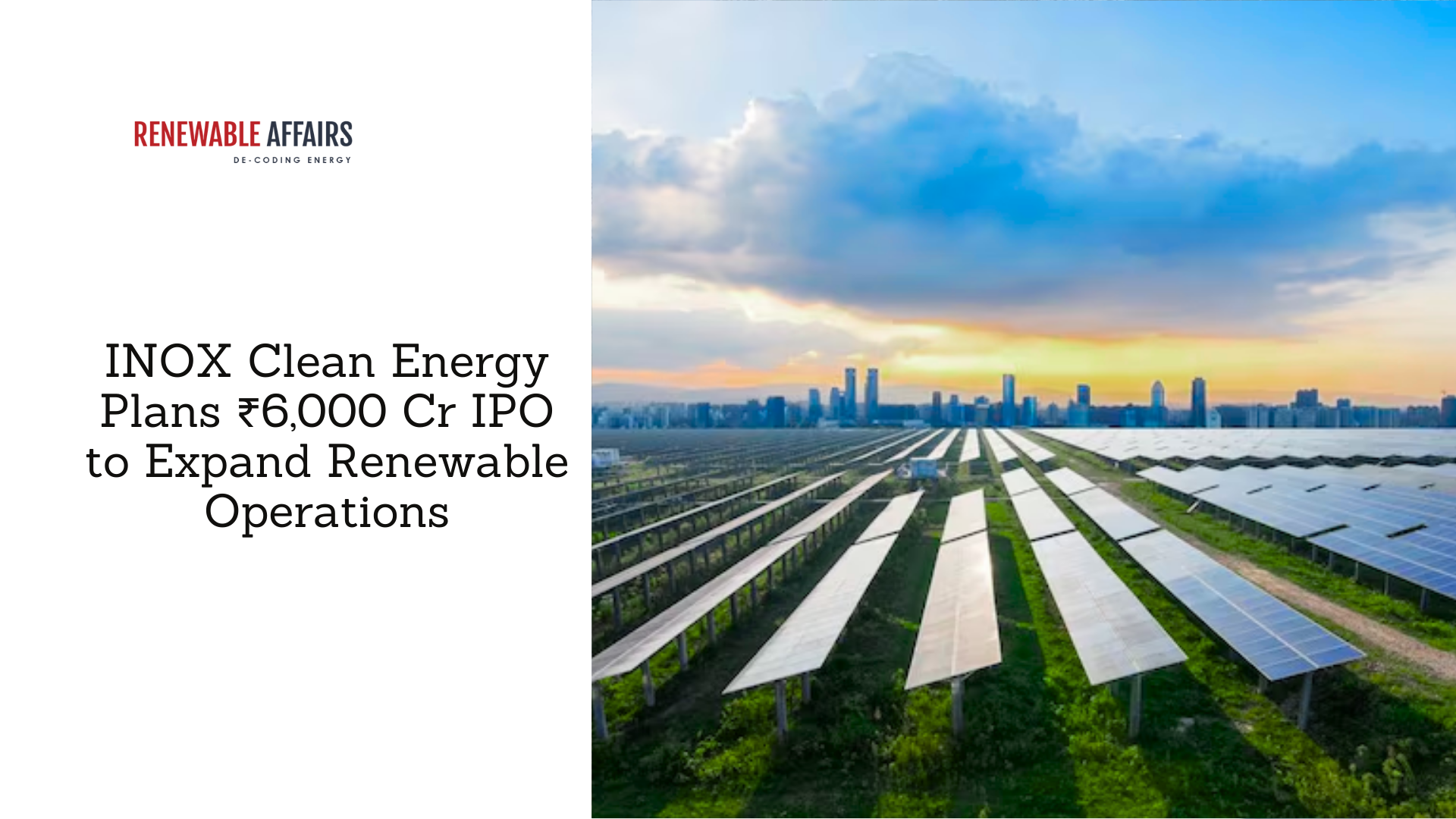

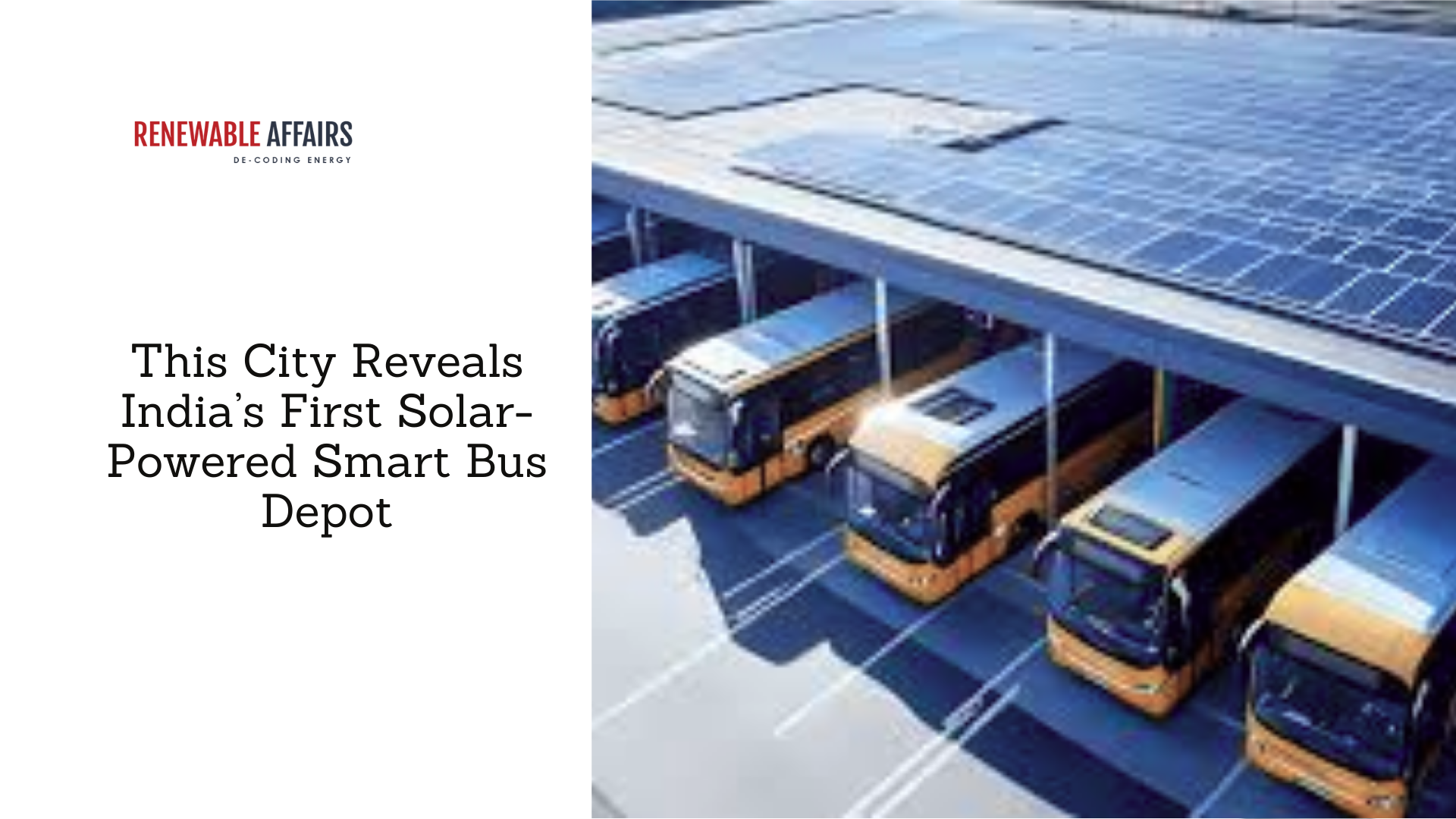




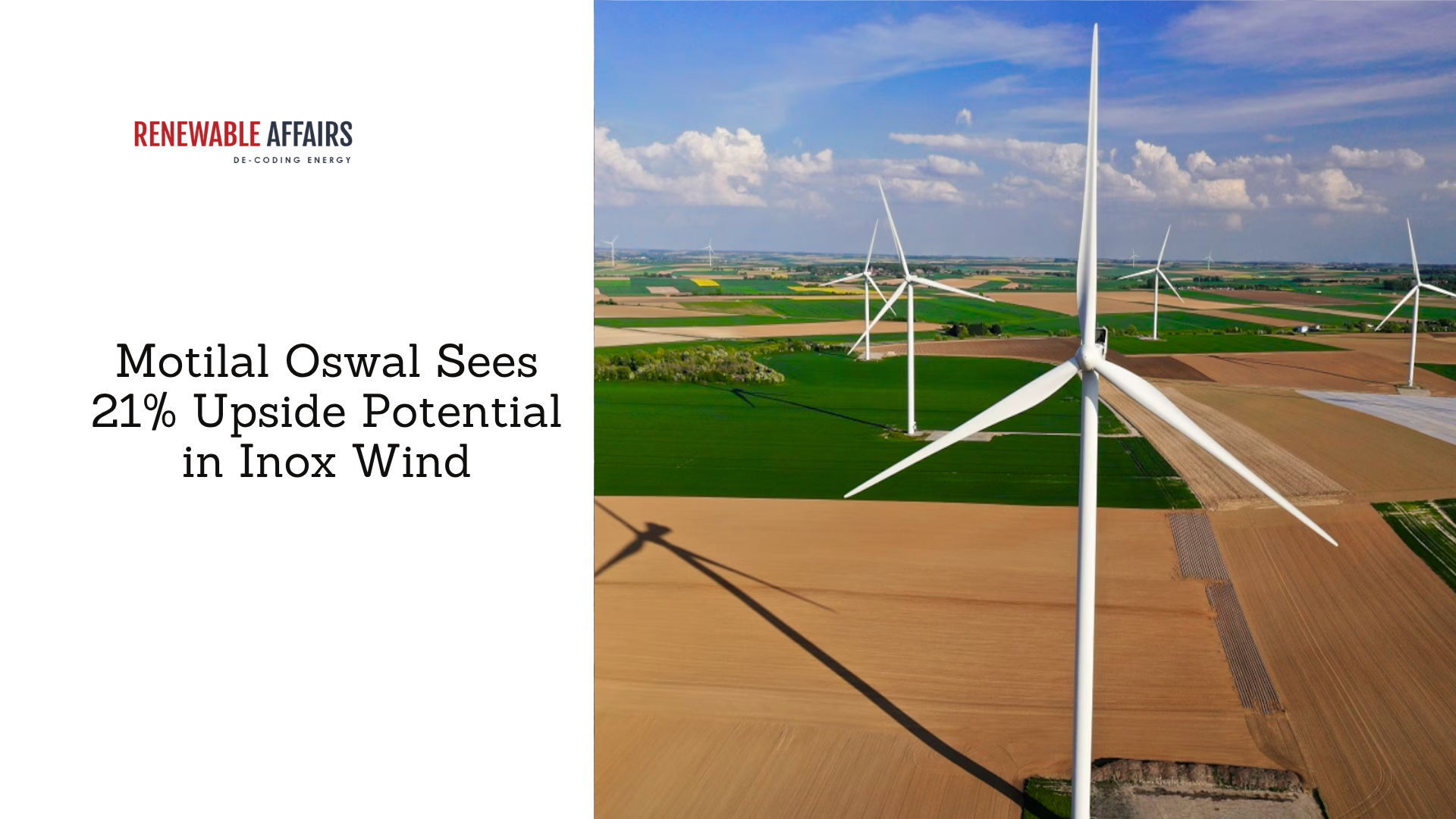




























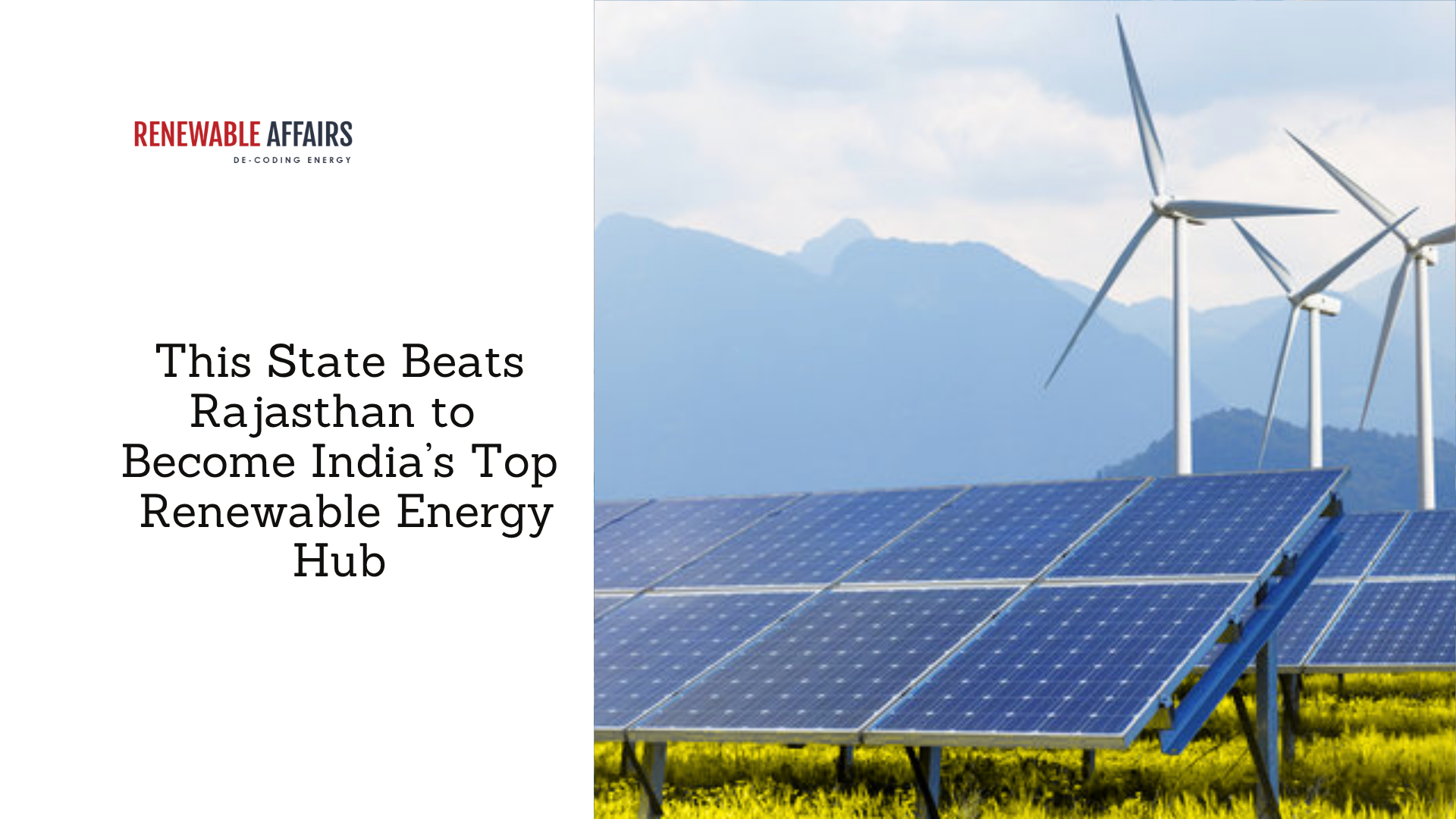
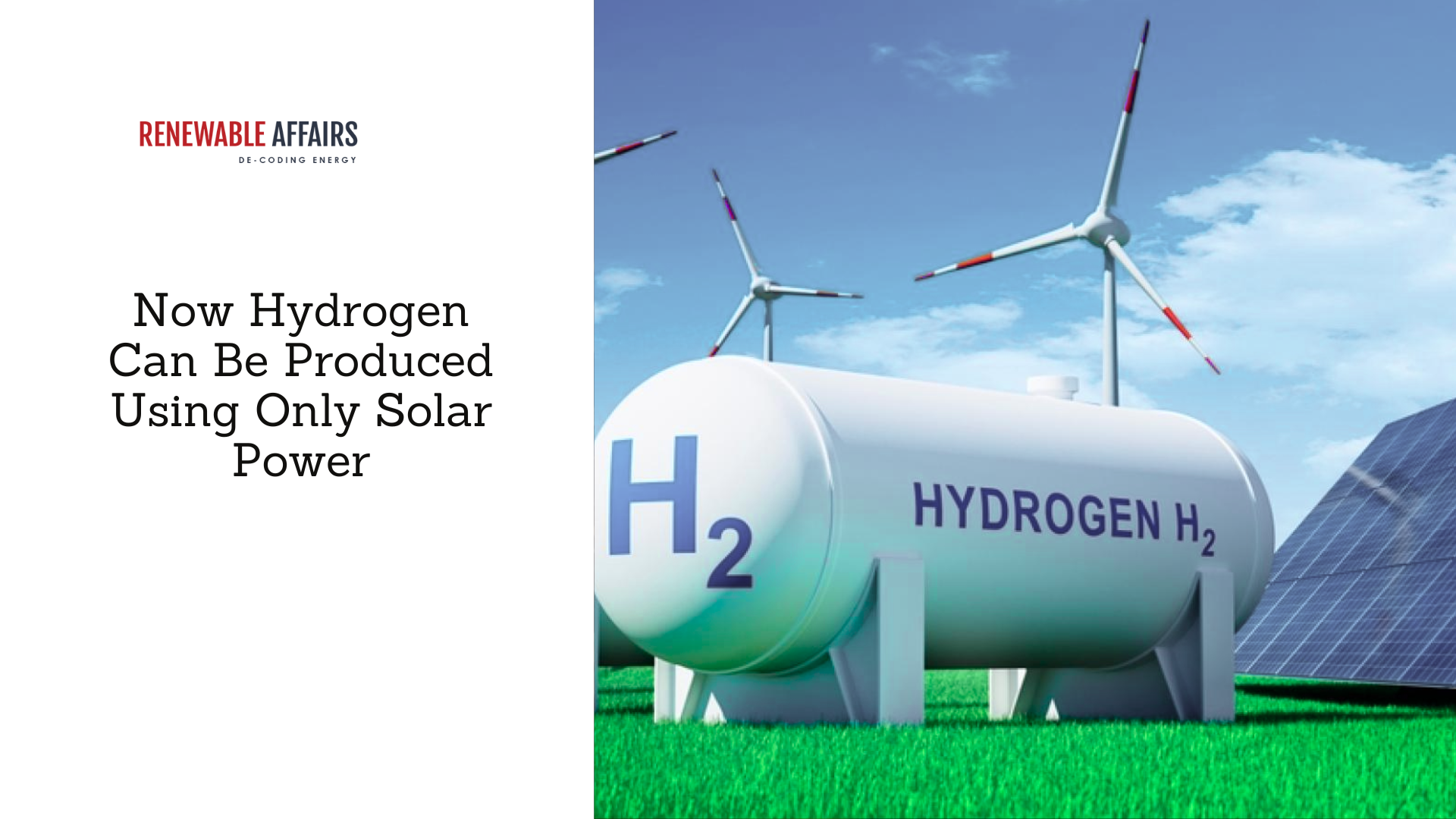


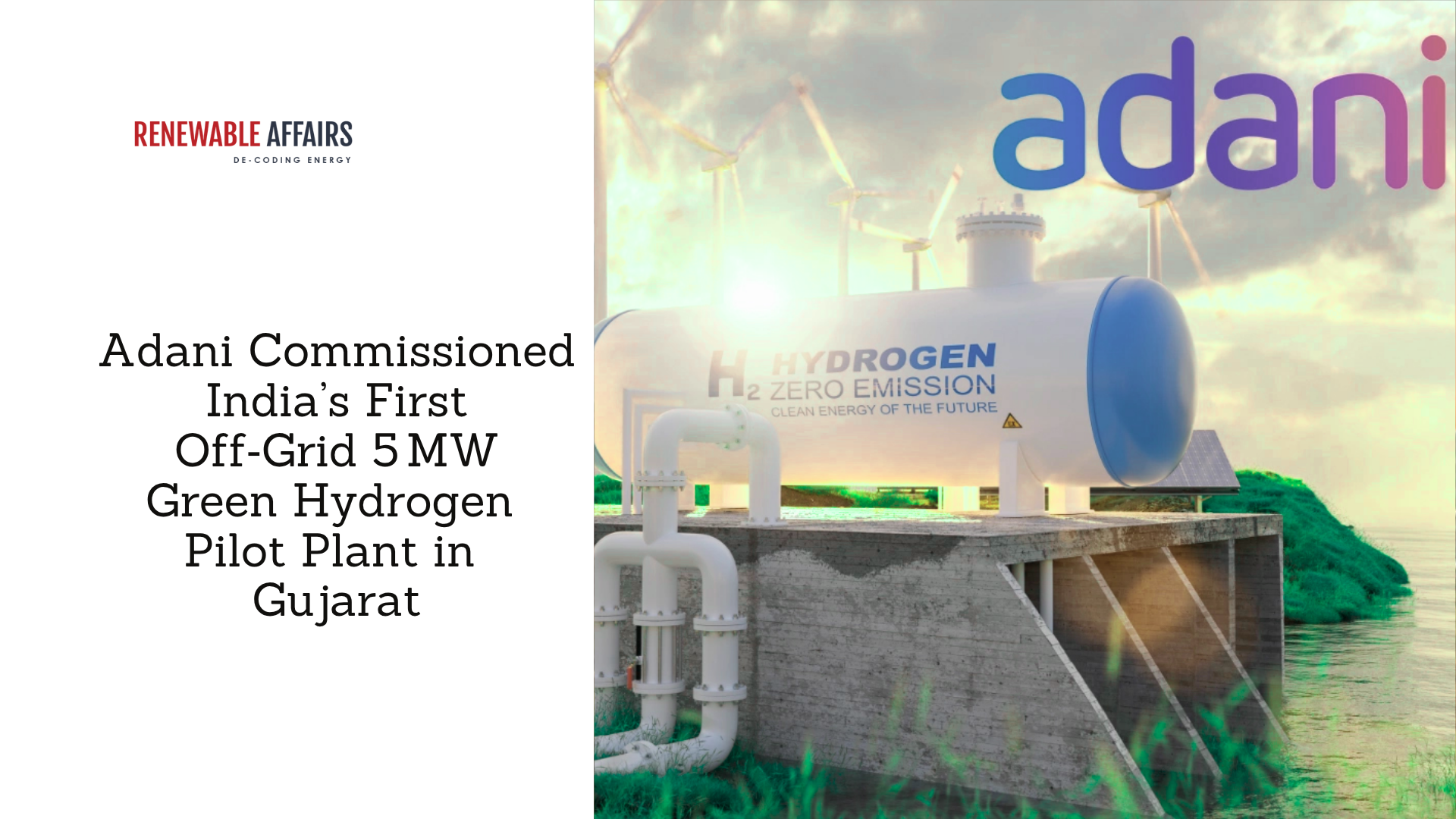















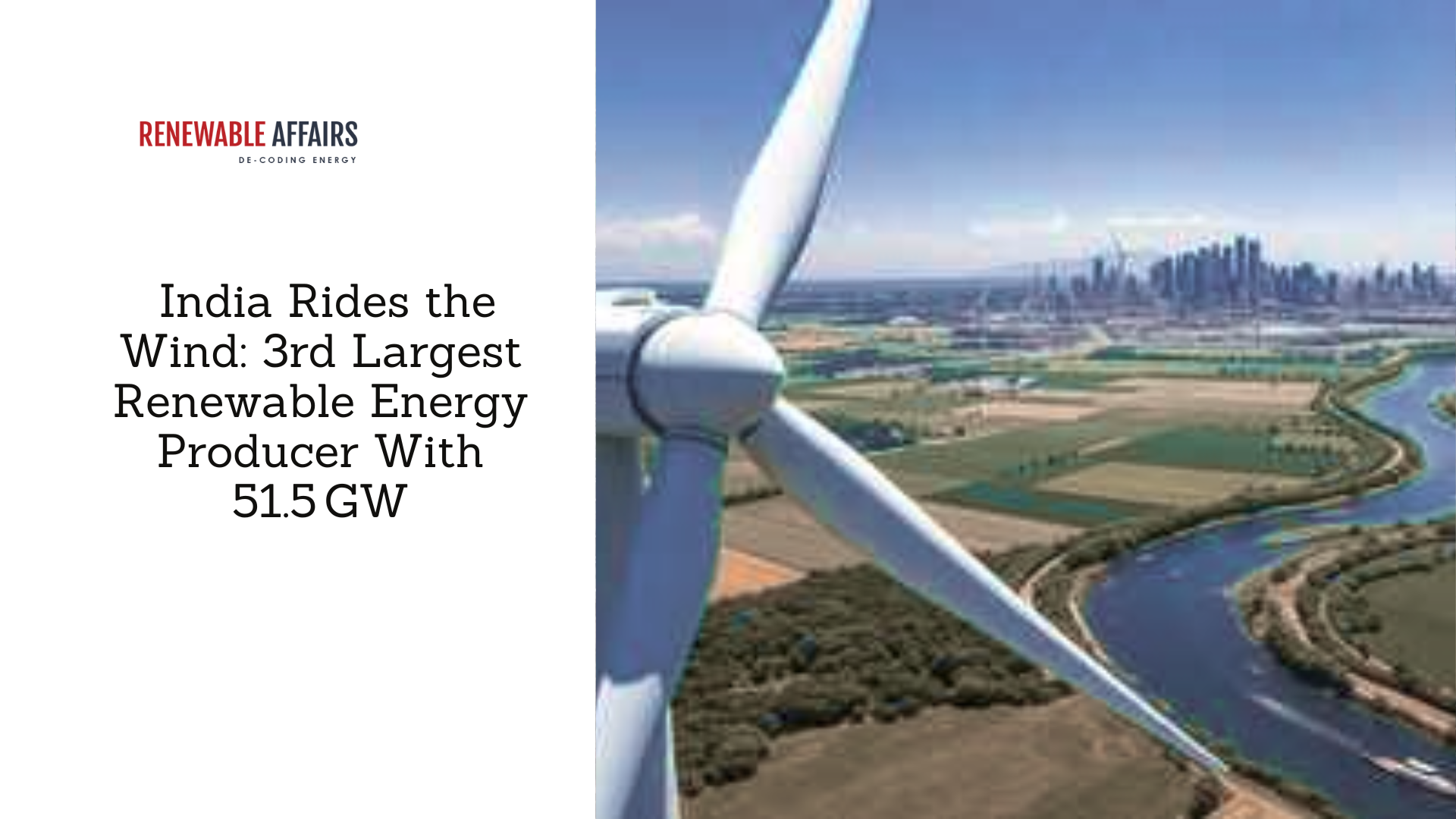
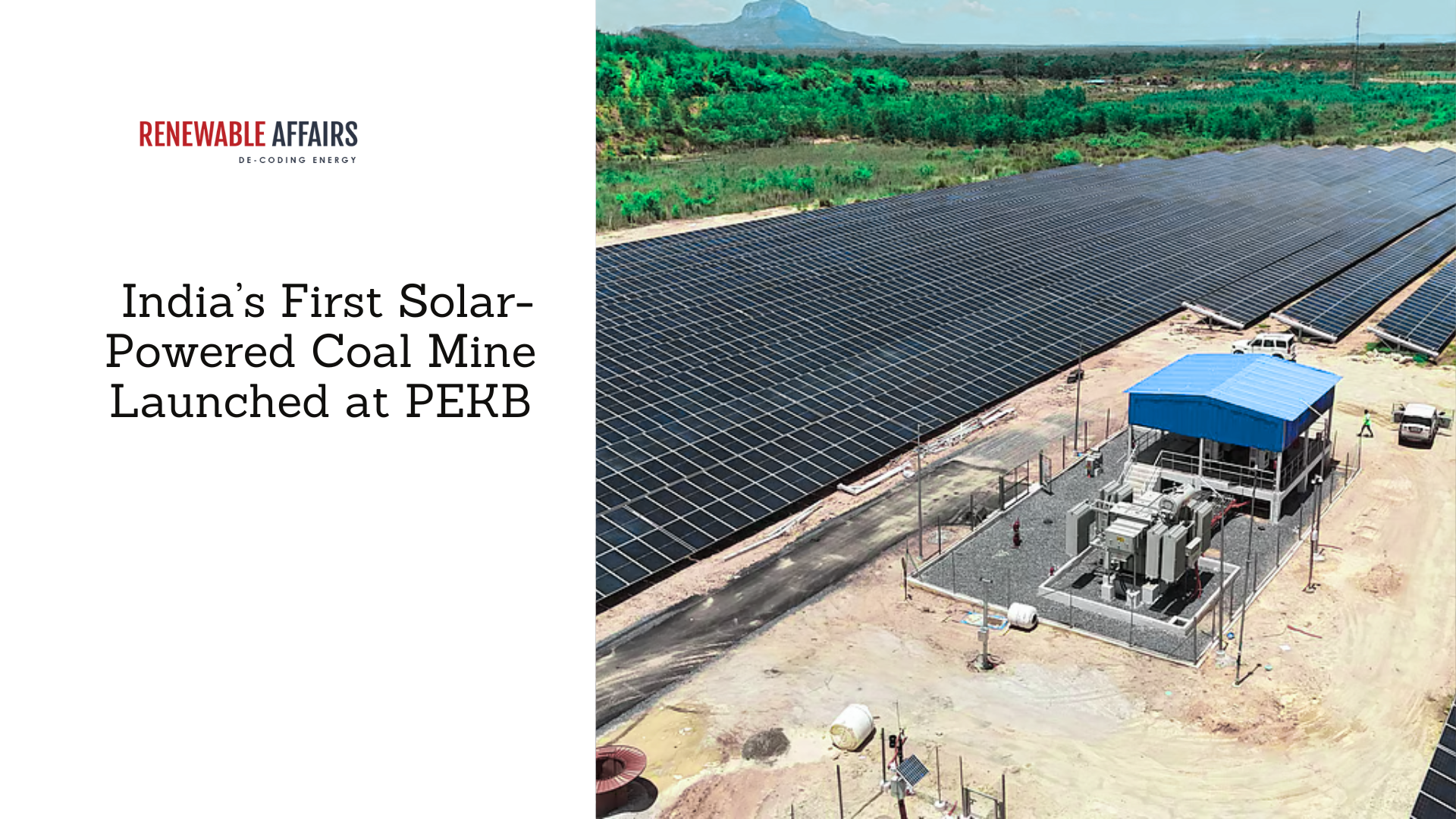
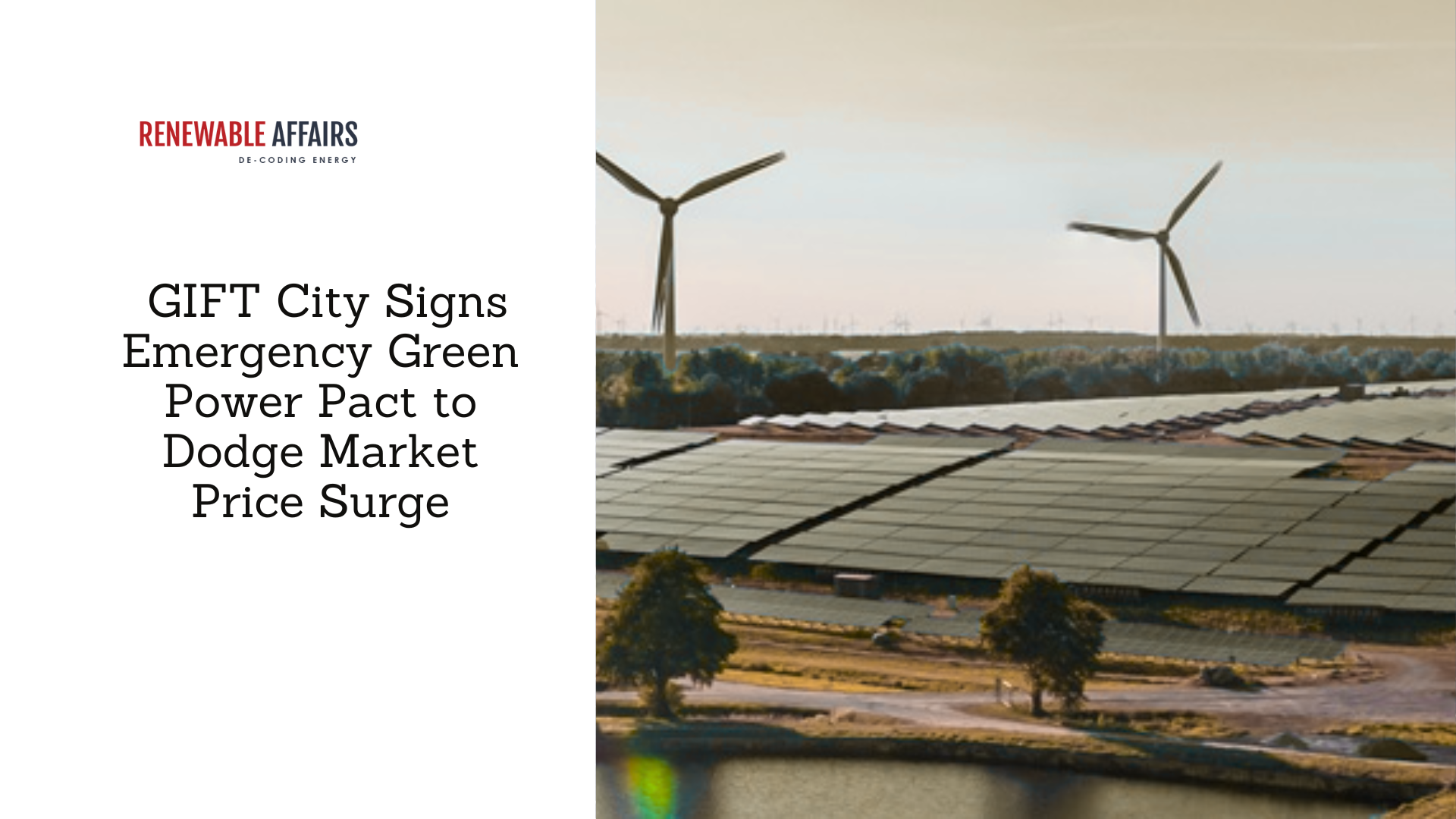
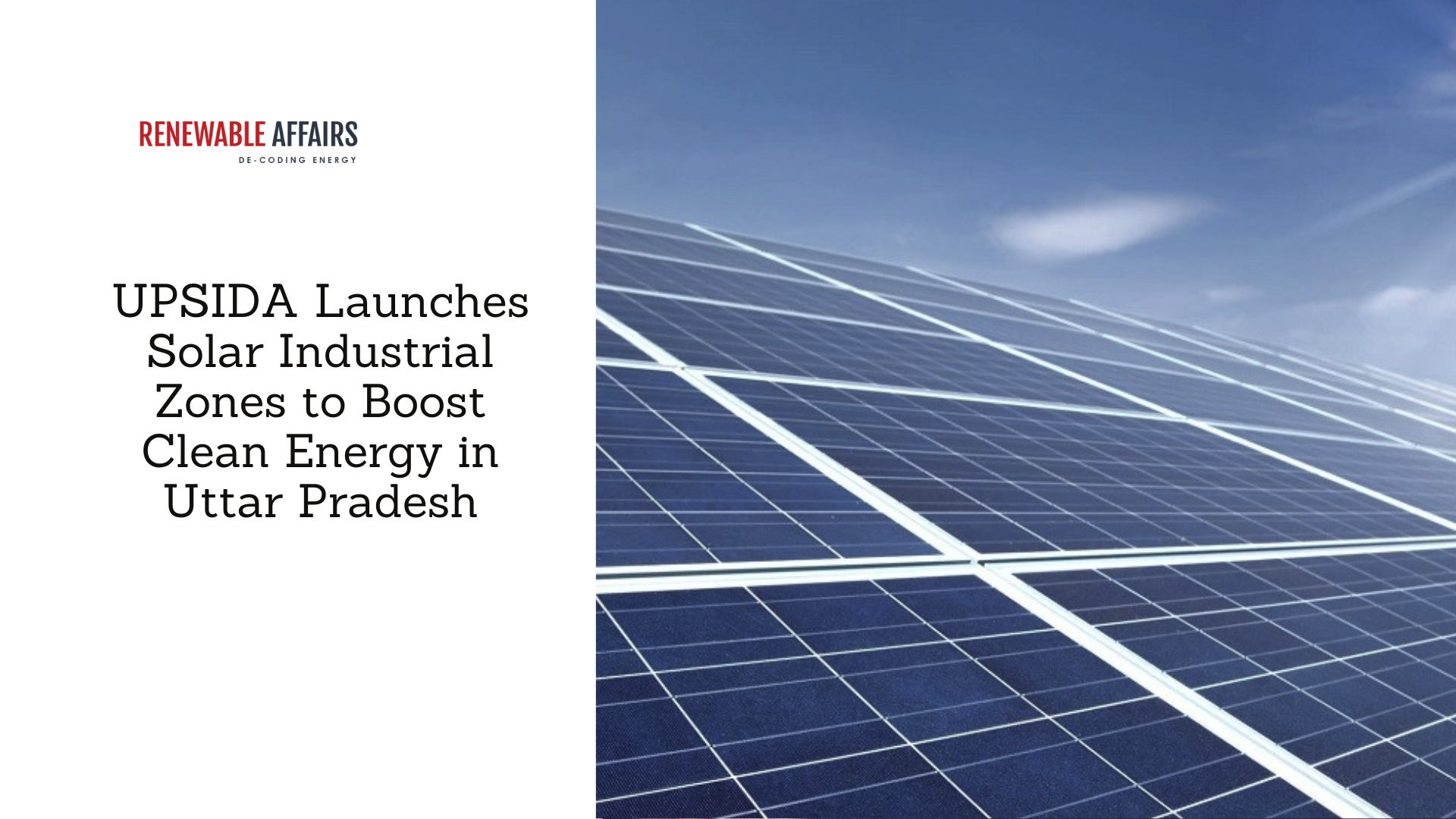

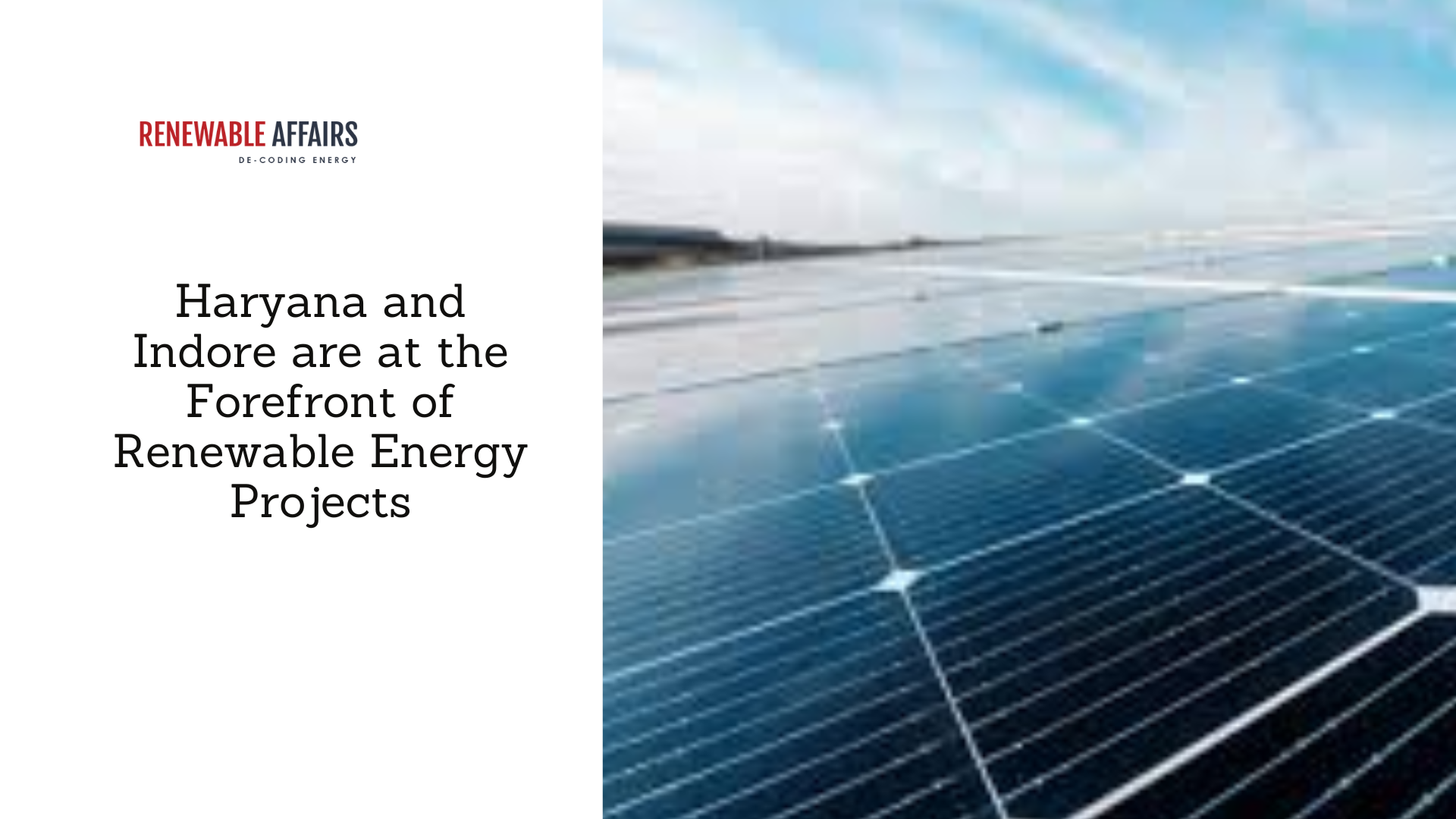








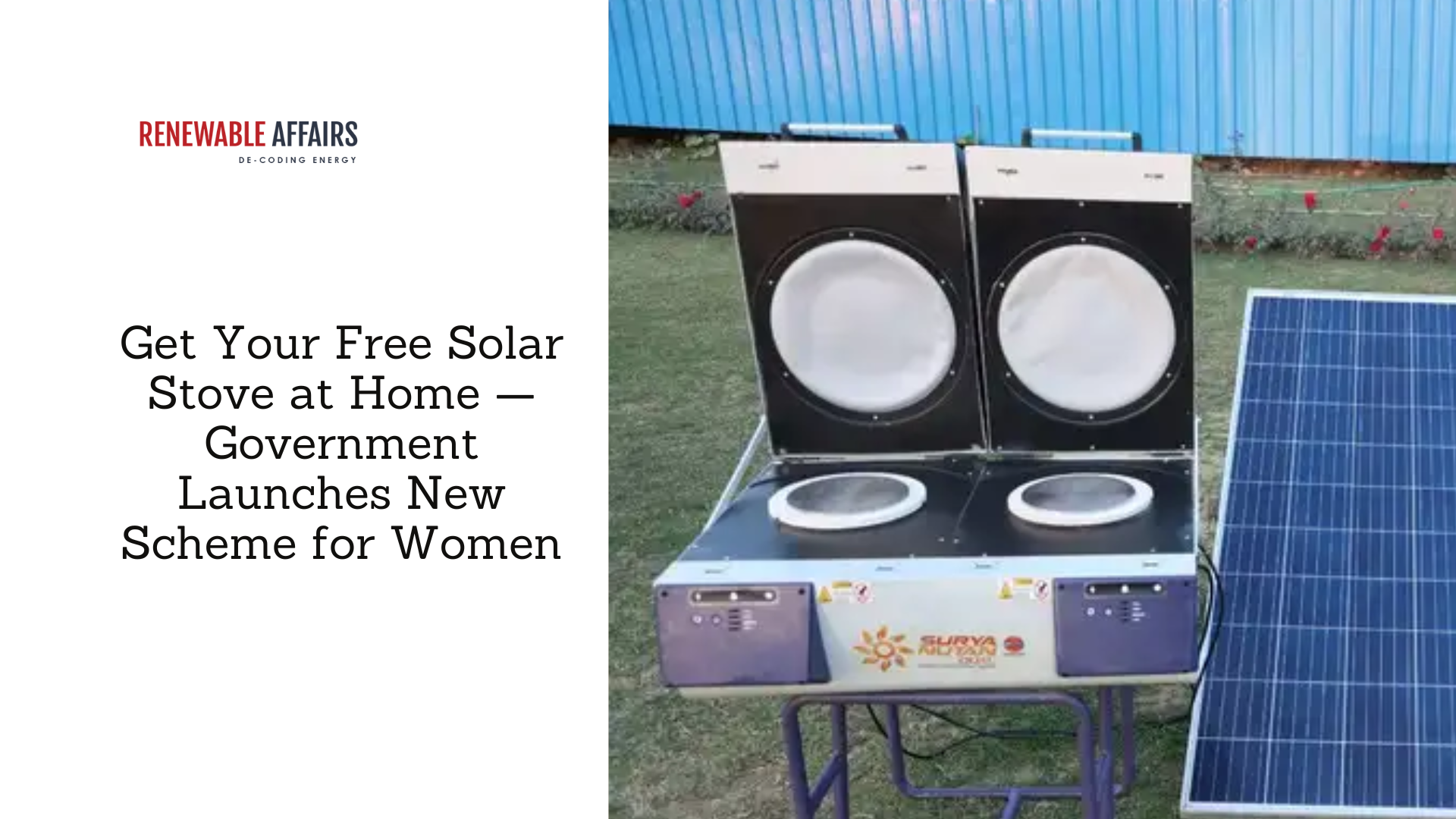


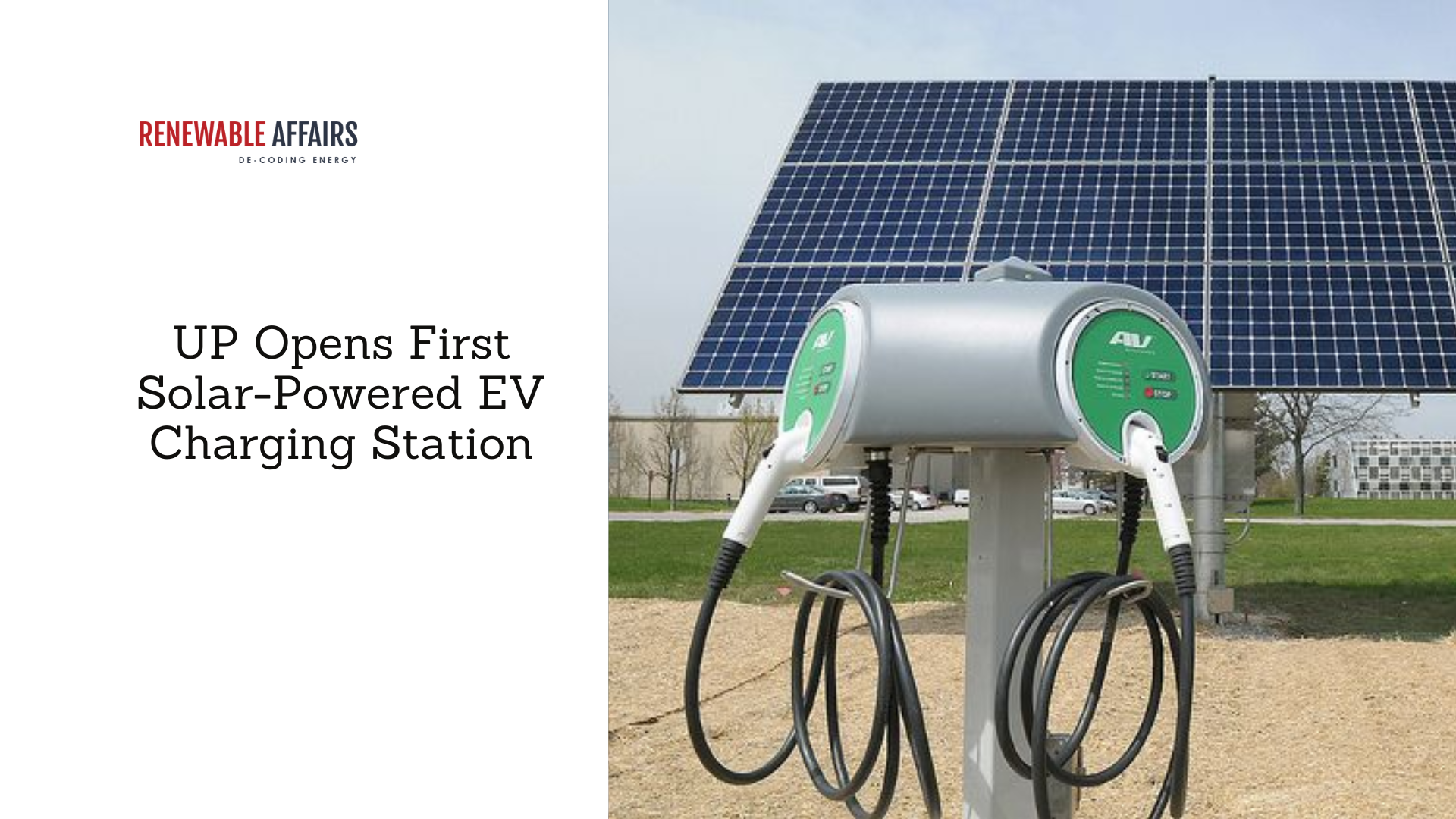

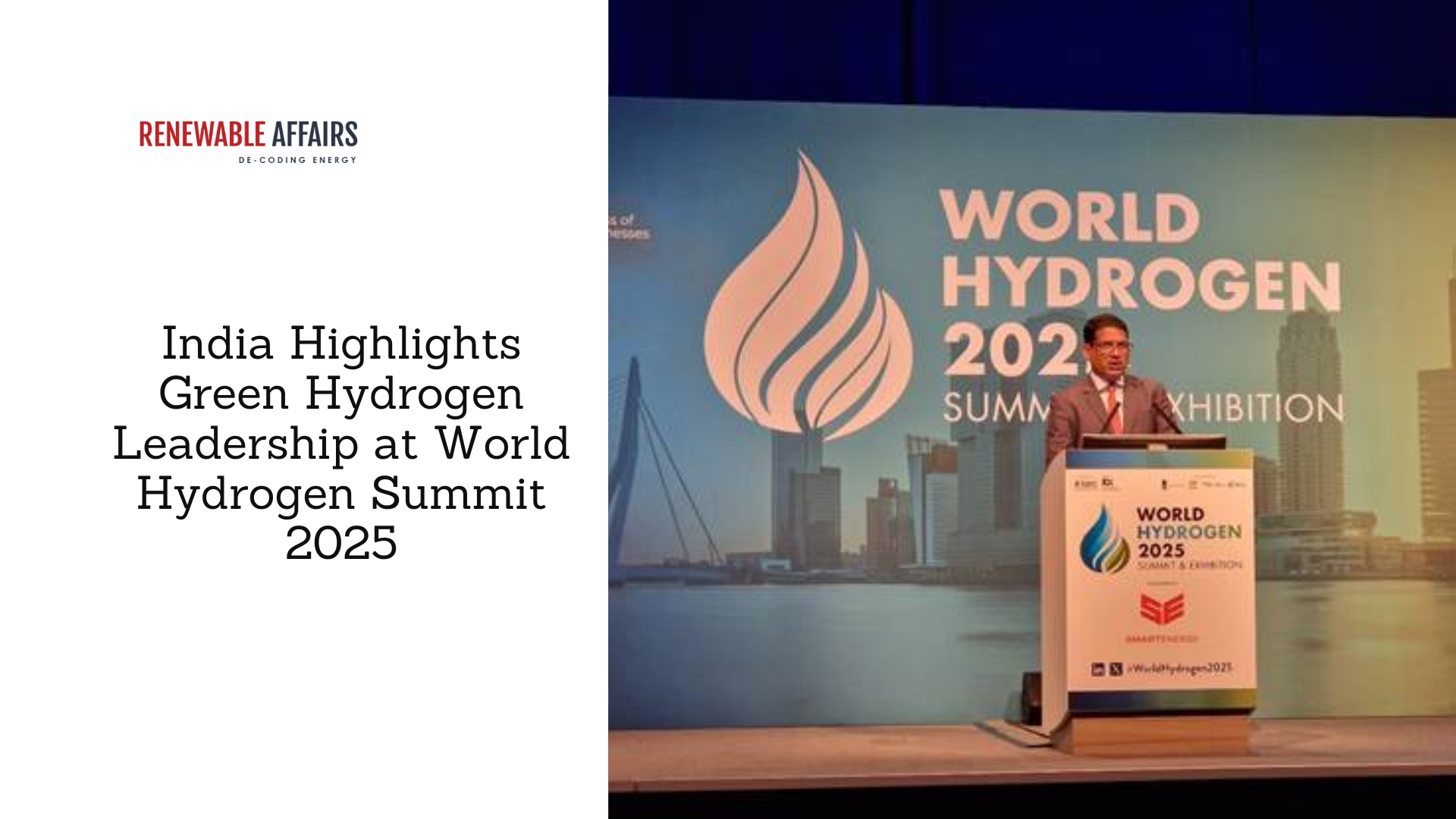

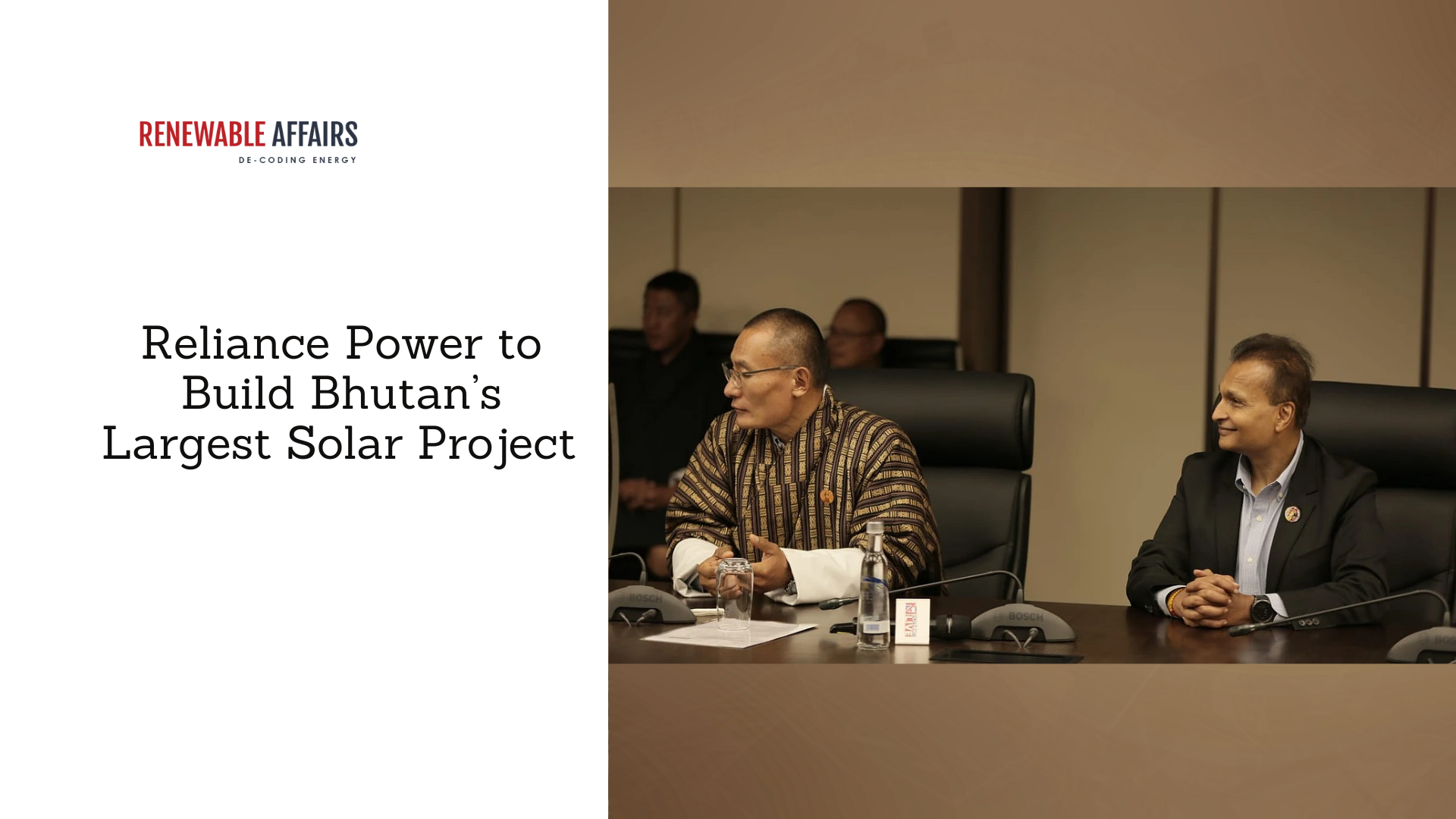


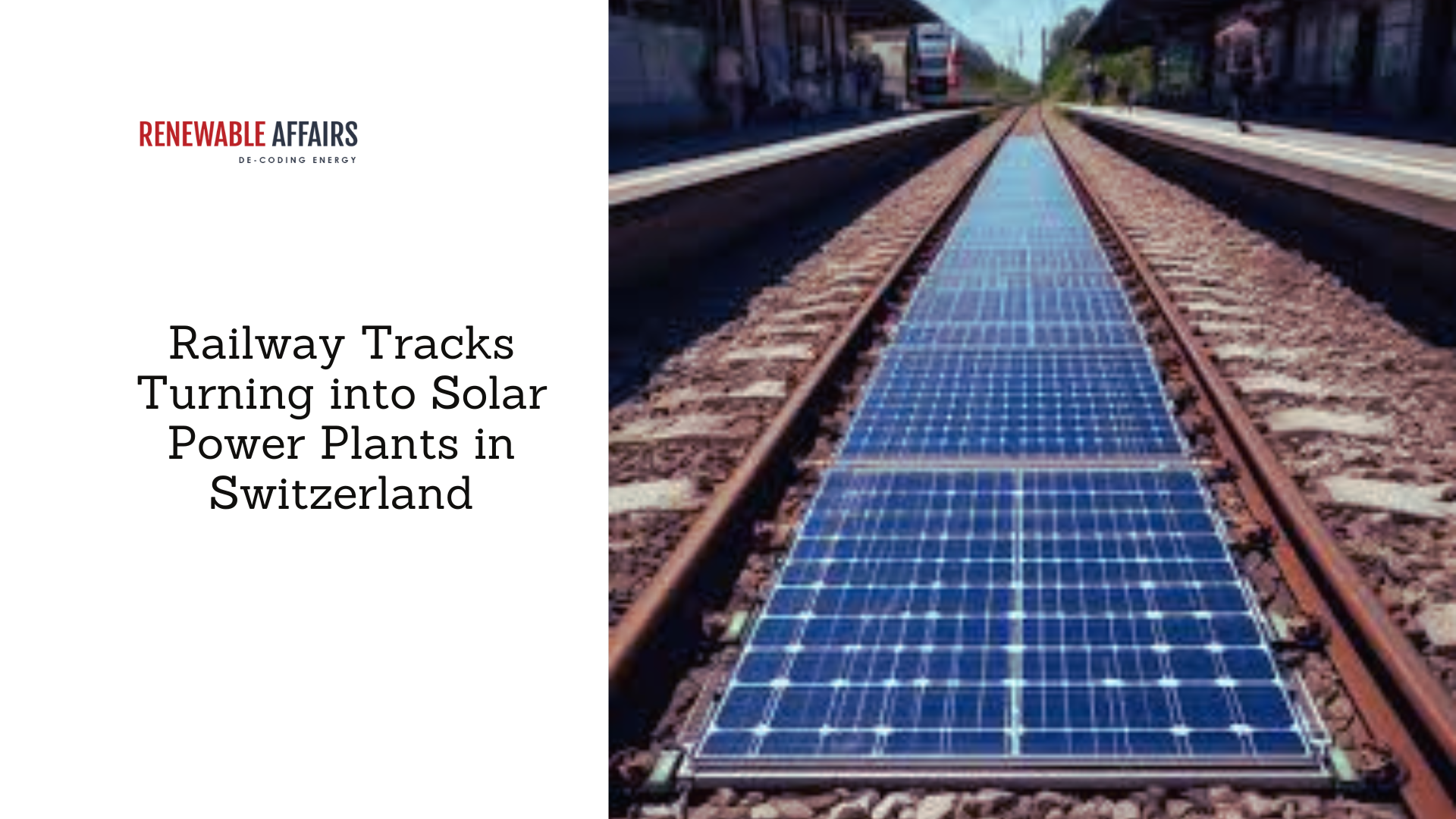











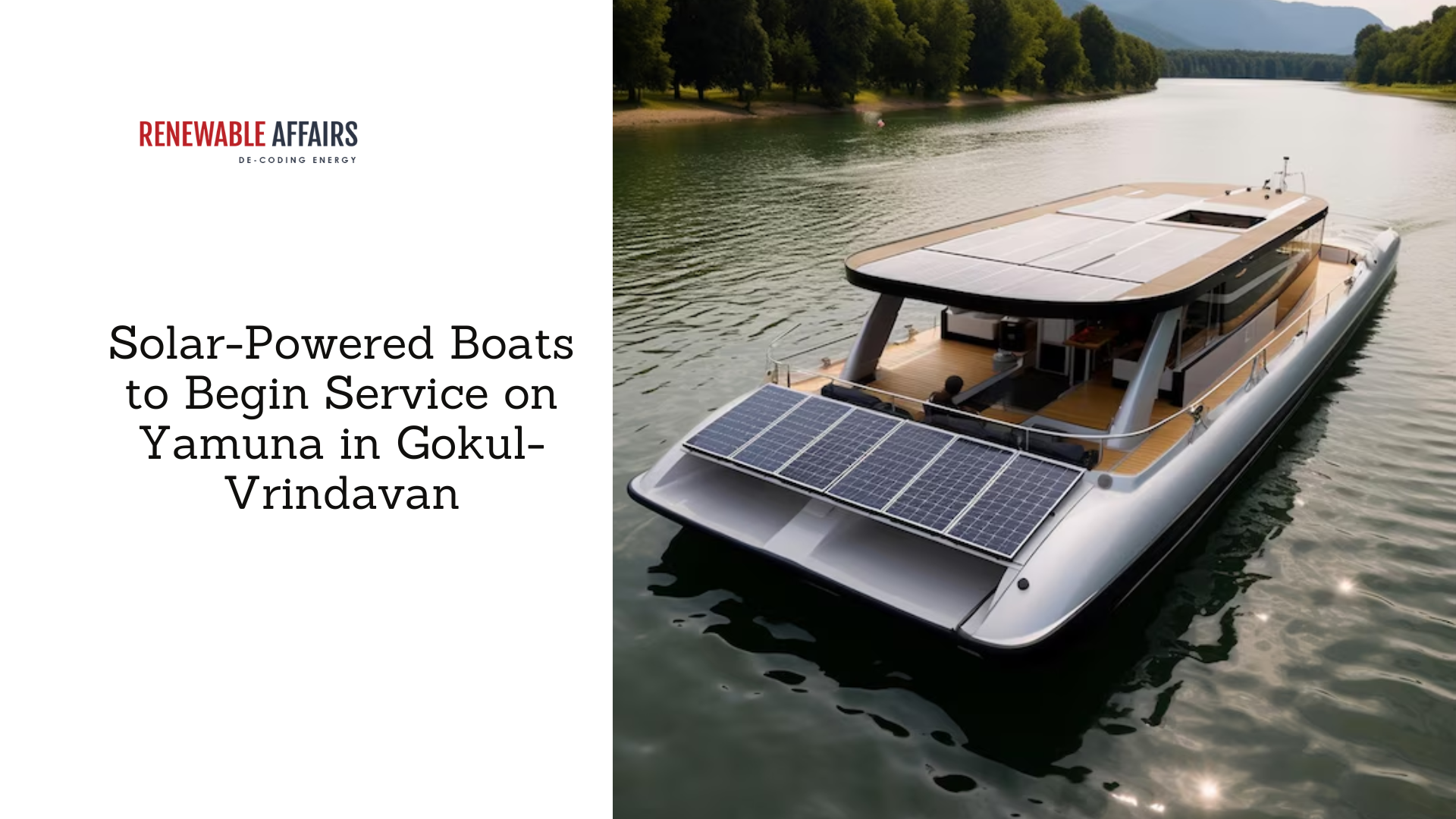



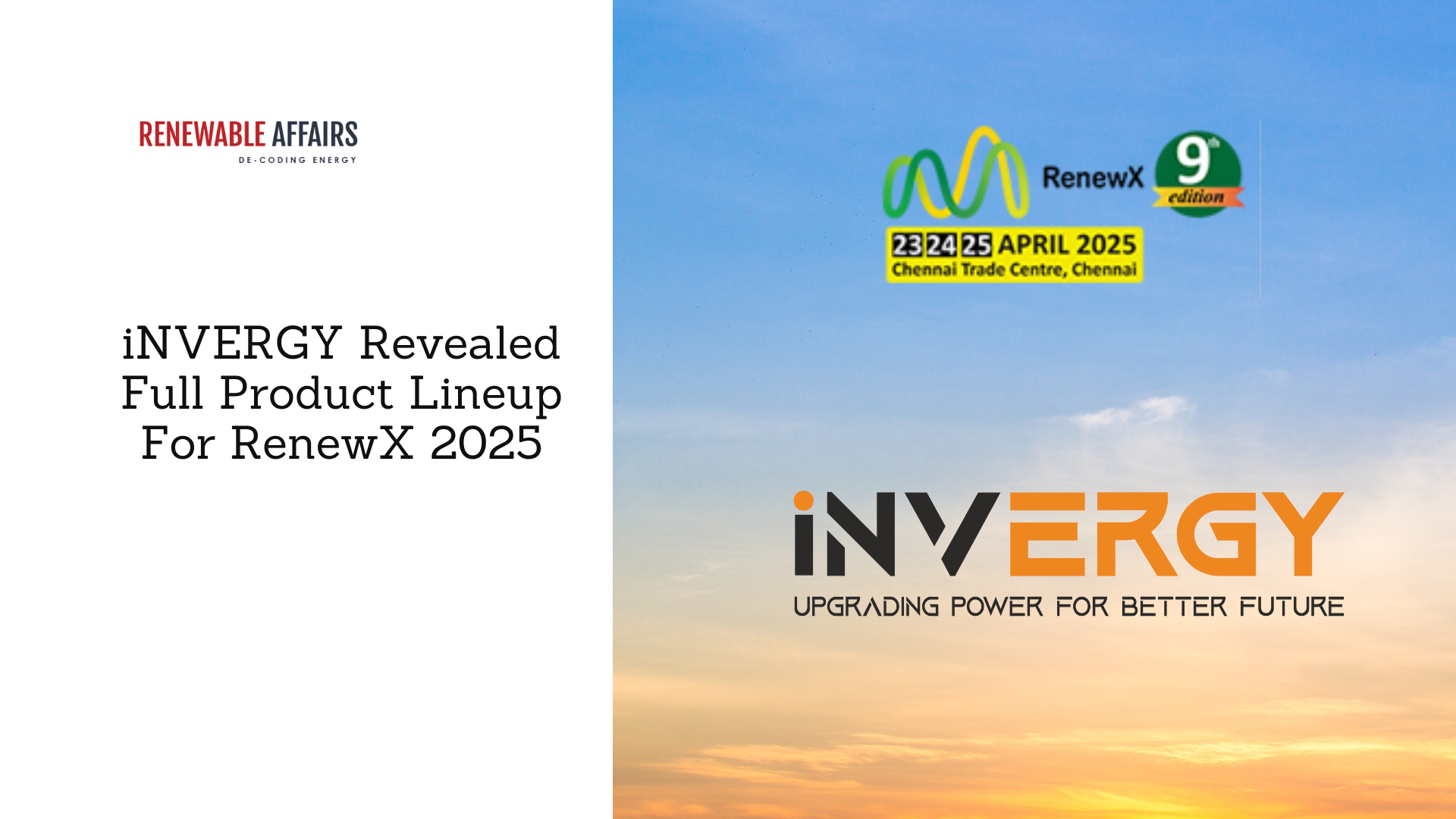
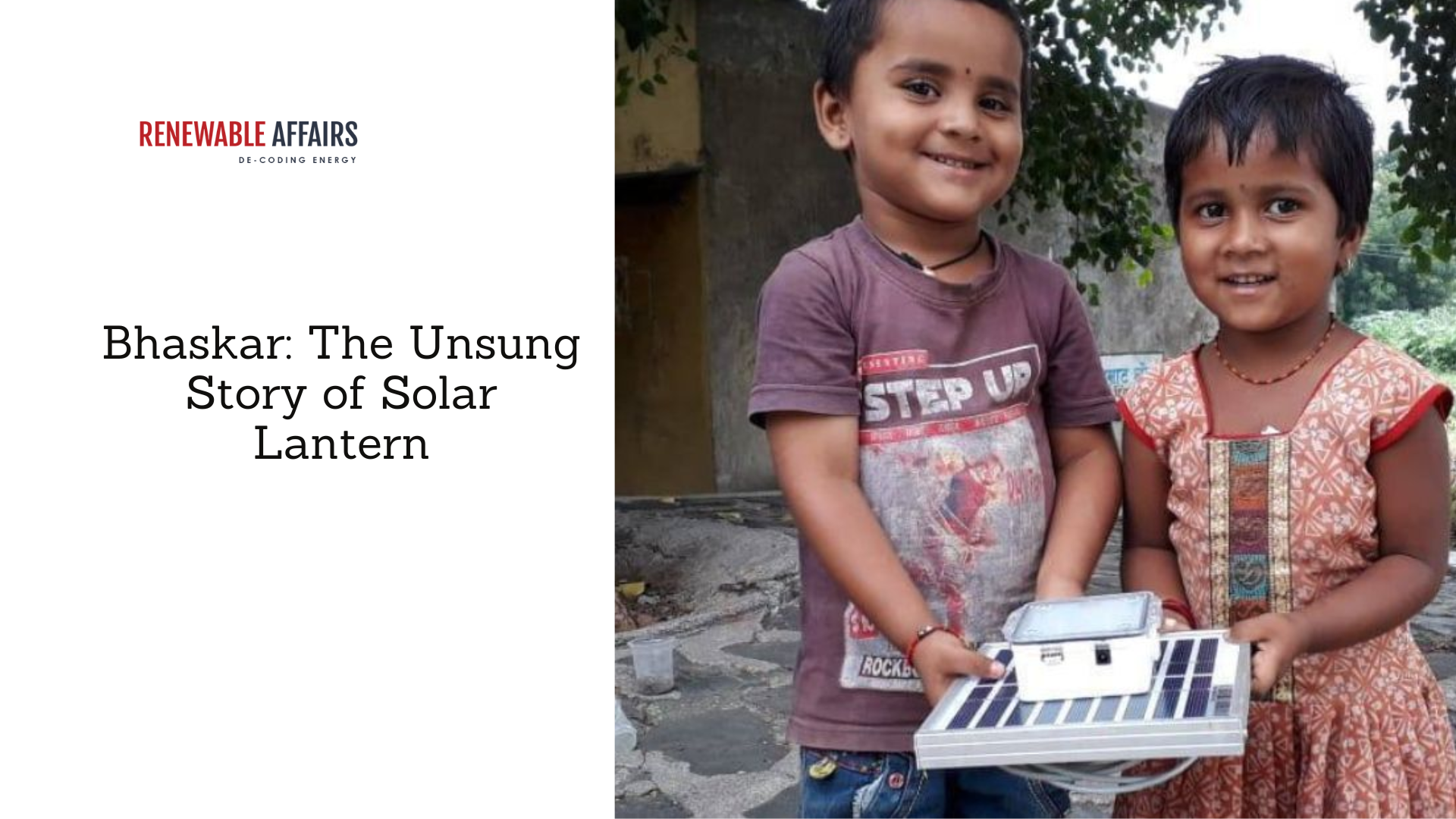



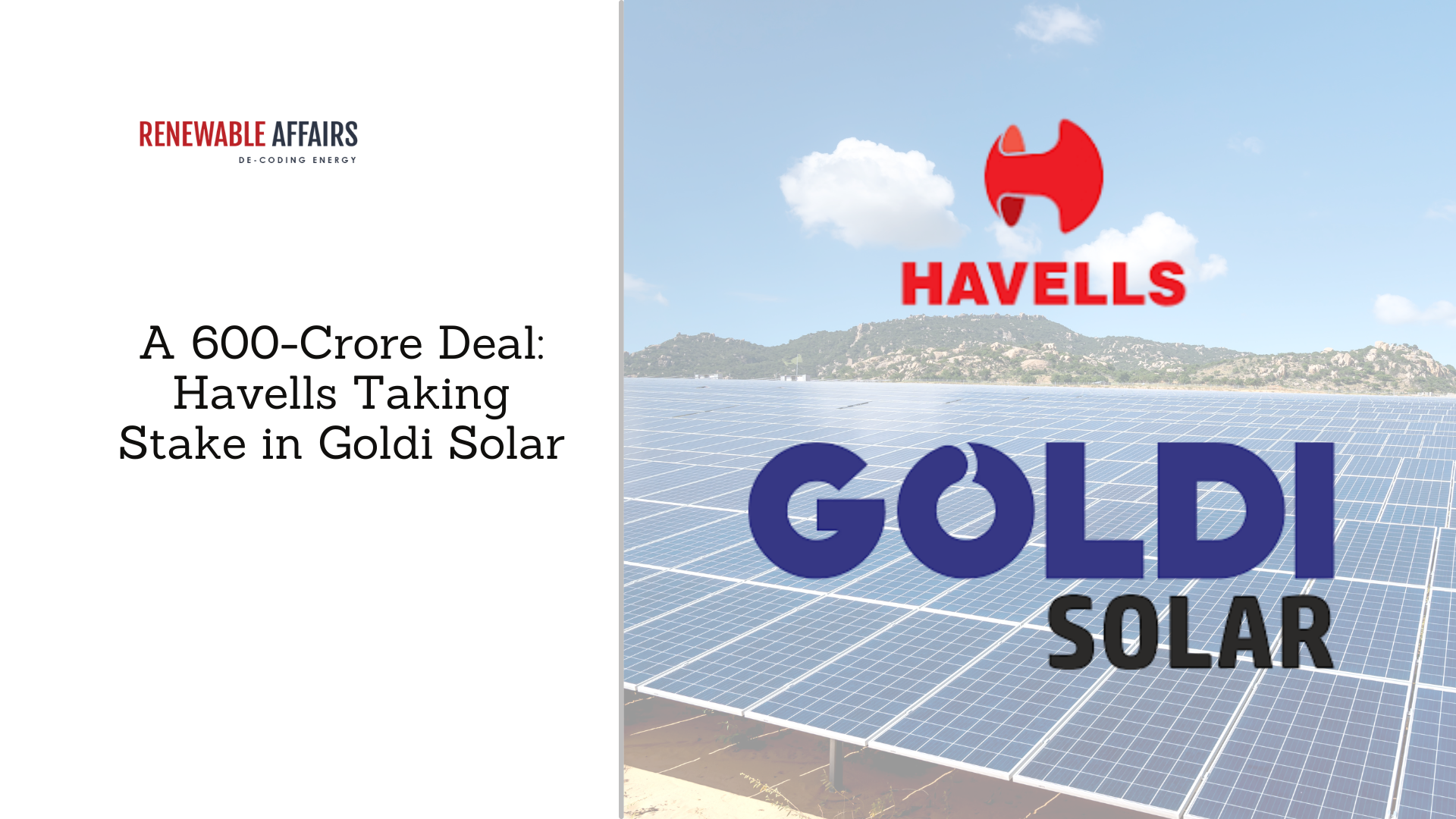



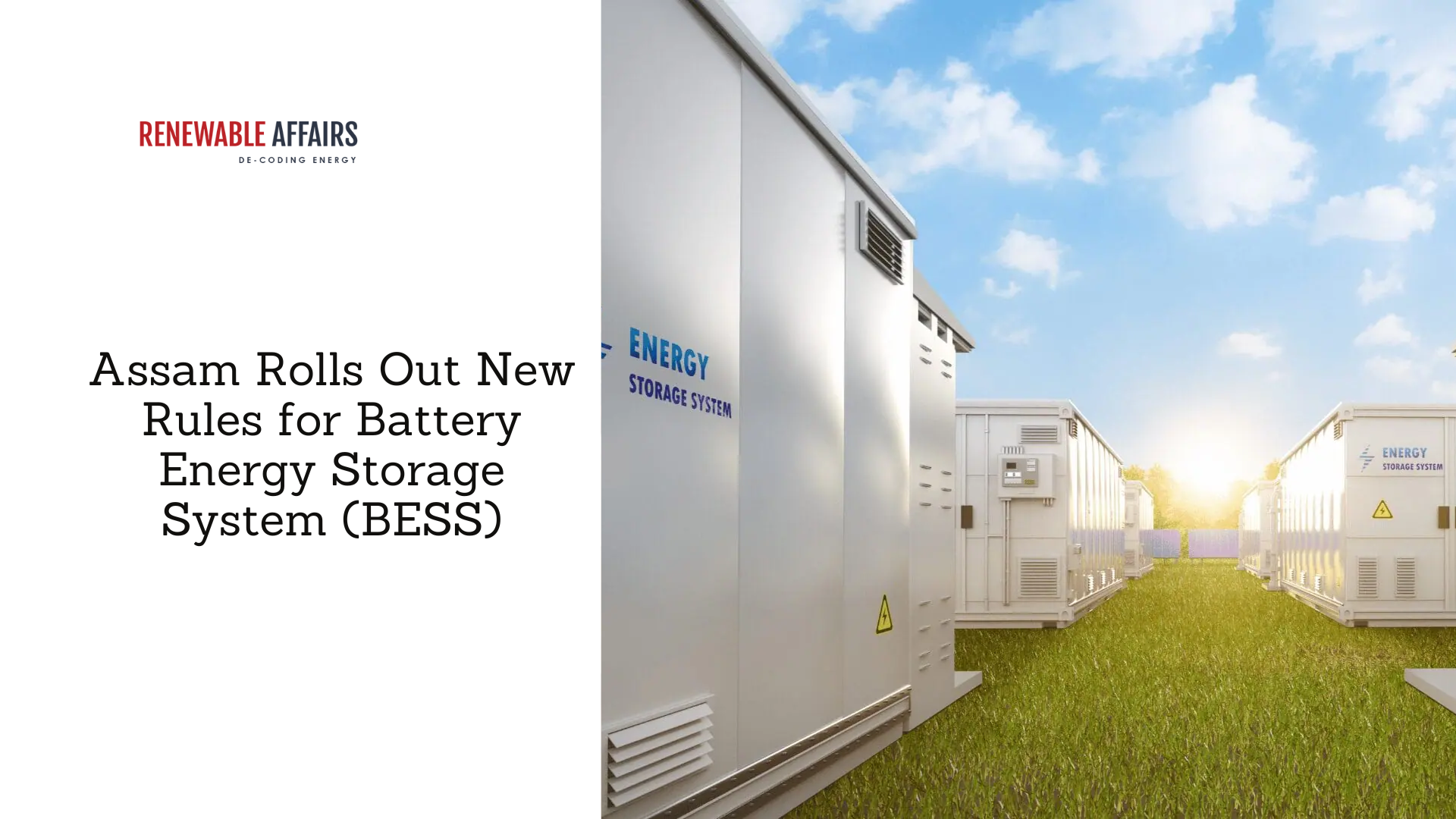
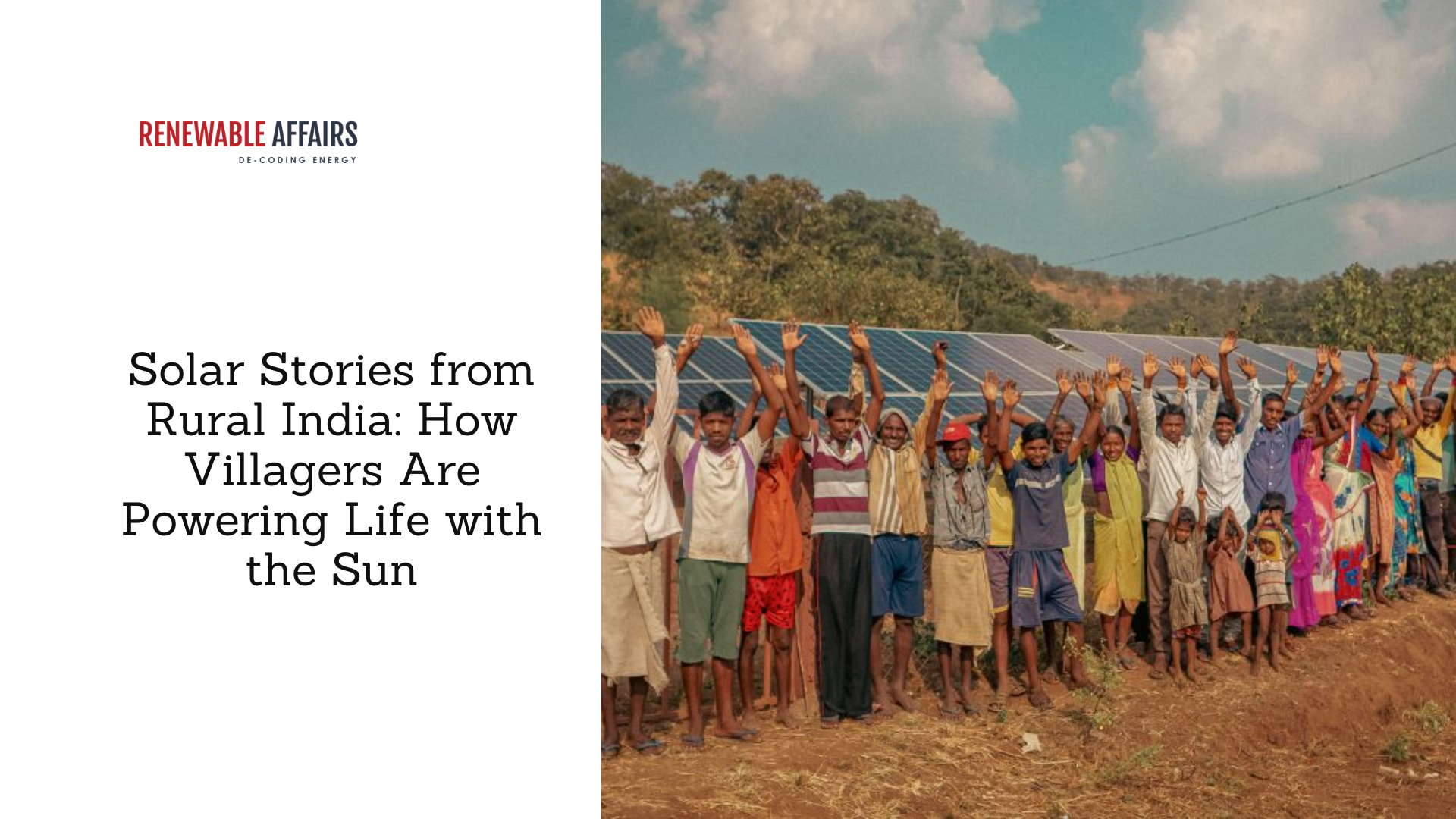
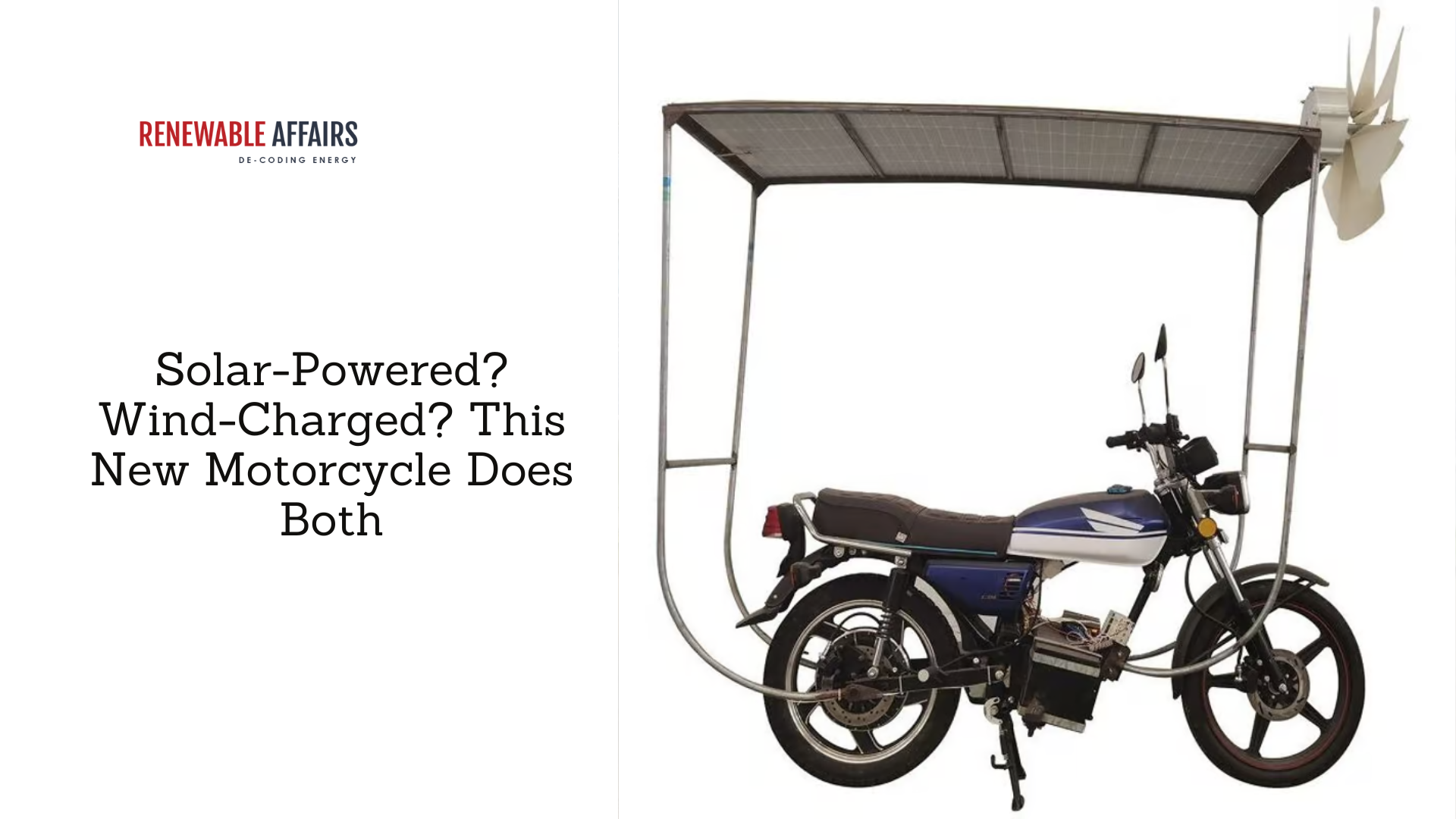
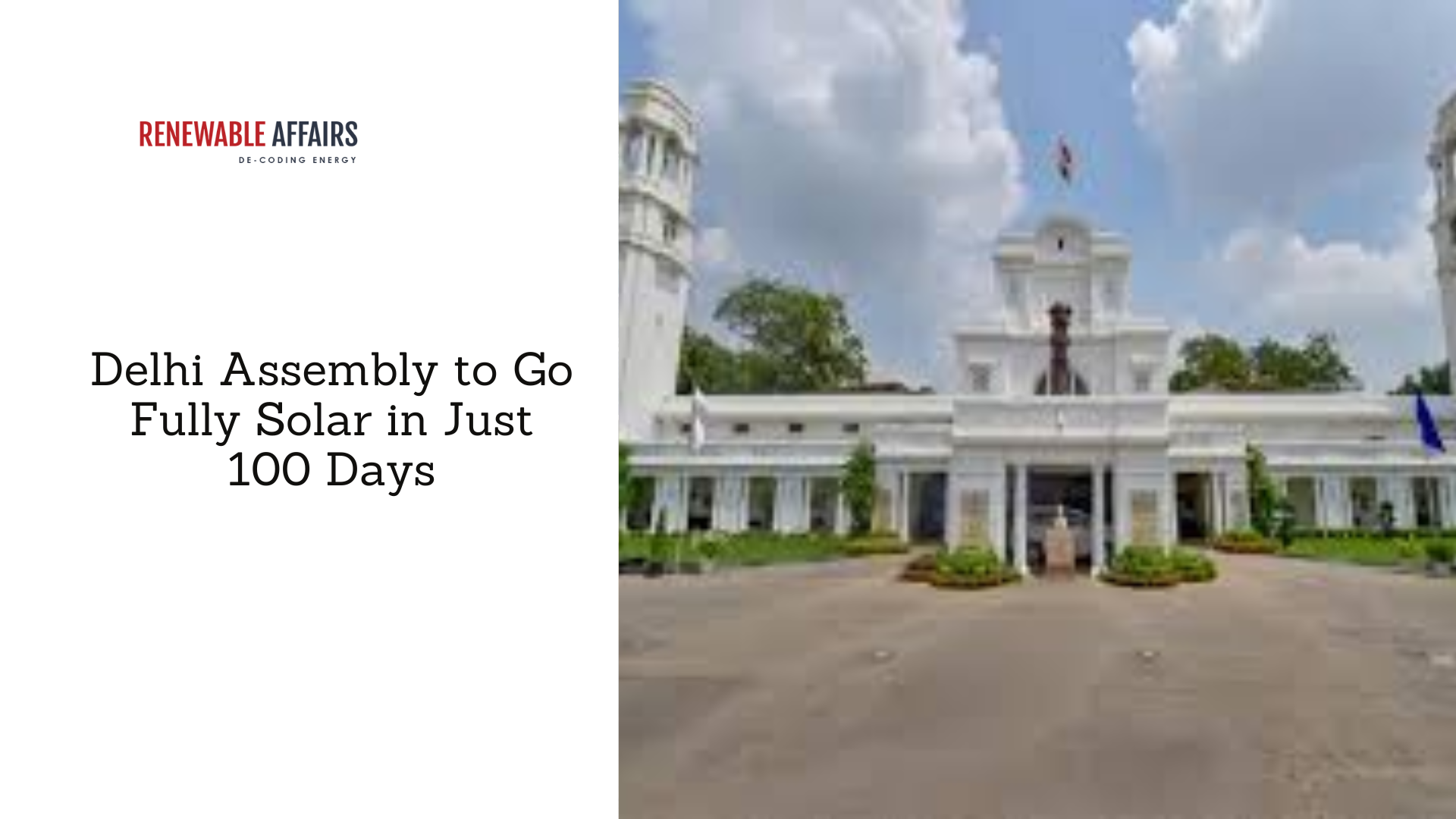









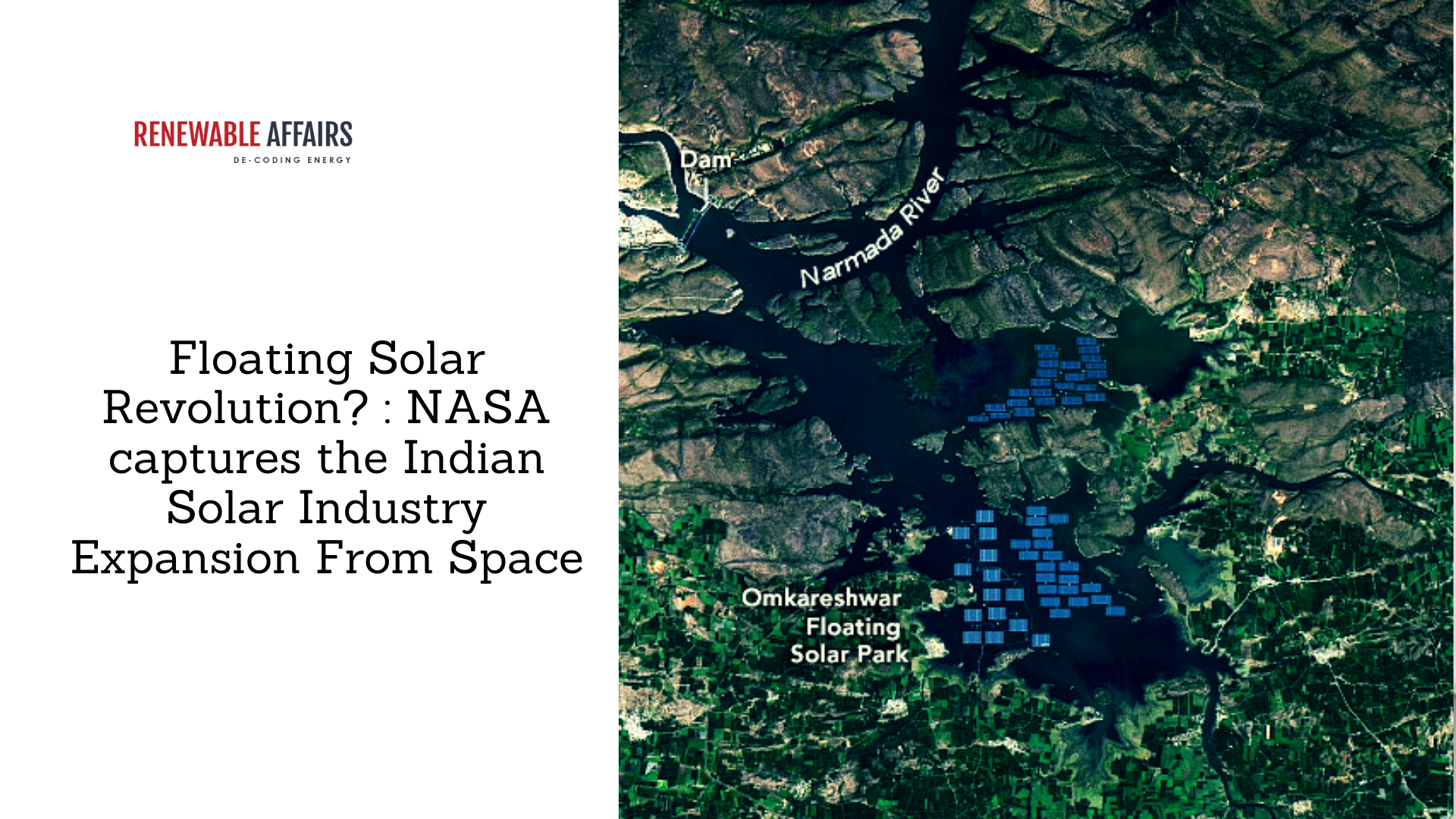






















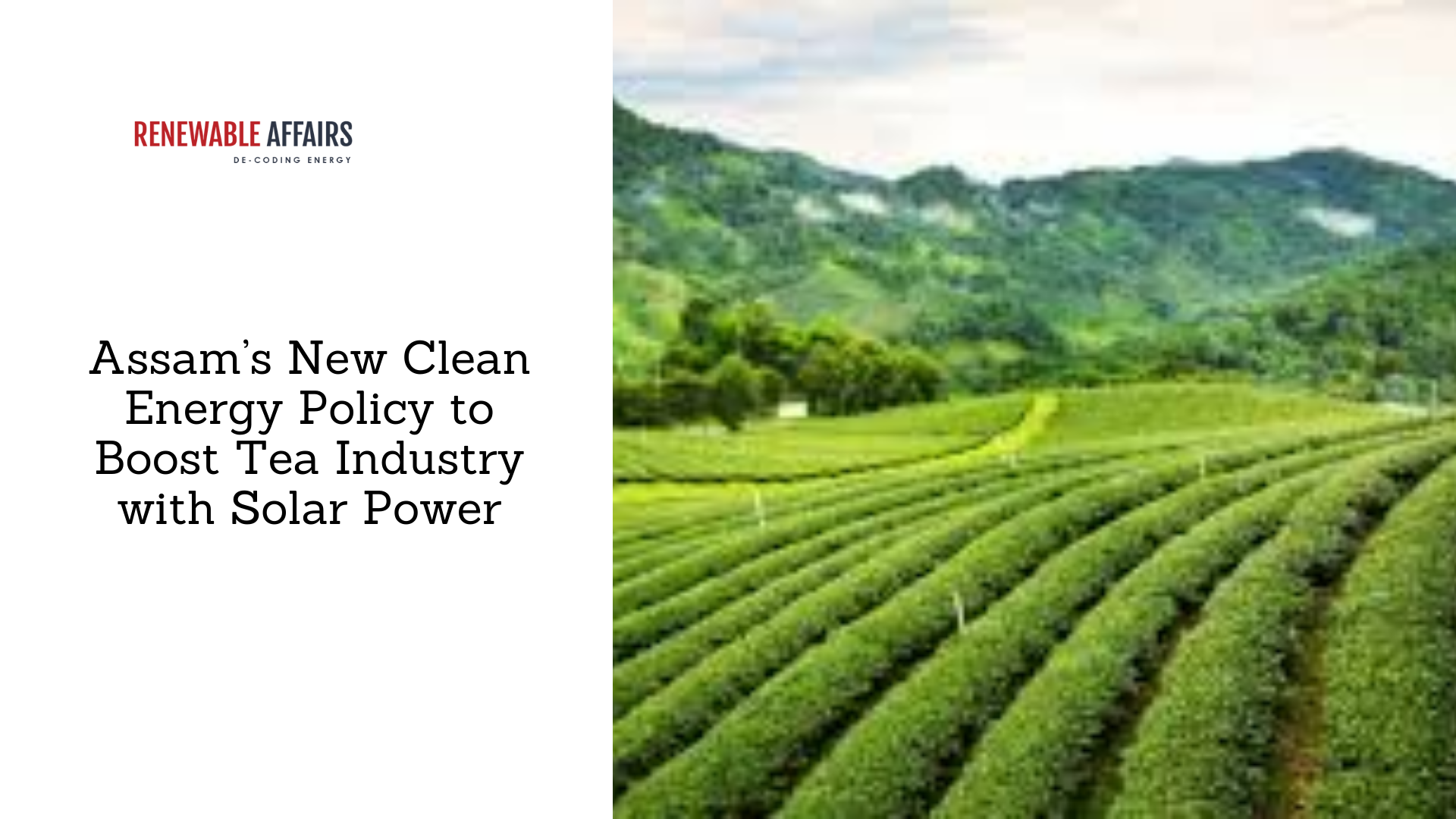
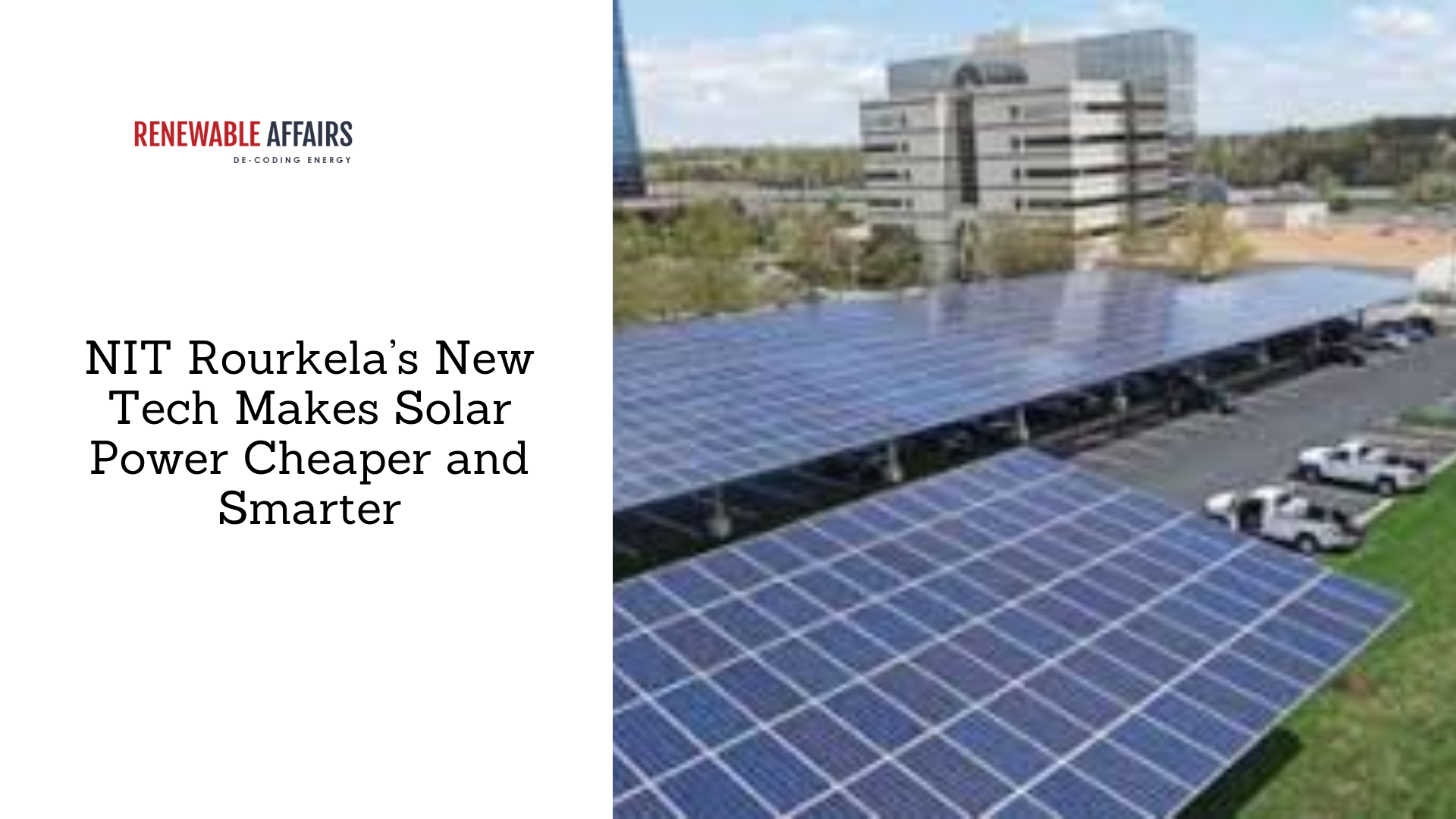
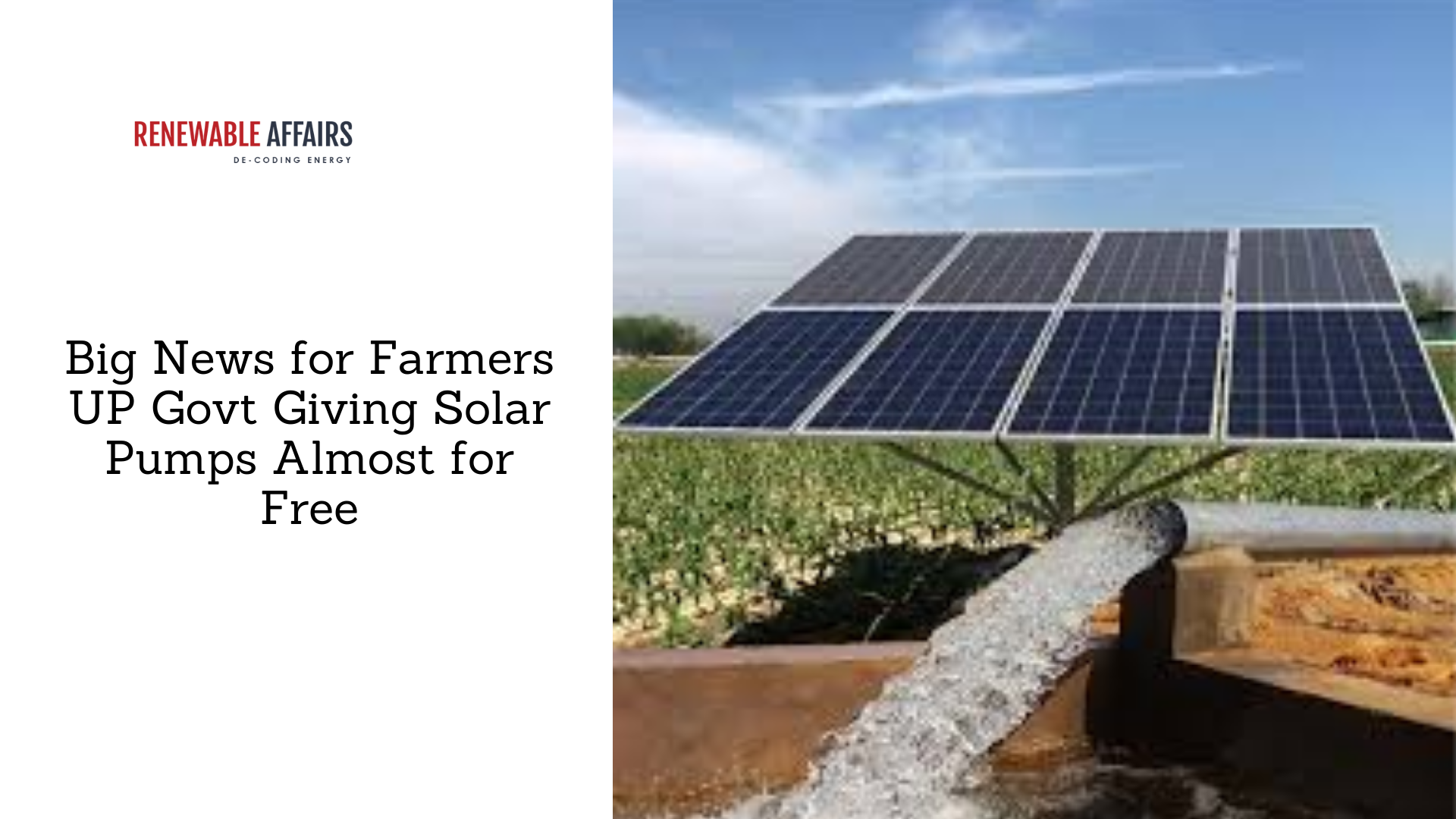
















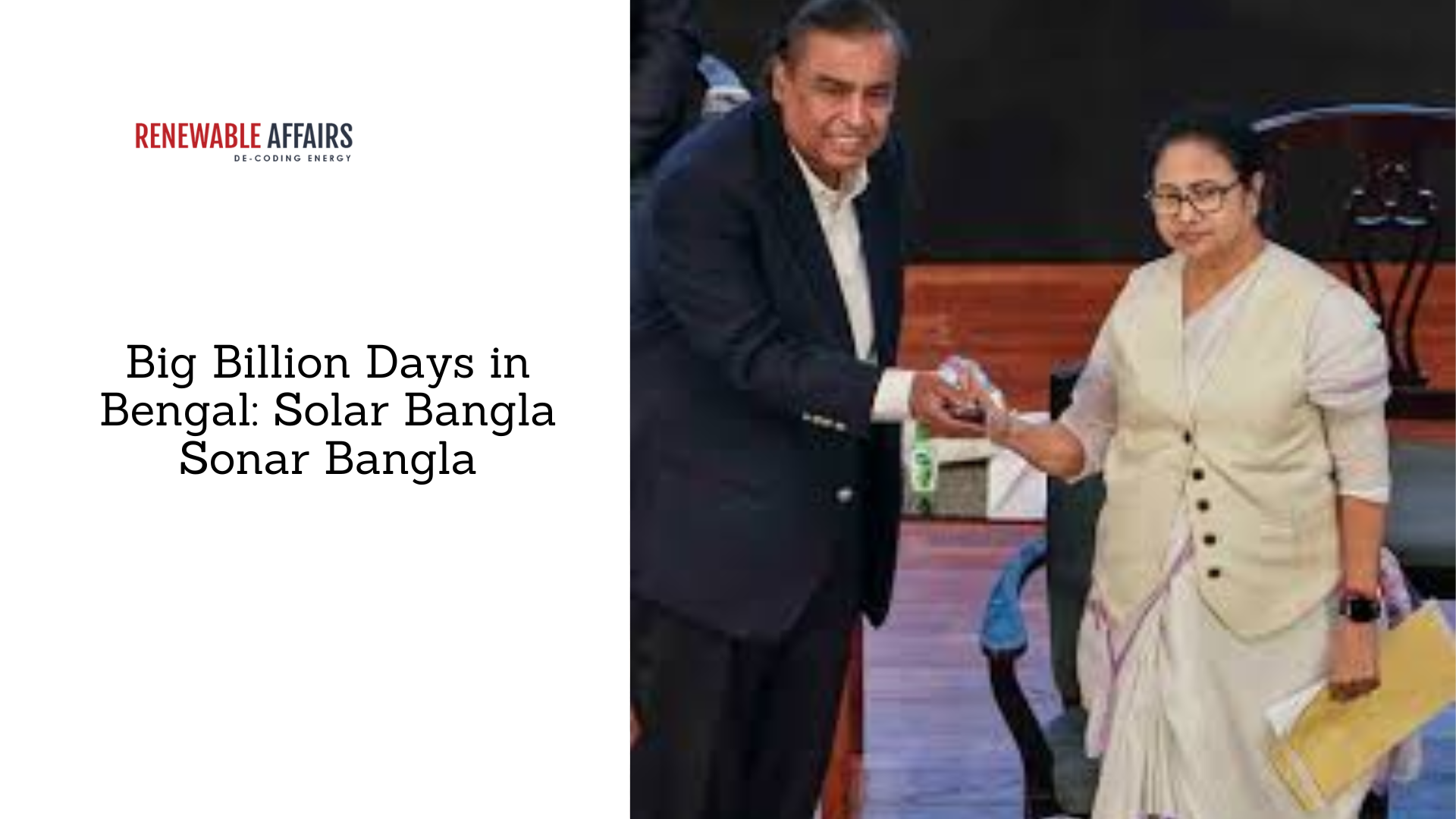













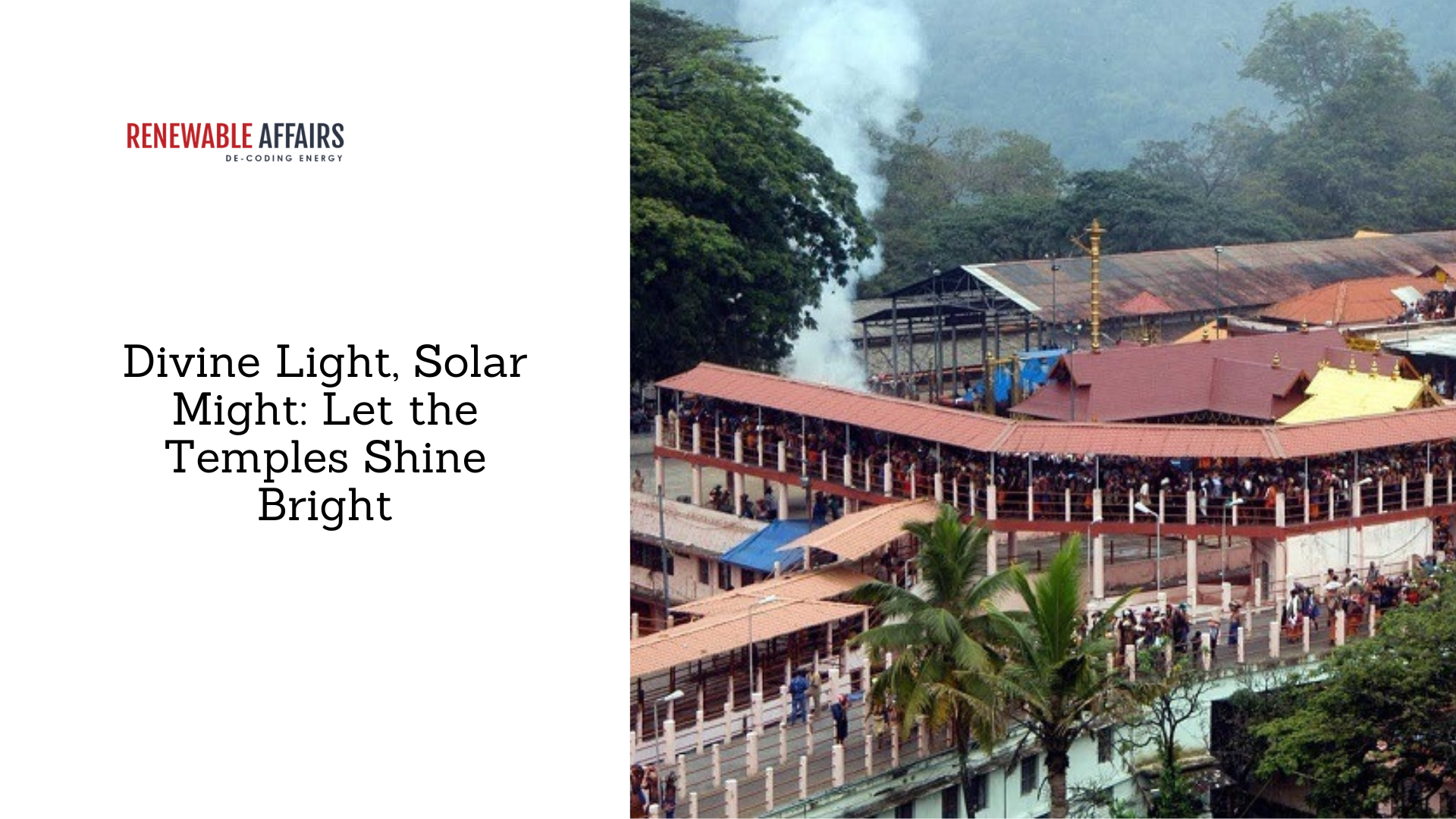








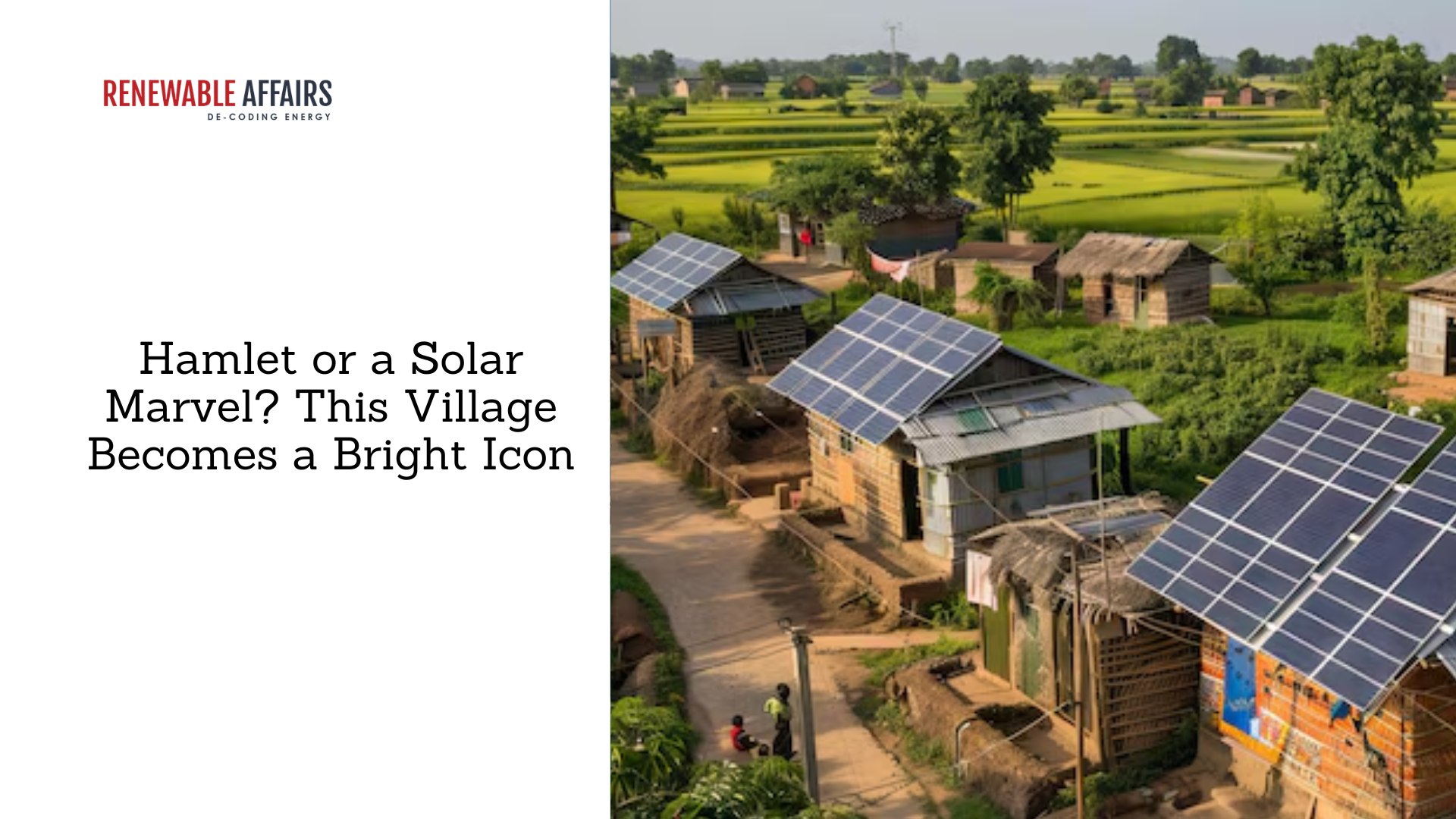




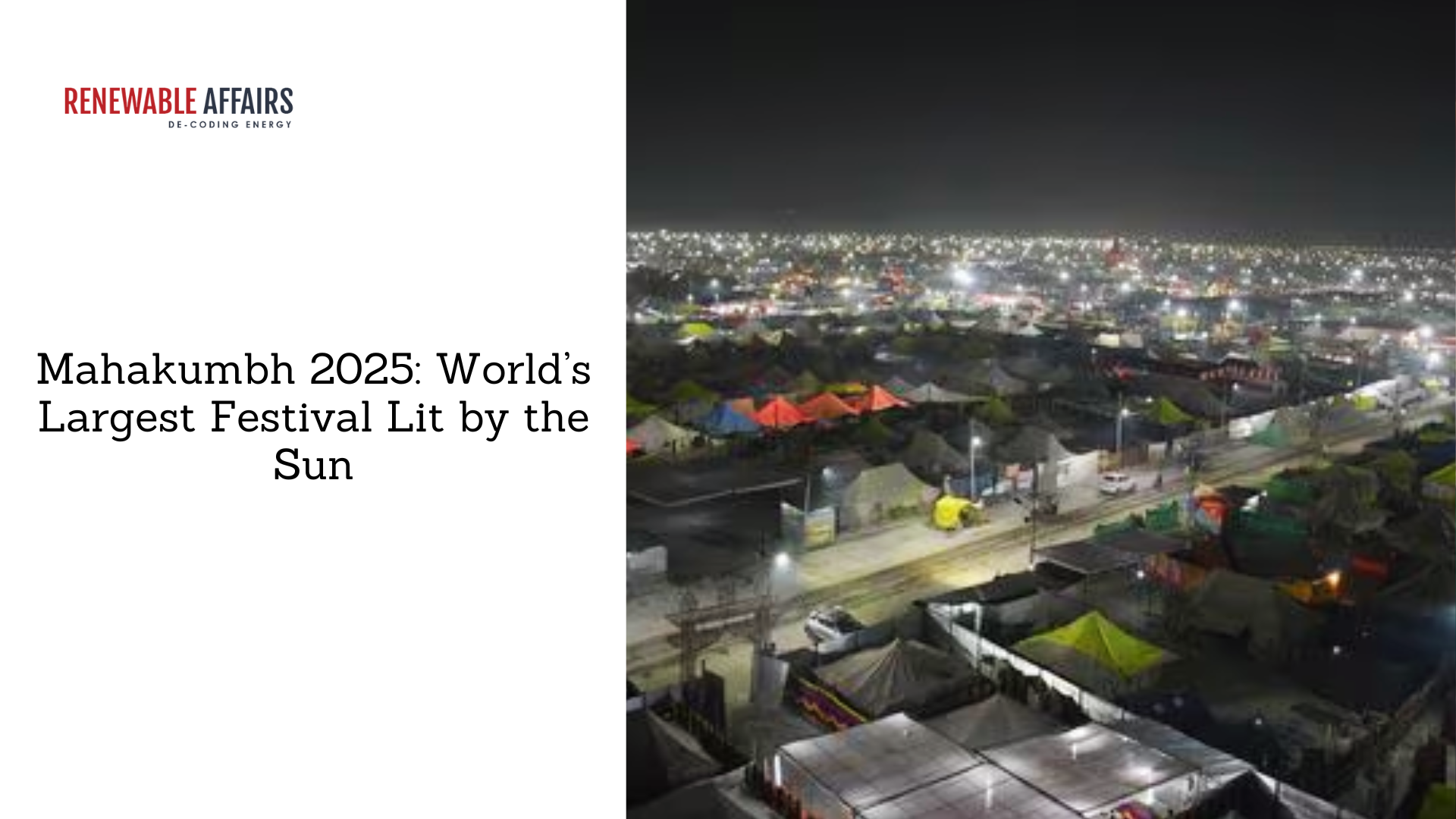

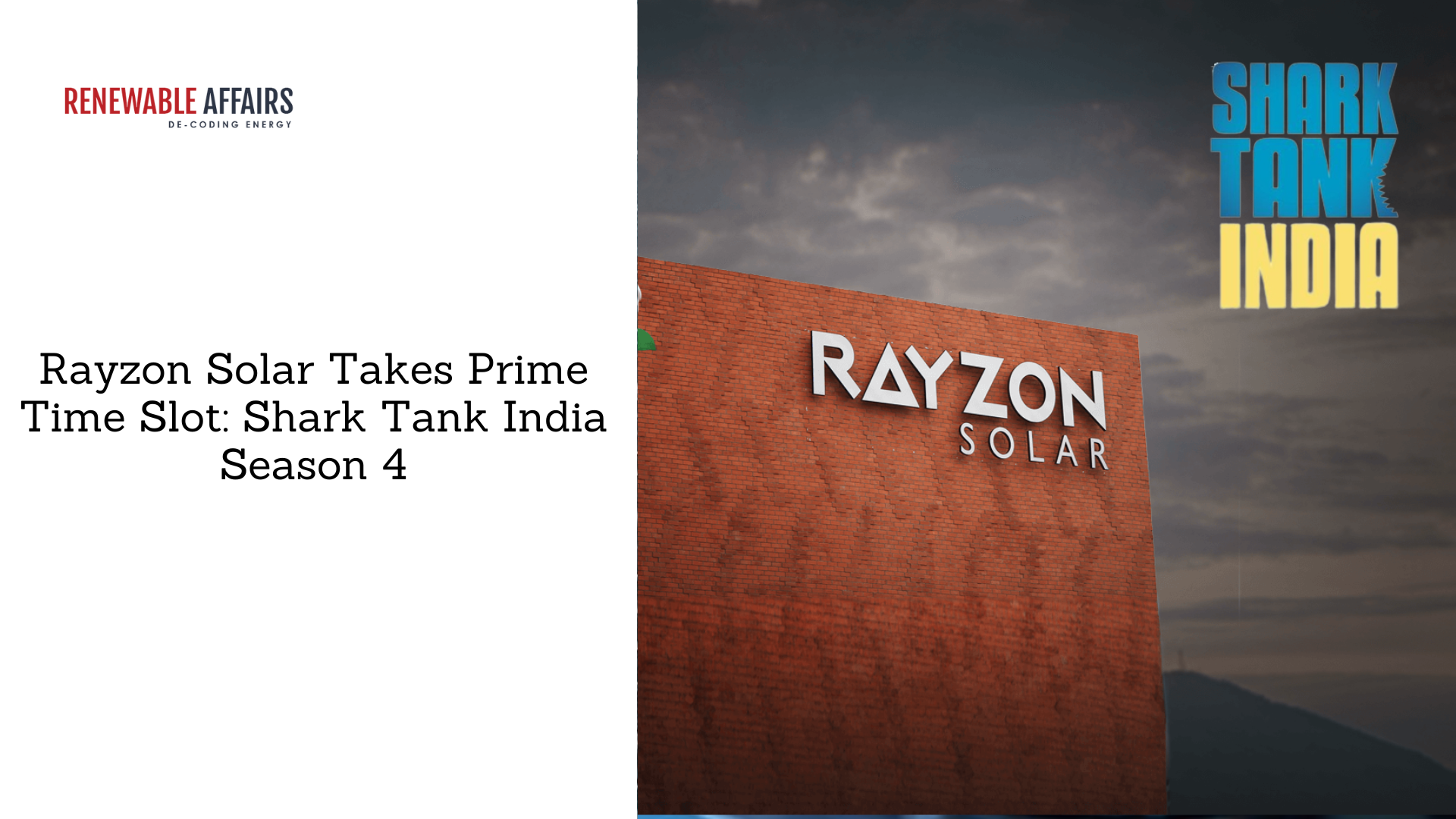










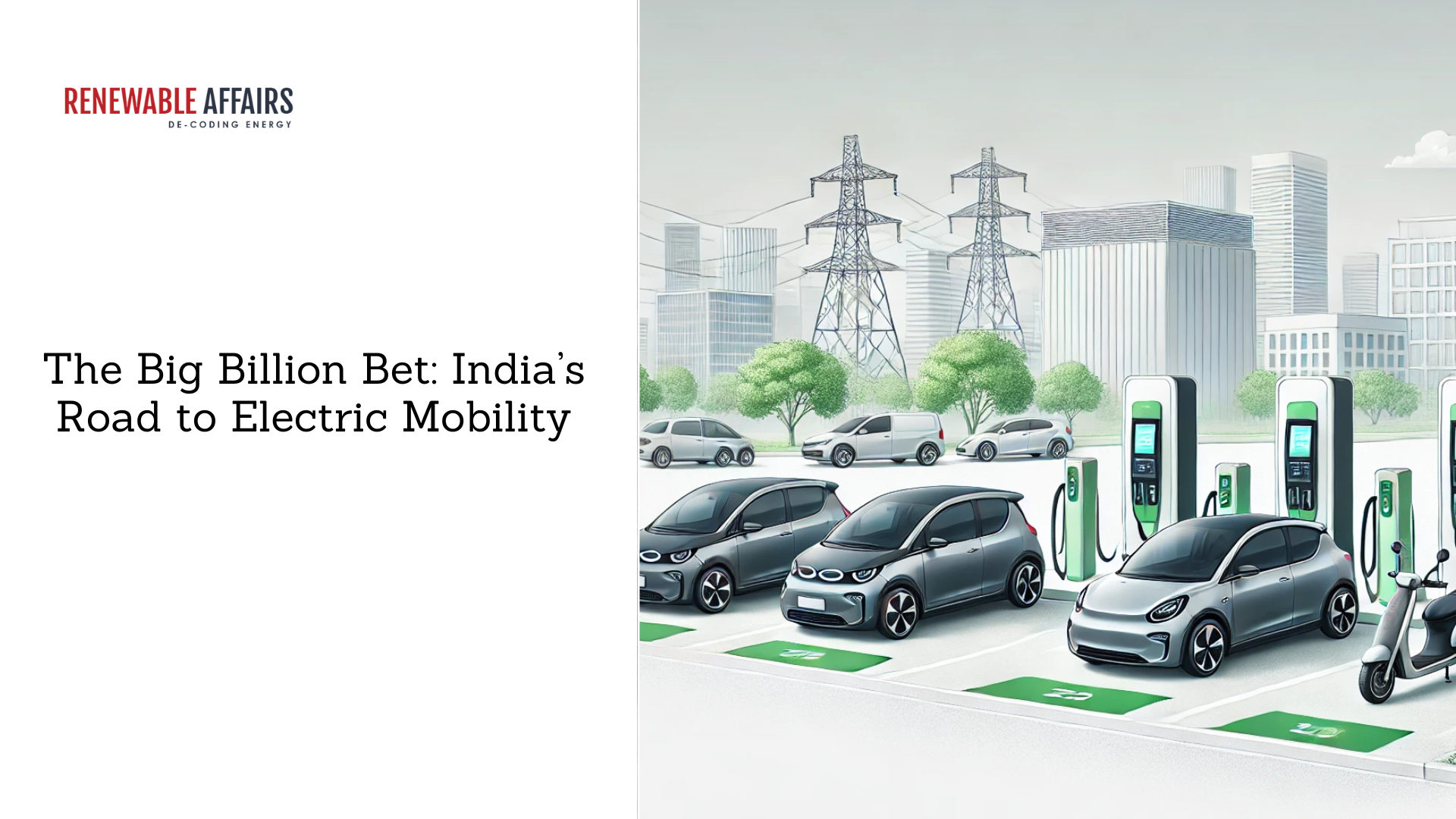

















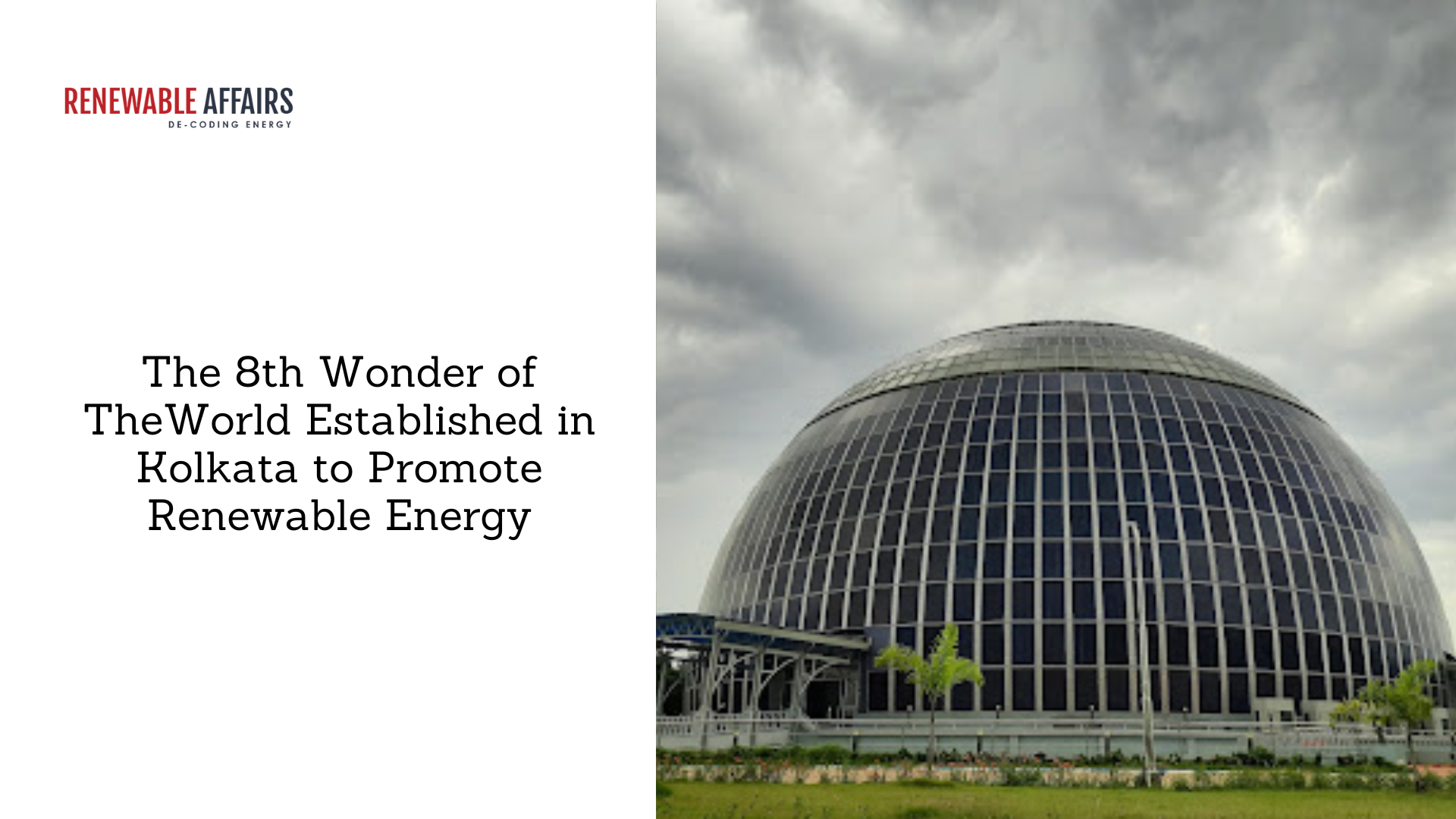










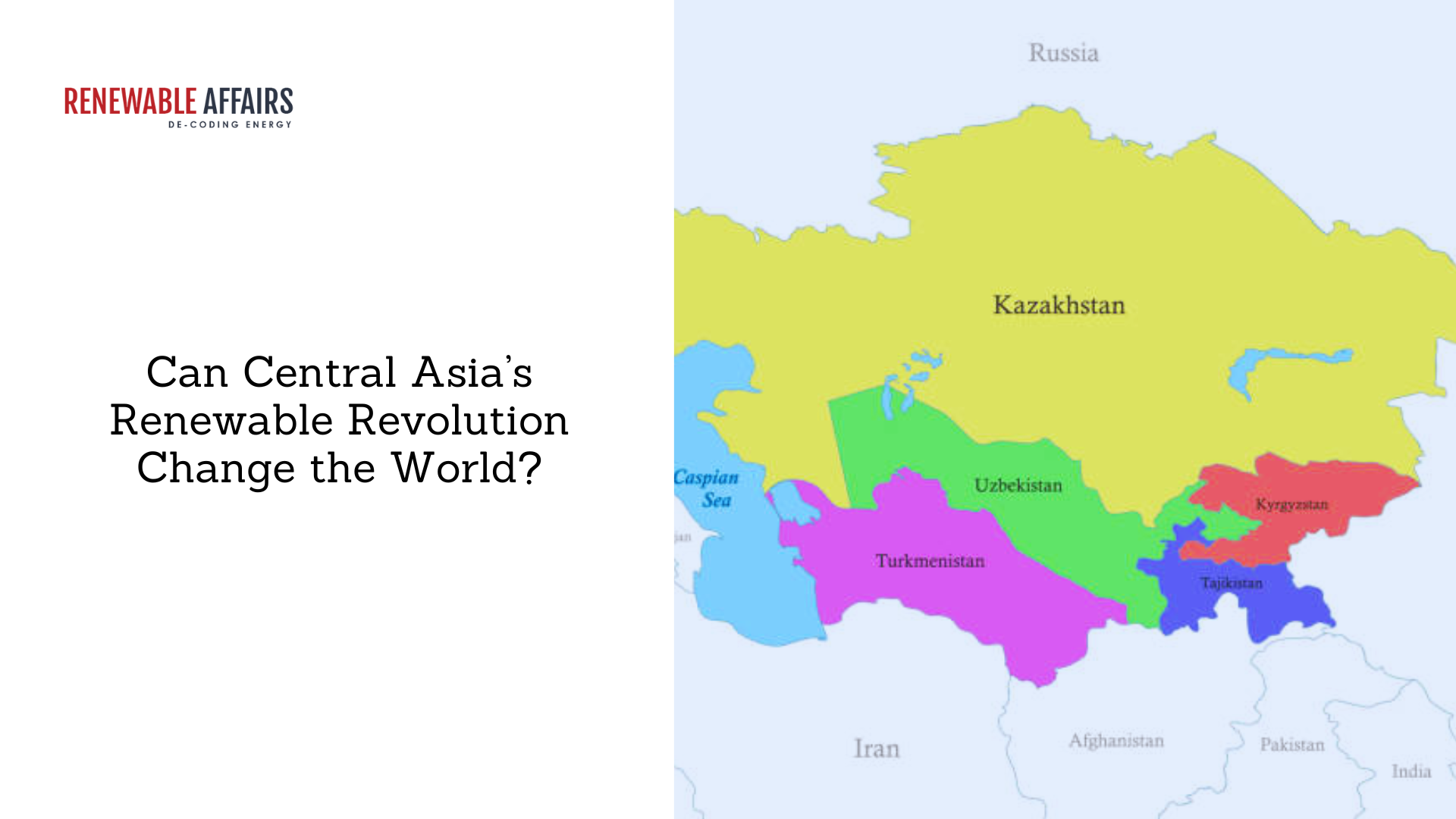
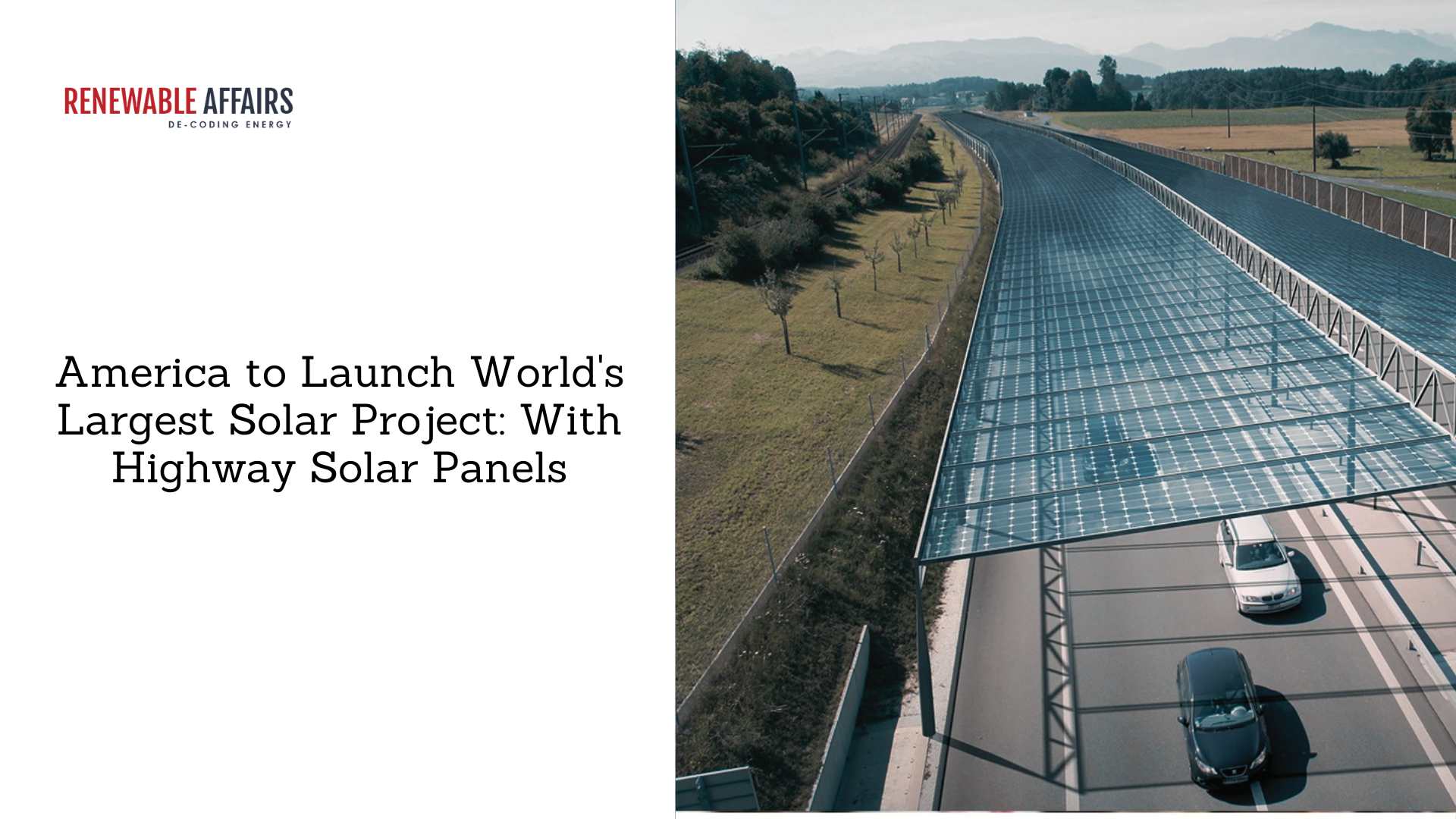
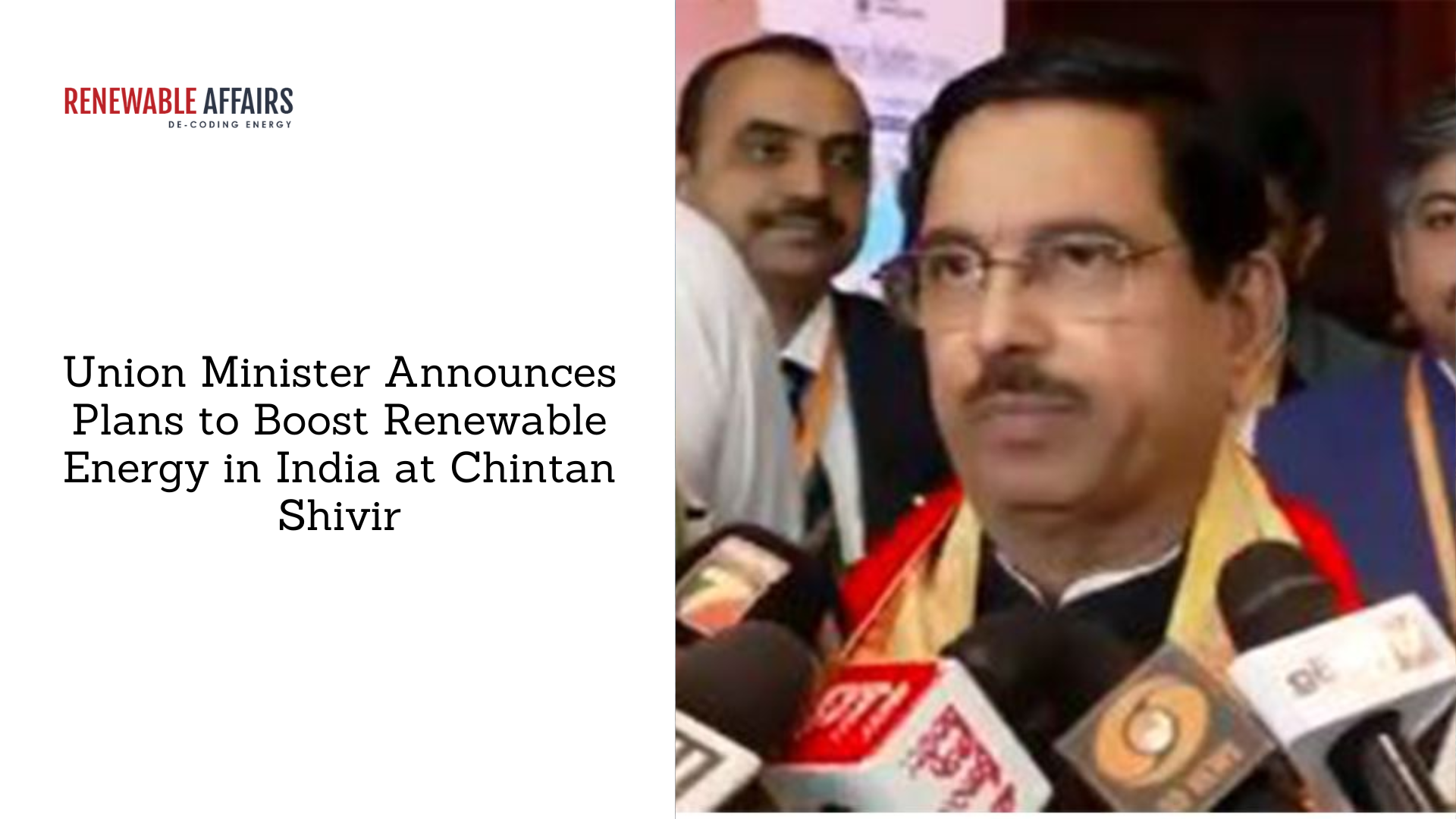





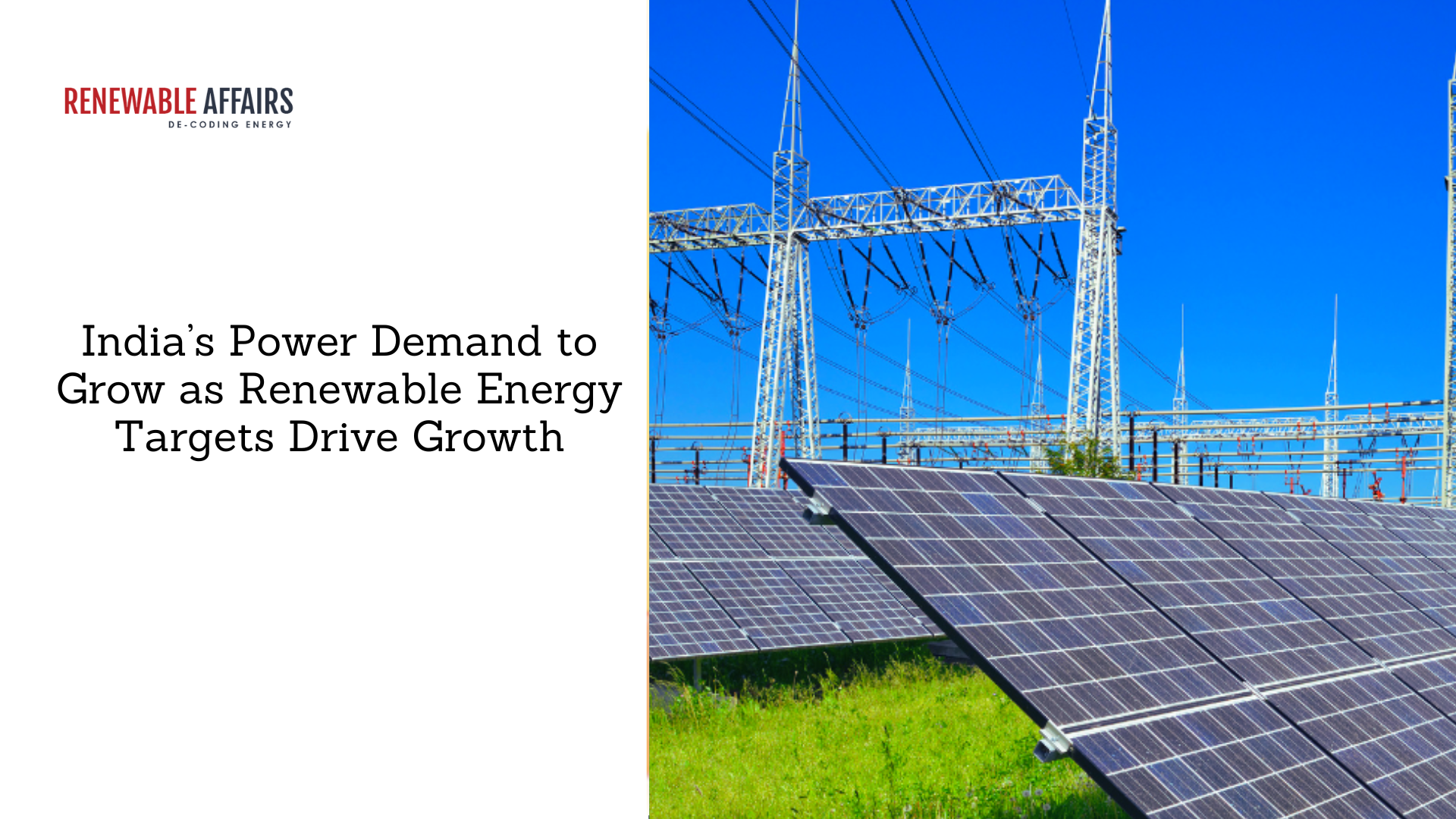




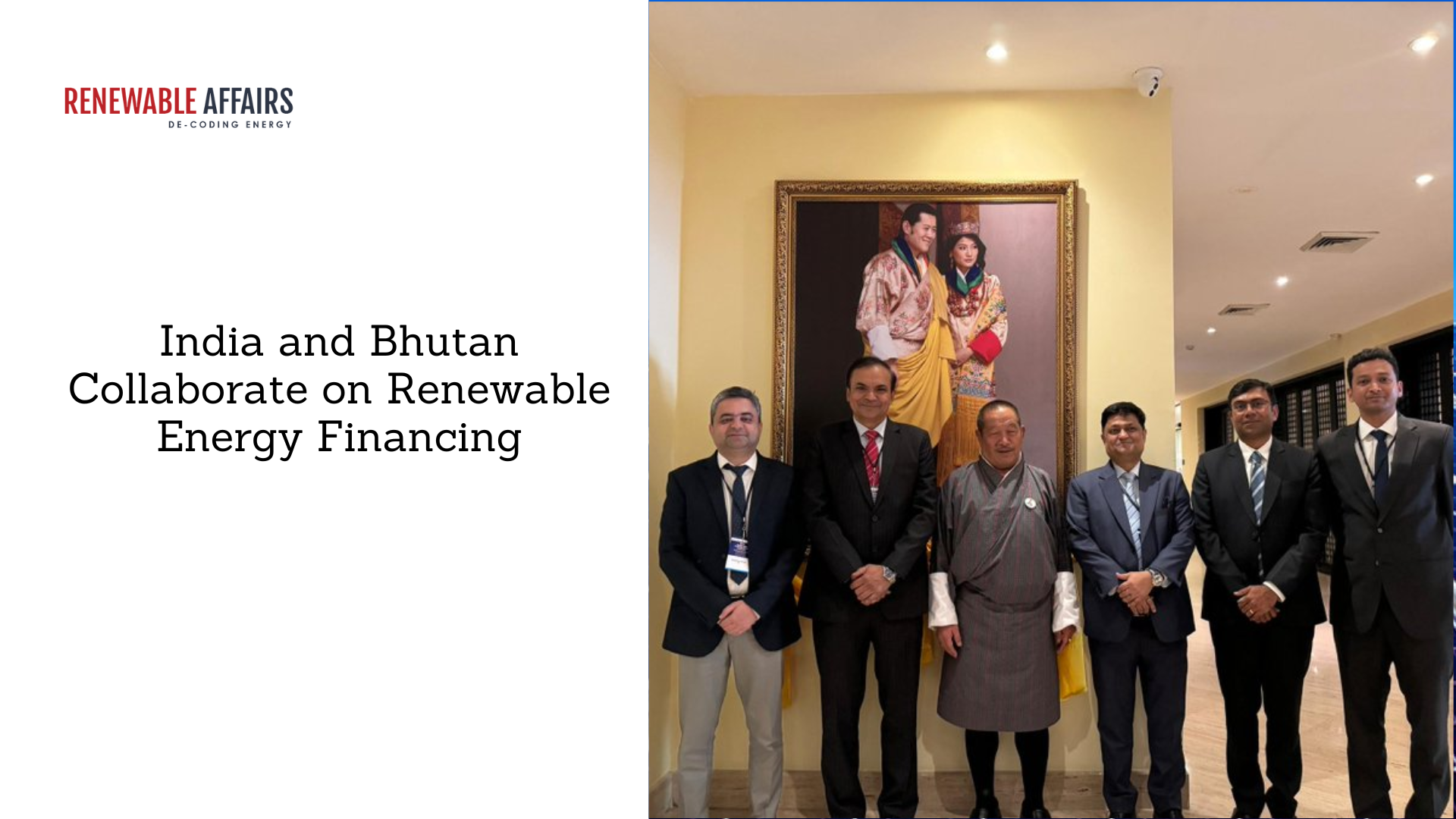






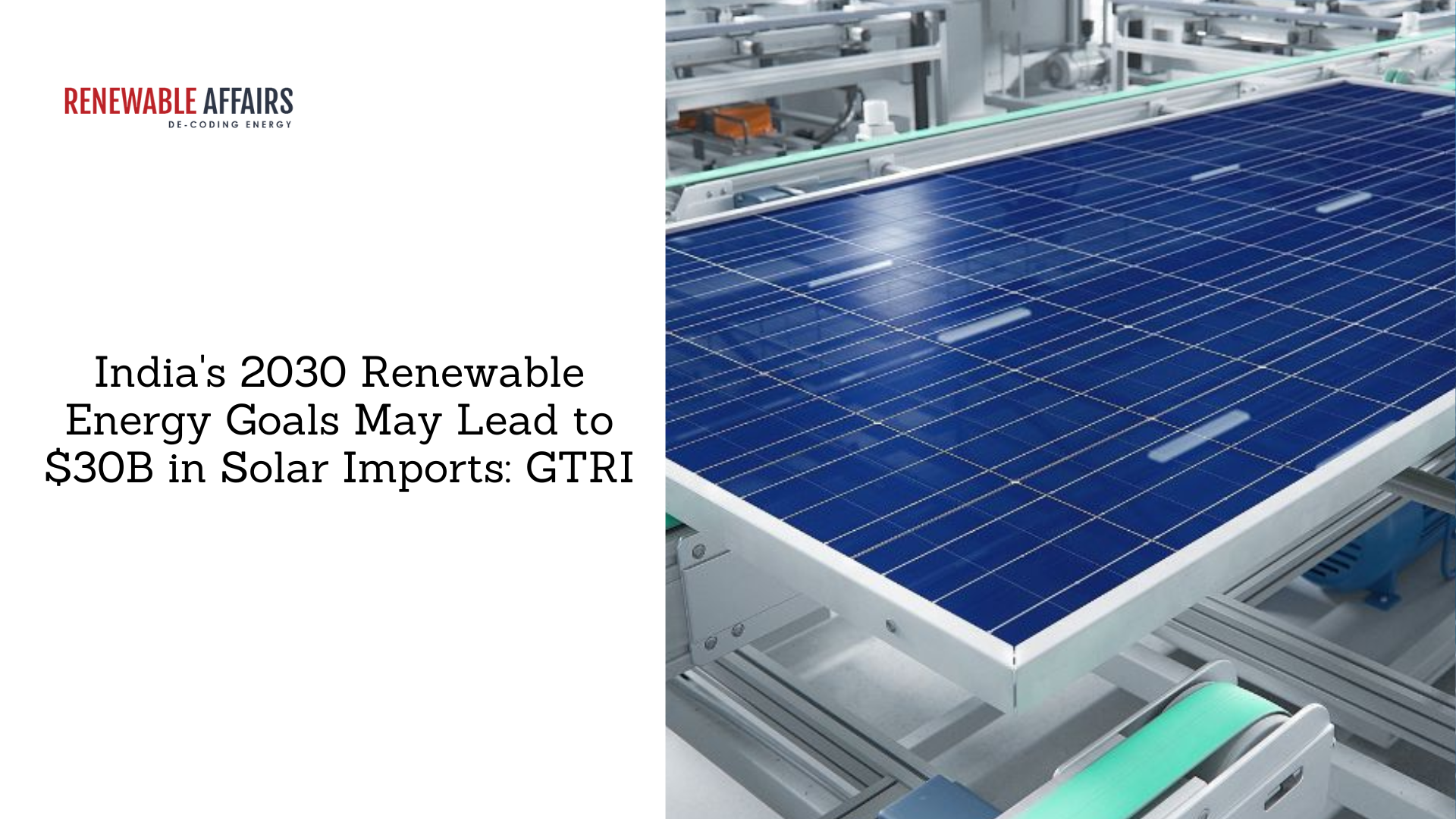



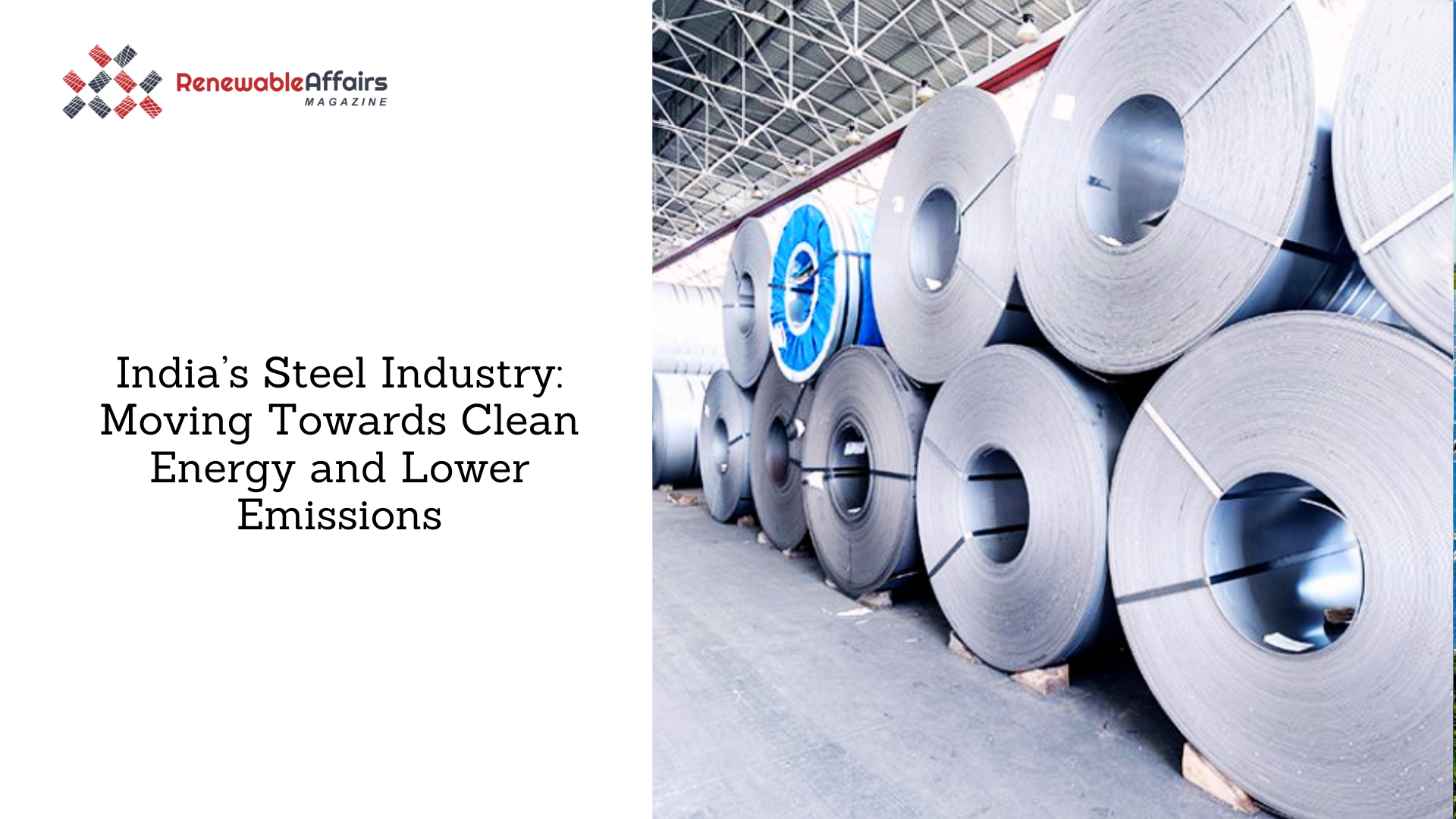



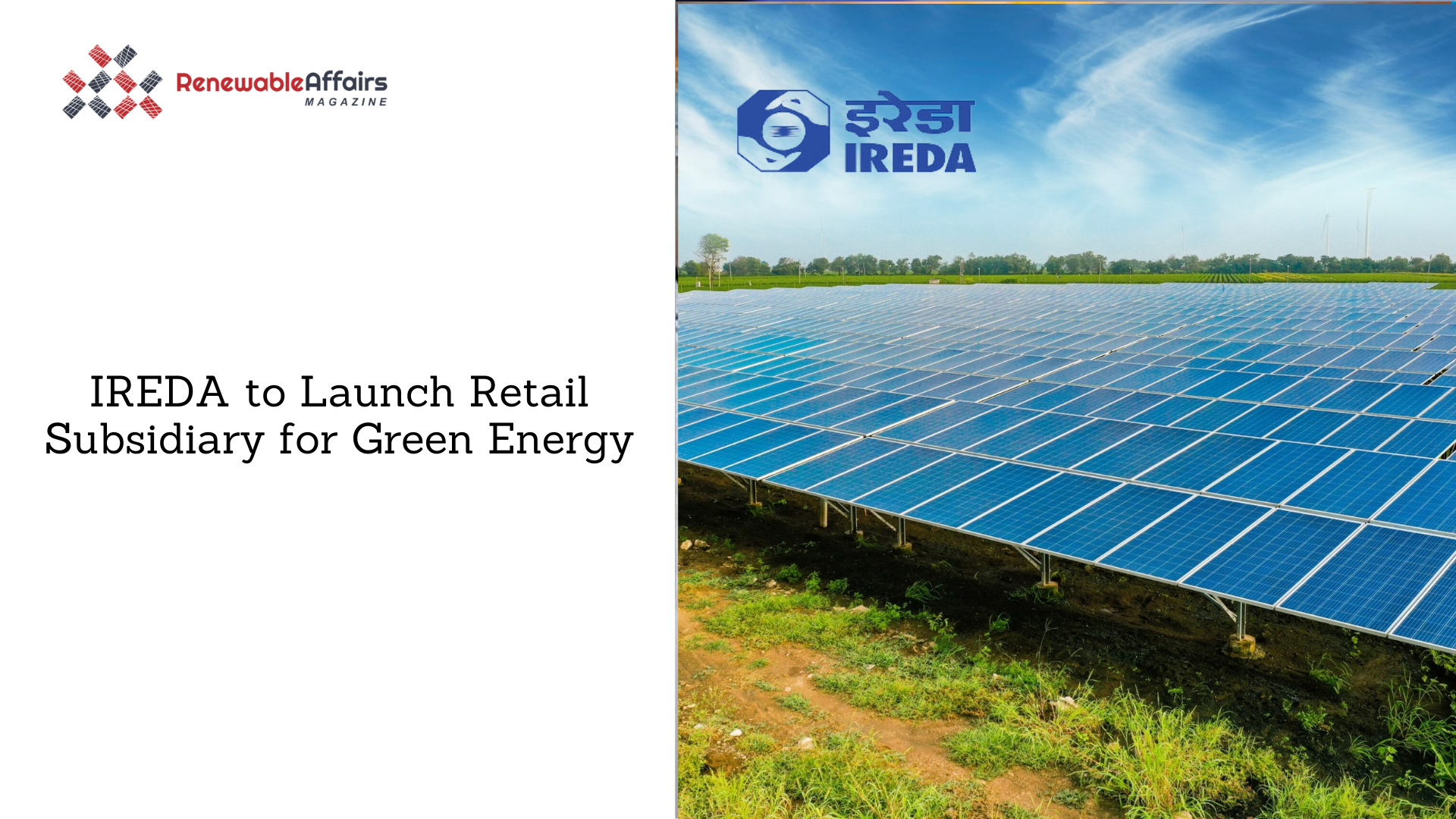


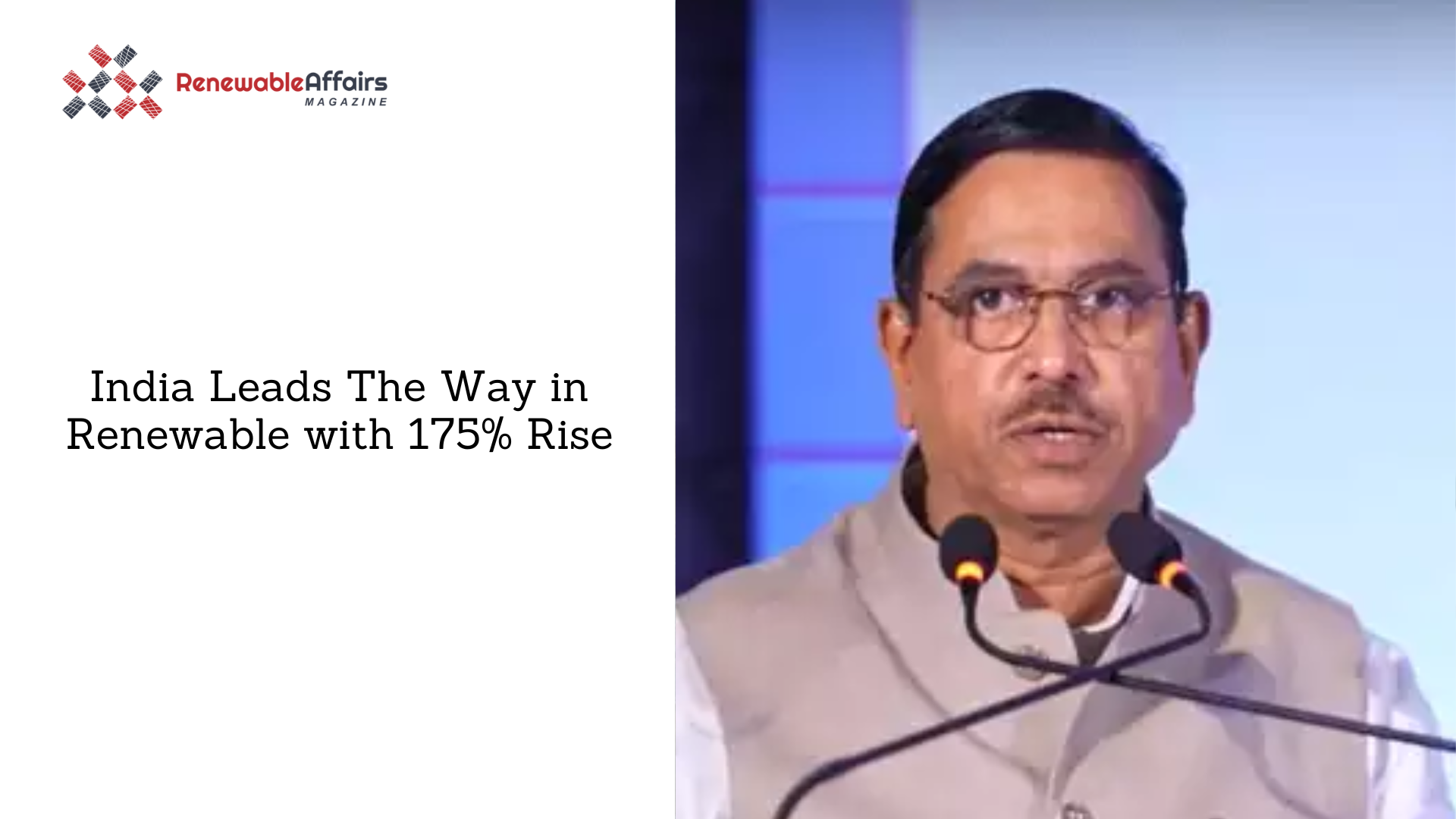



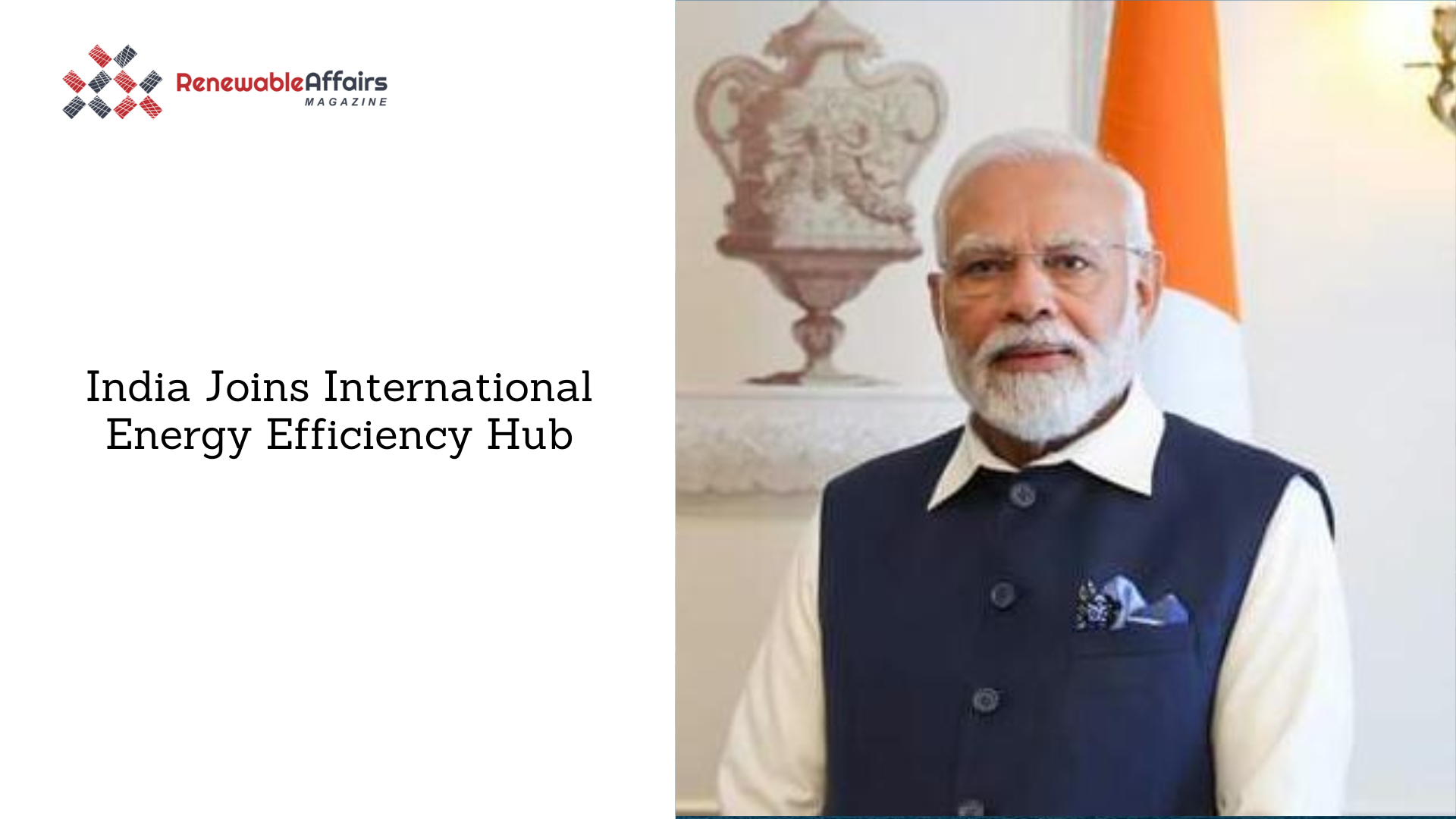

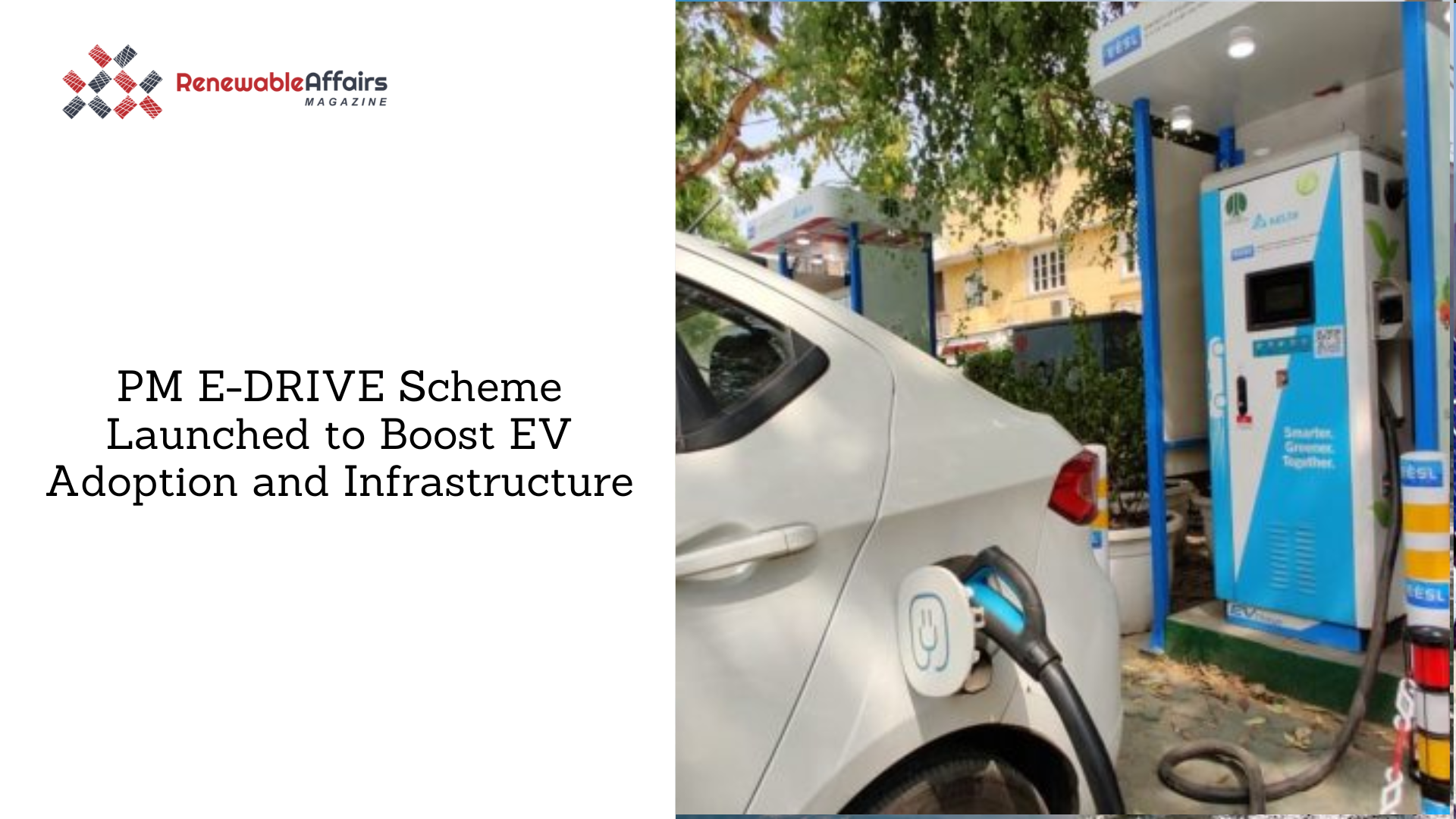

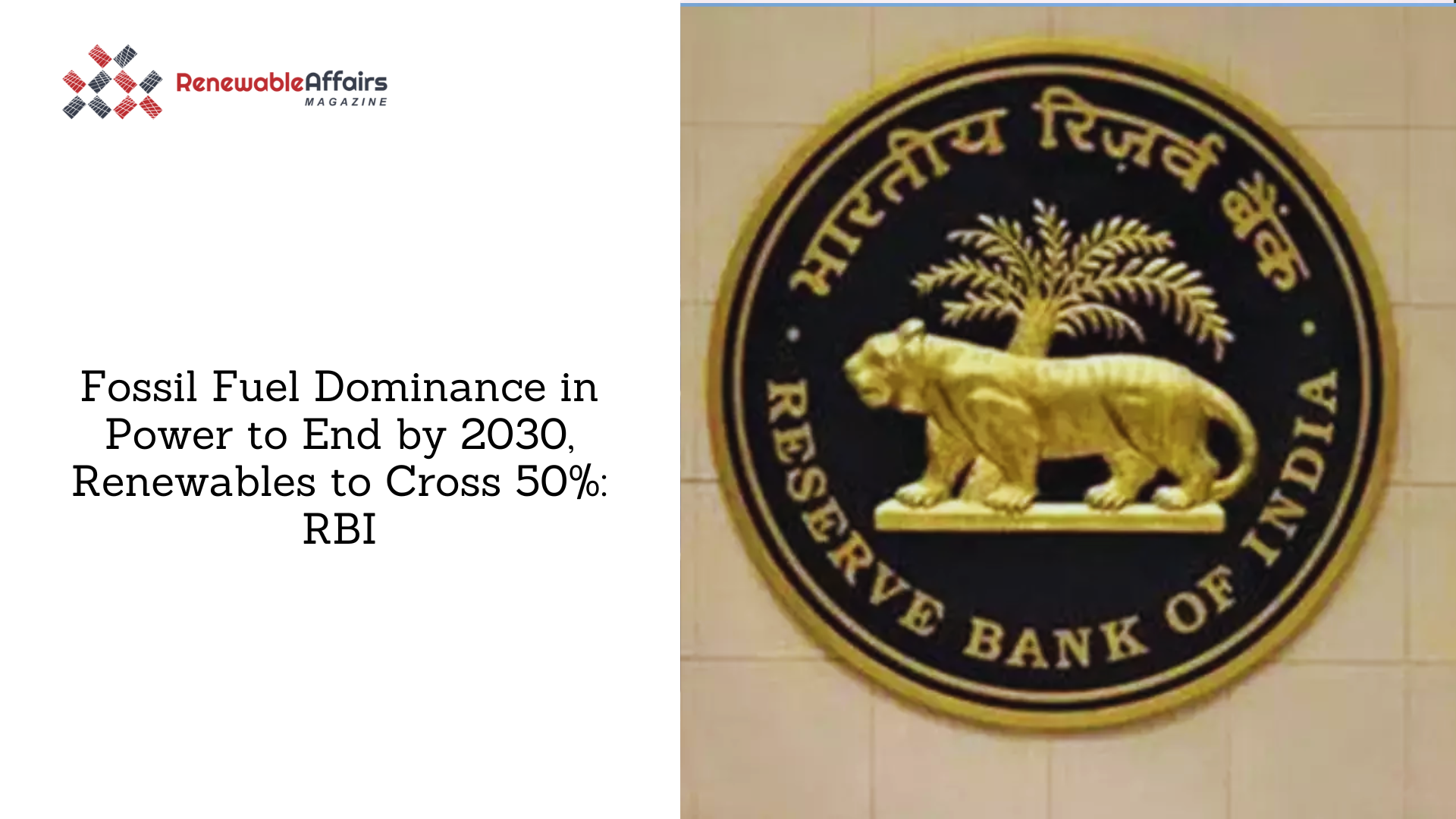




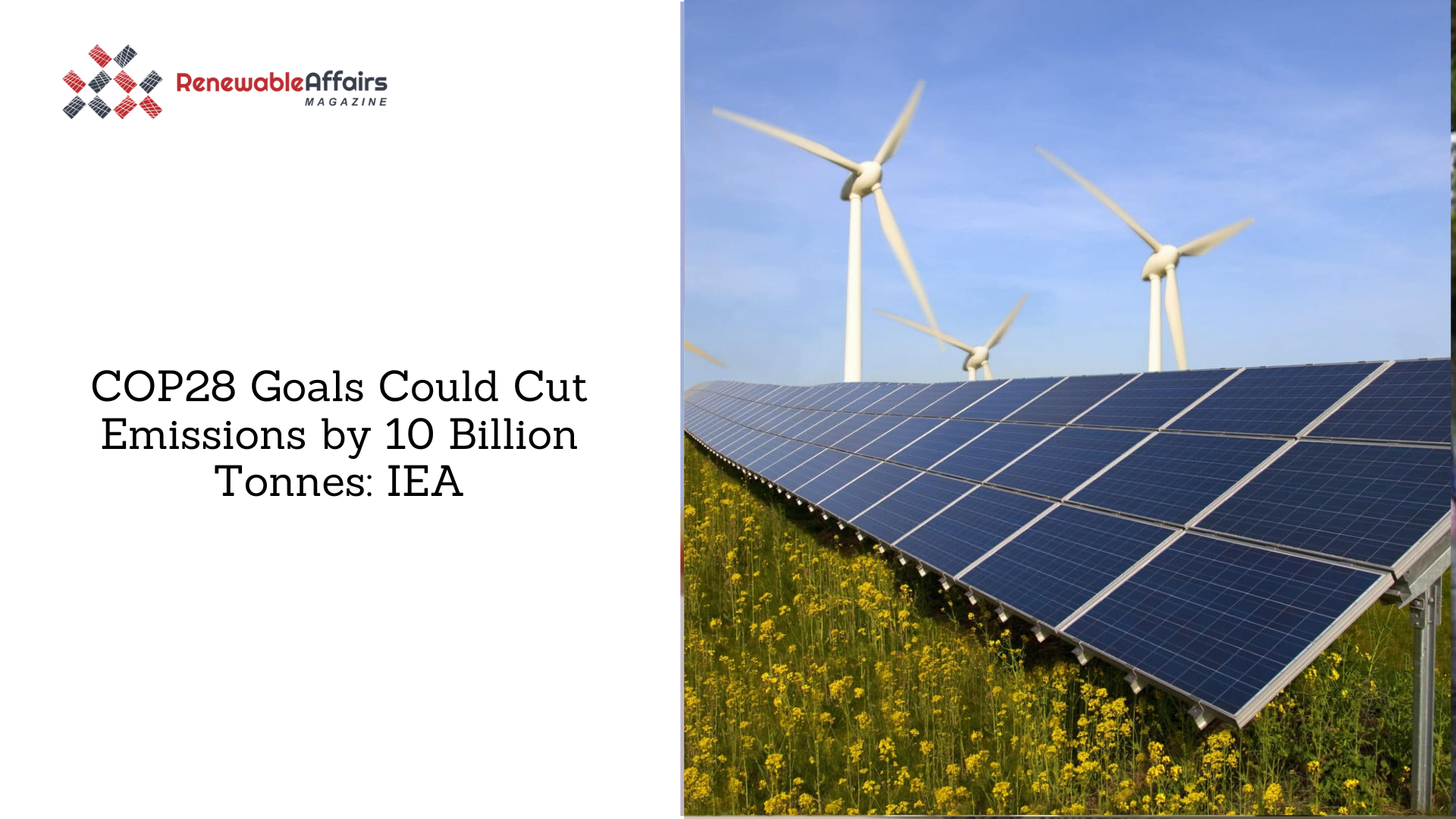


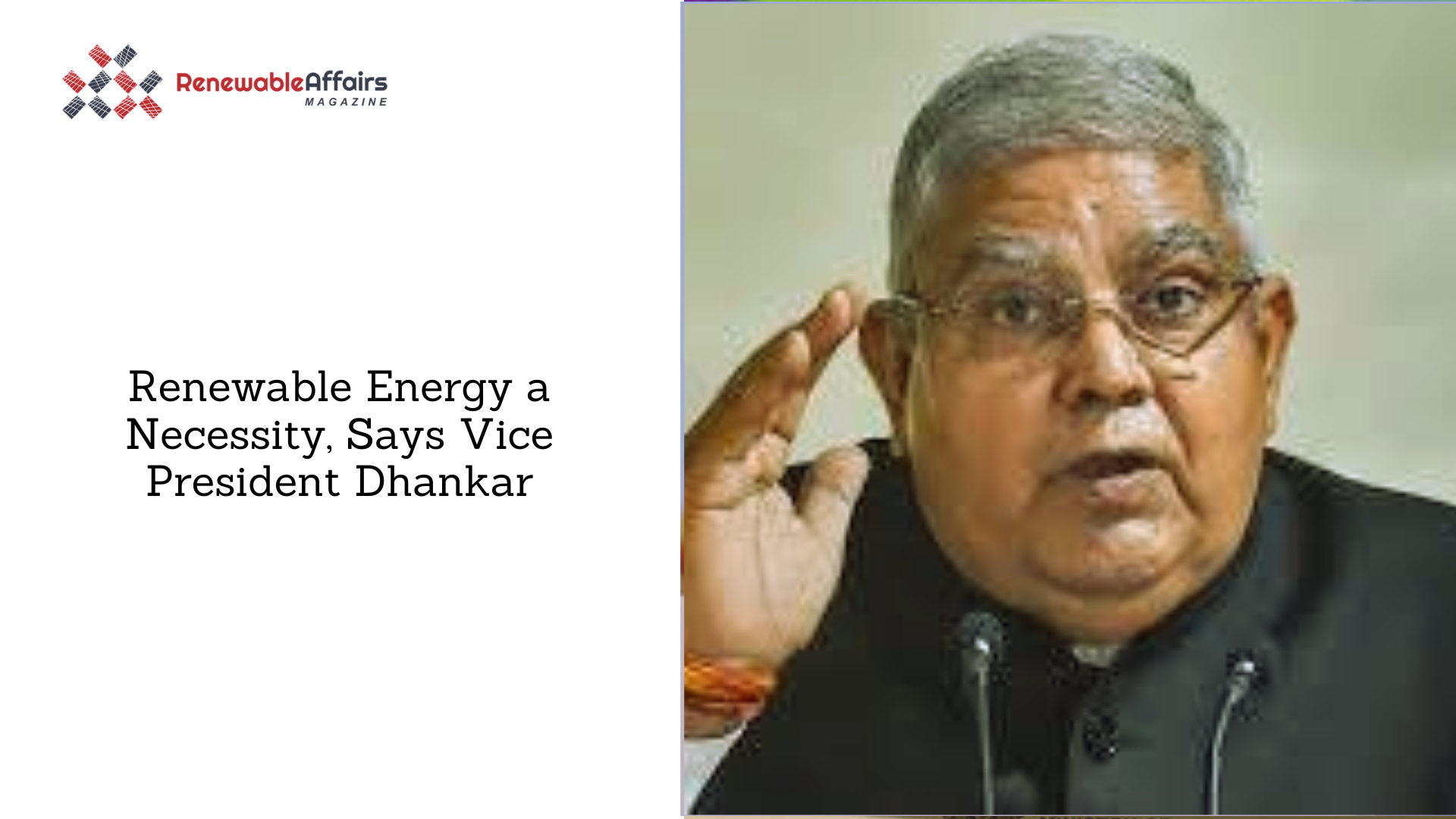




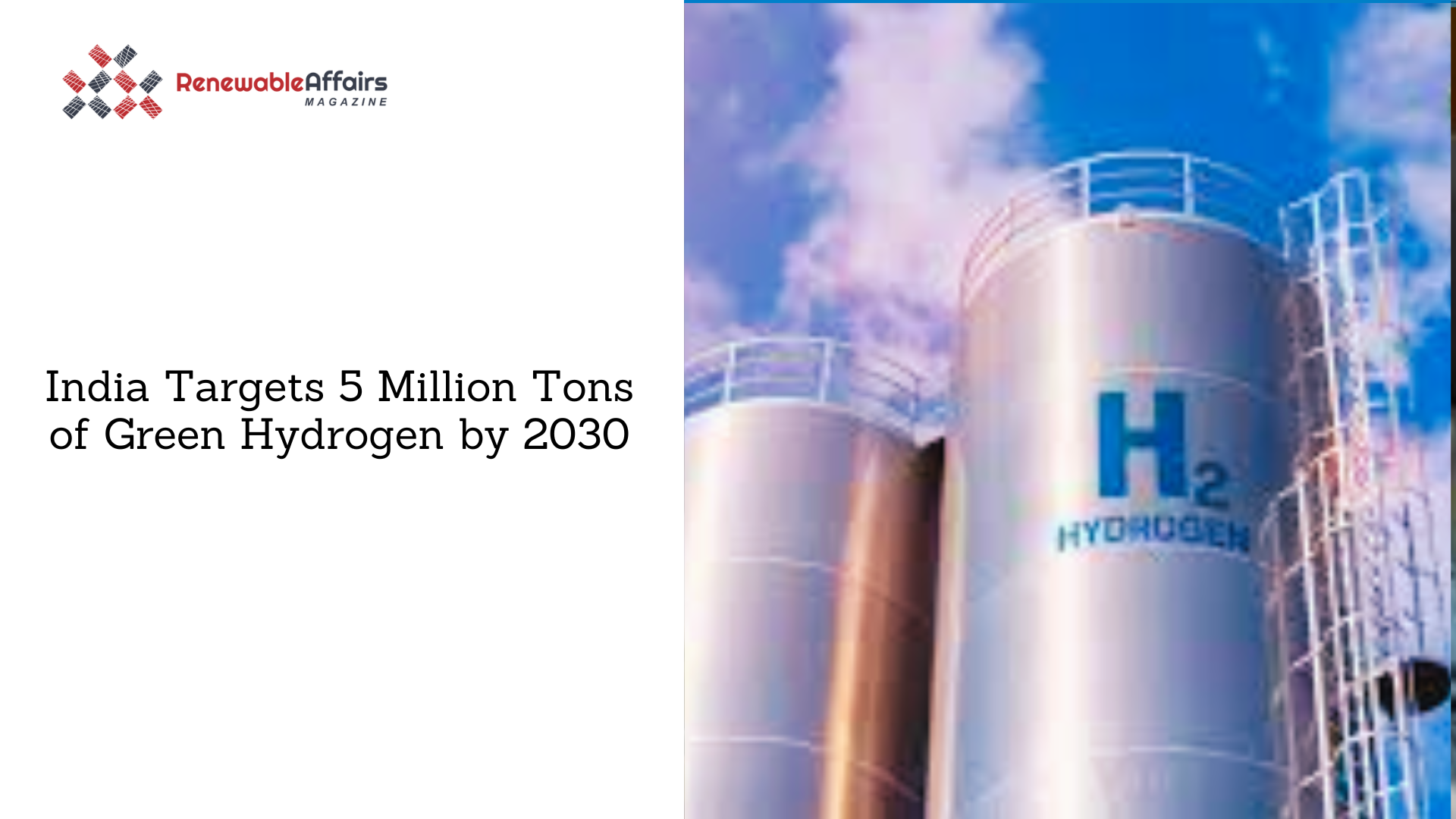








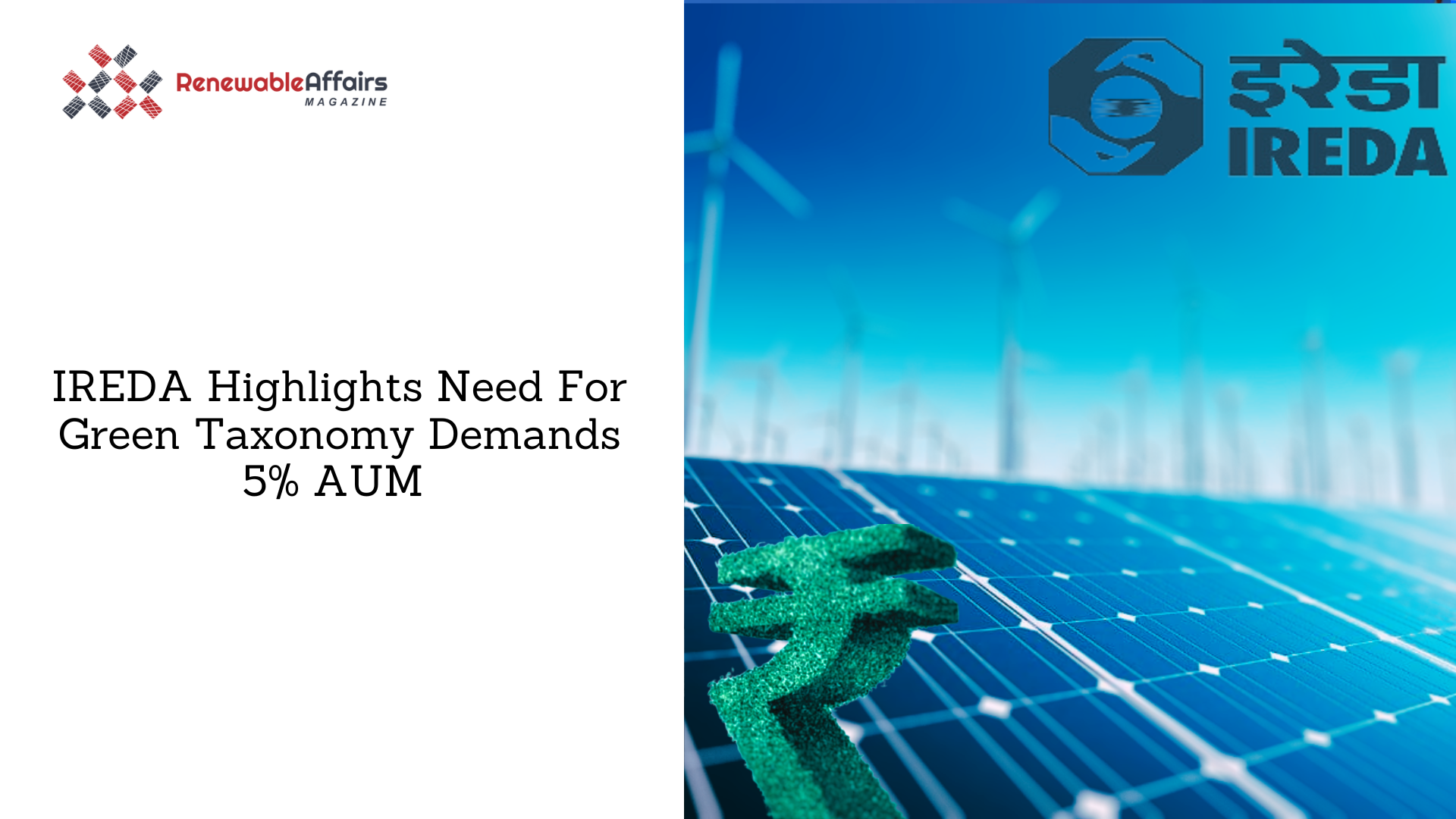




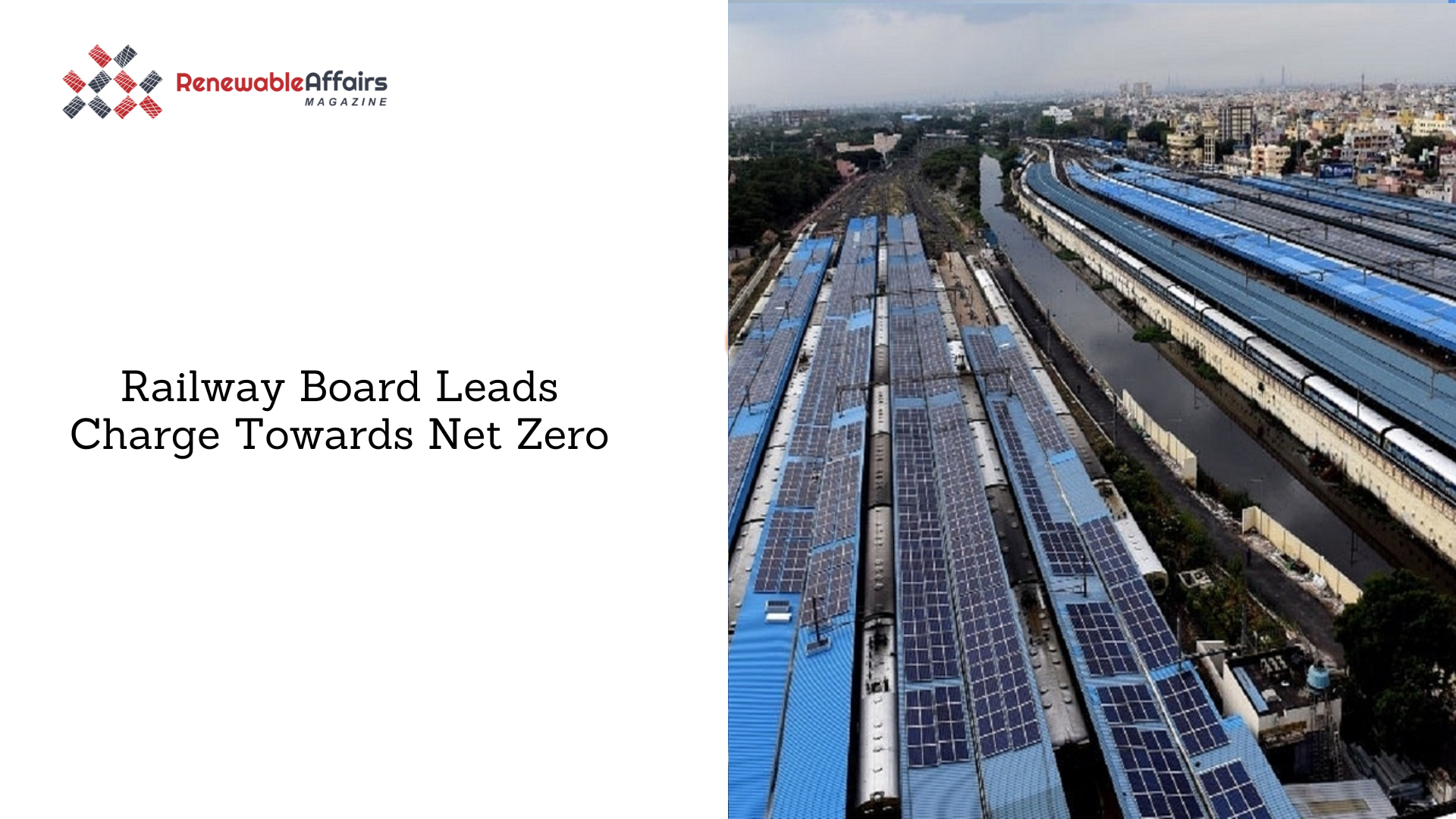










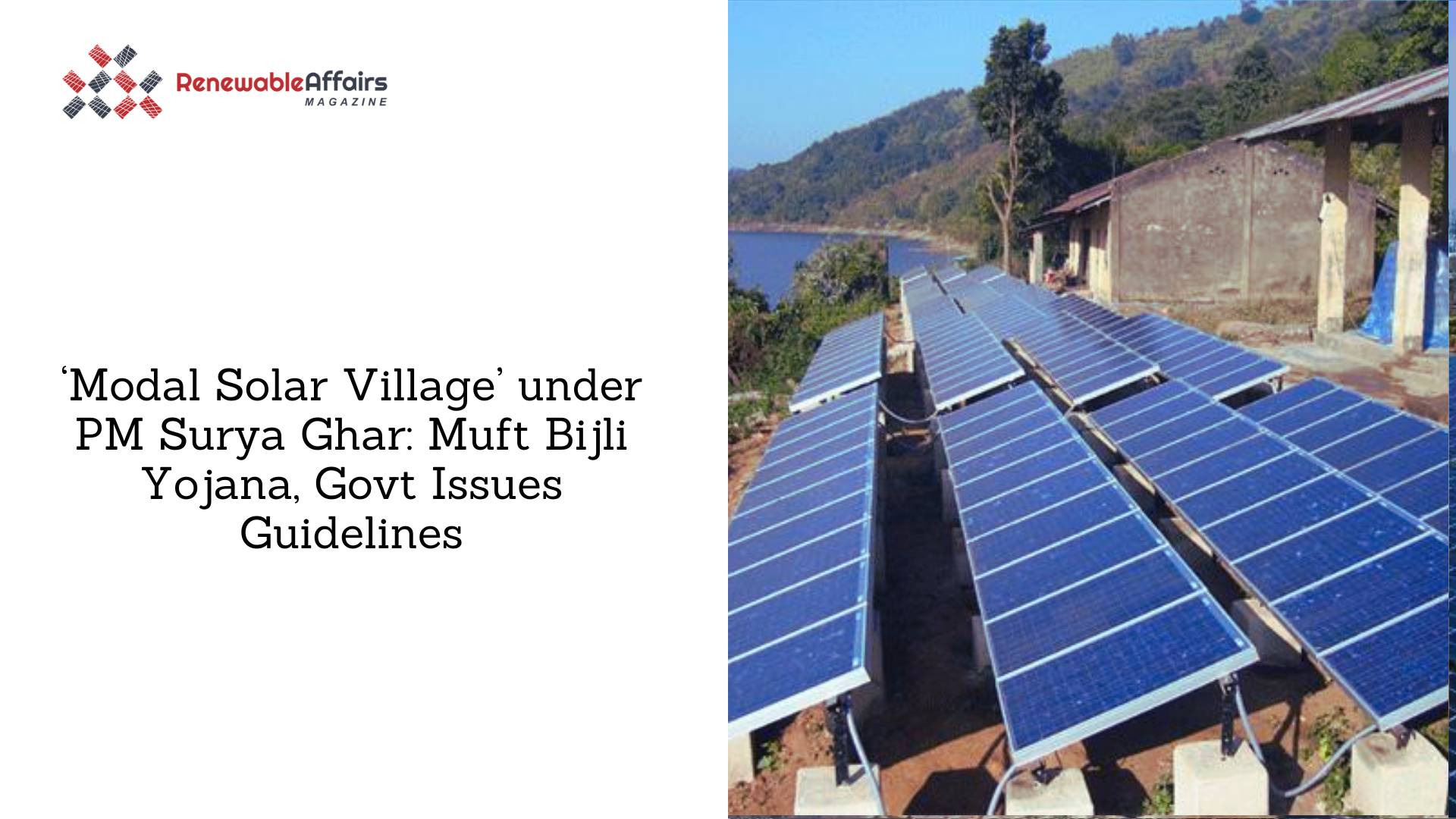









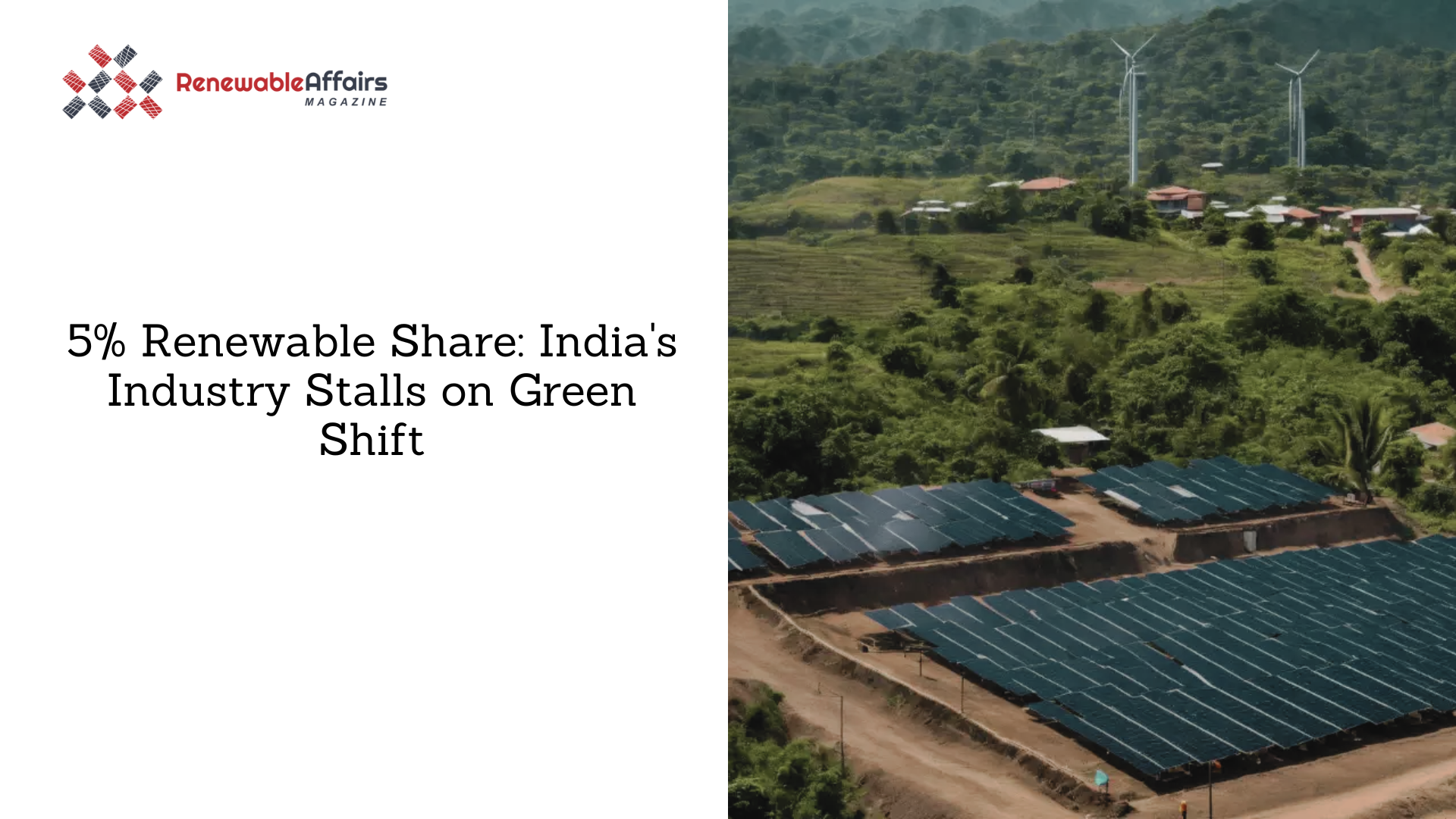

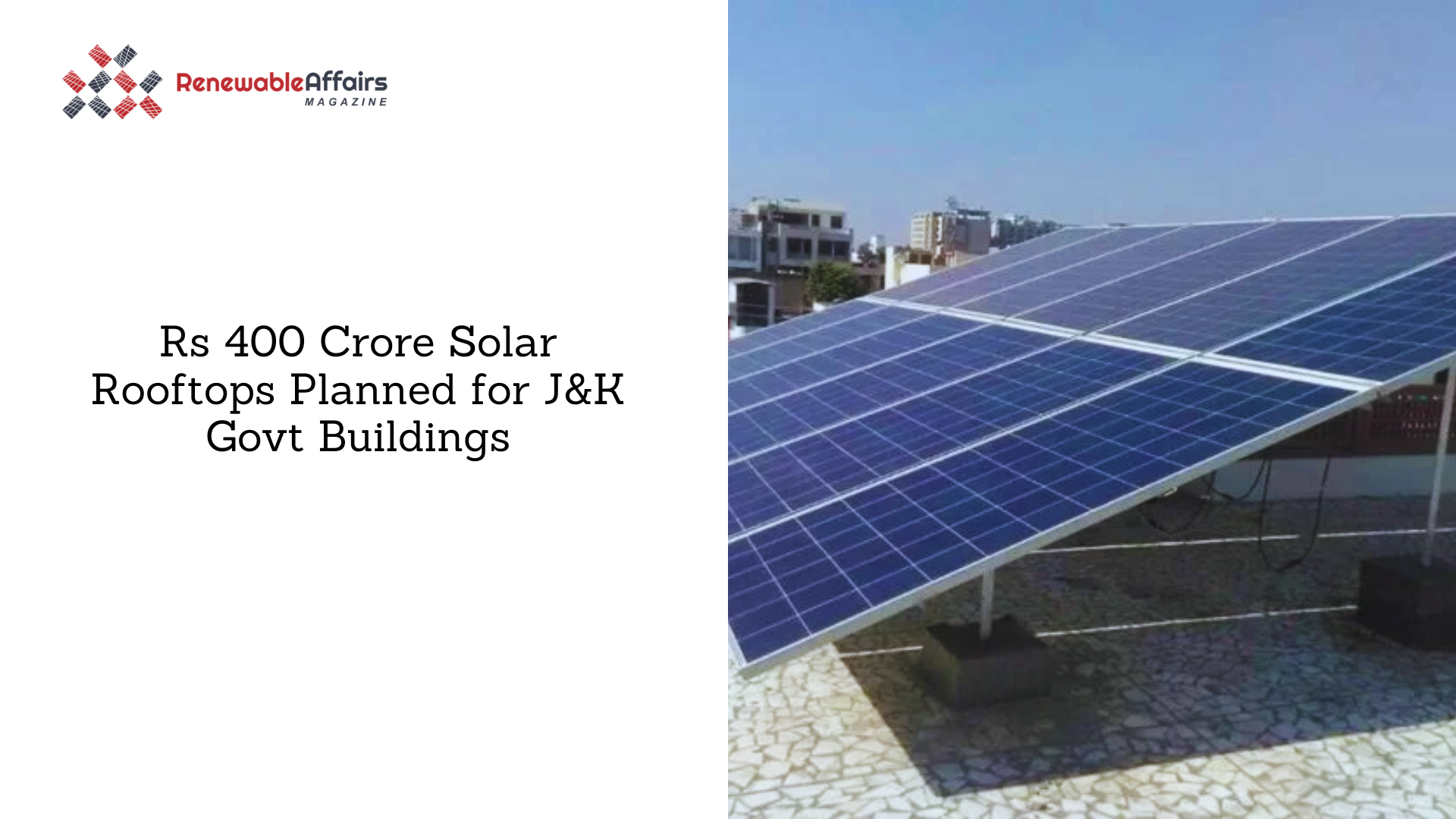
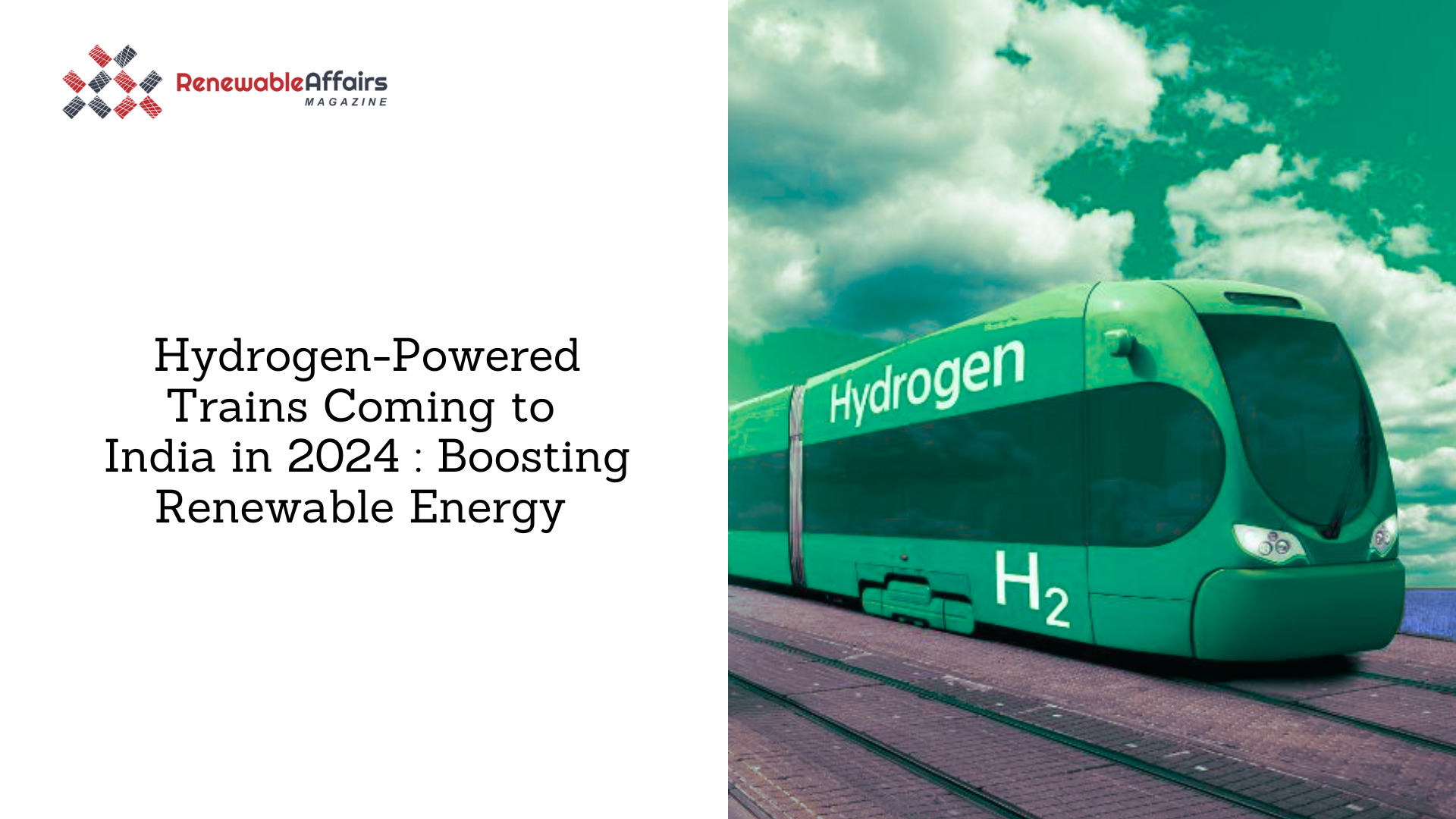


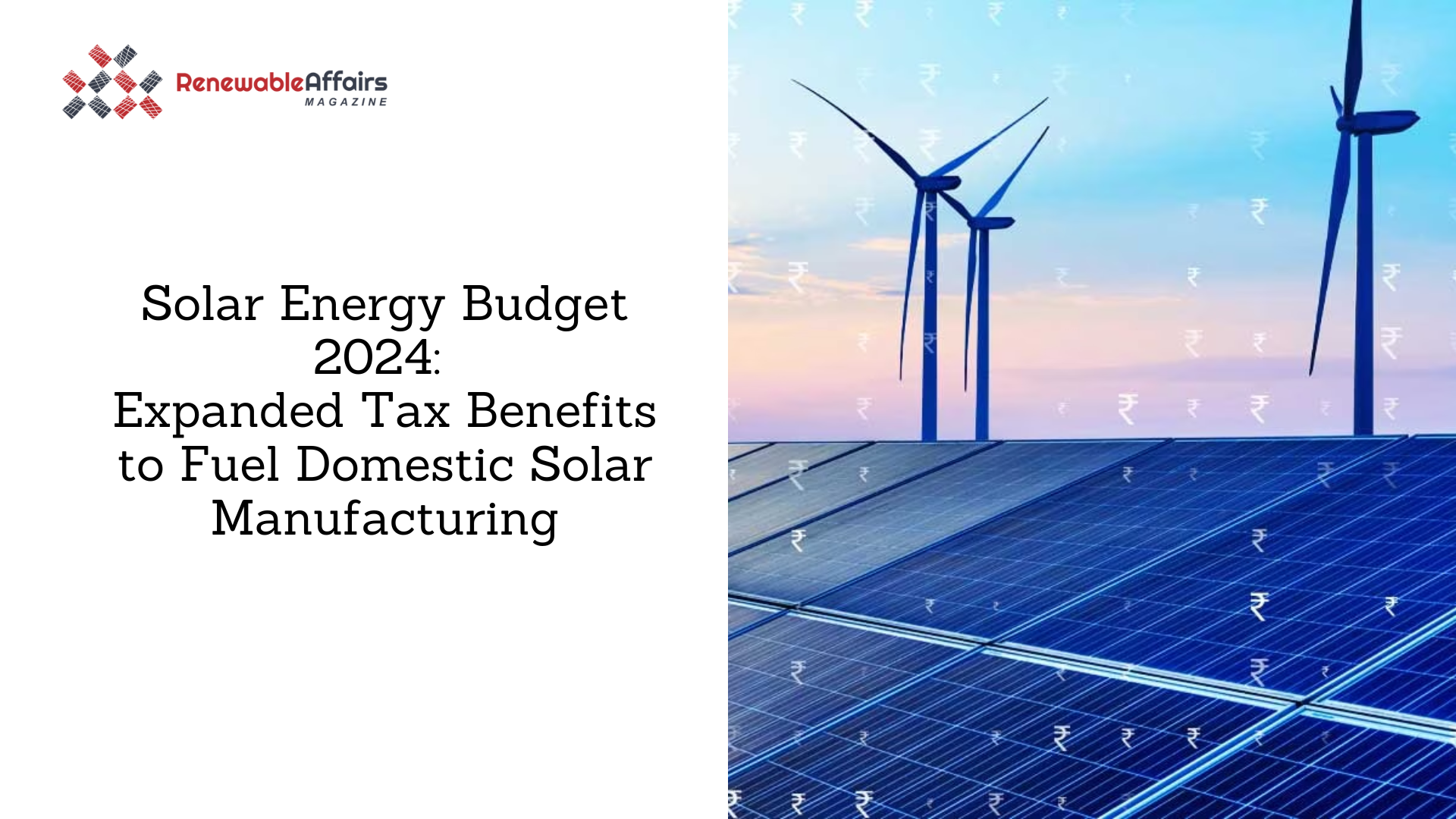





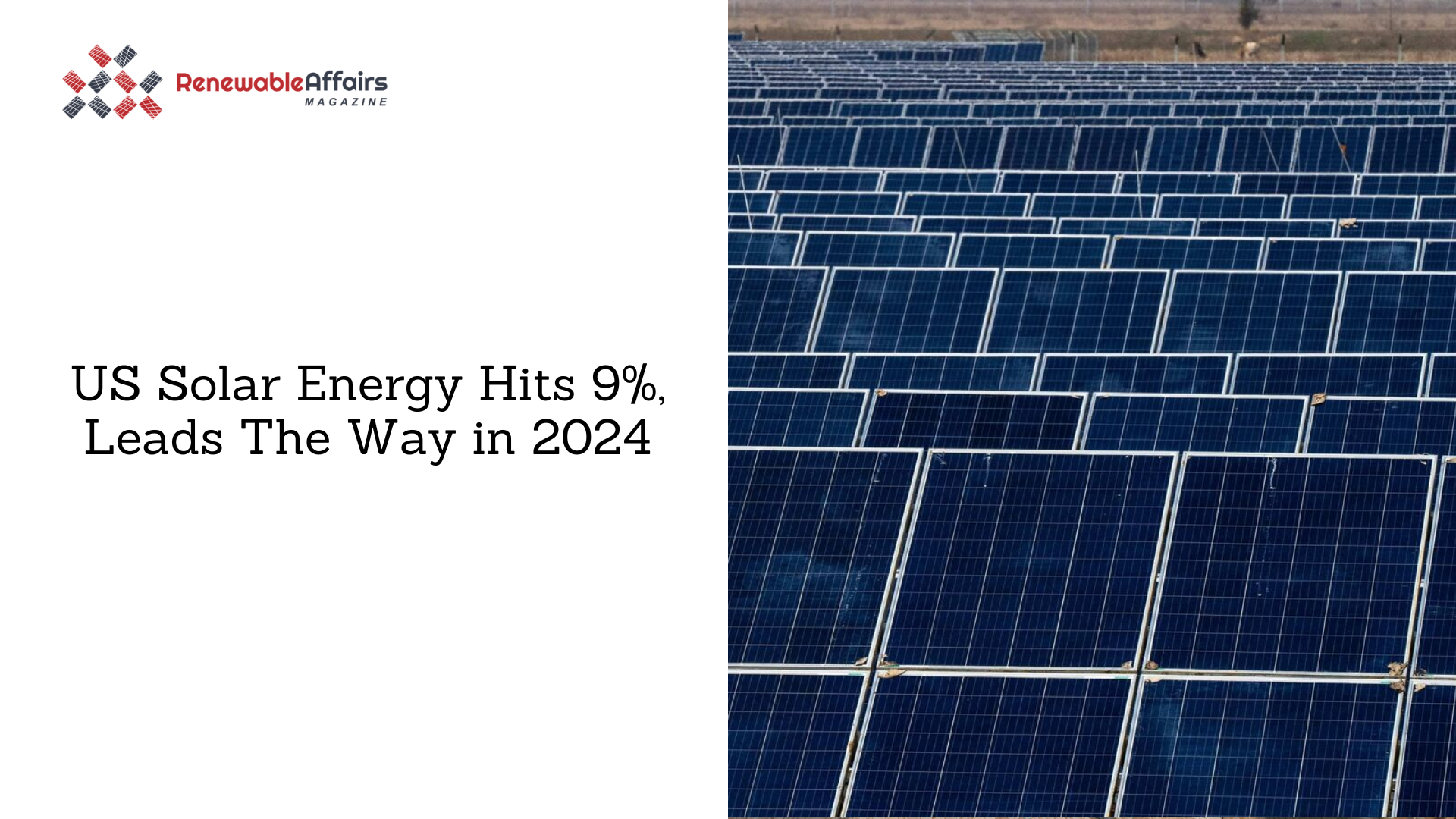

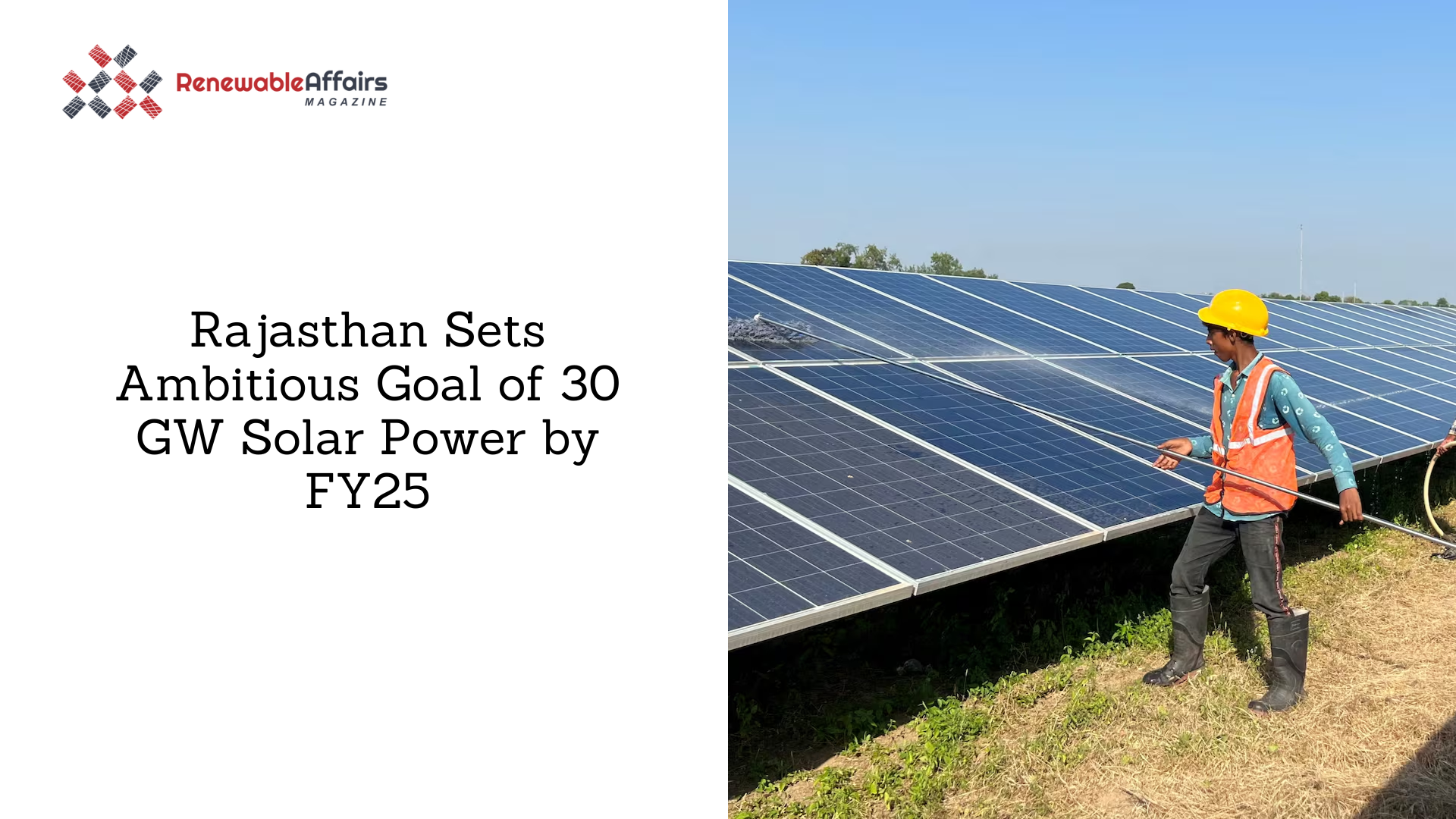
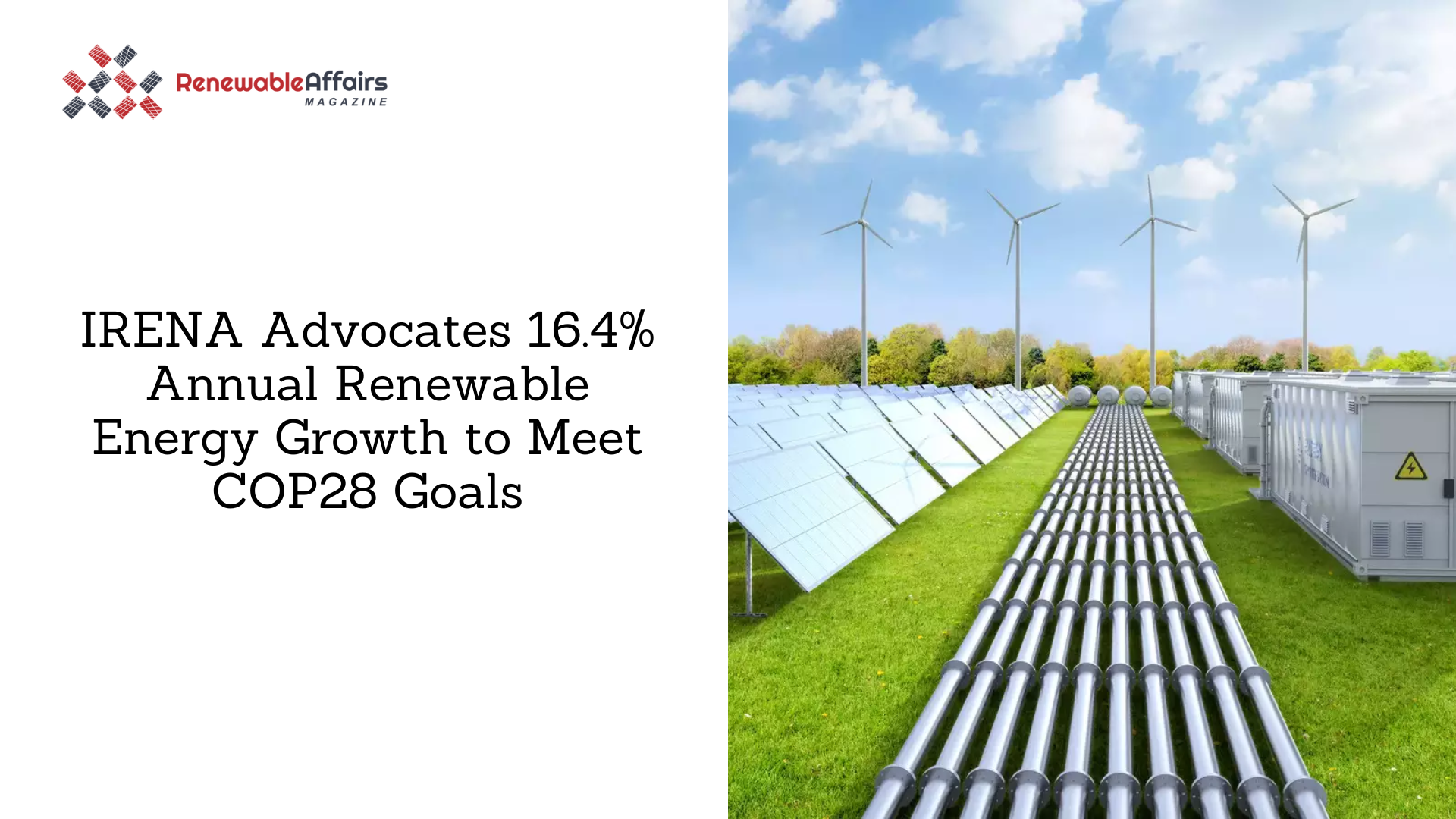

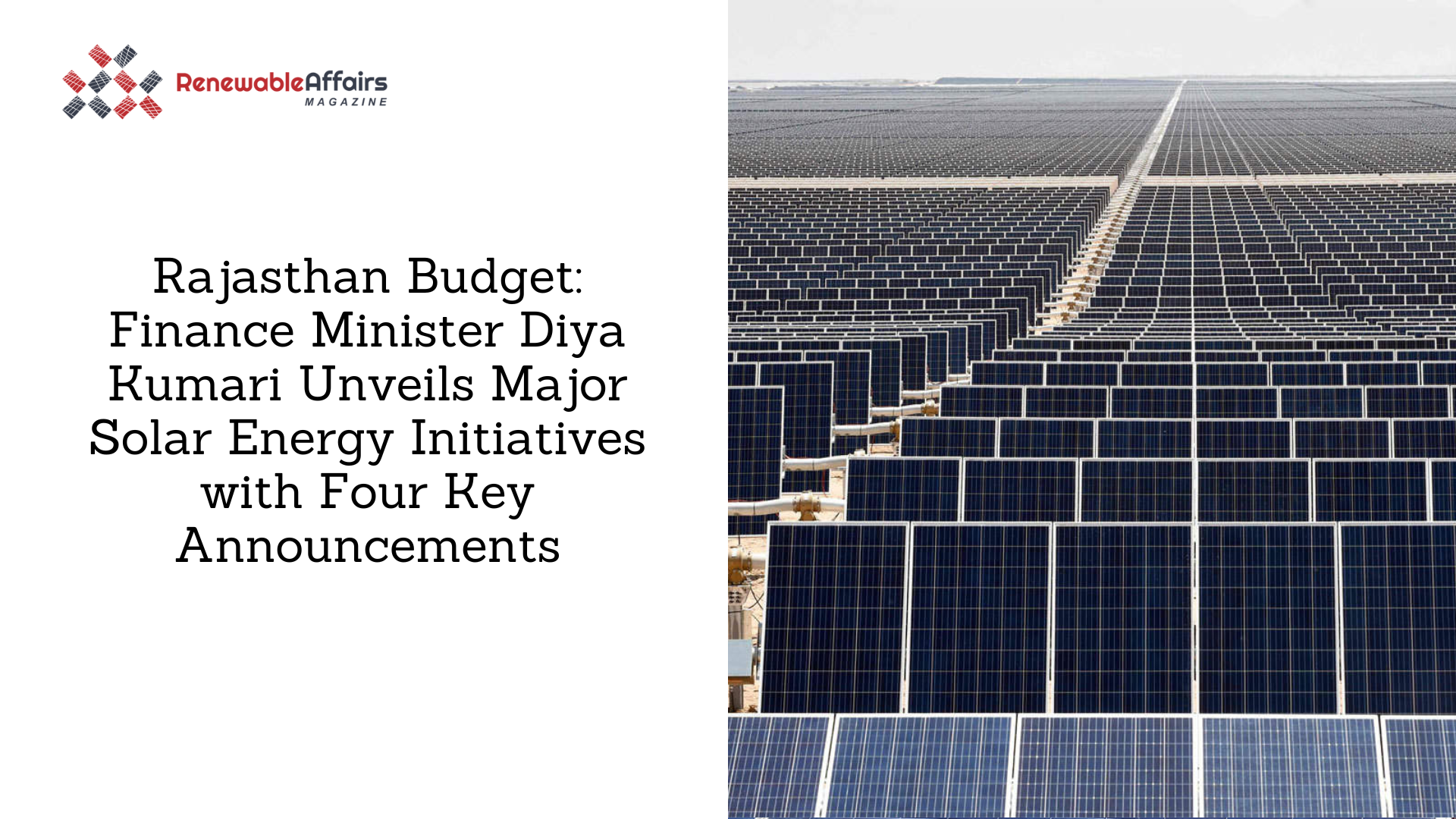
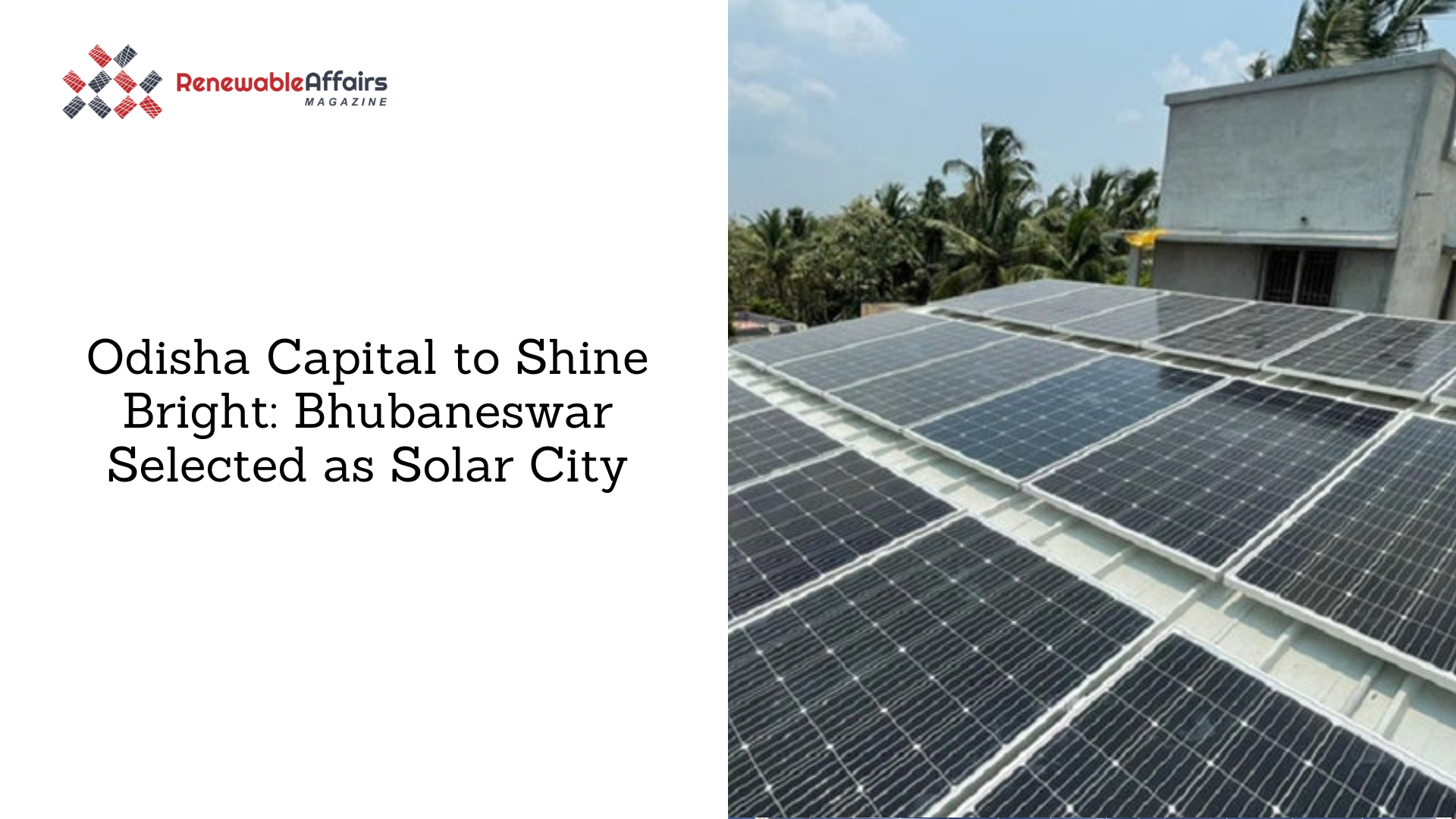



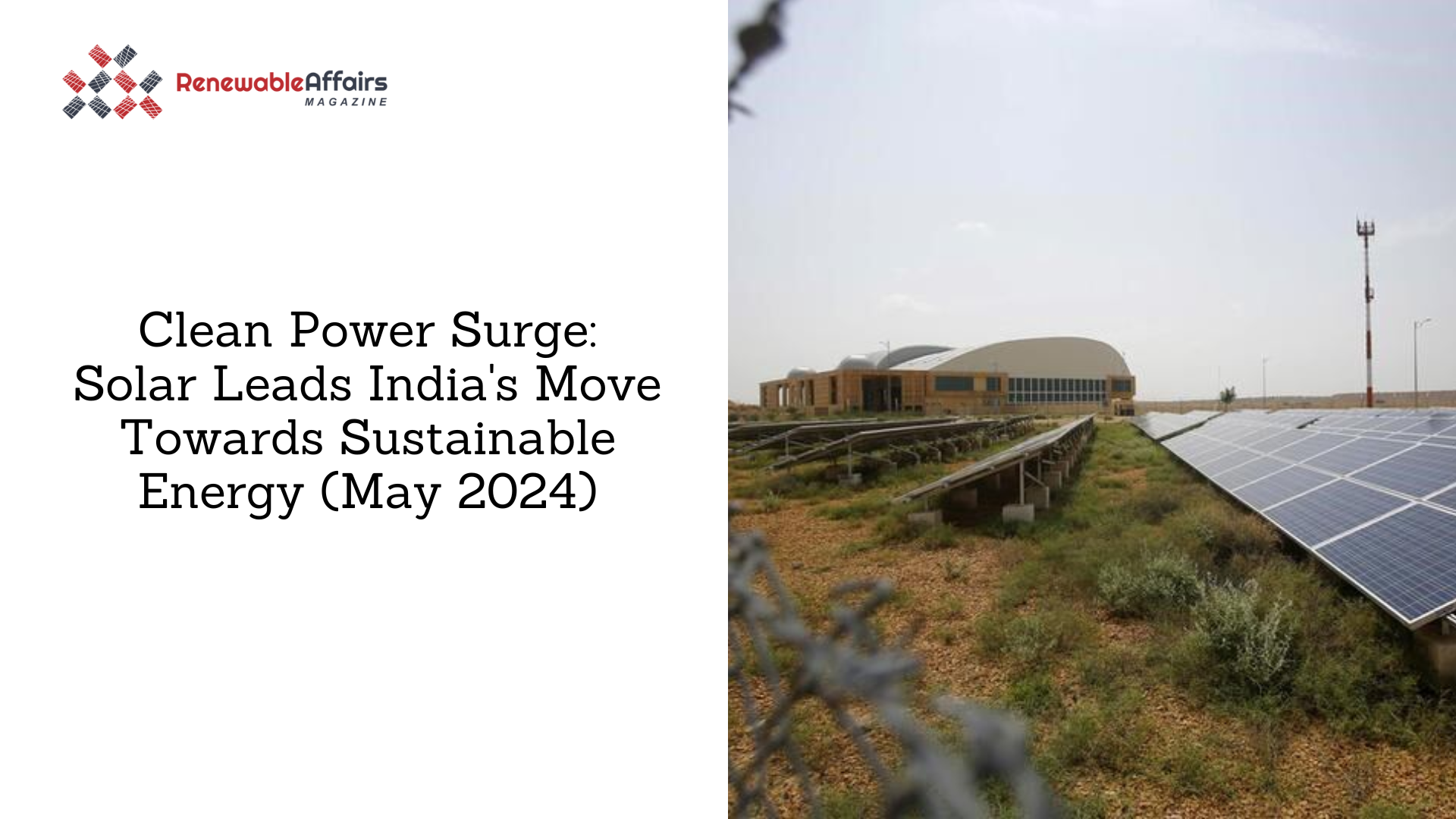




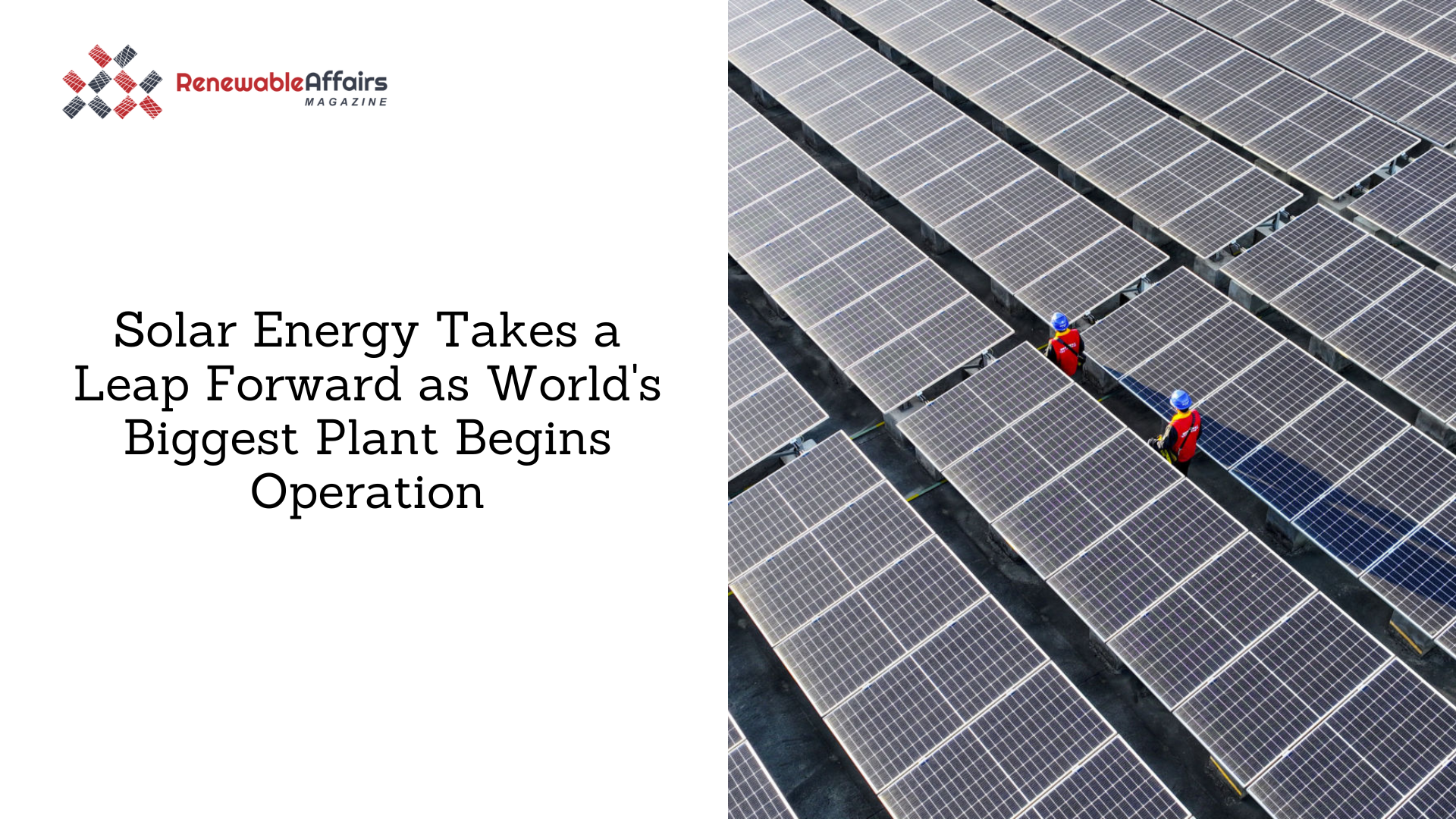
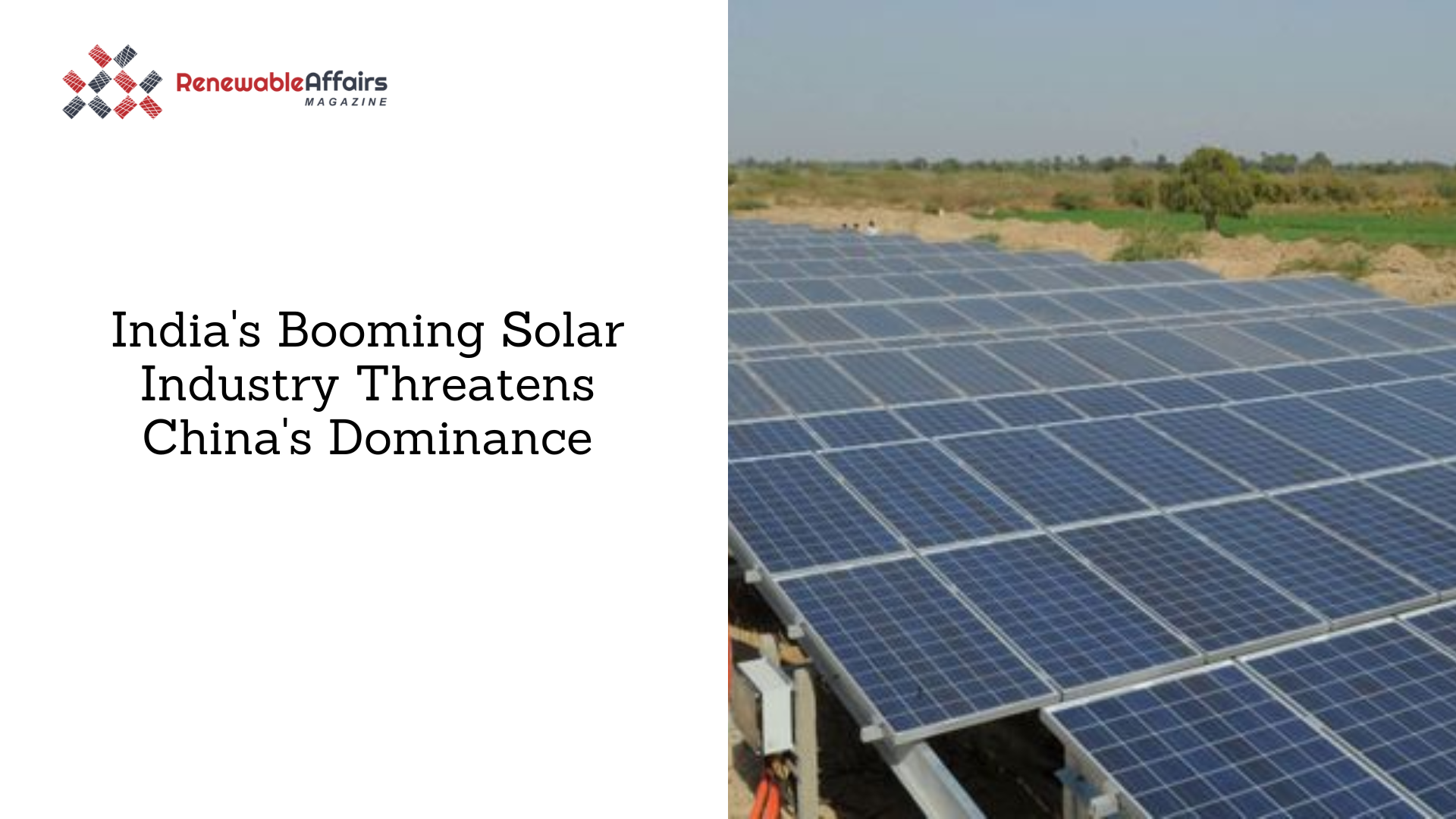









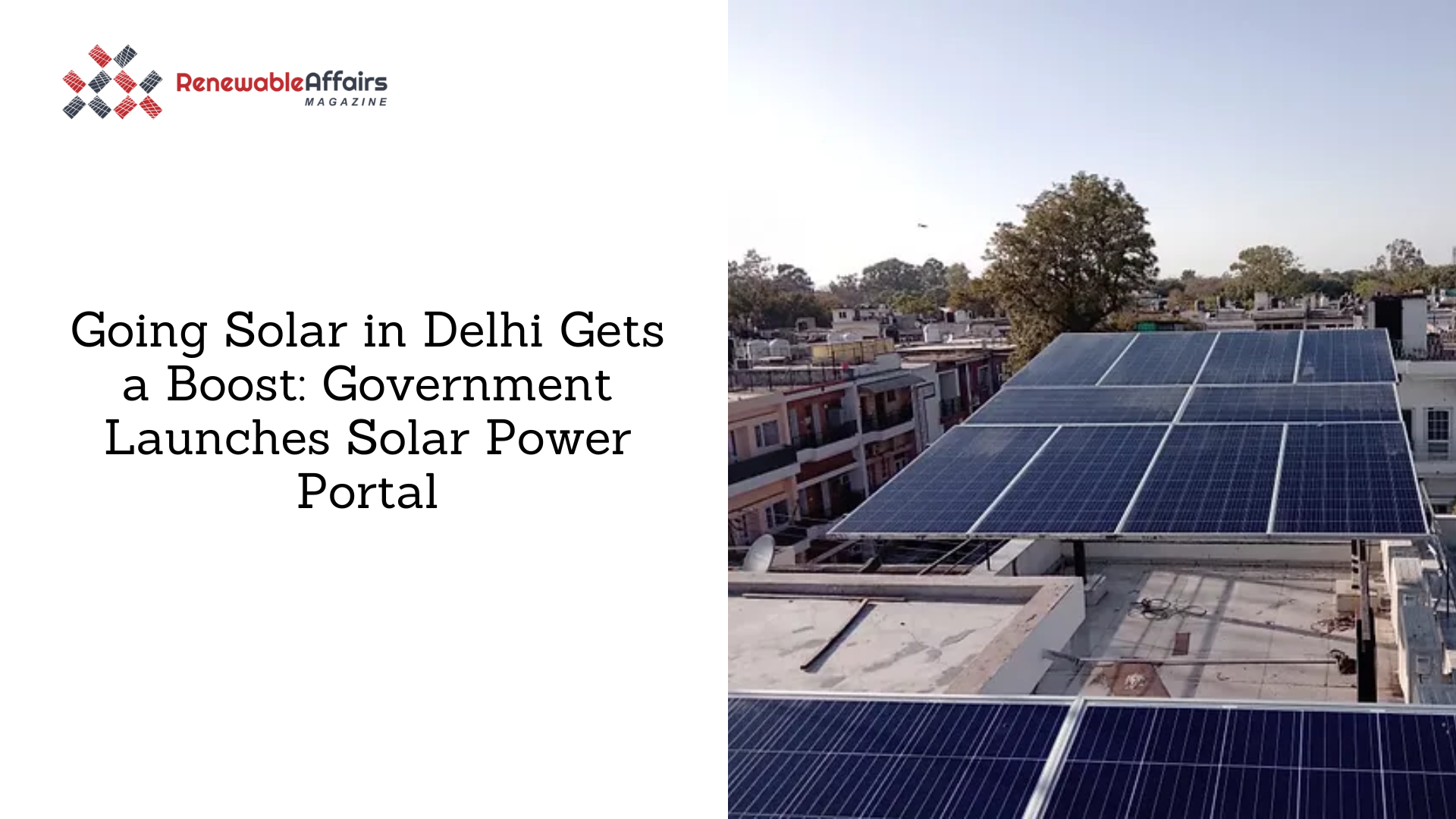


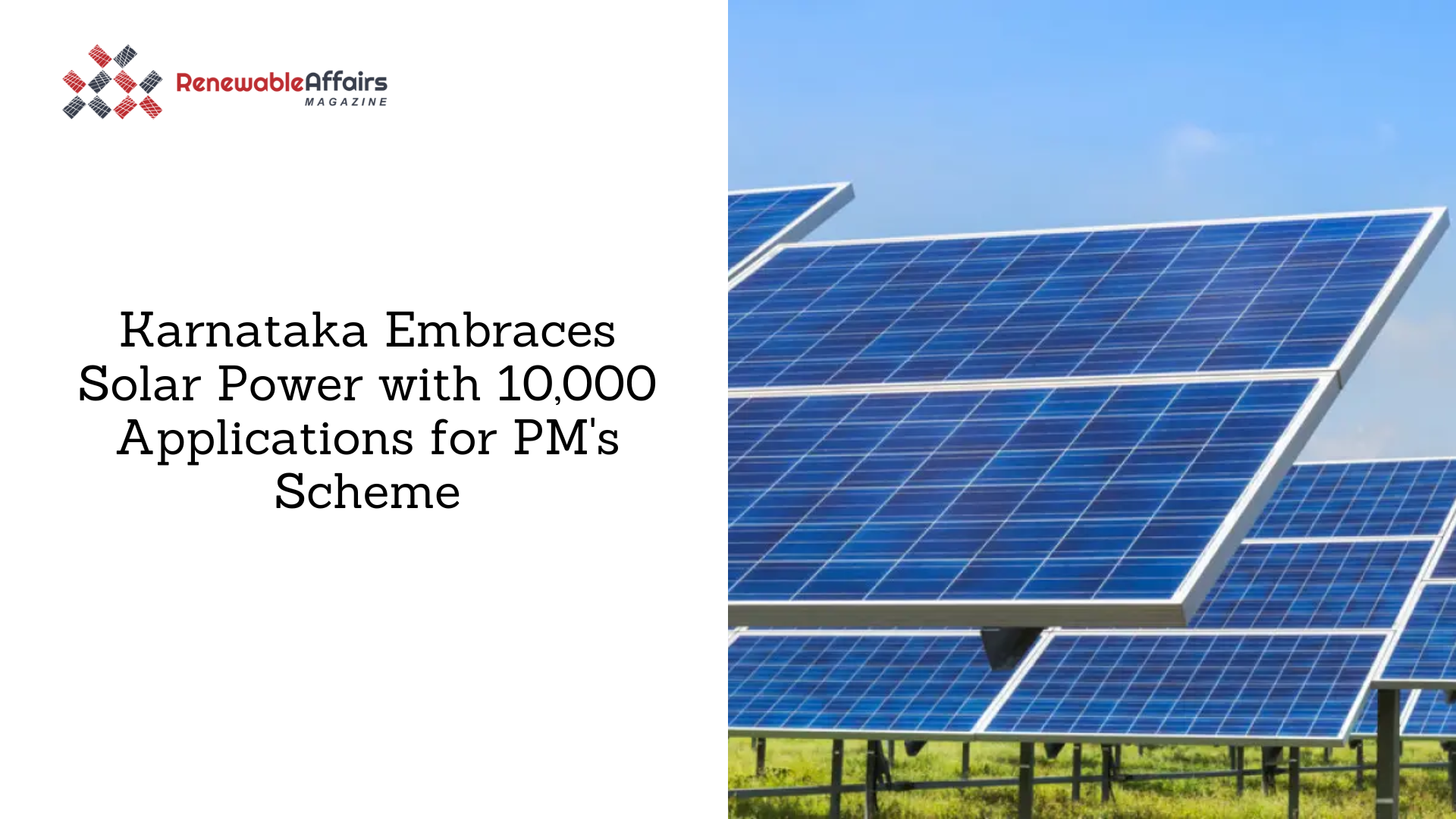


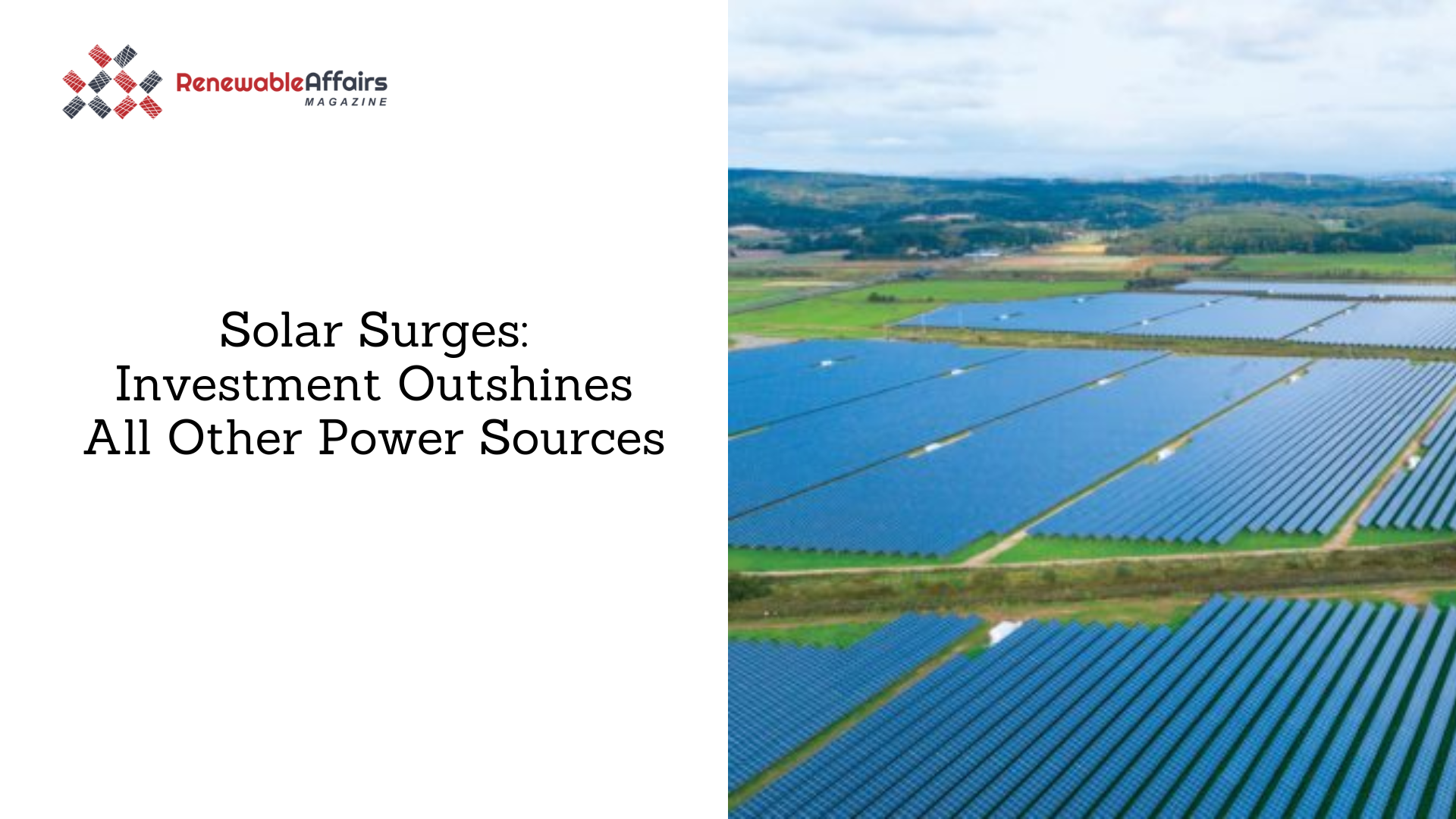



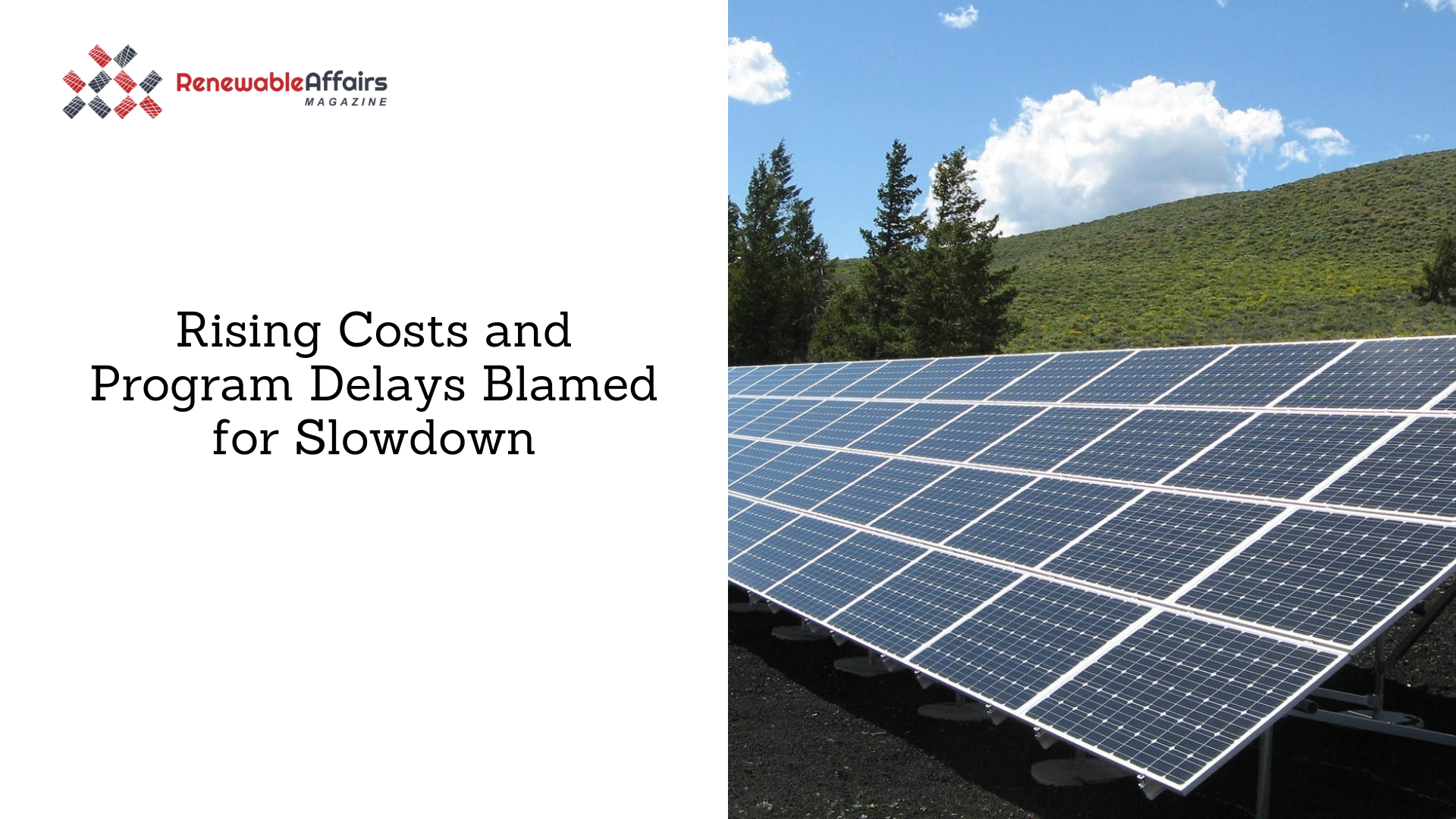






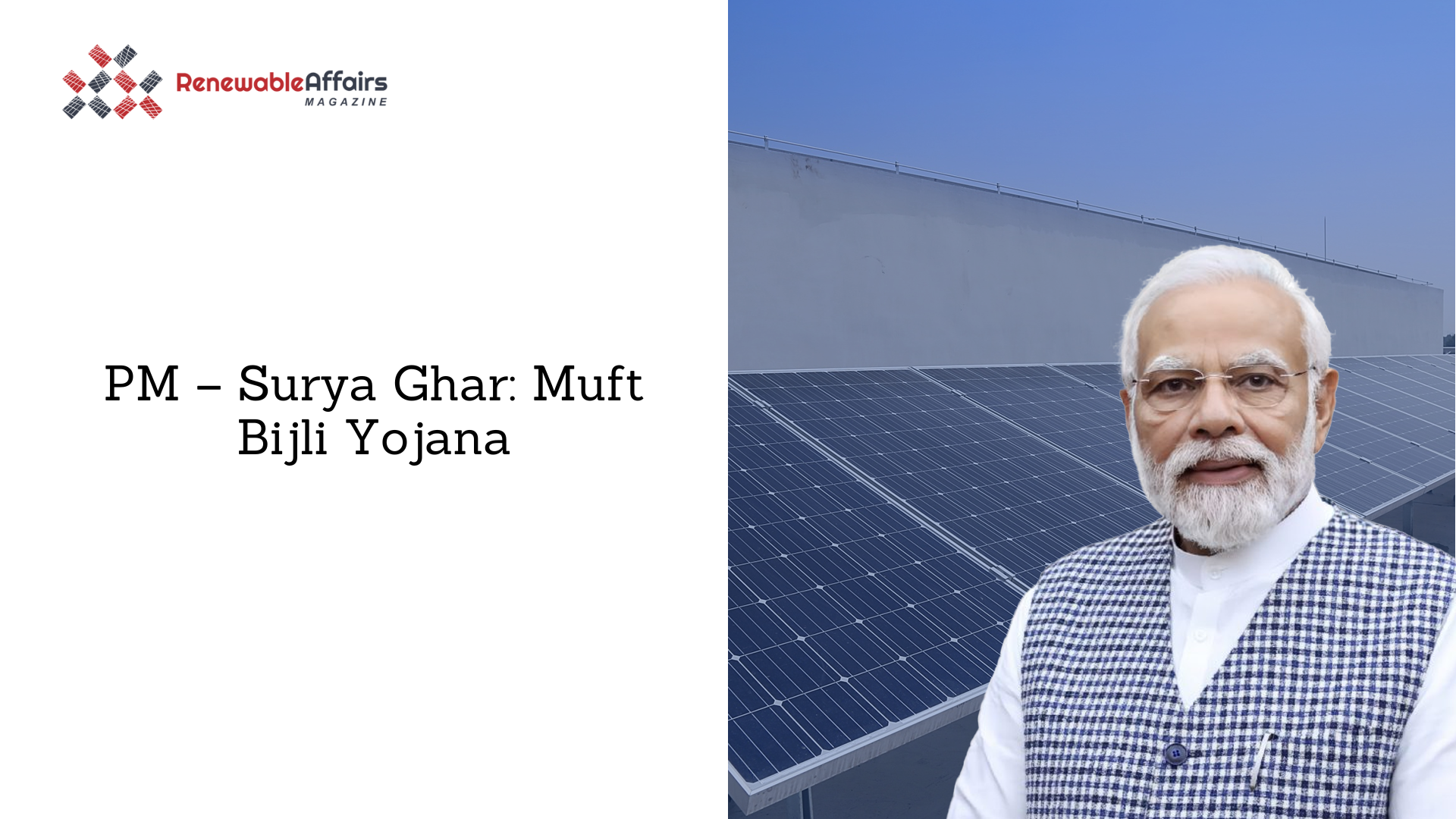
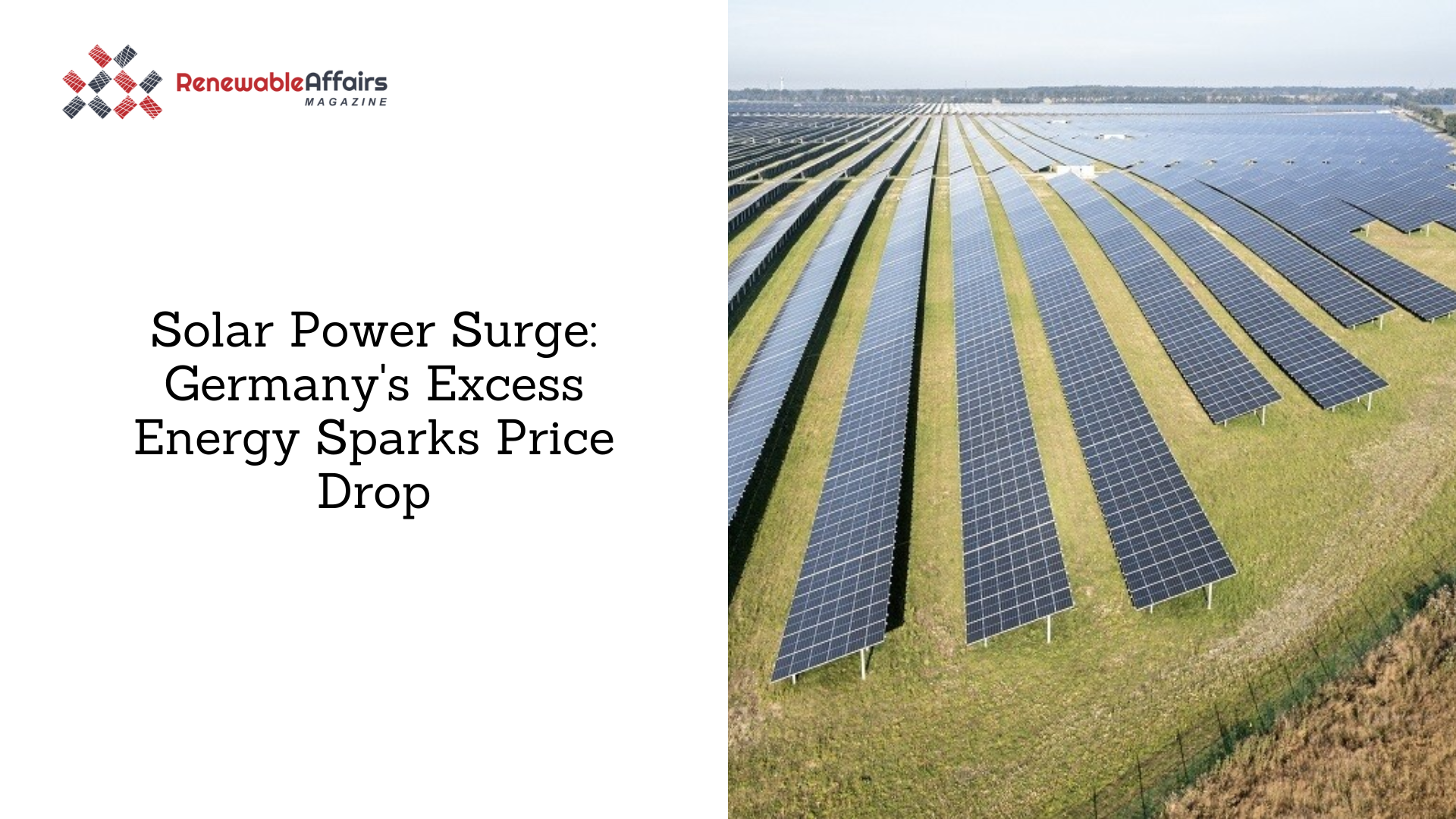




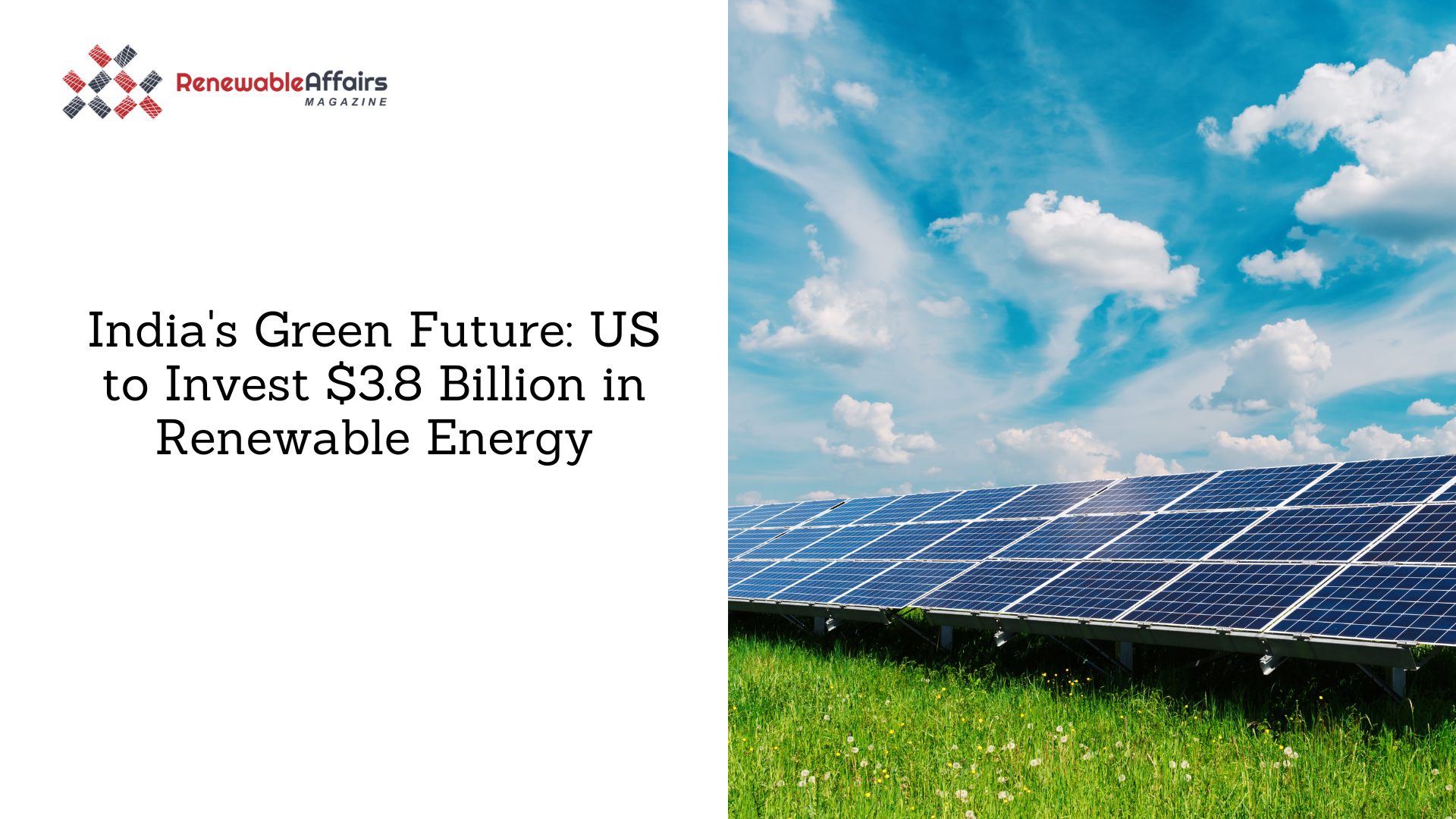



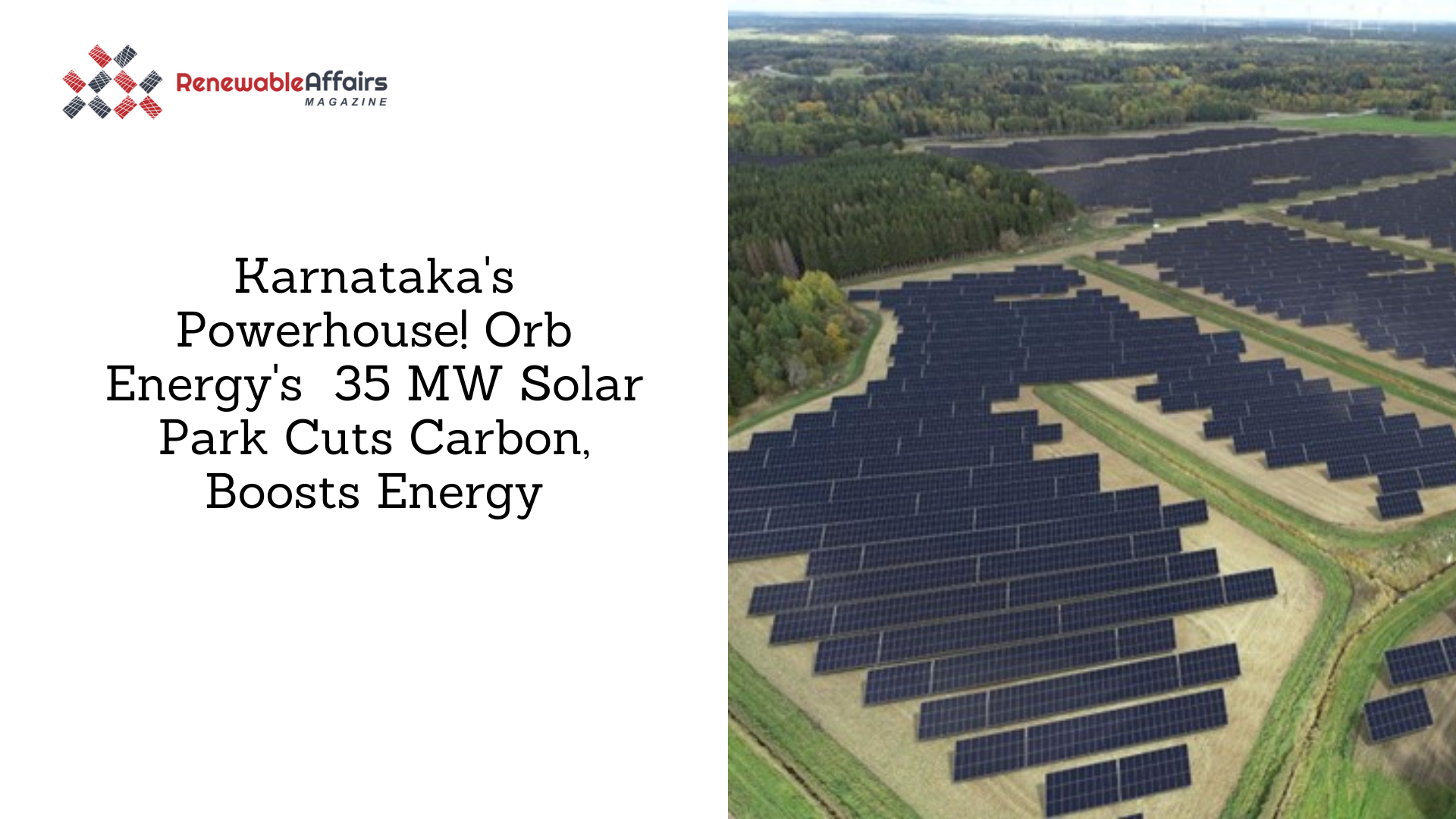




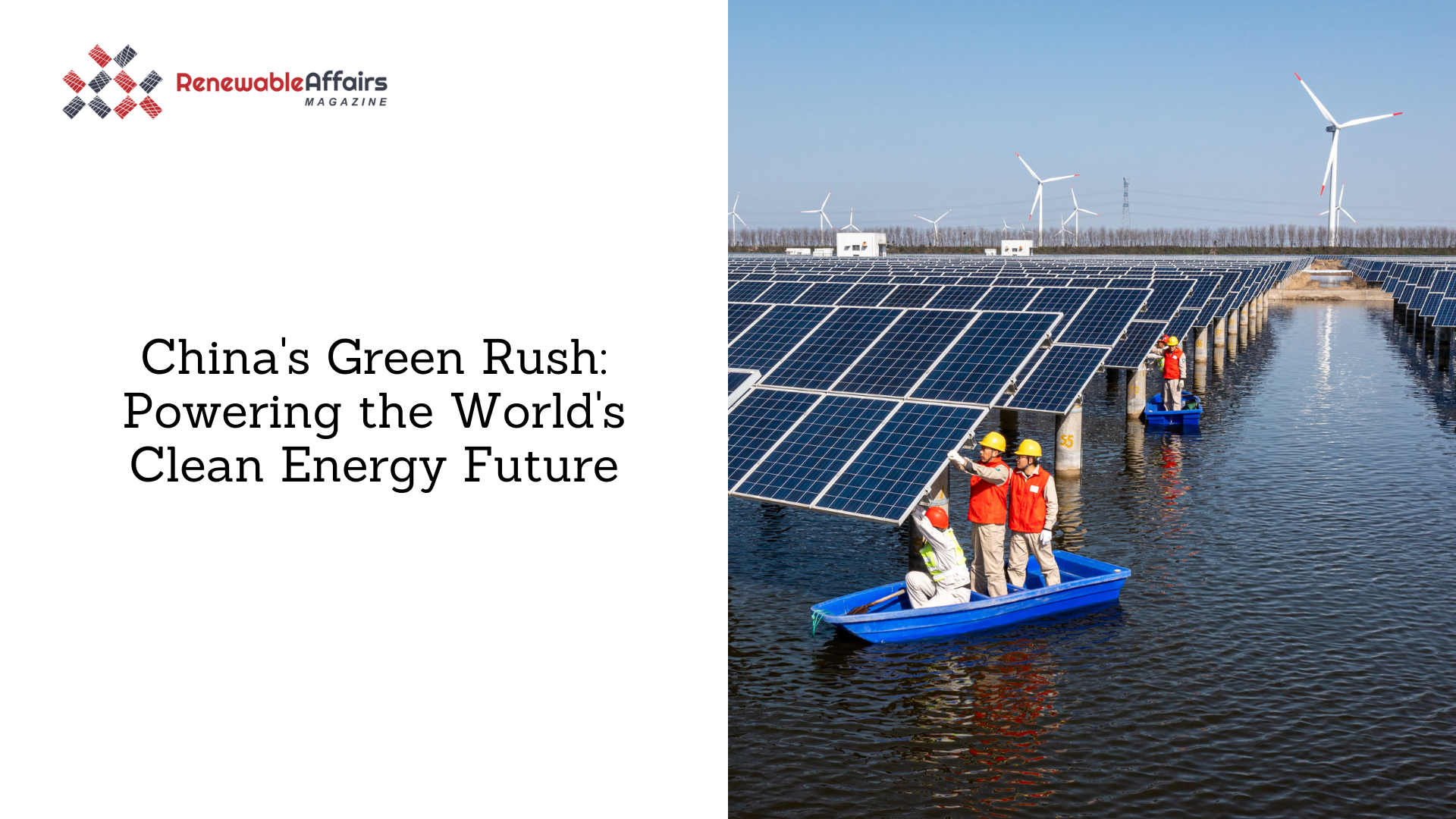
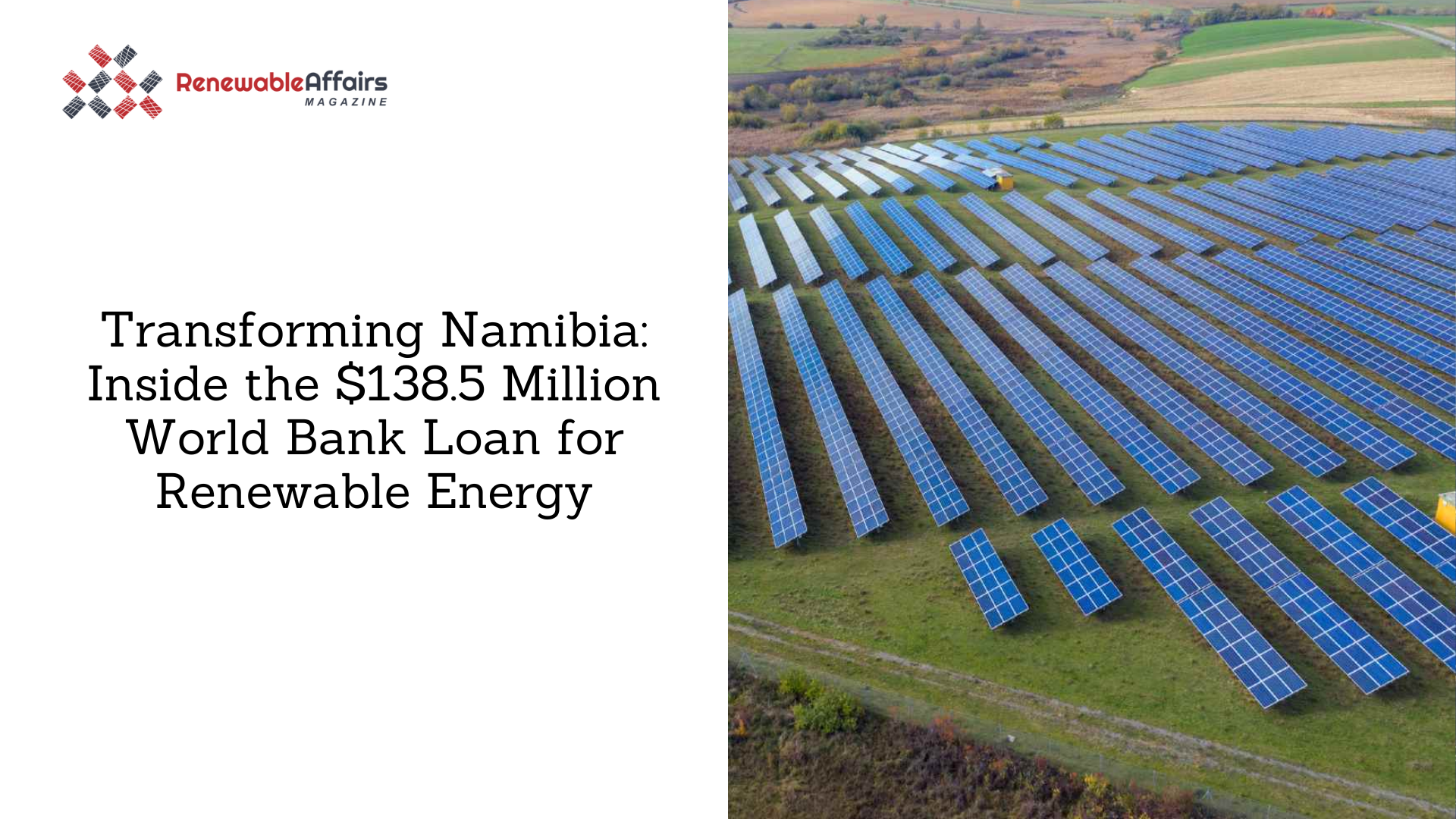


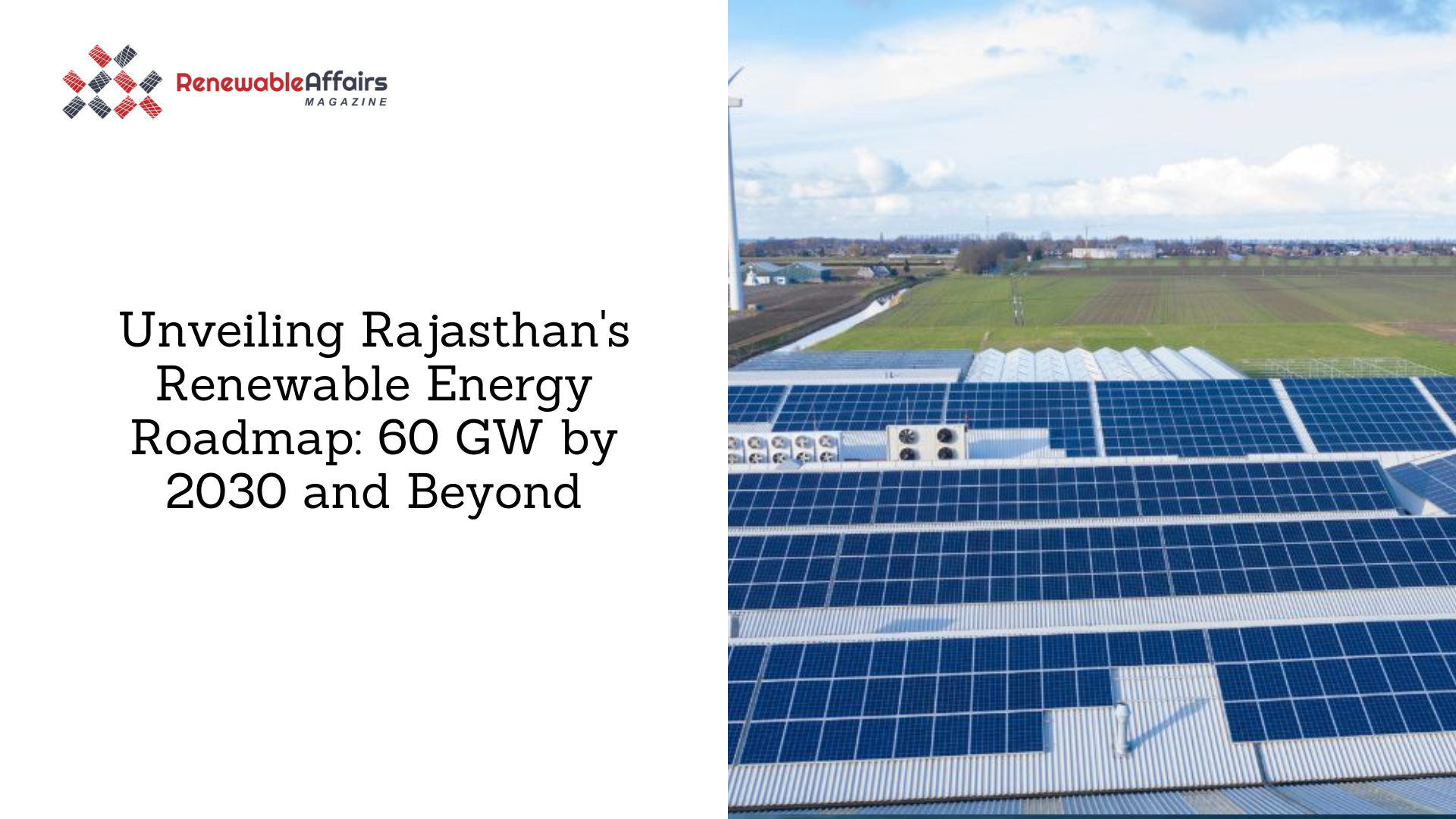

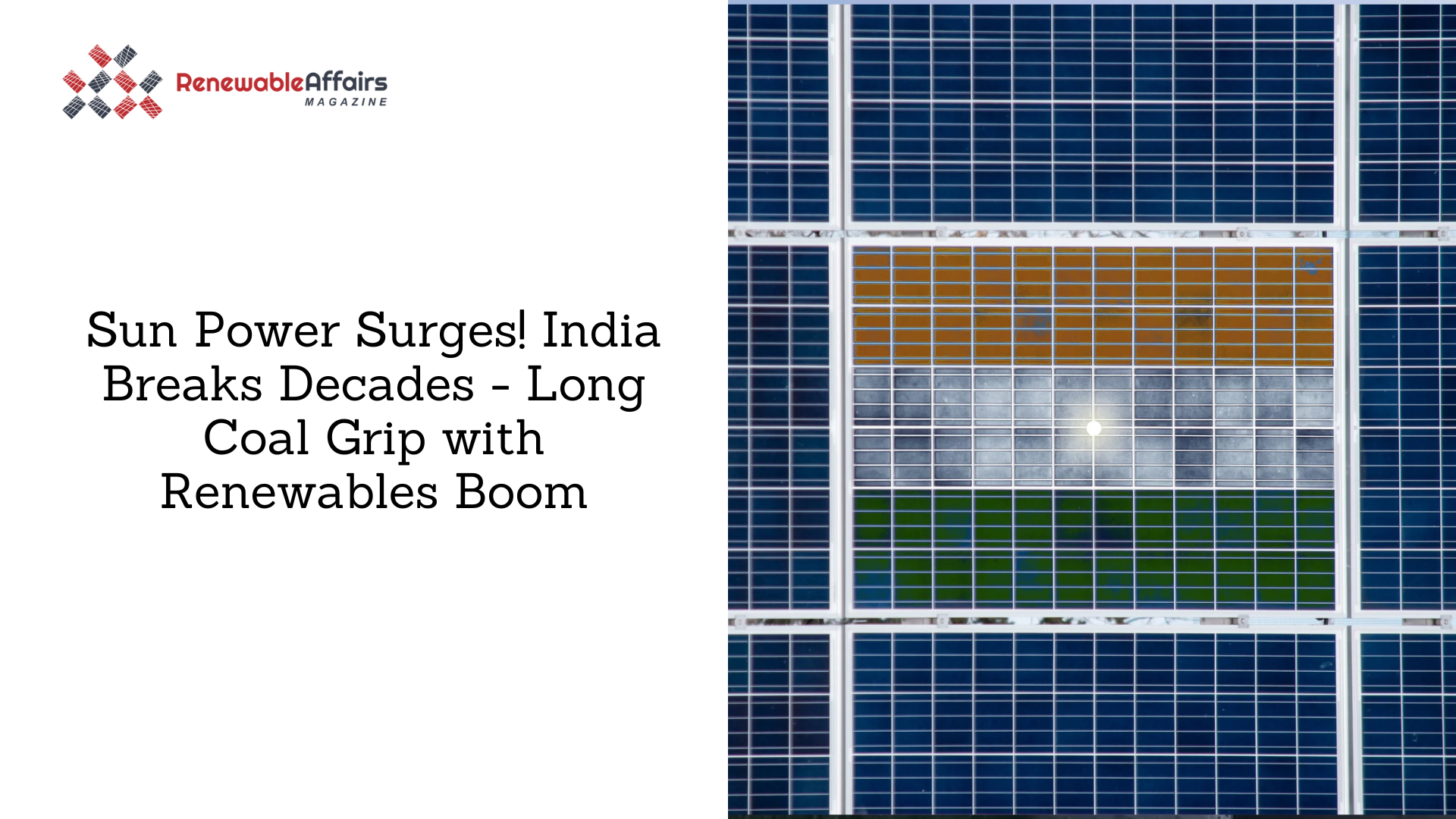


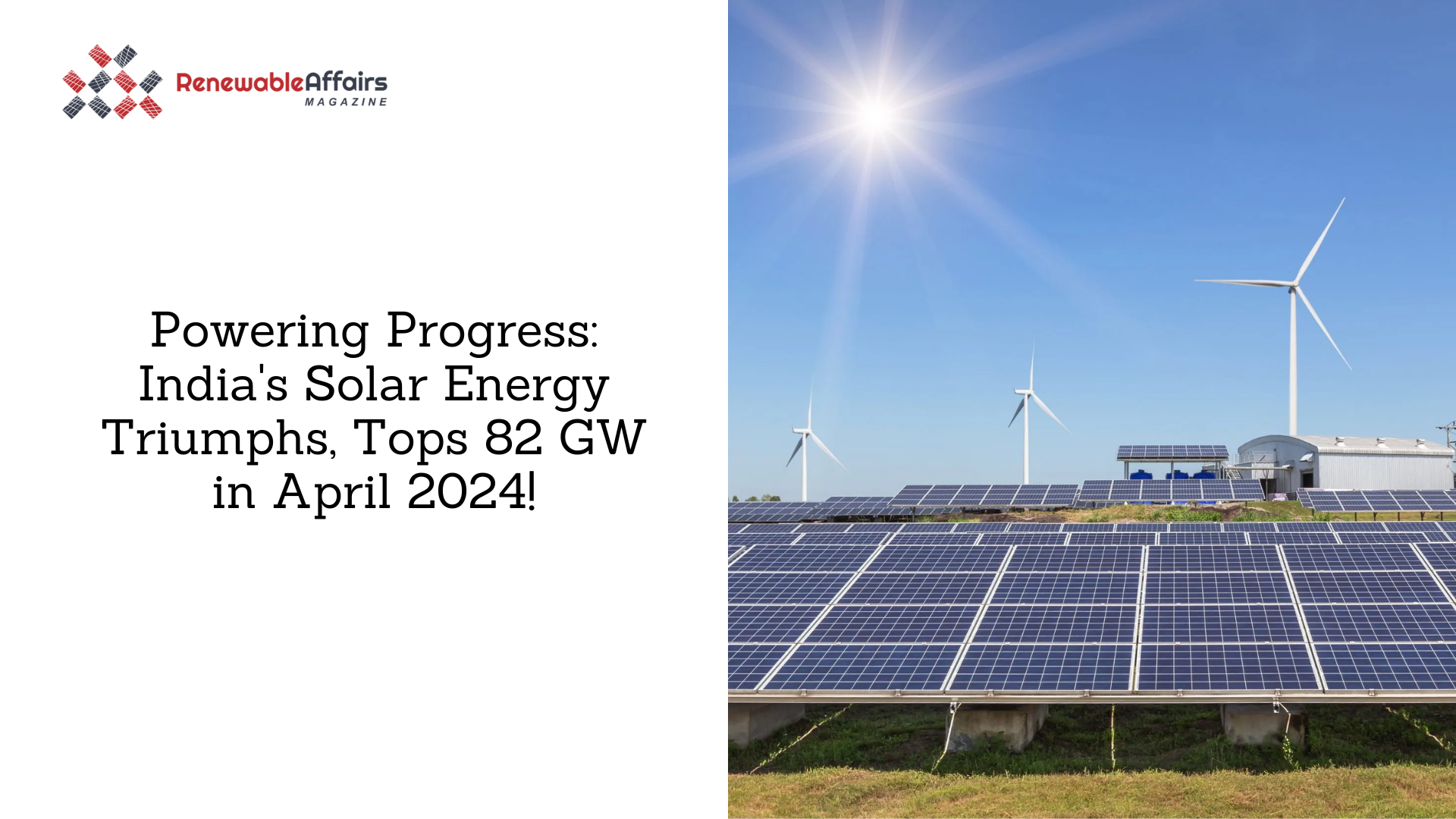








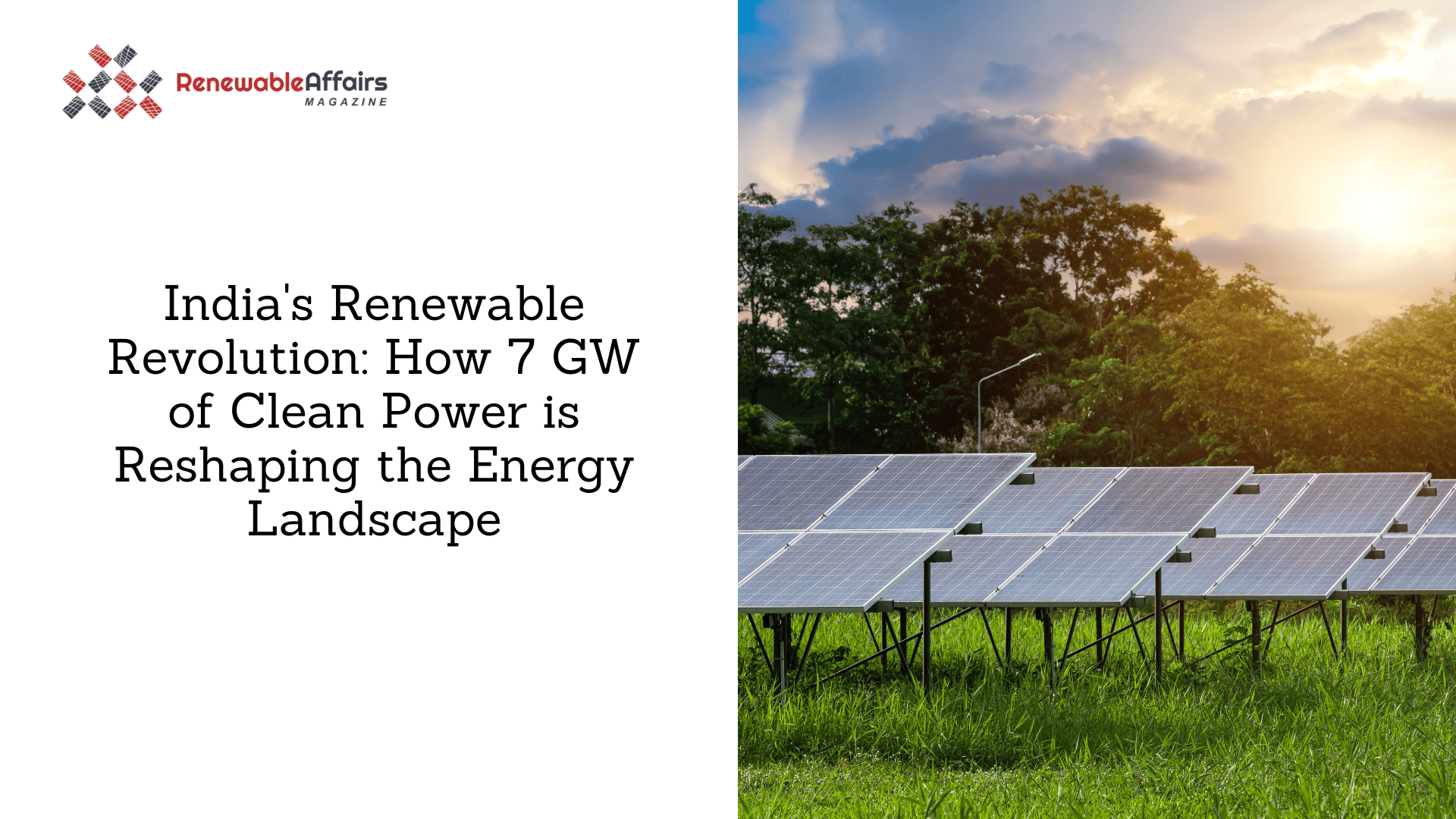


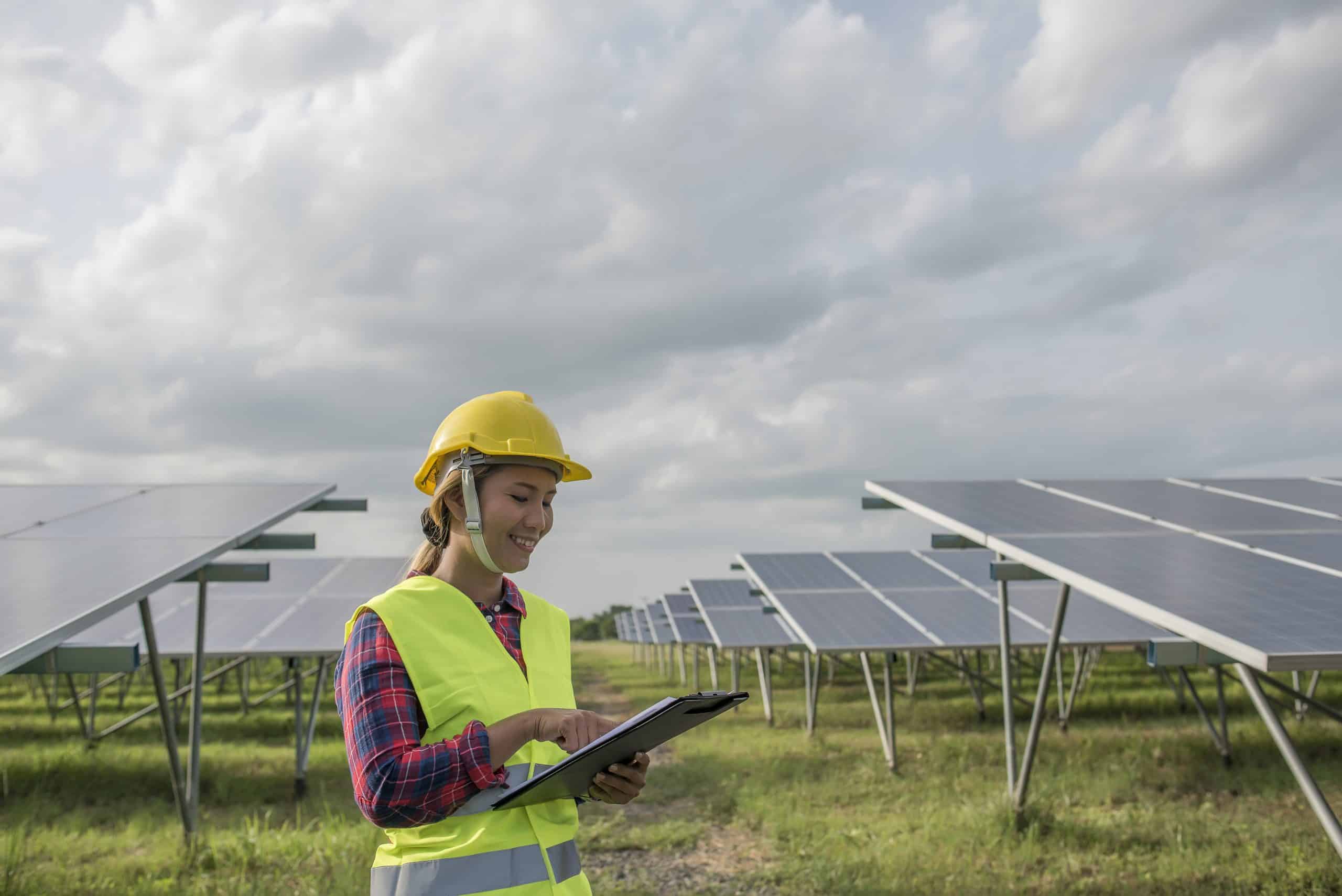

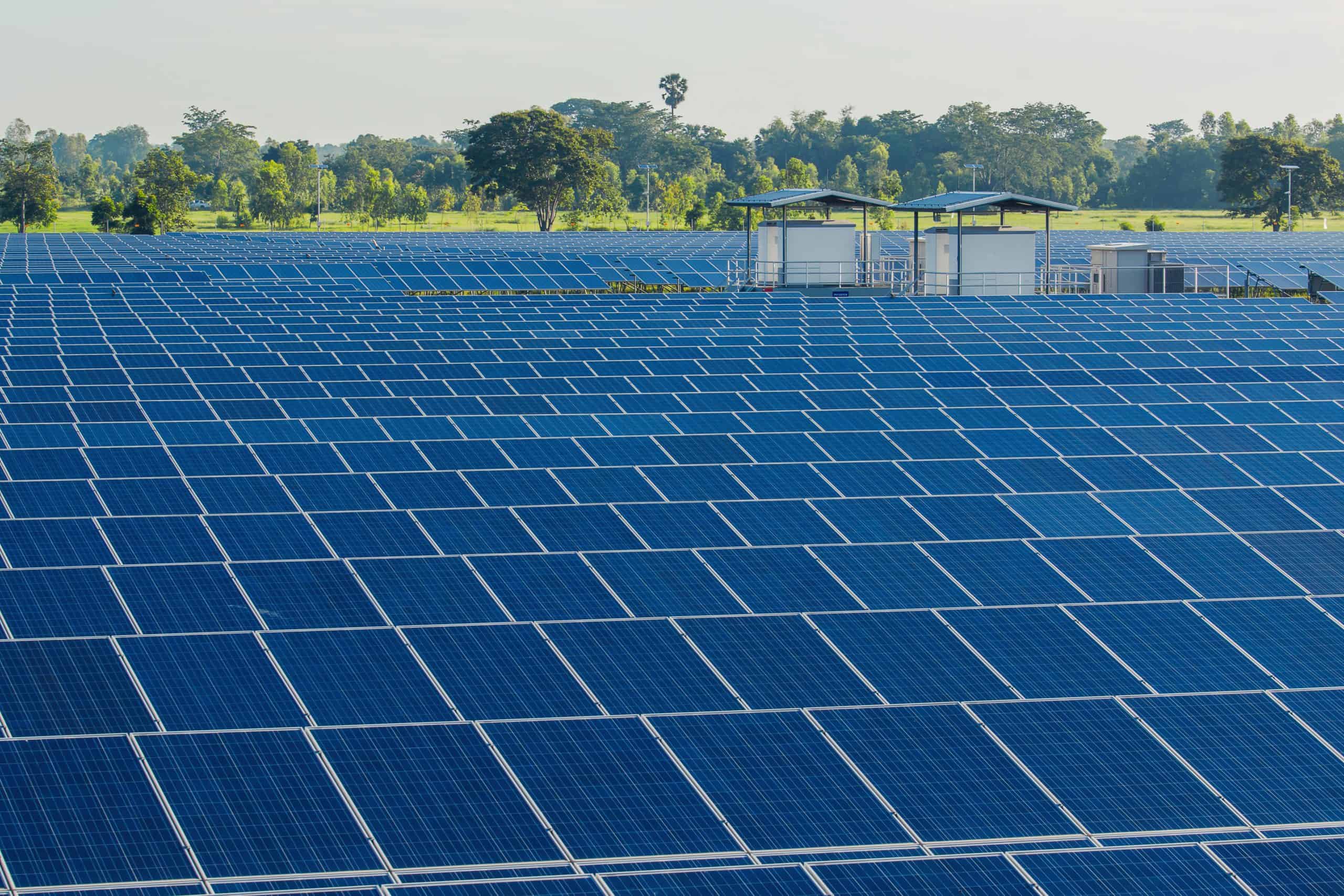









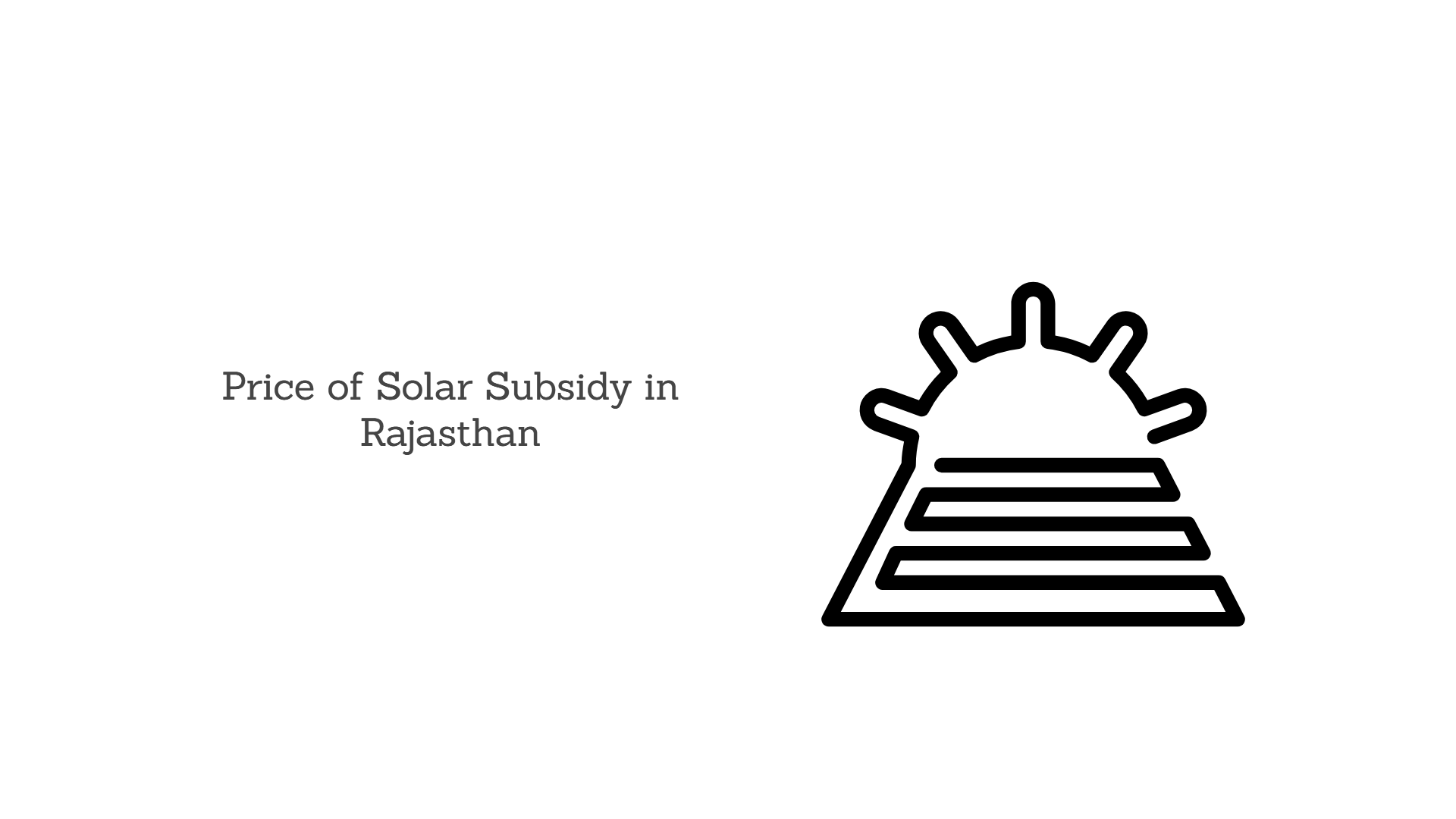
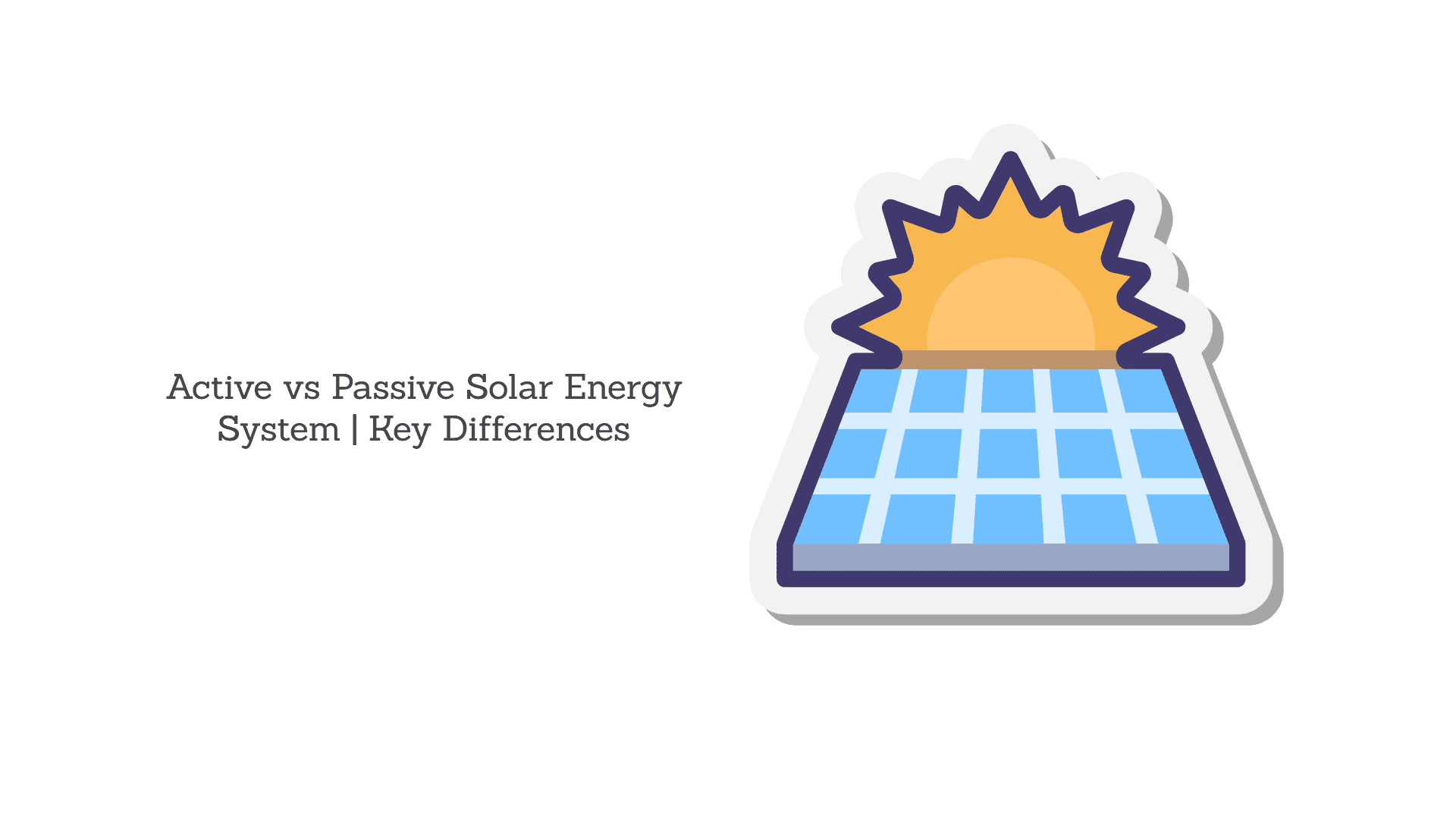










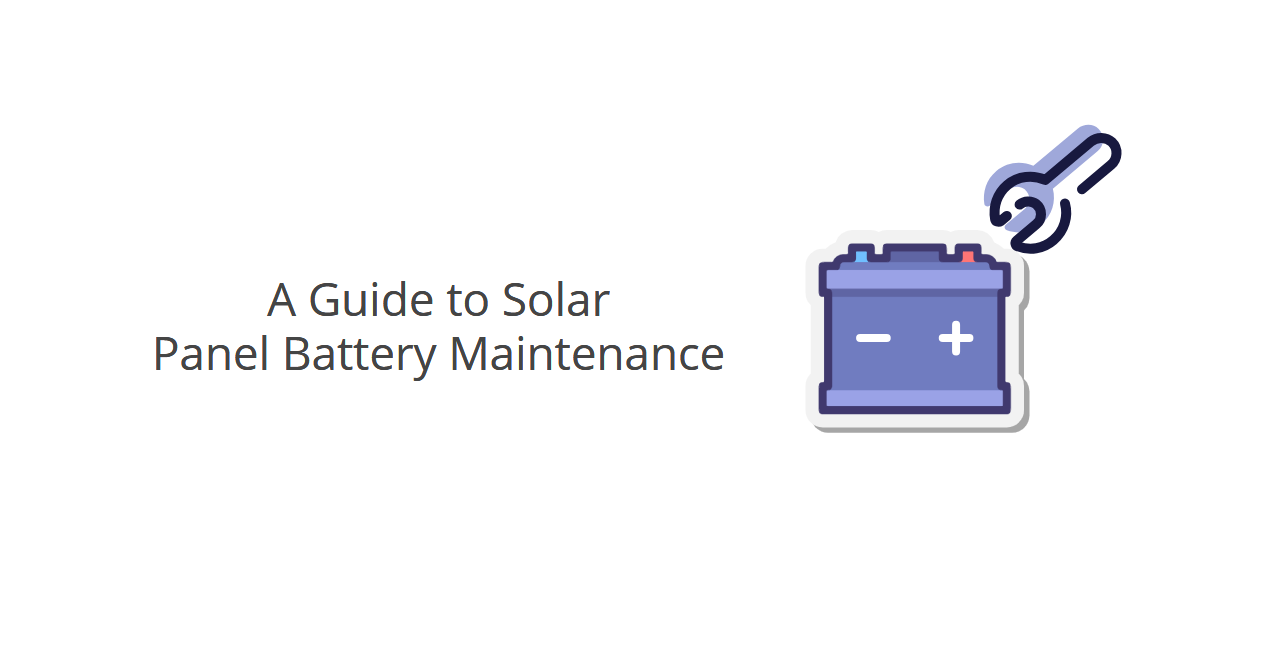



















0 Comments